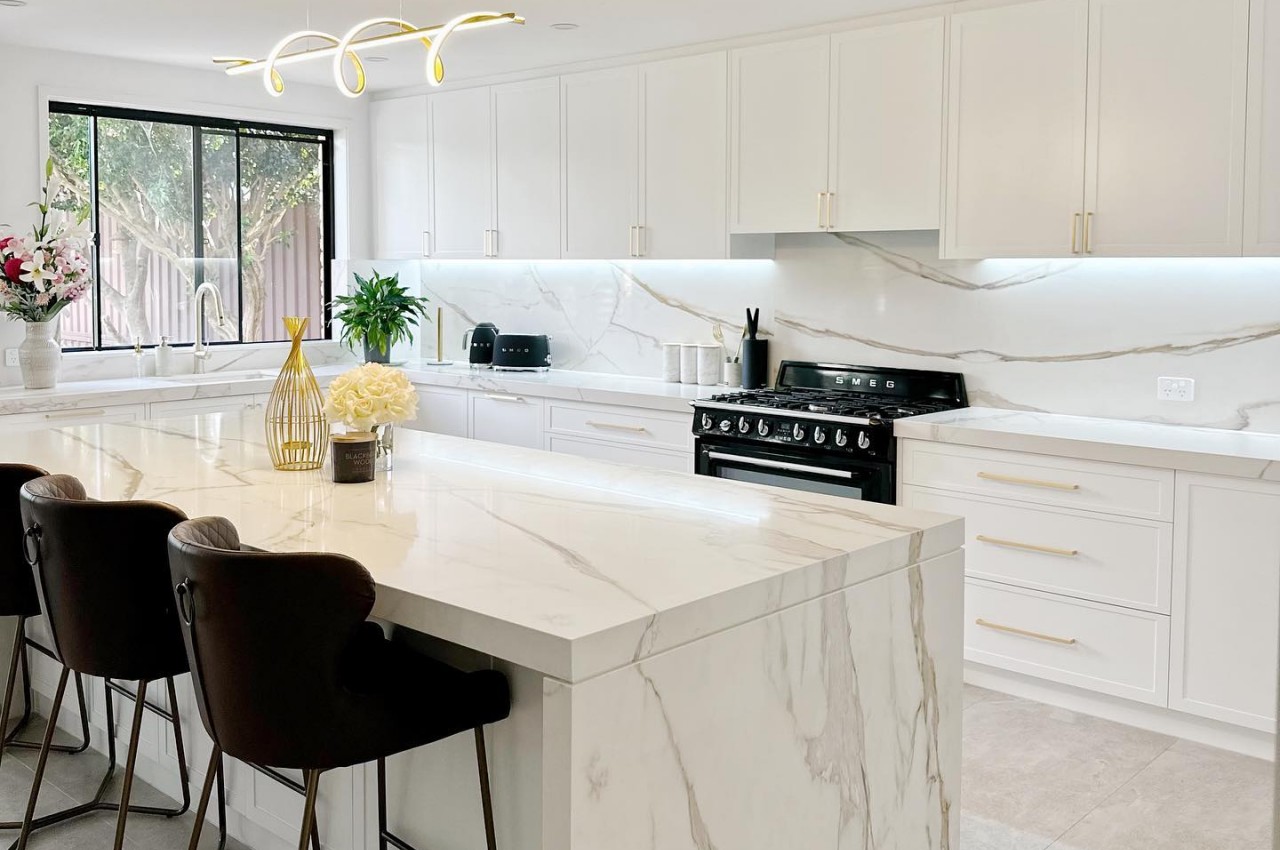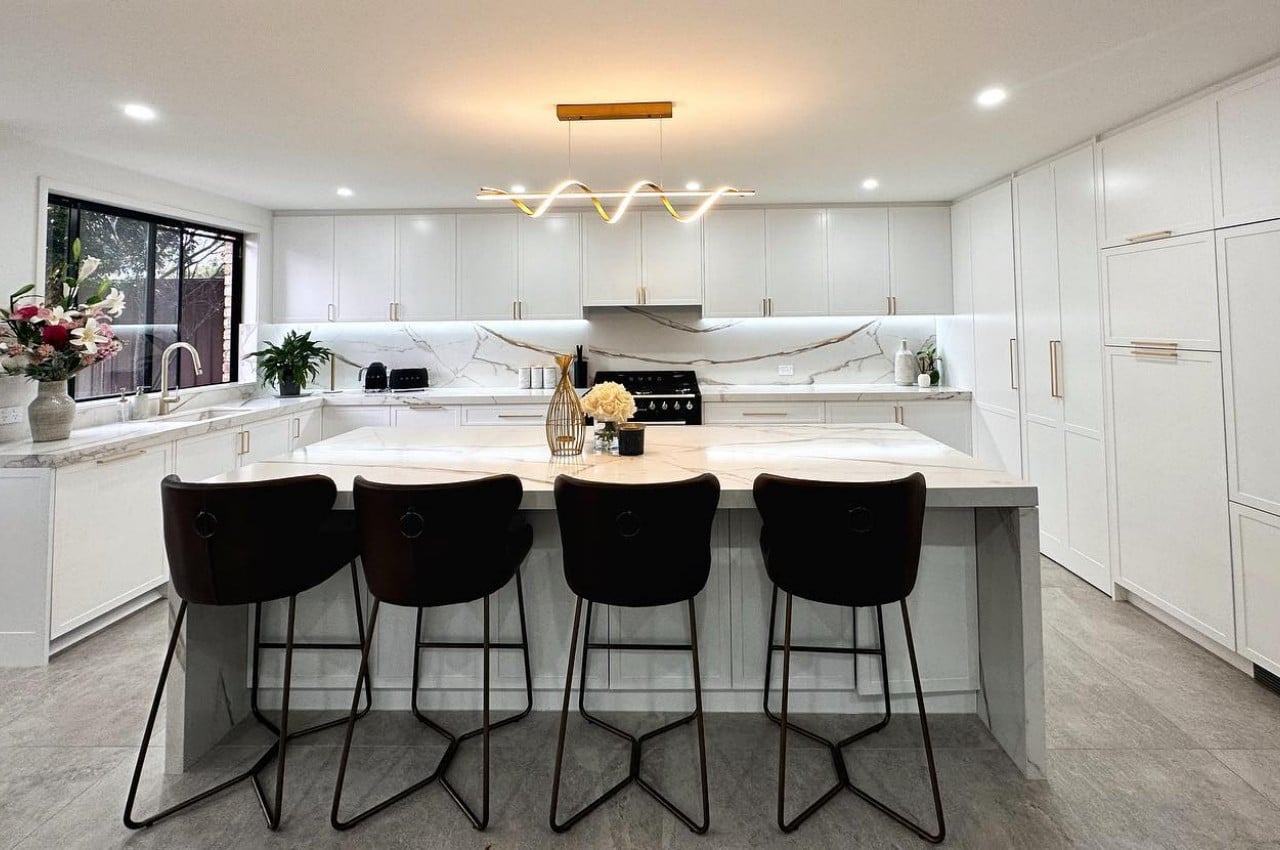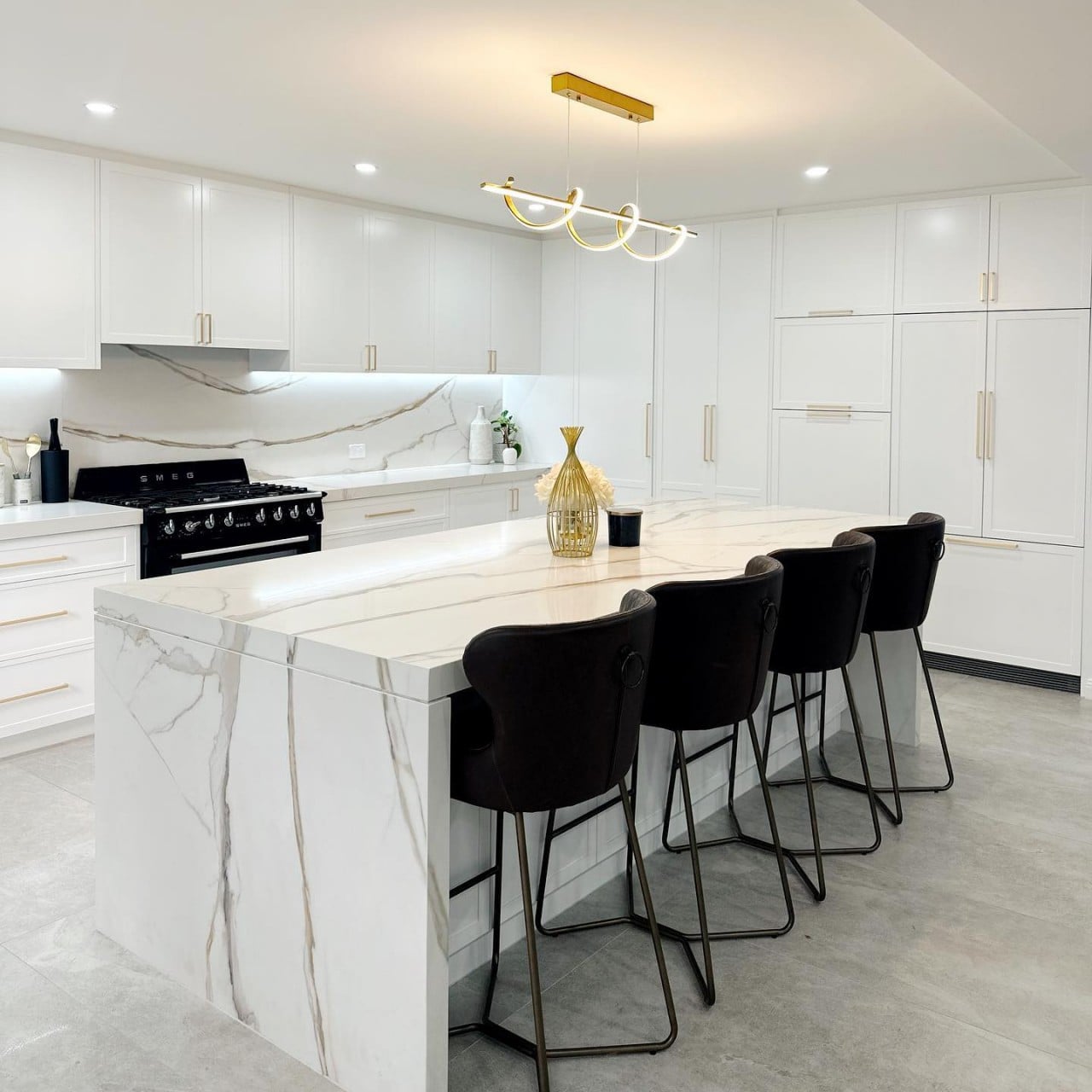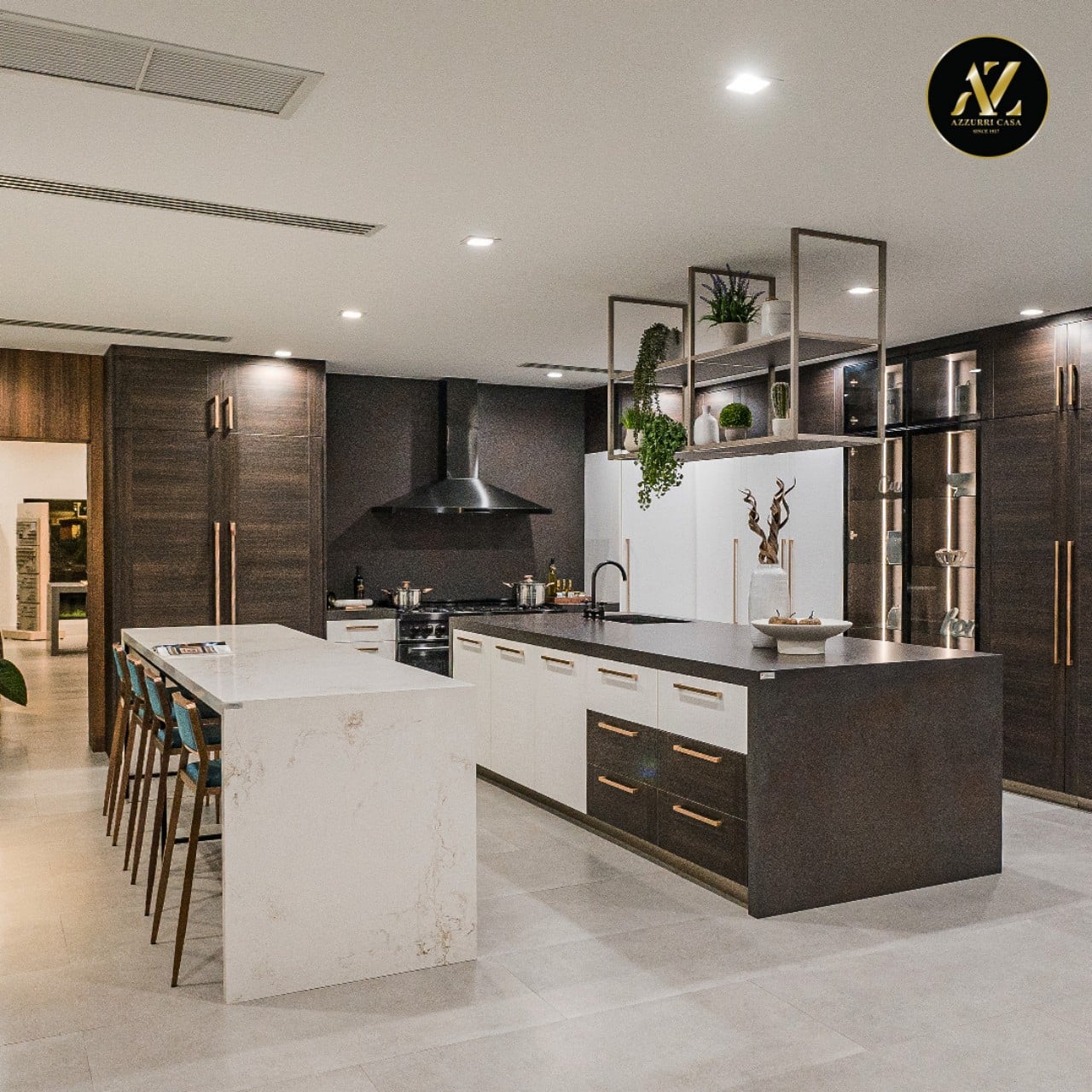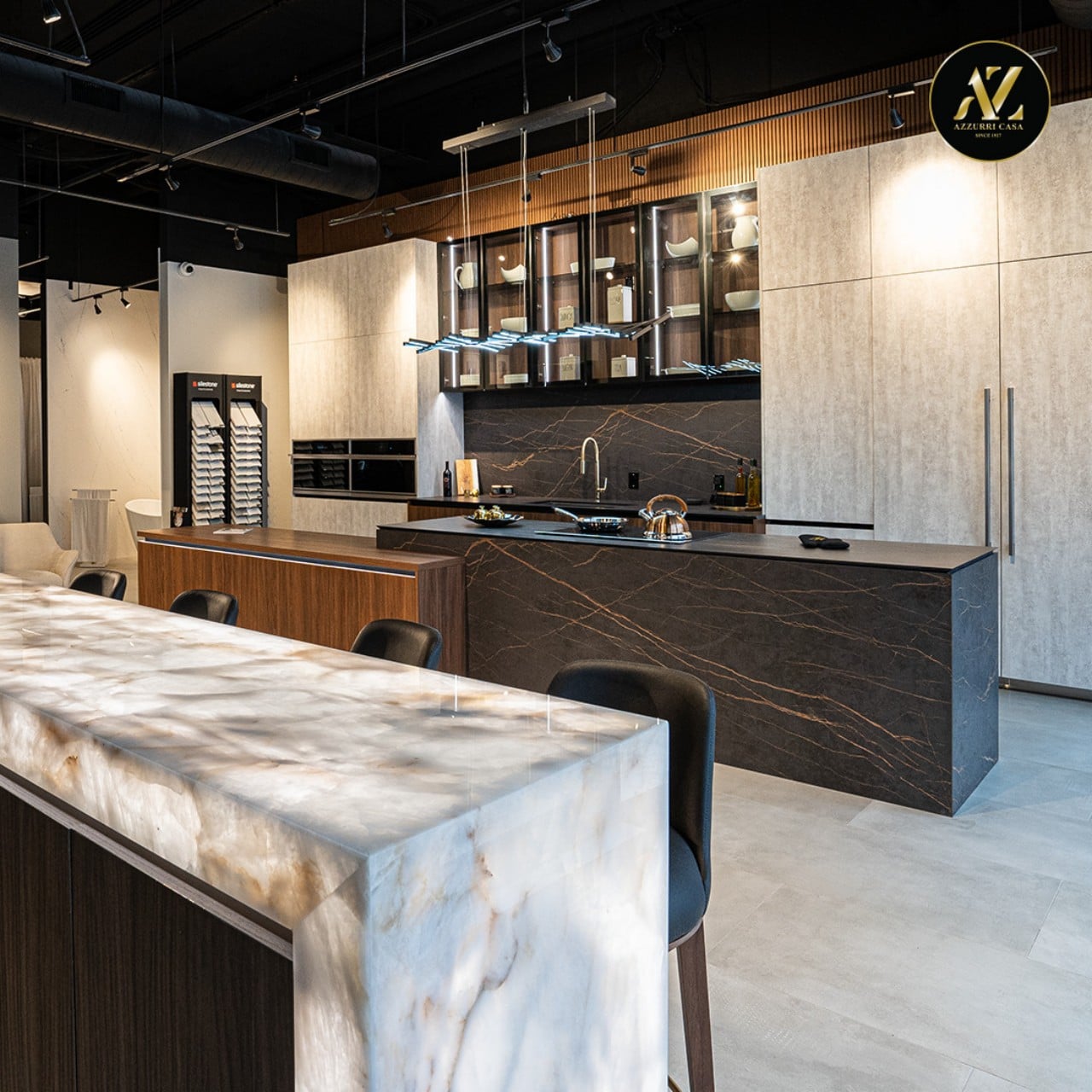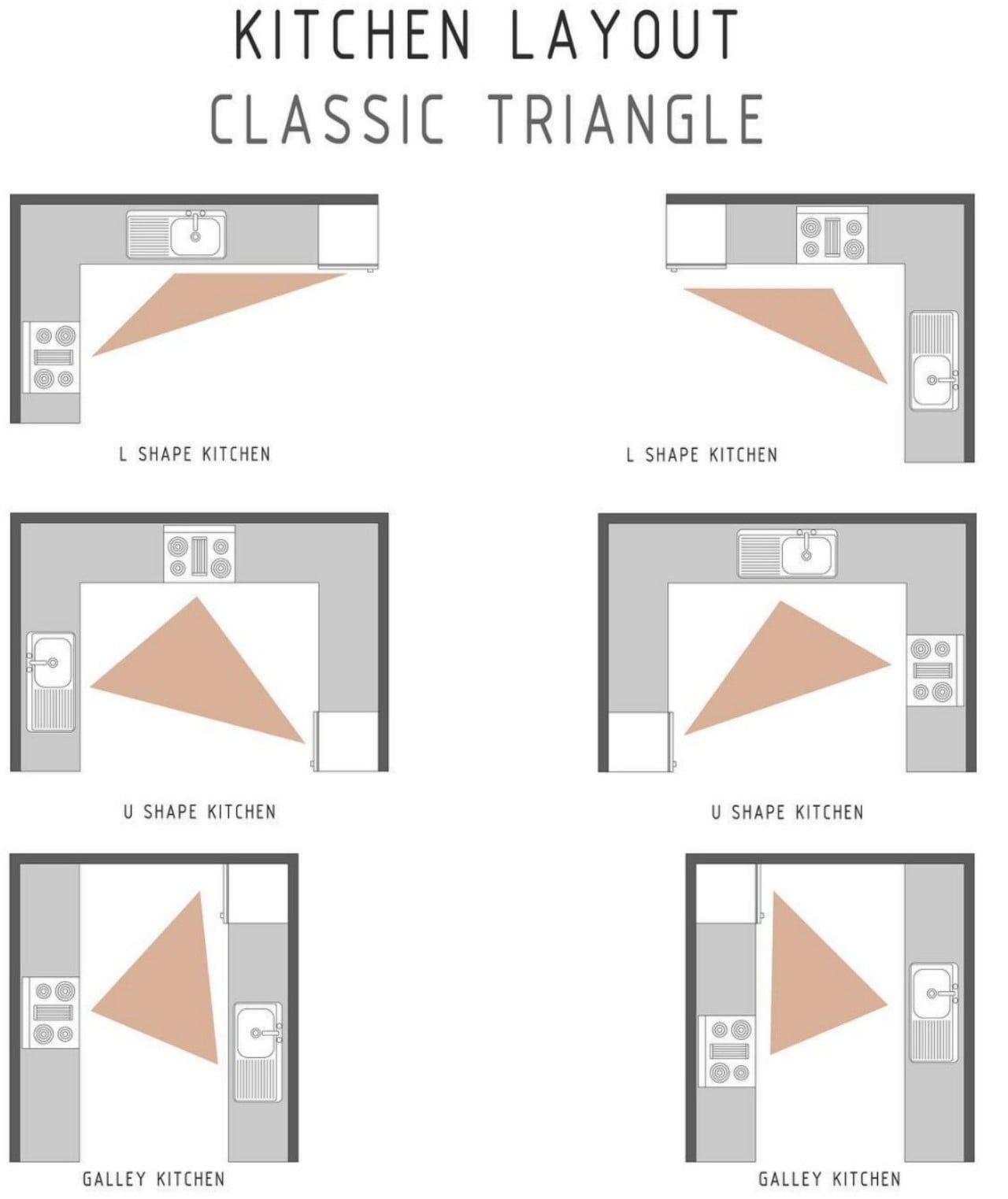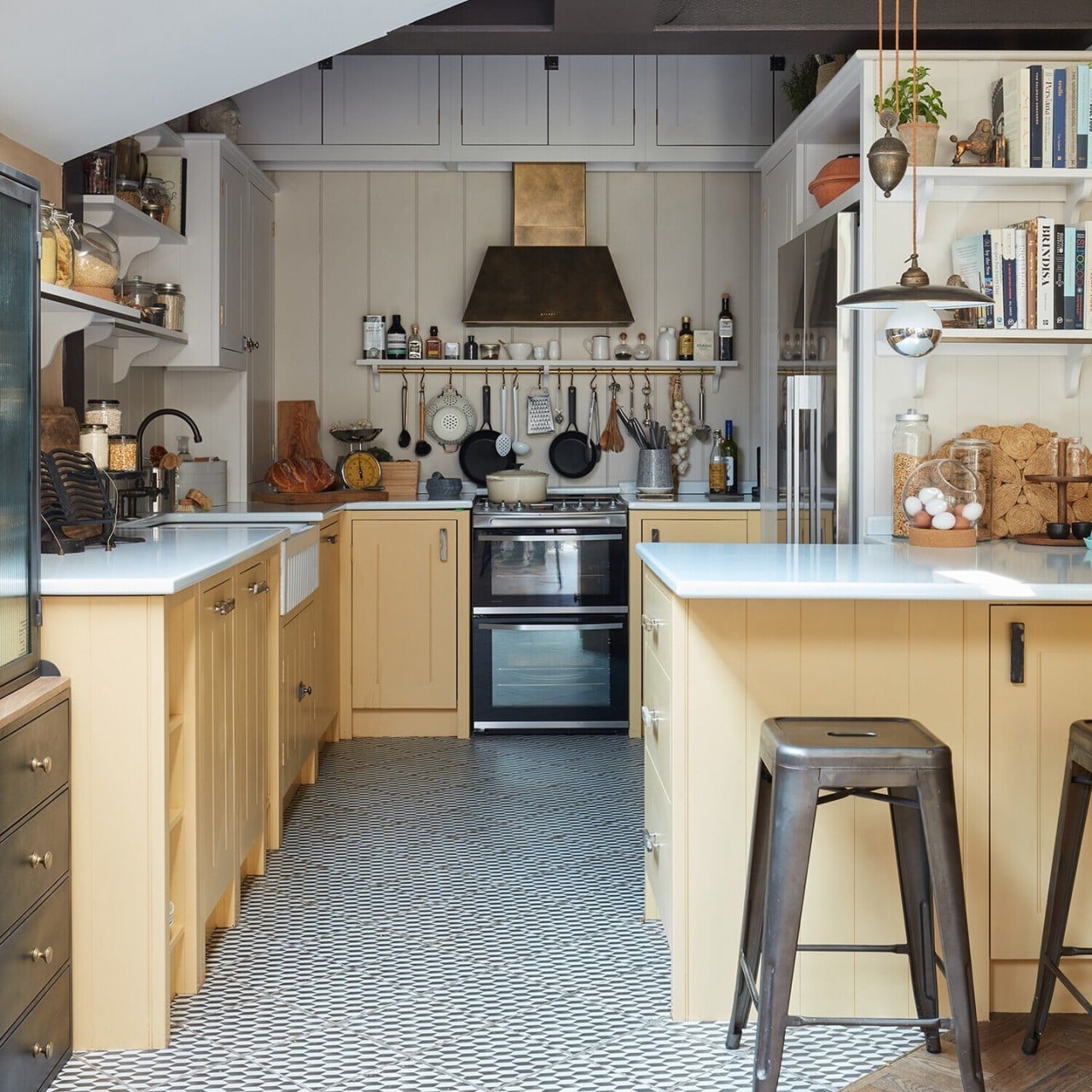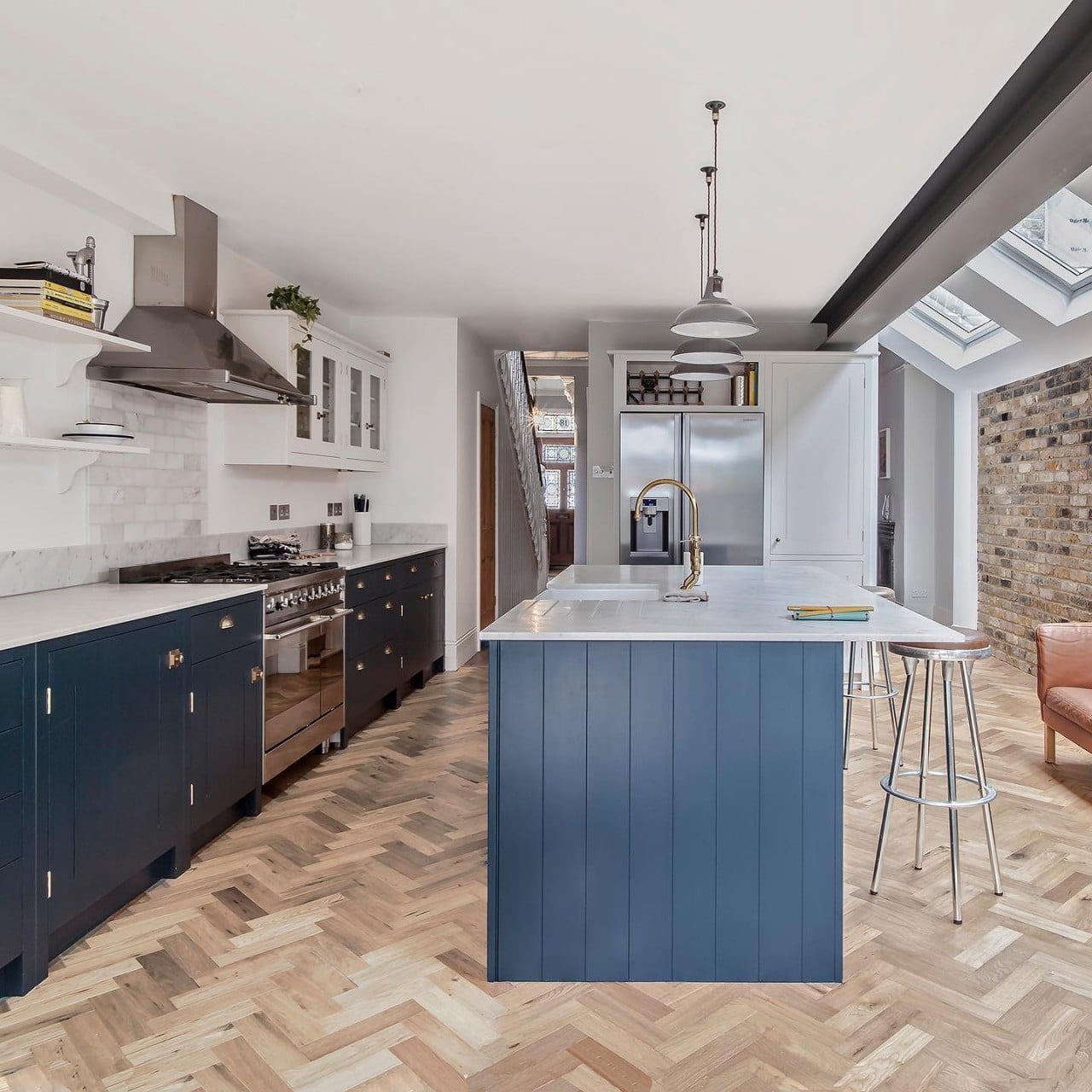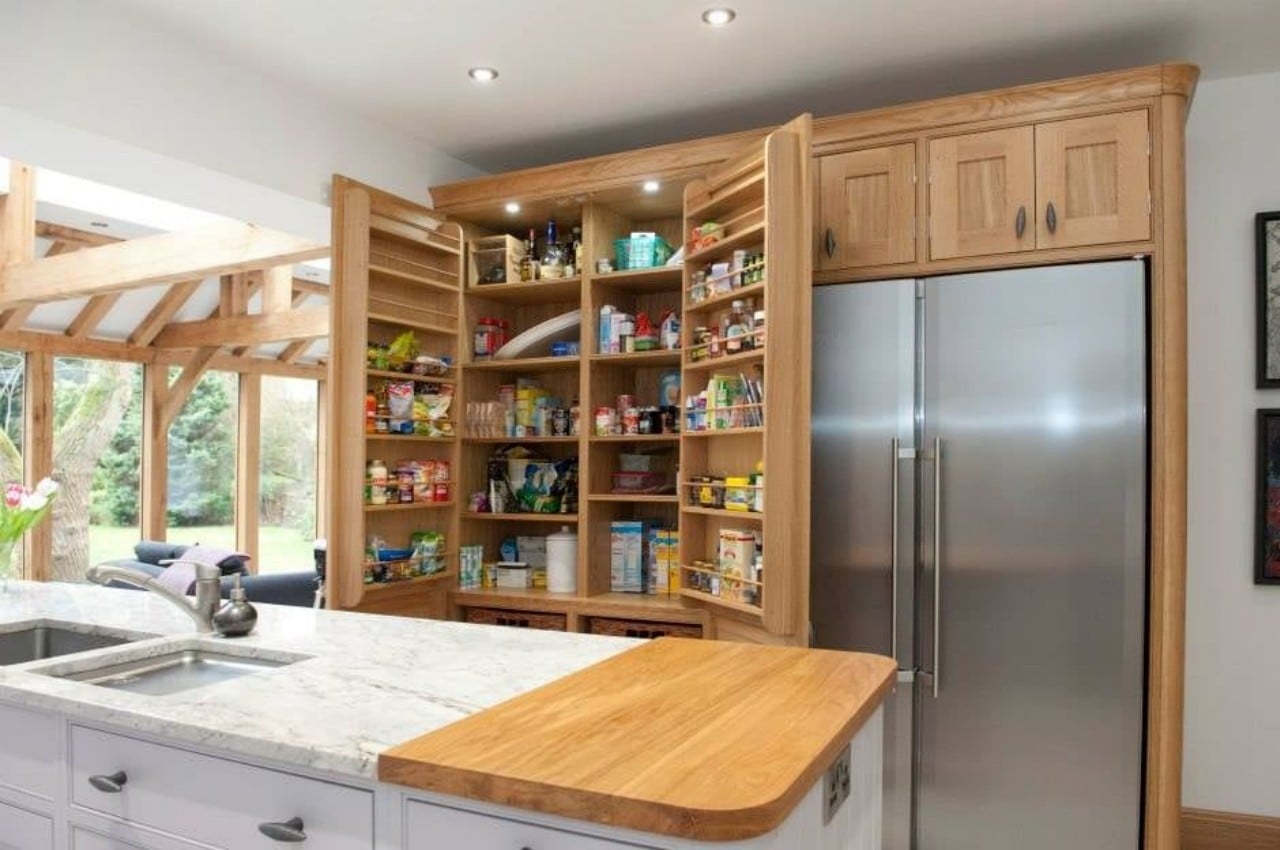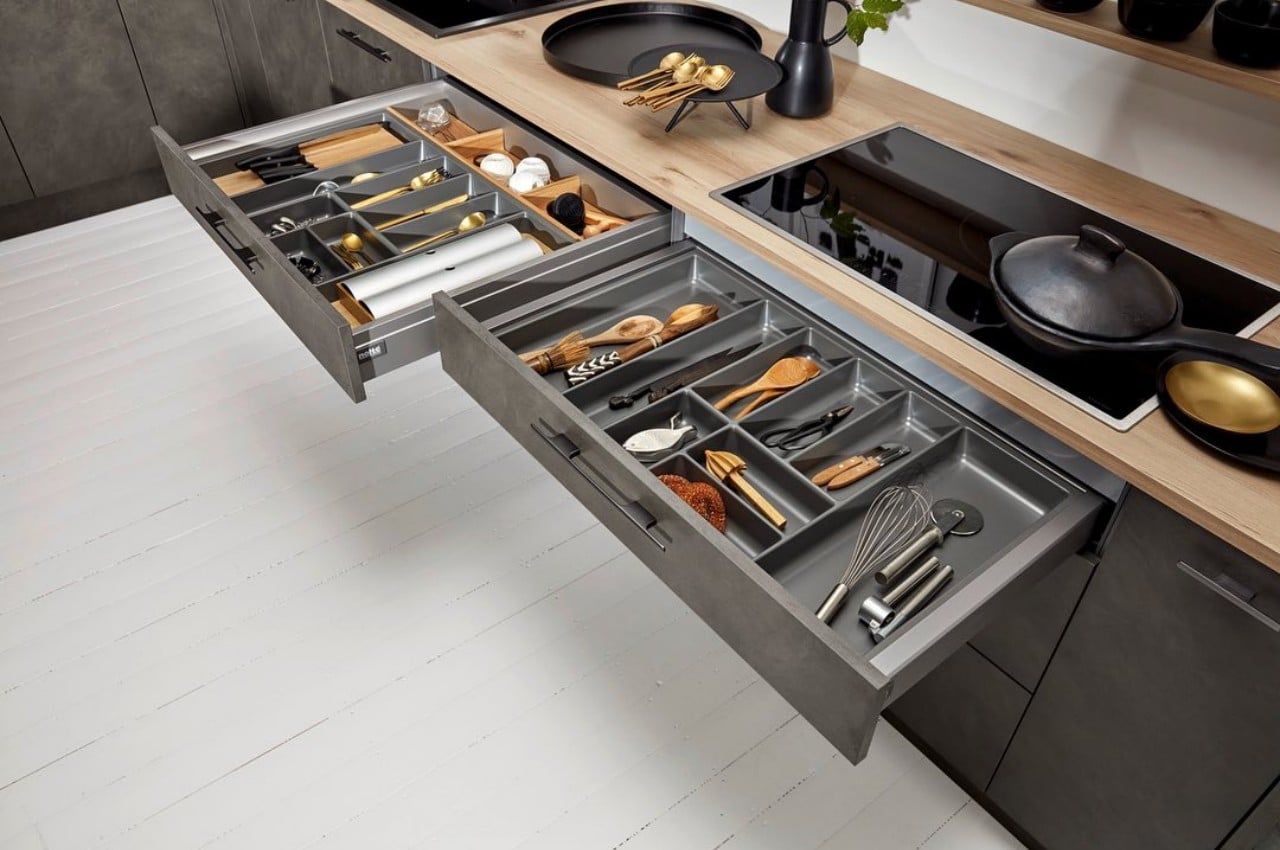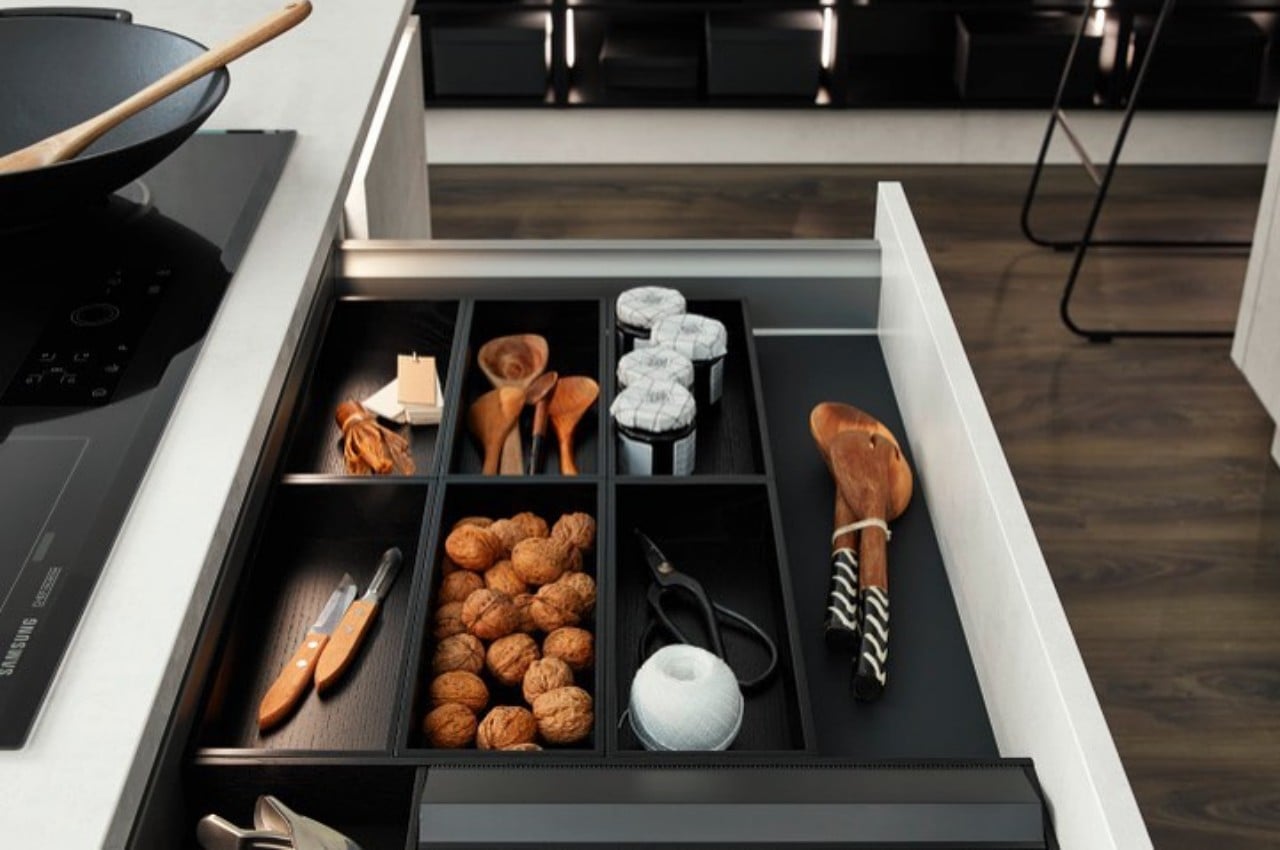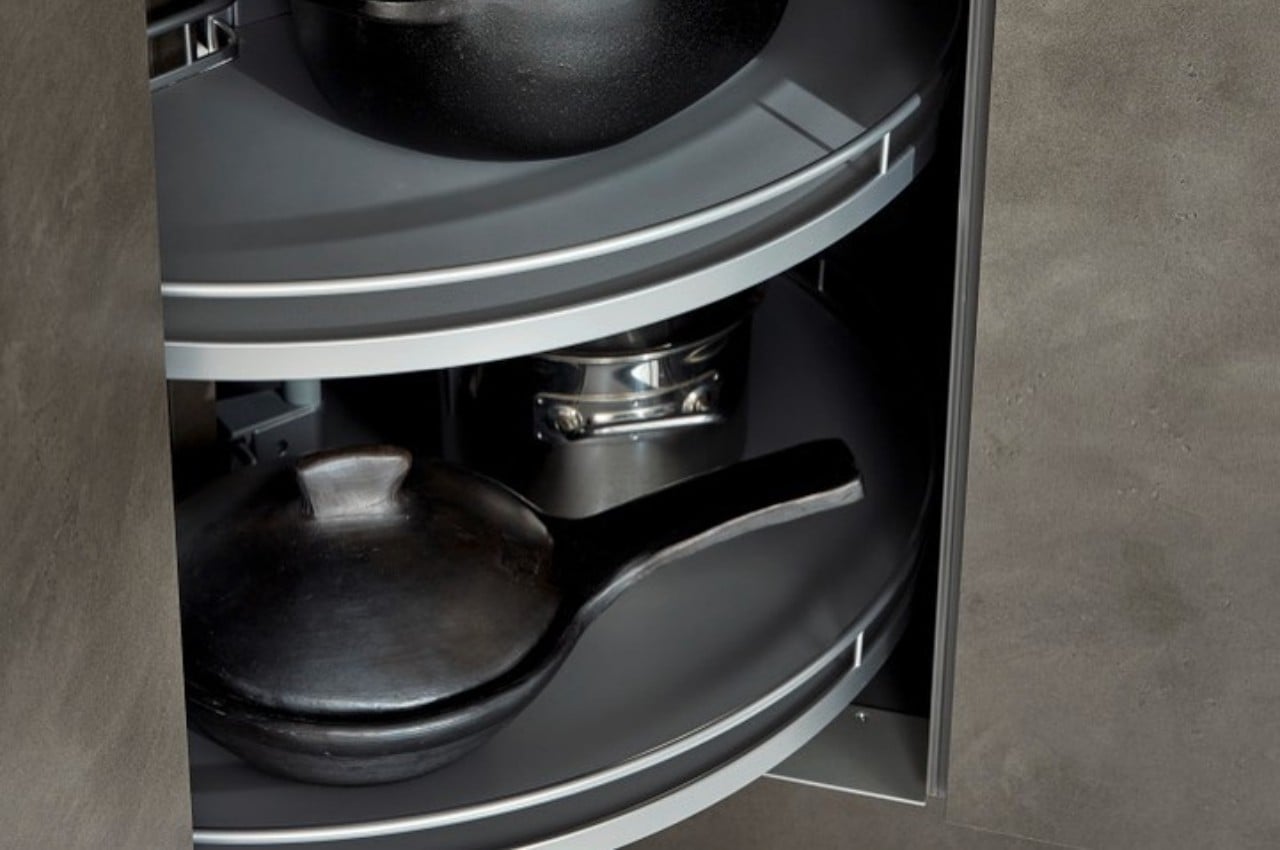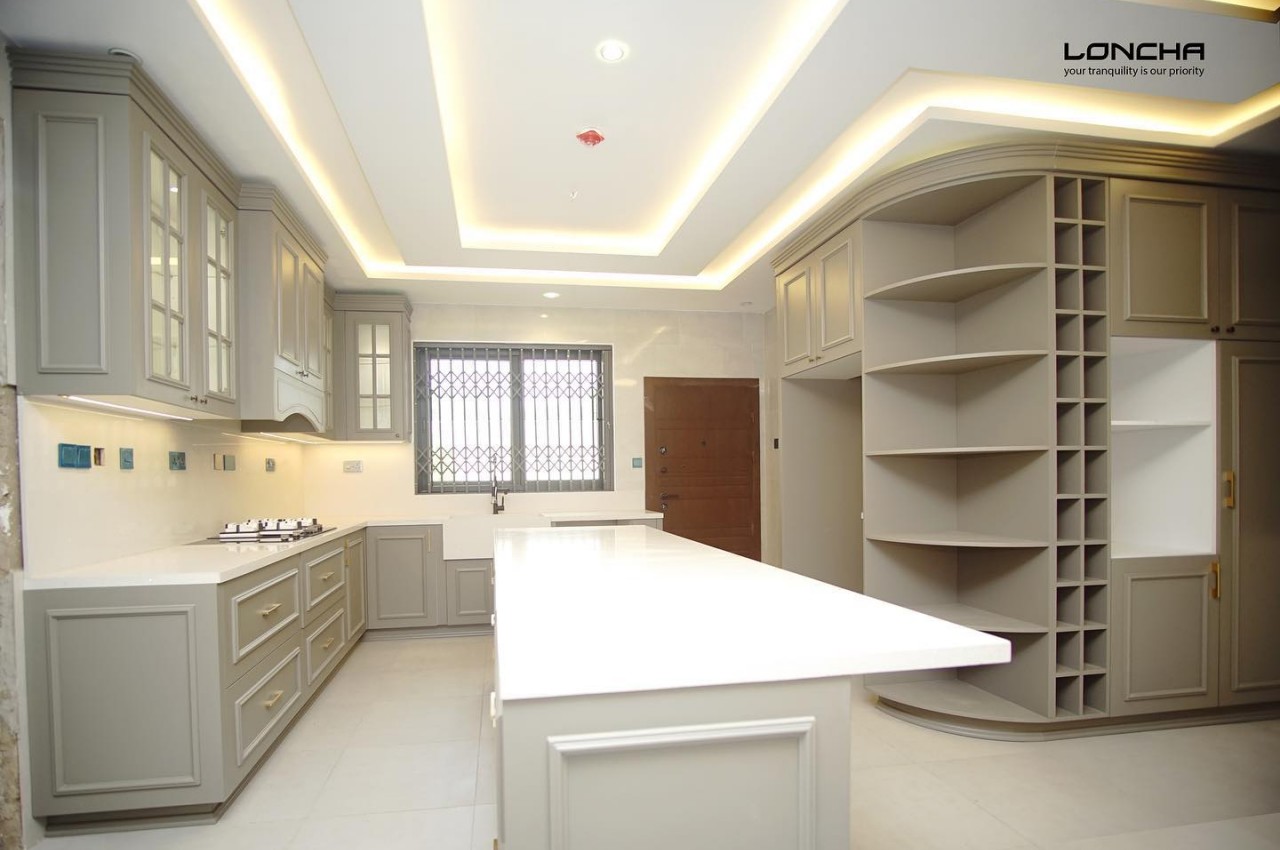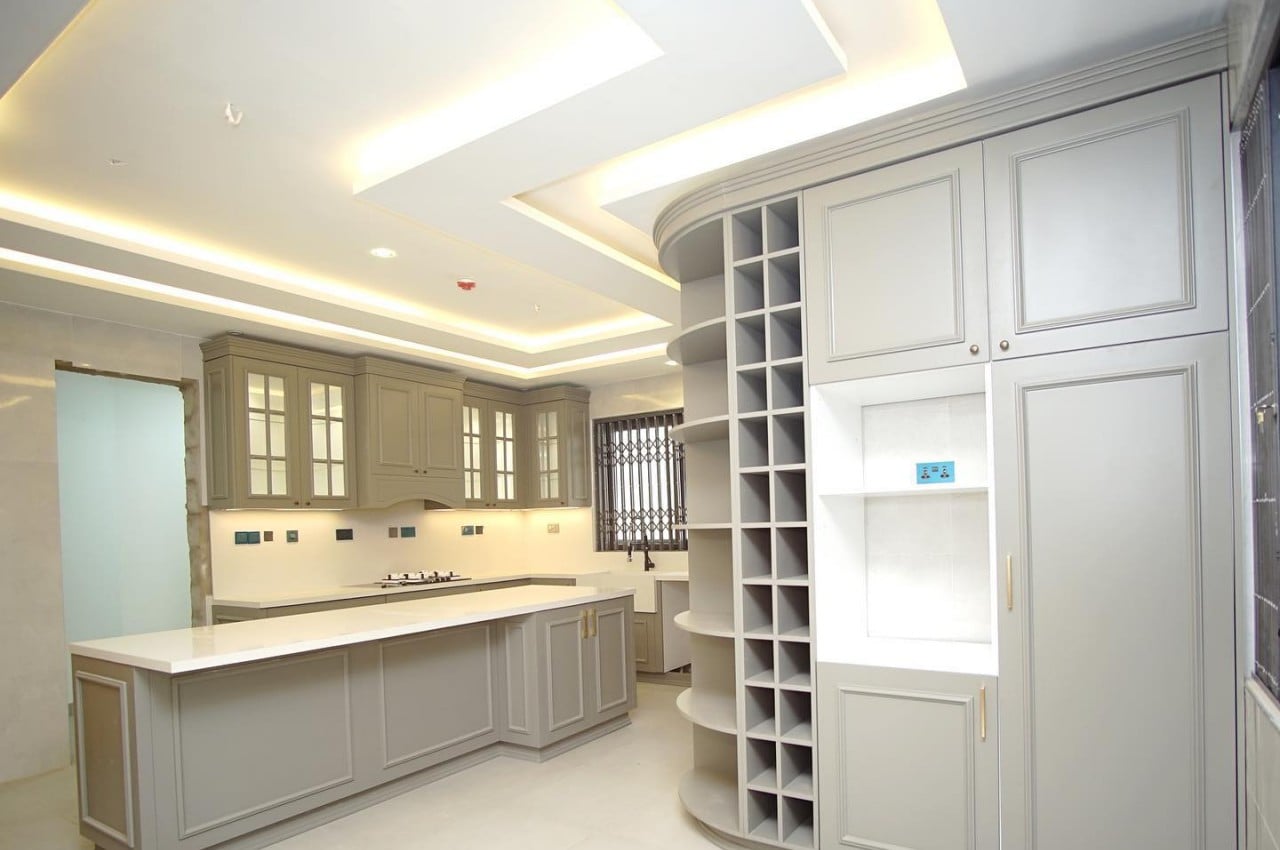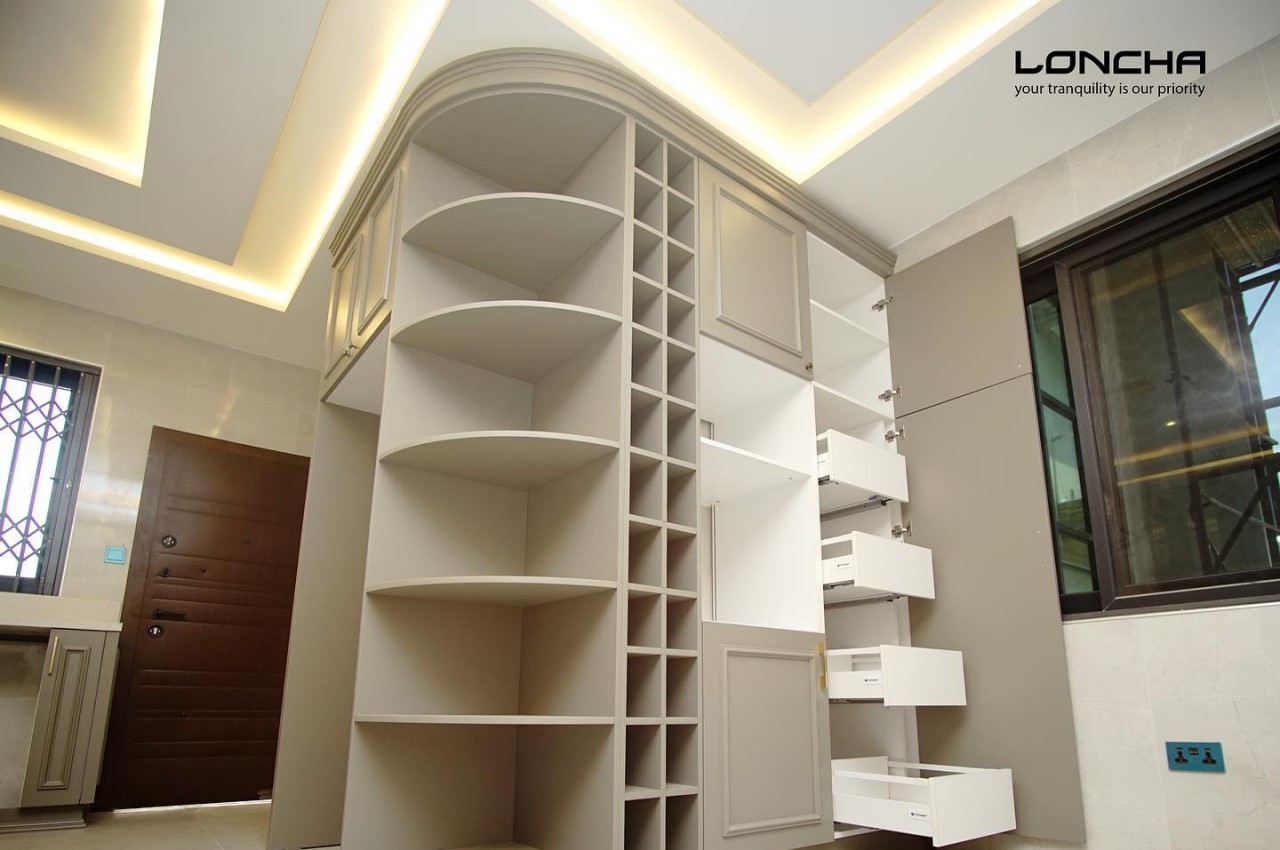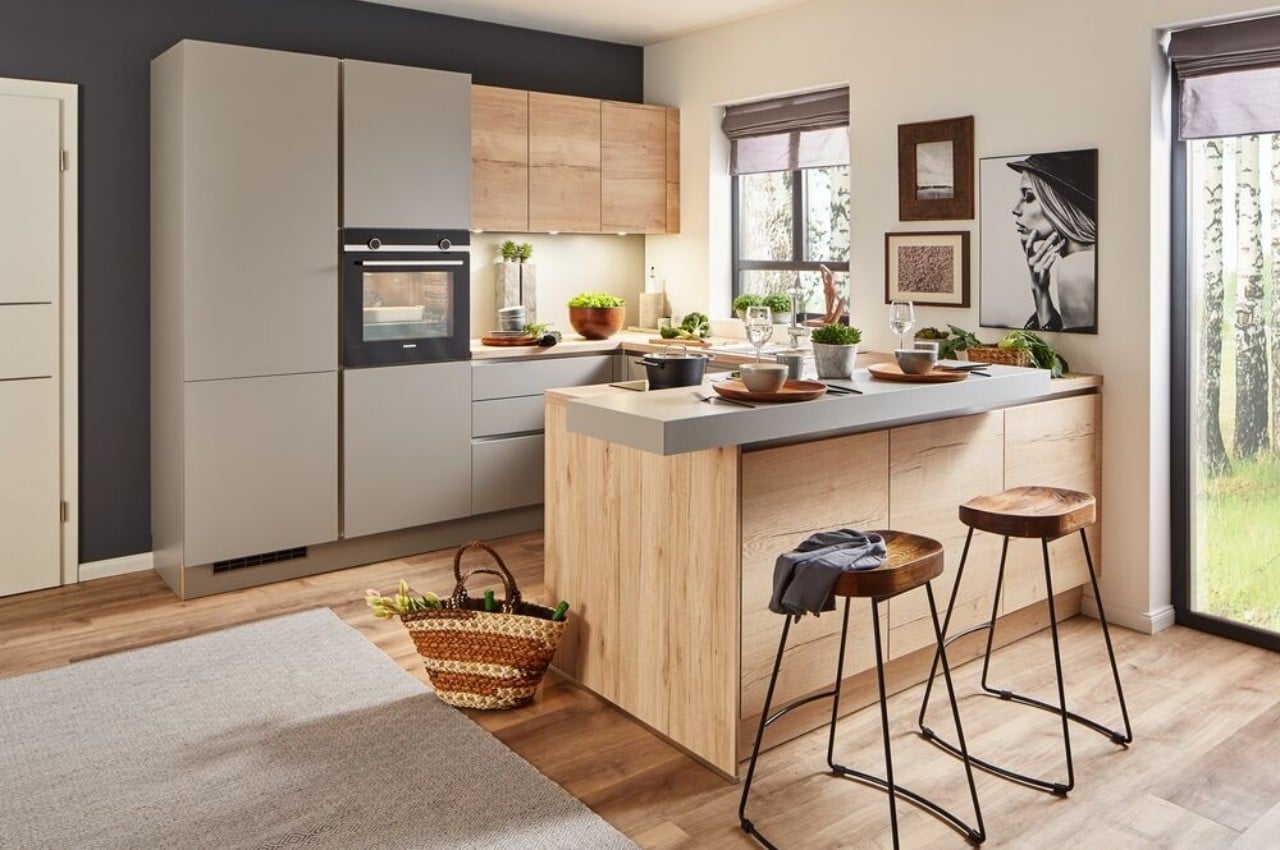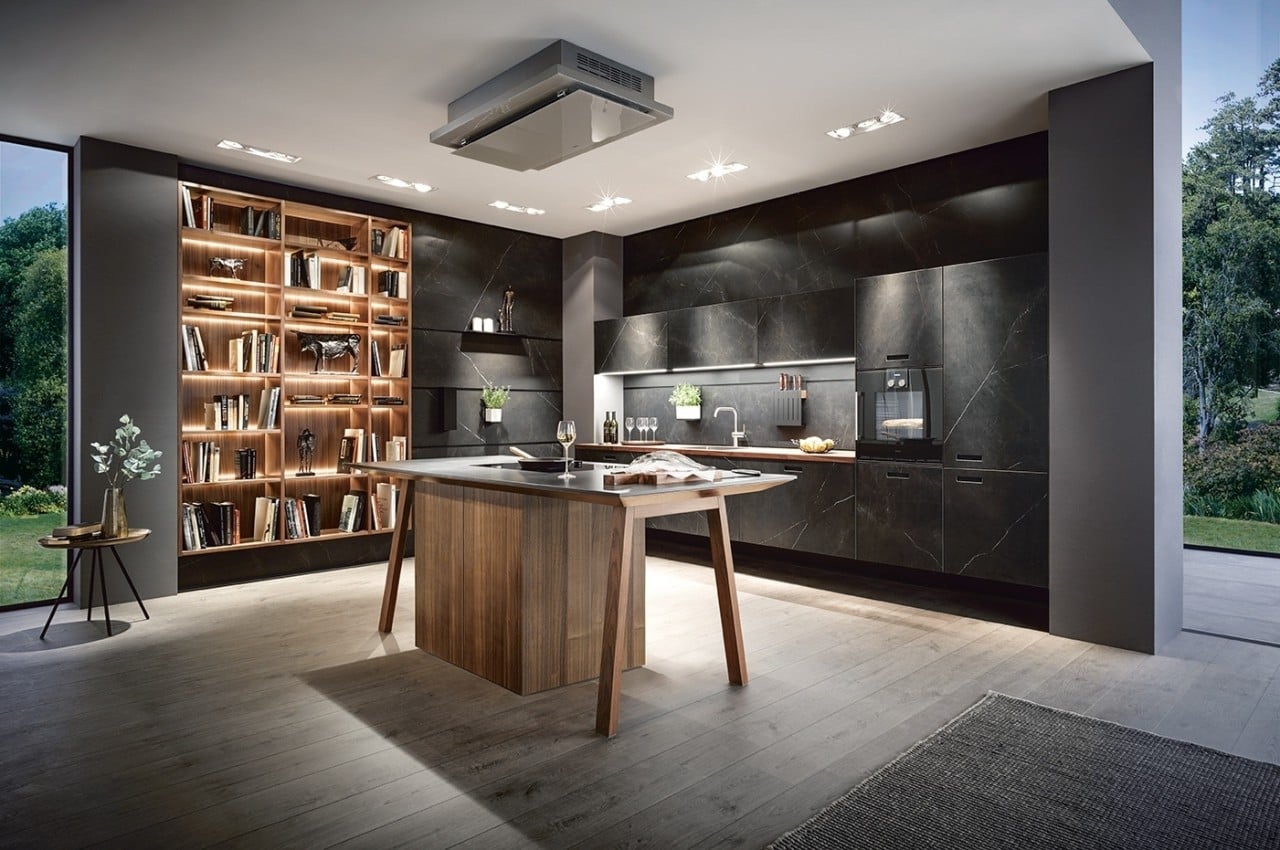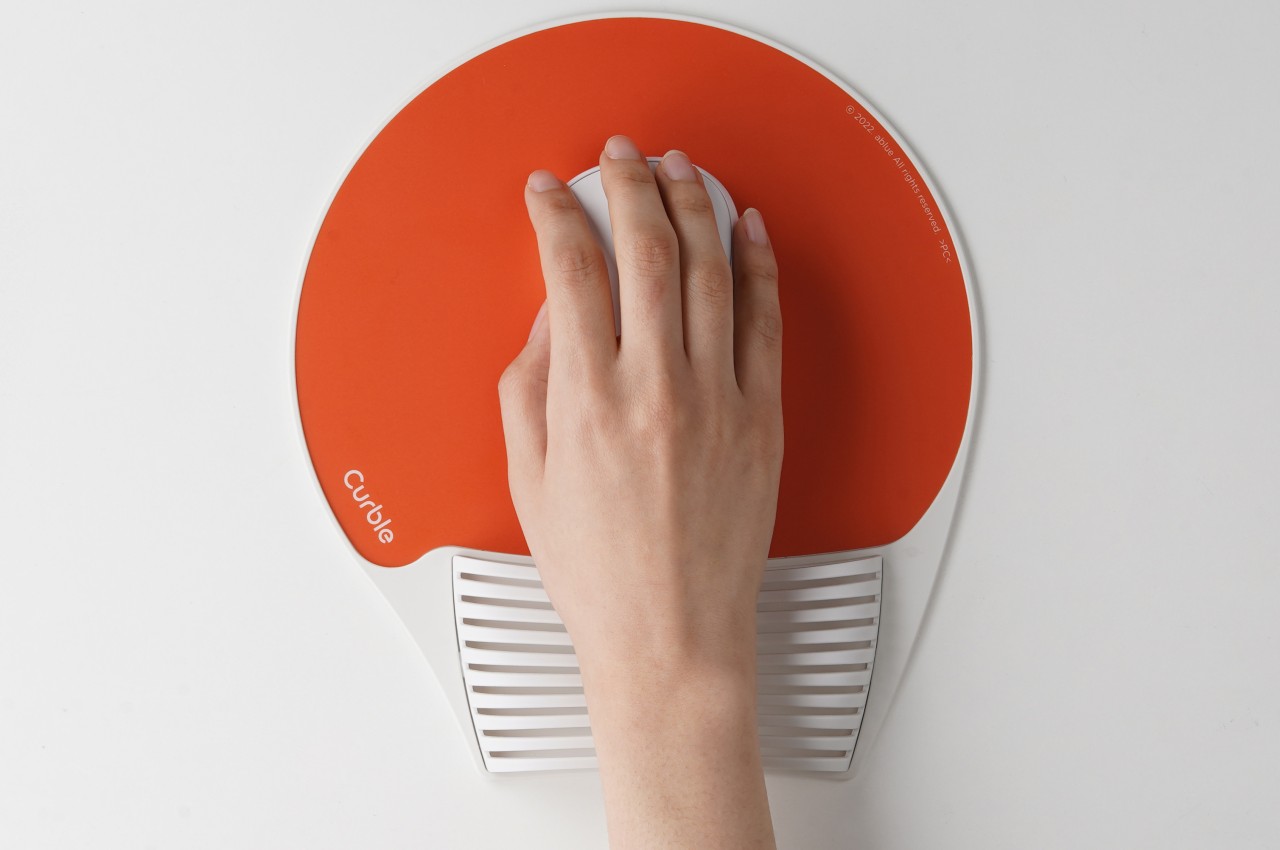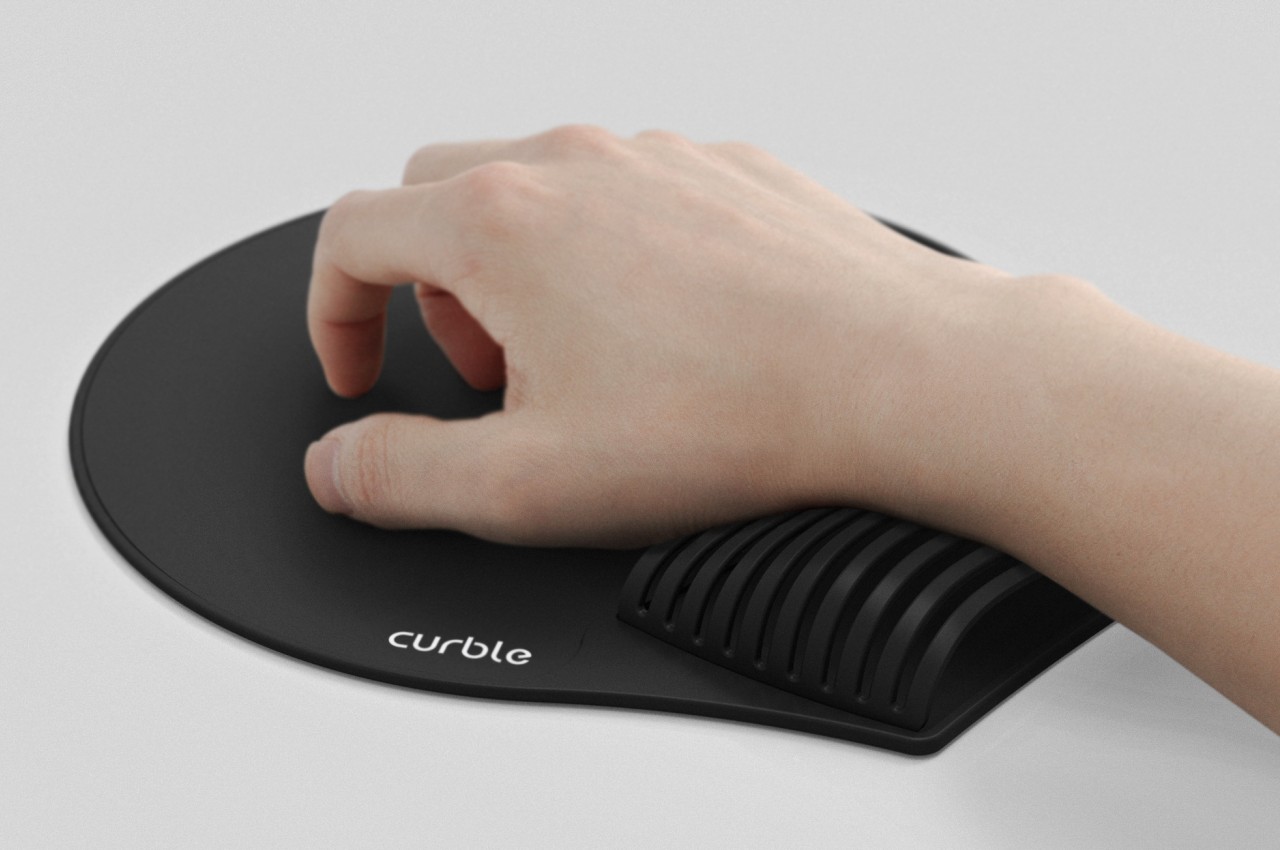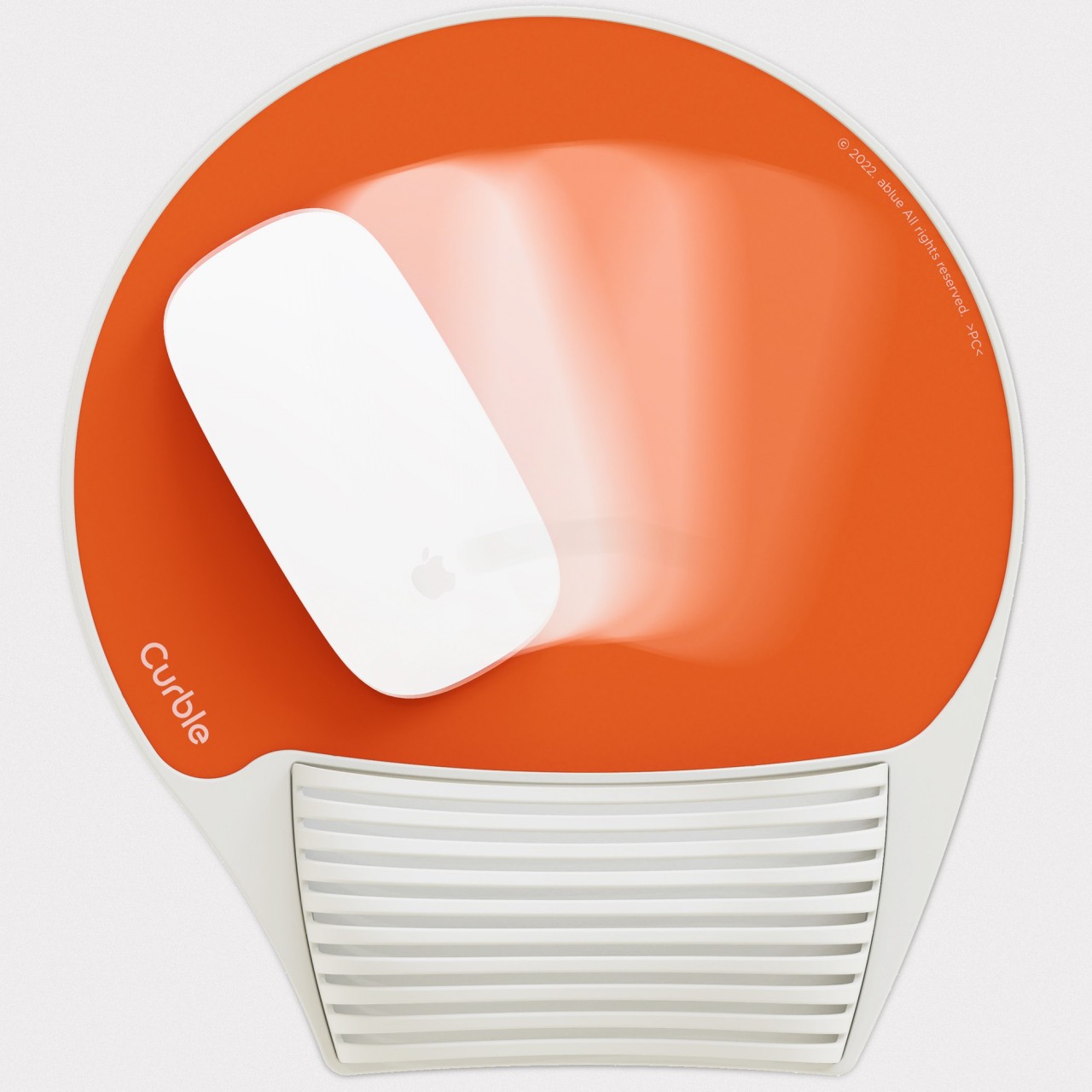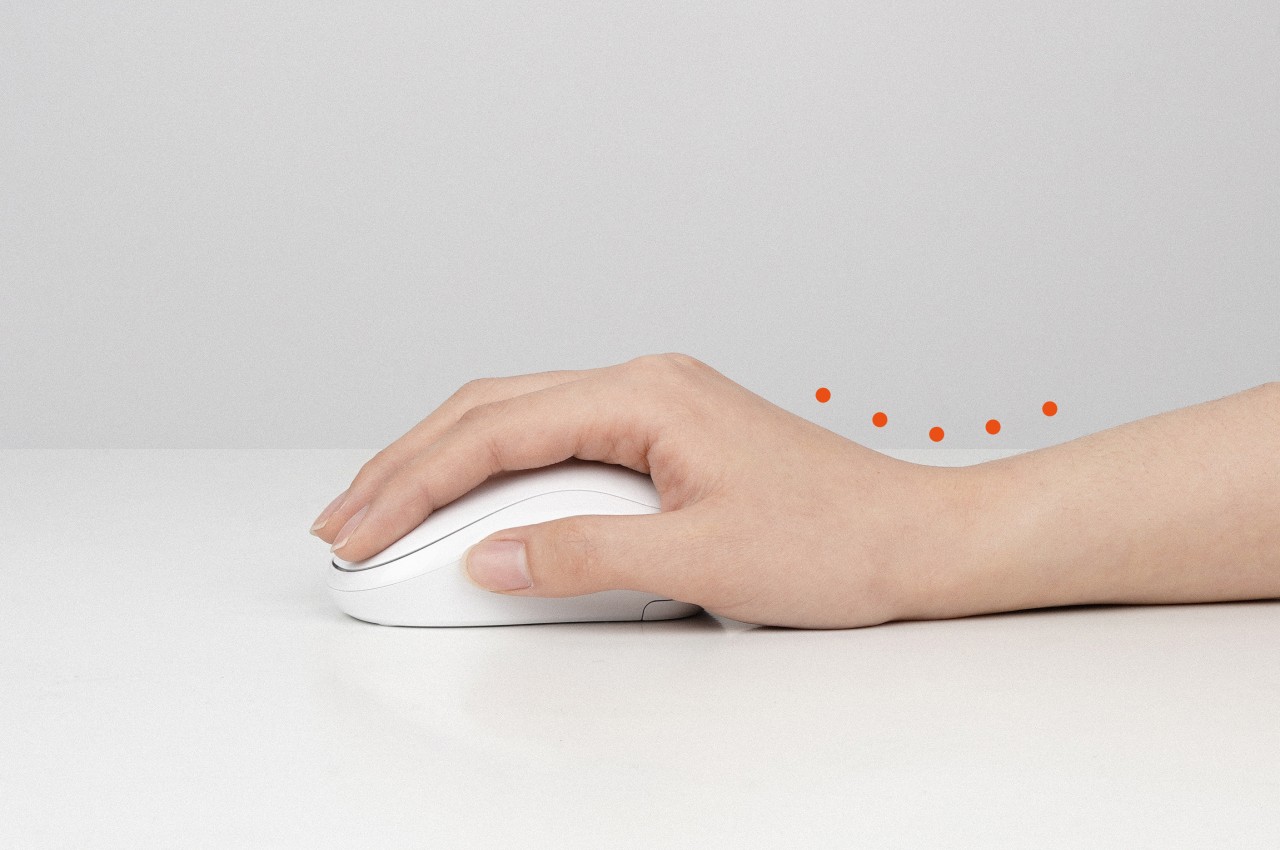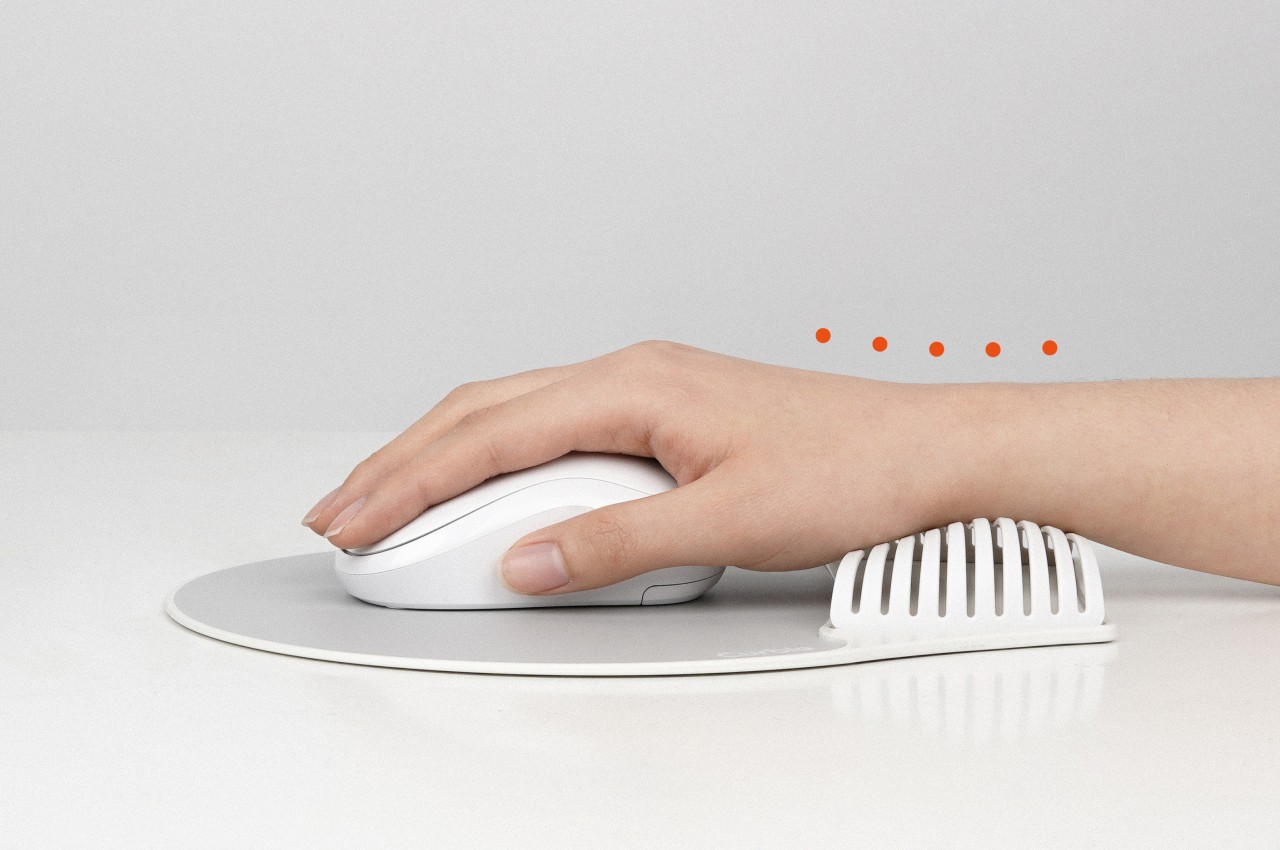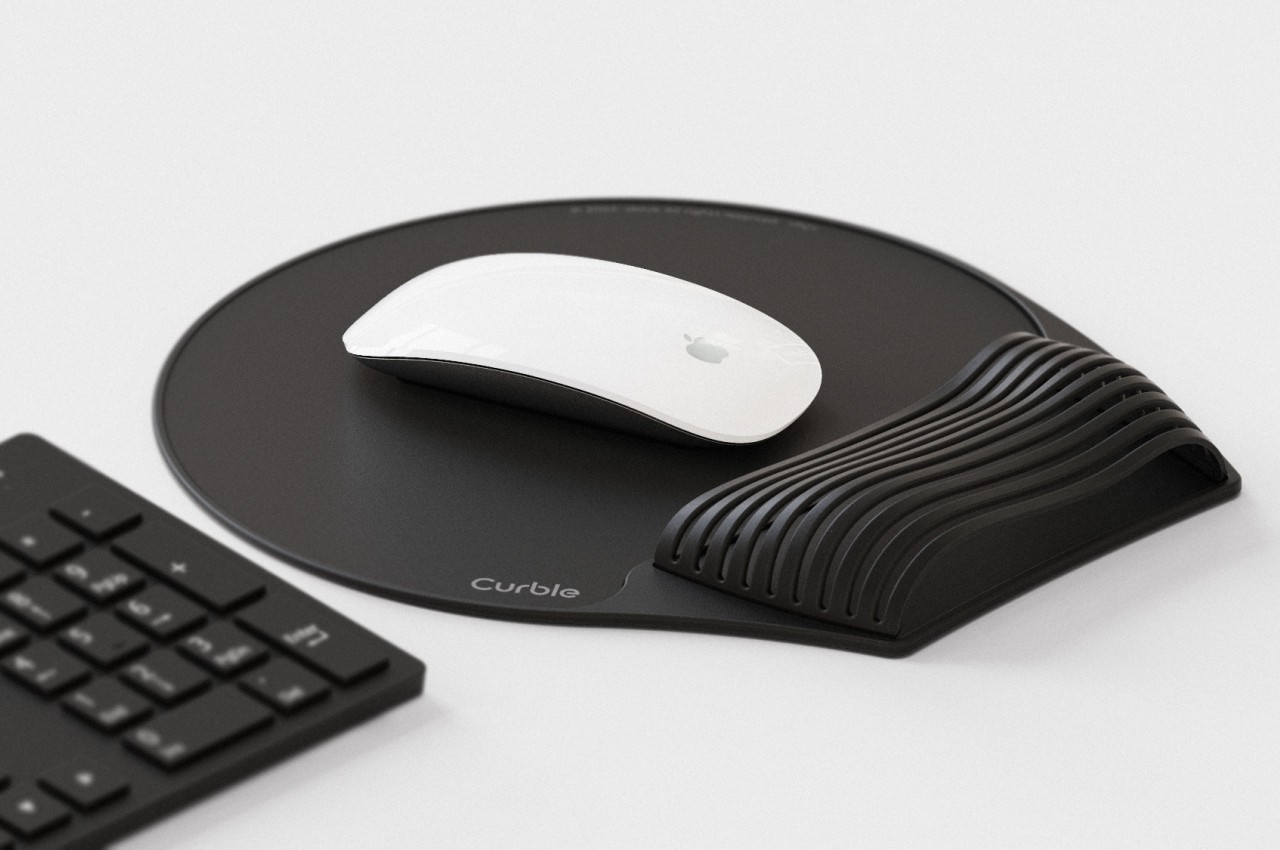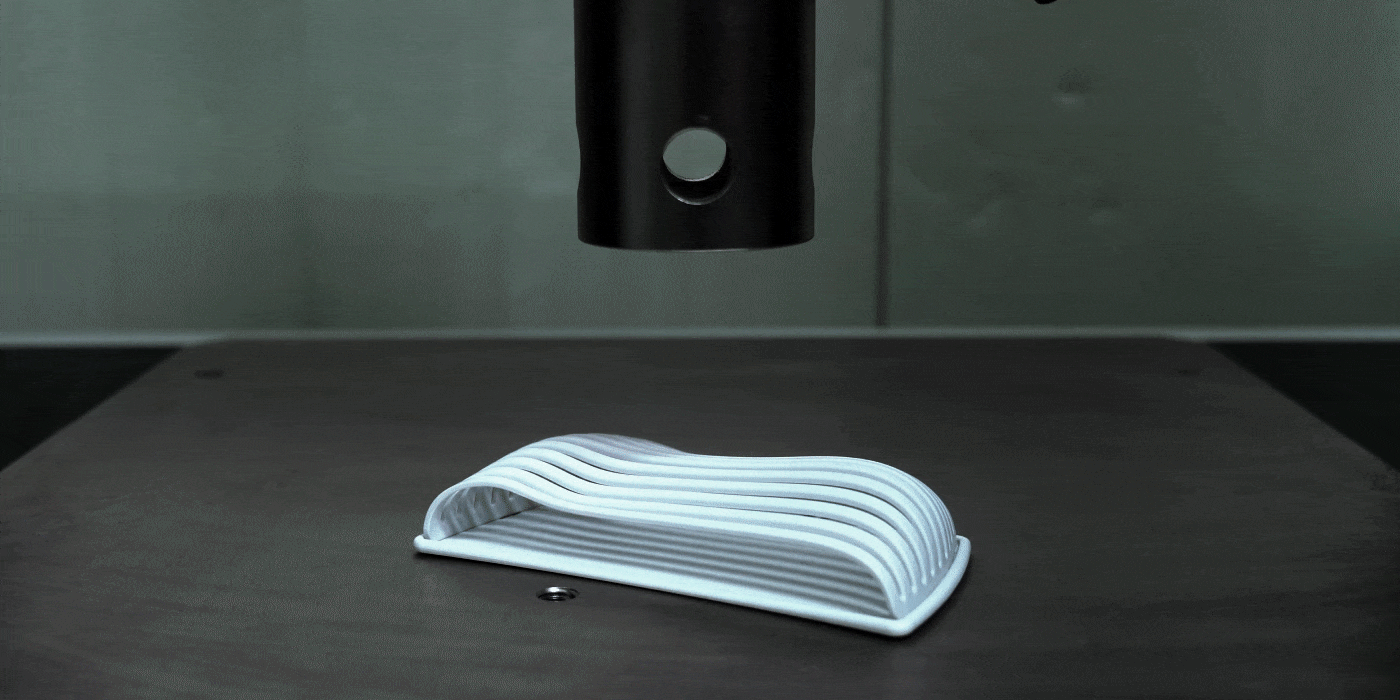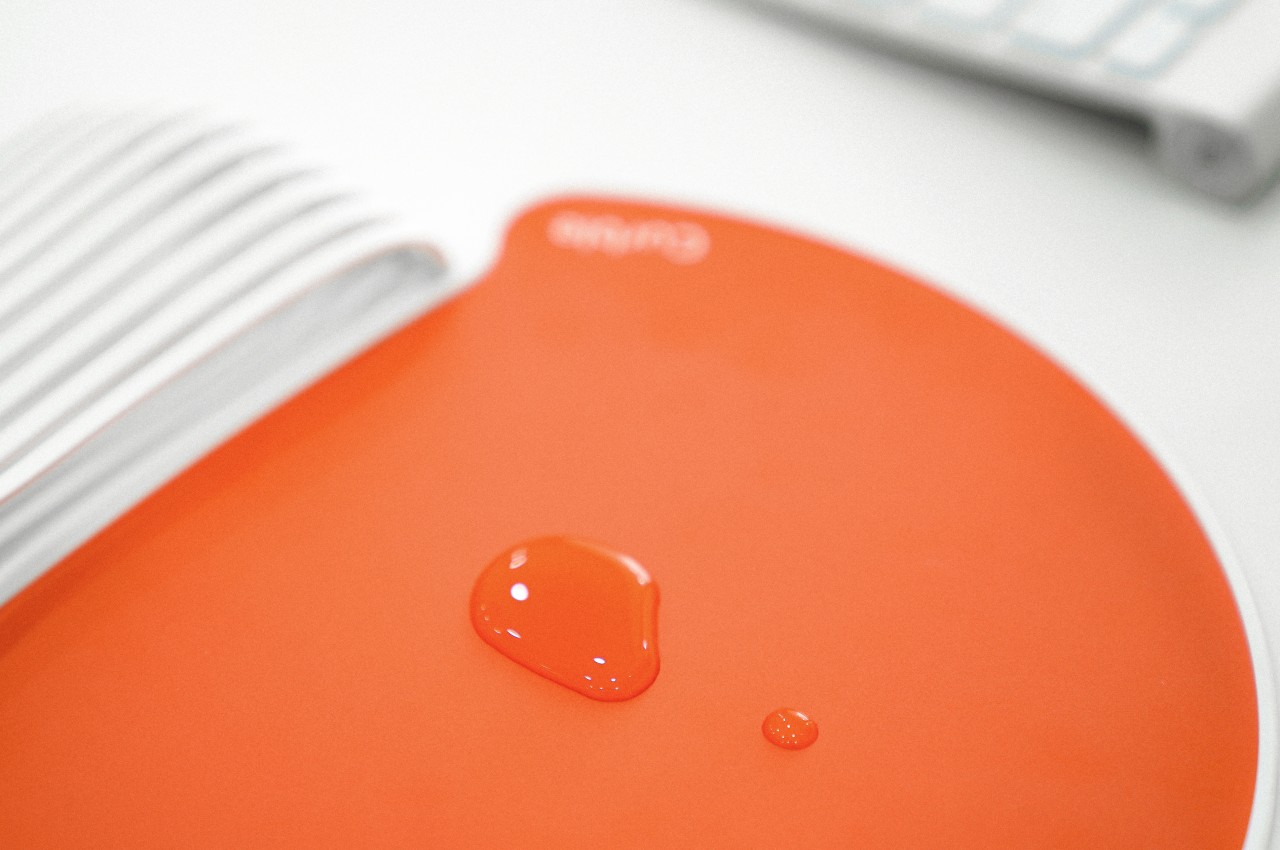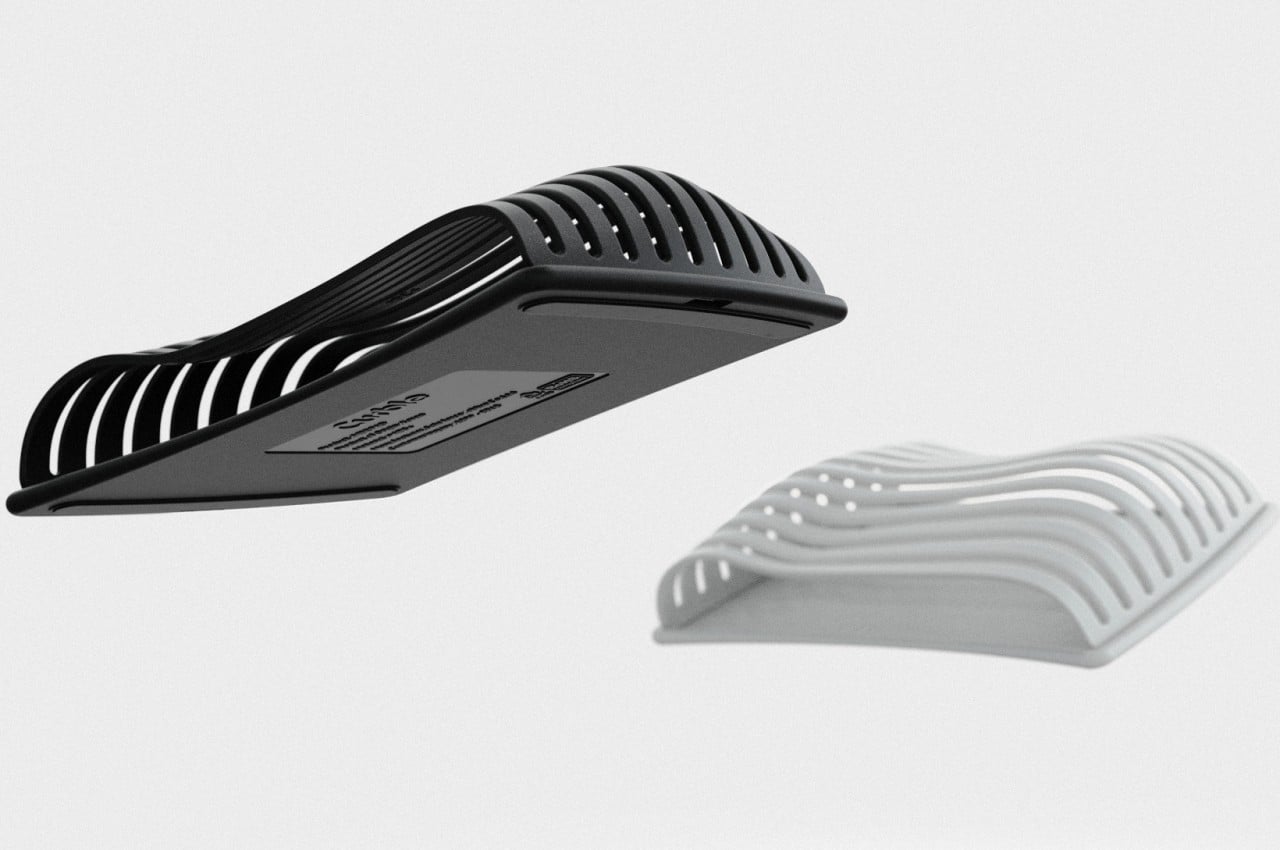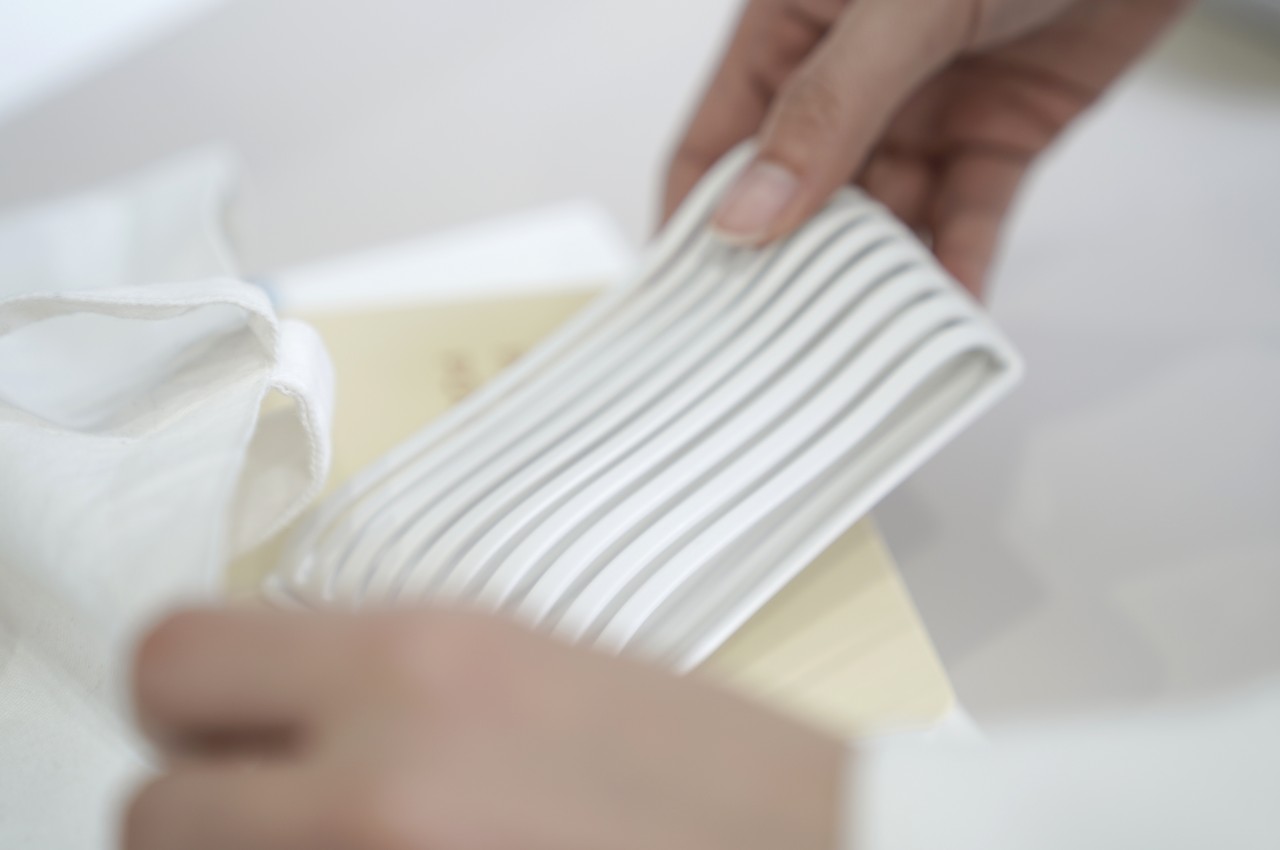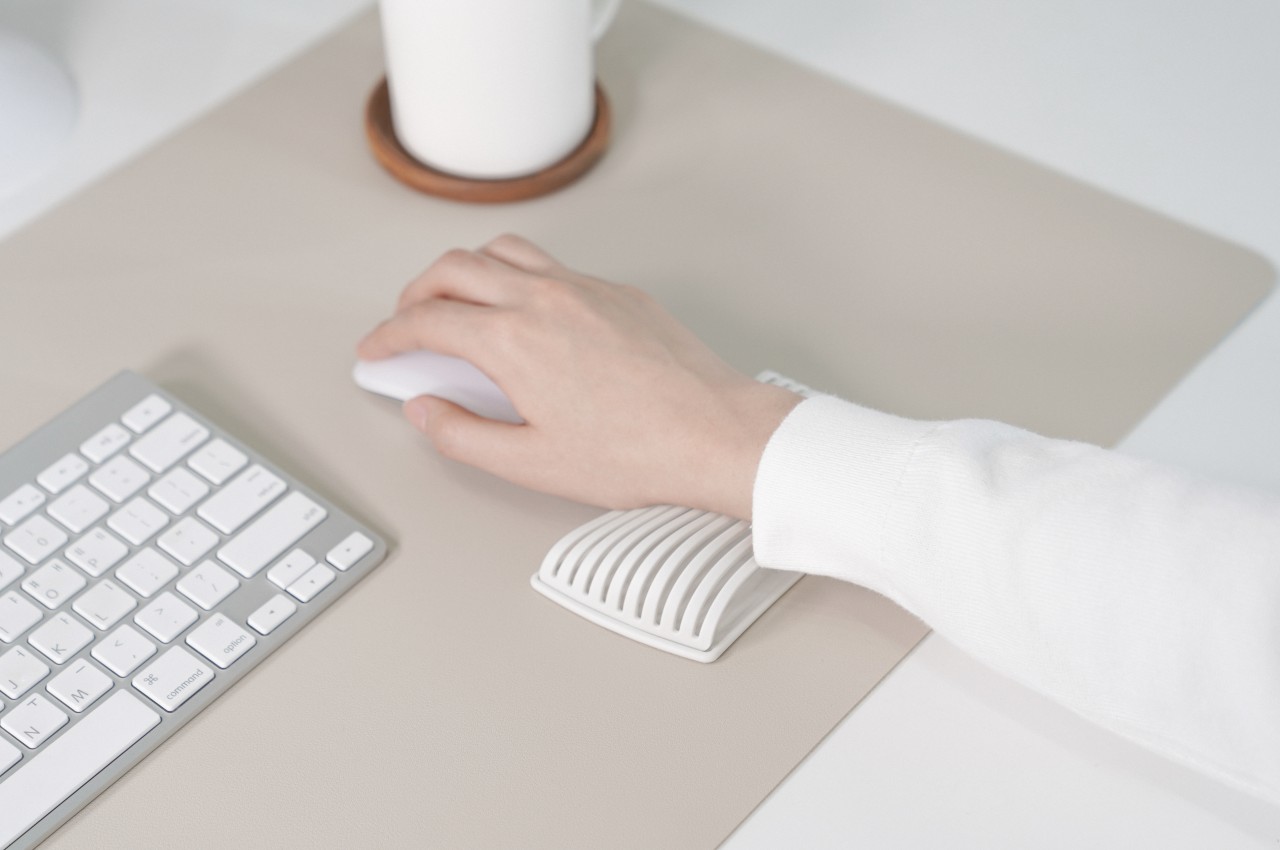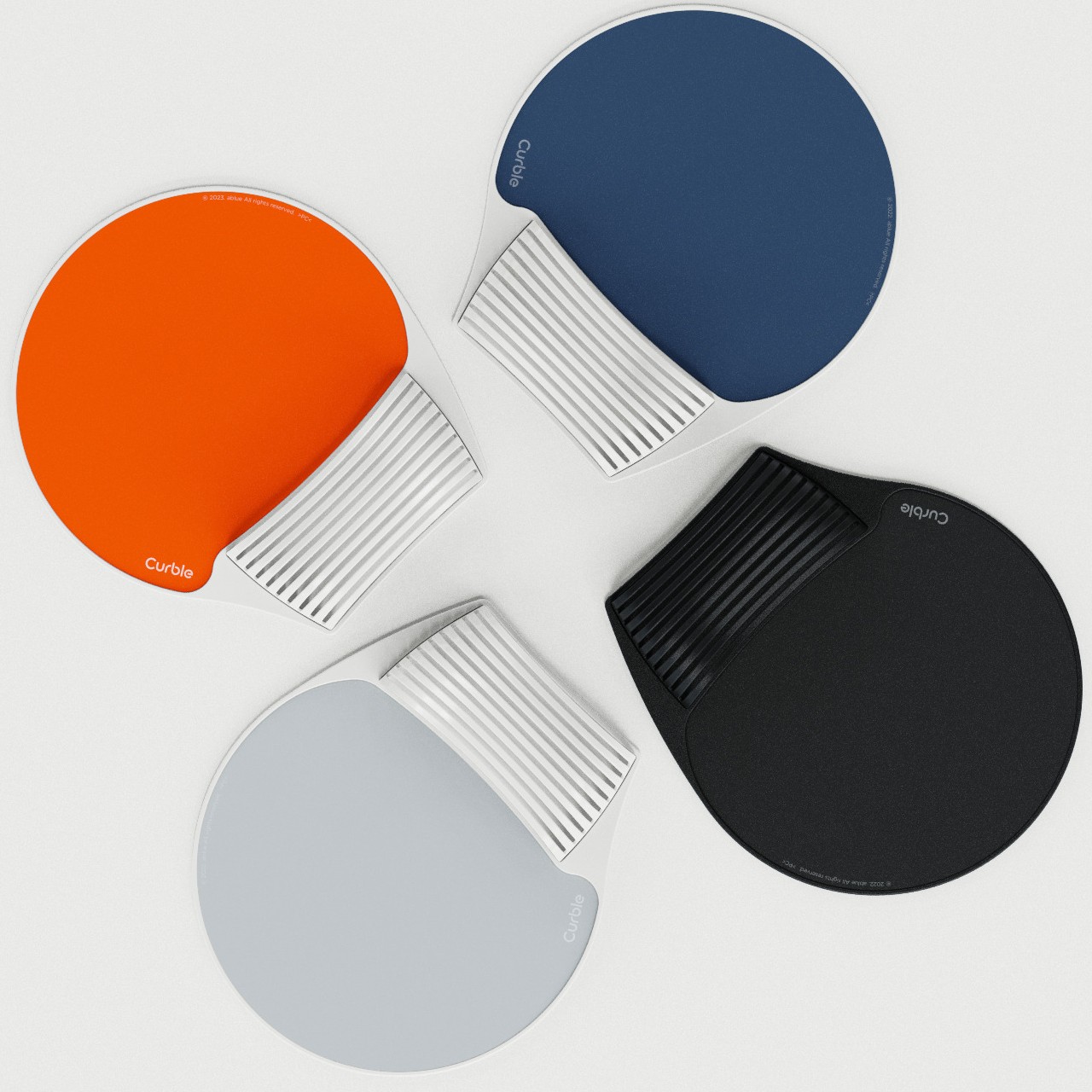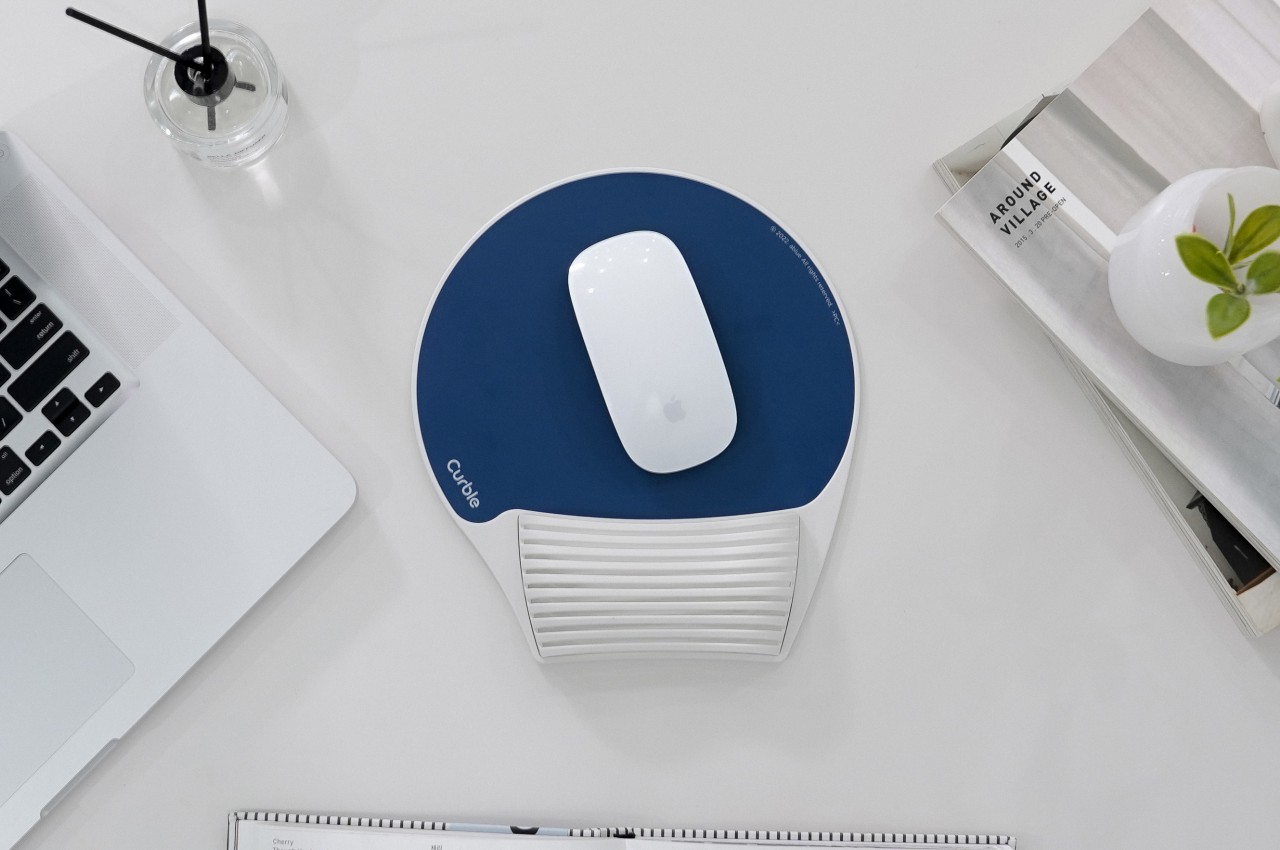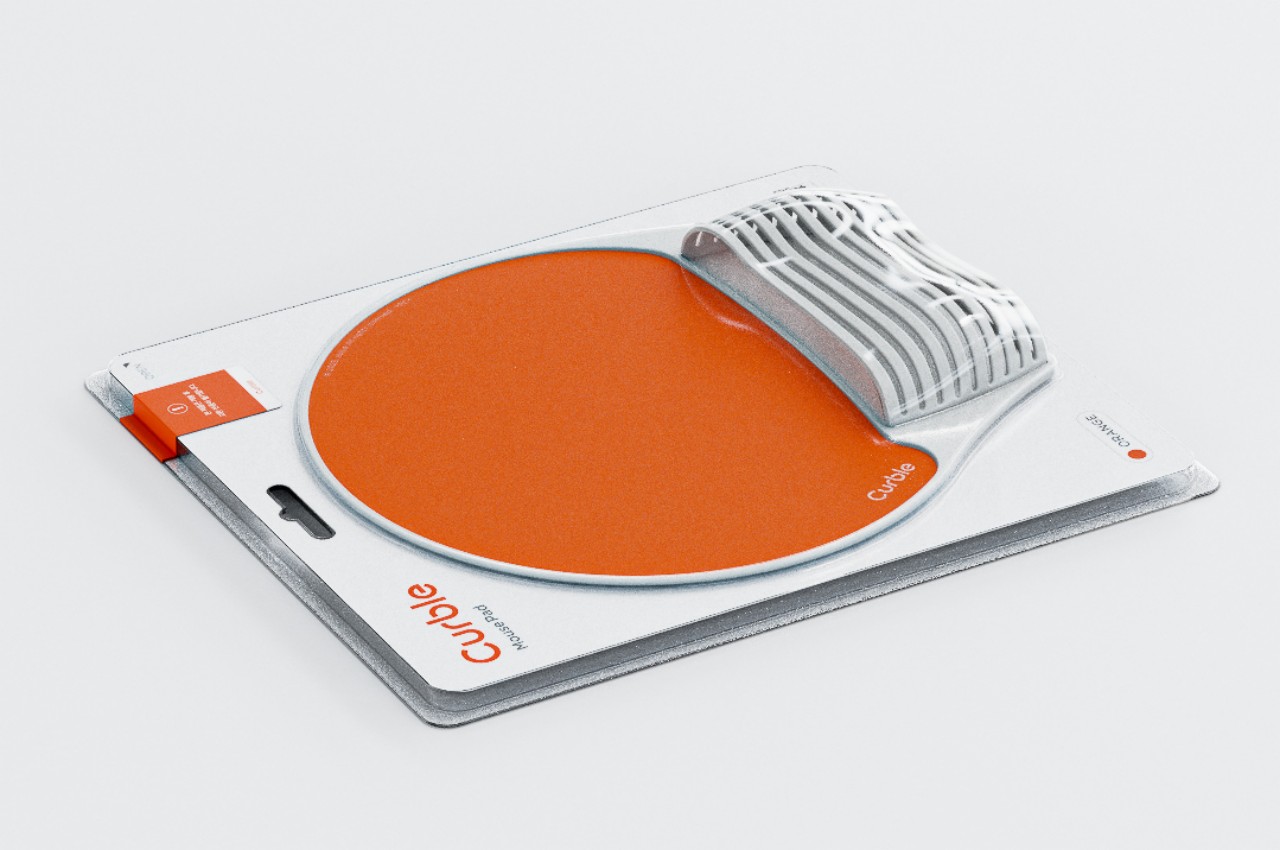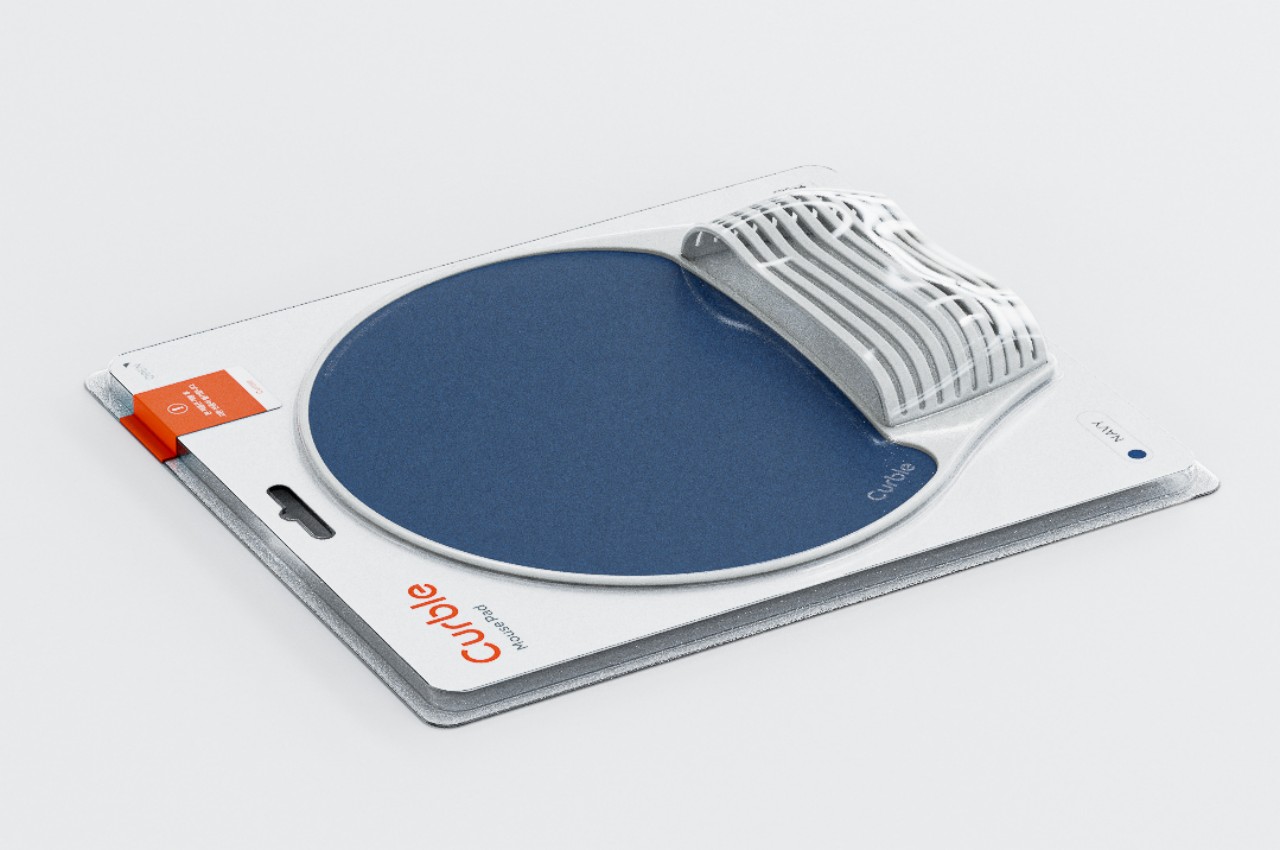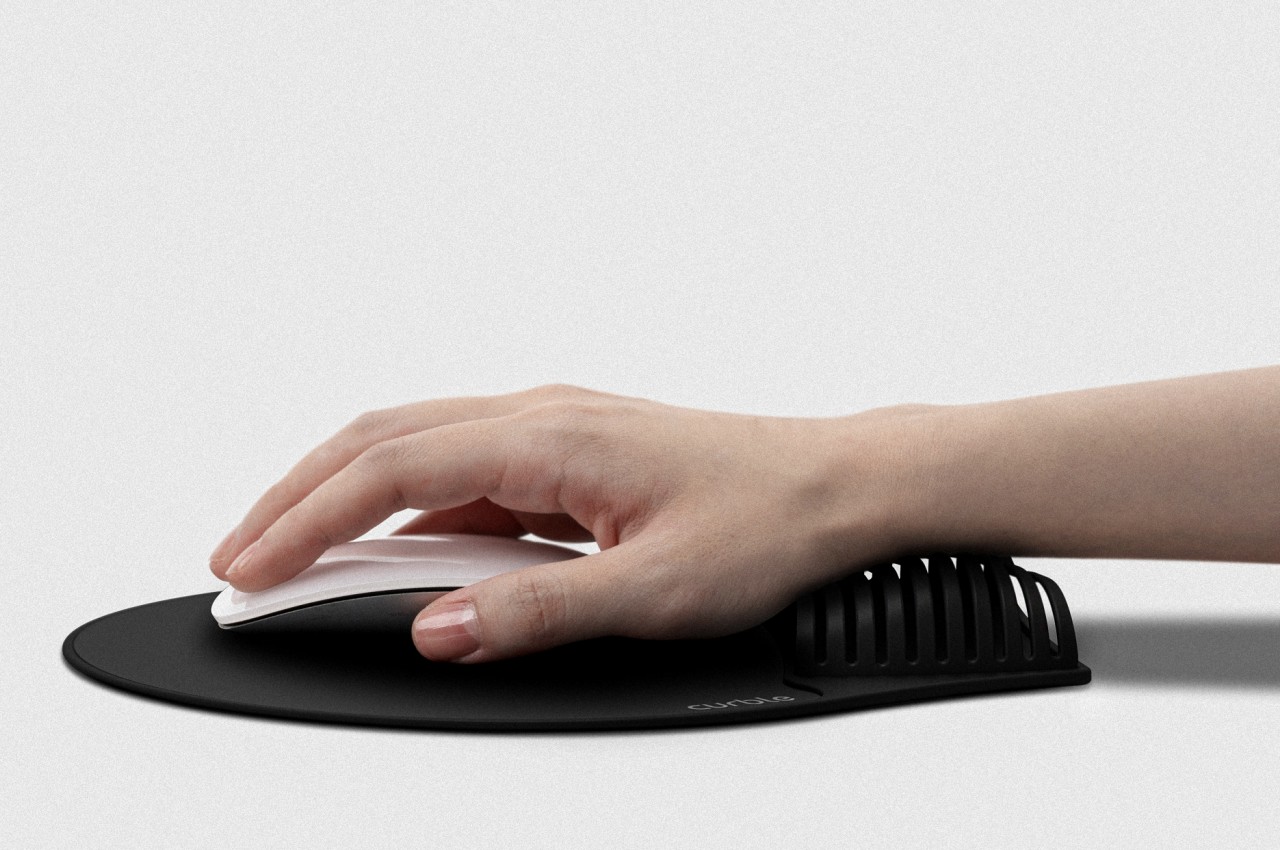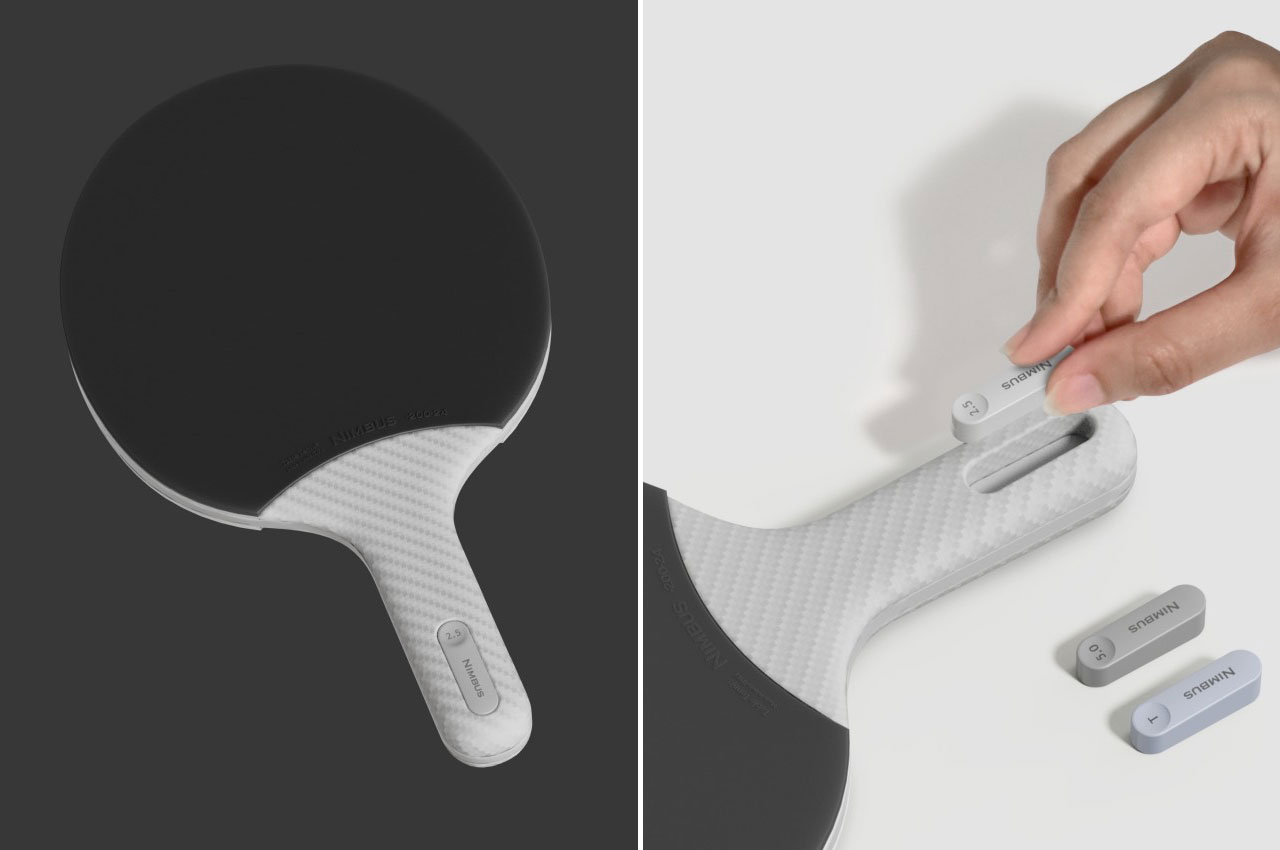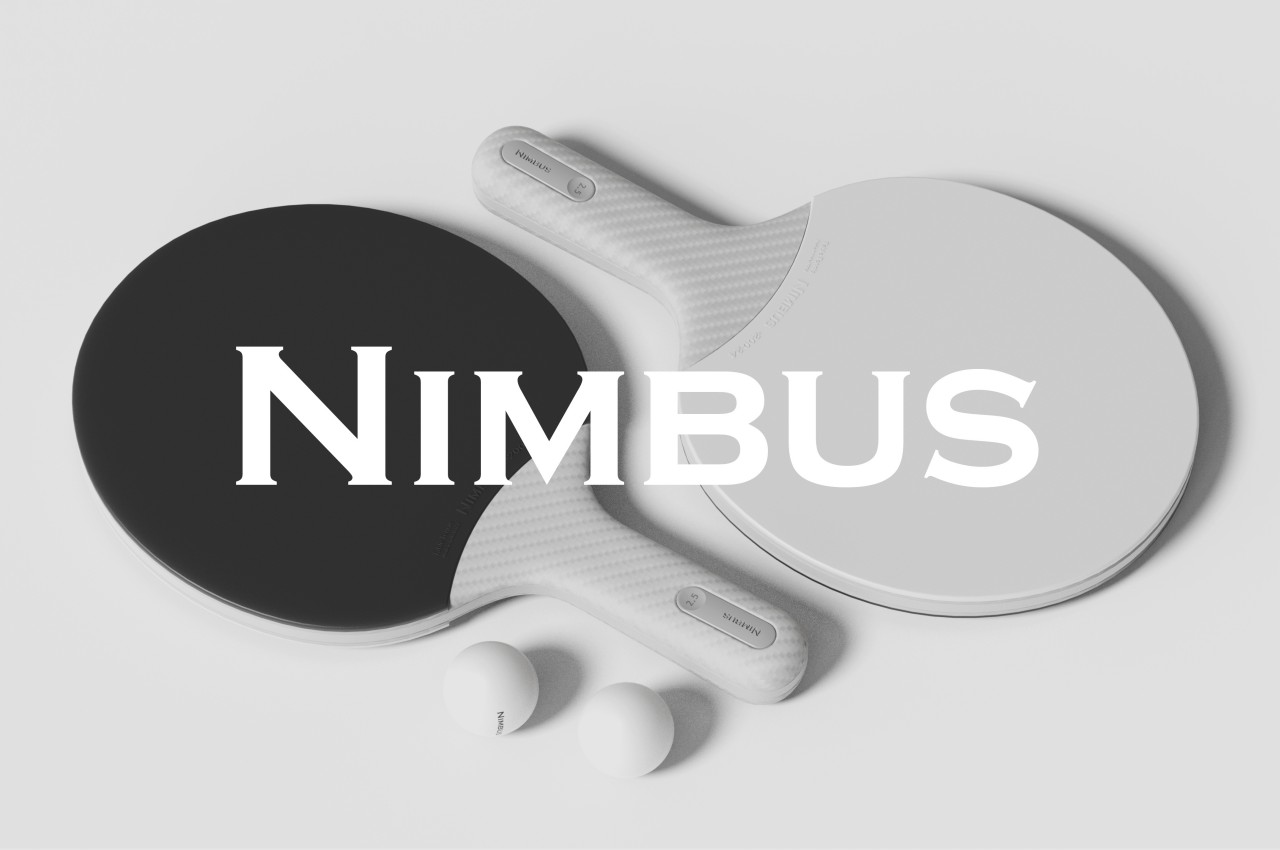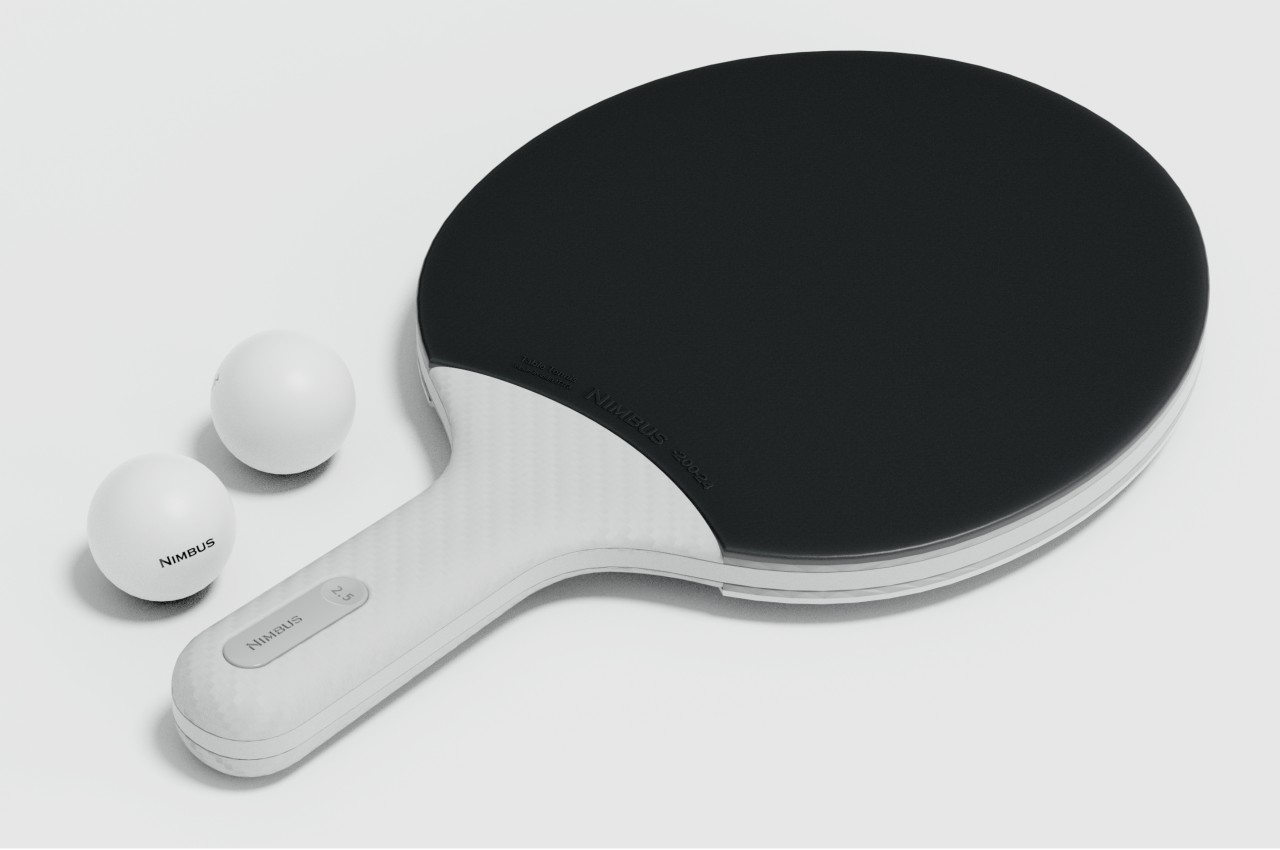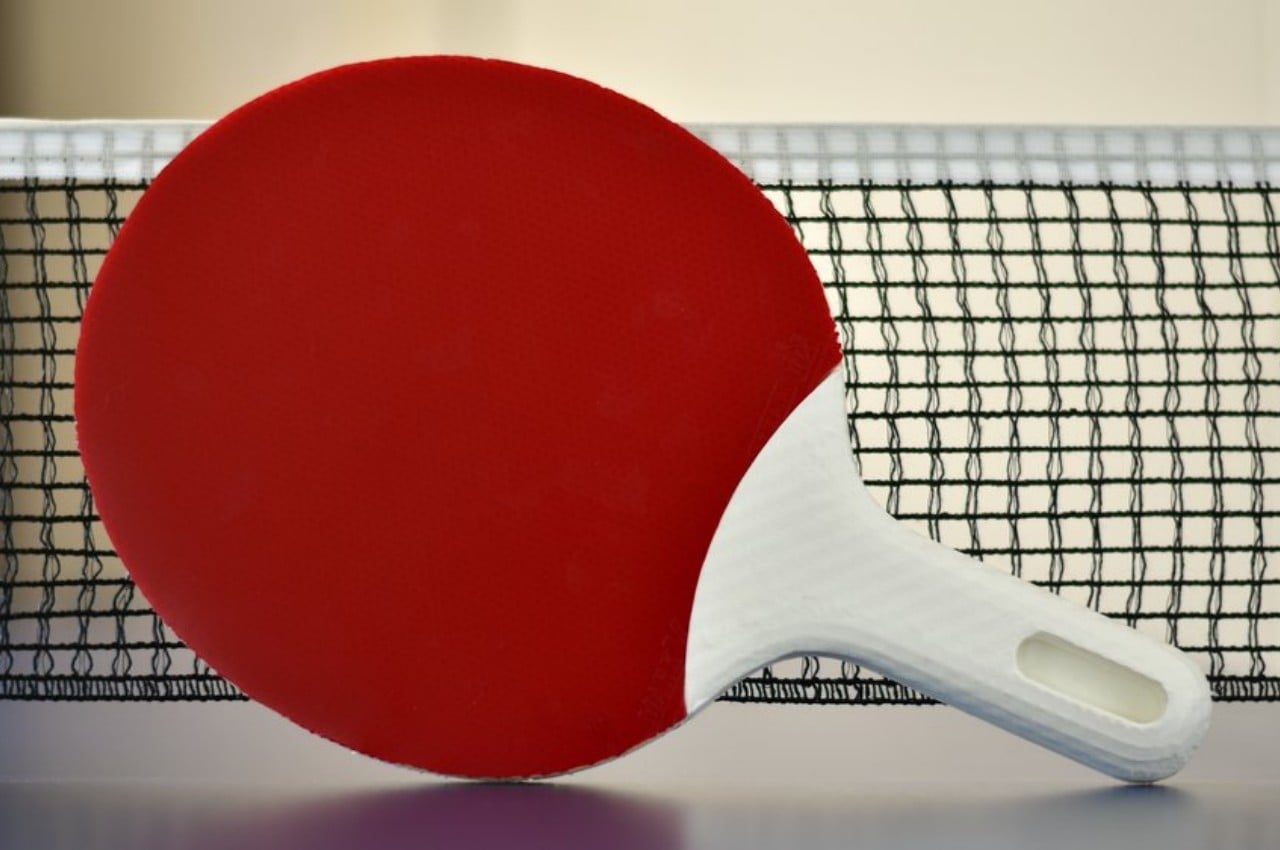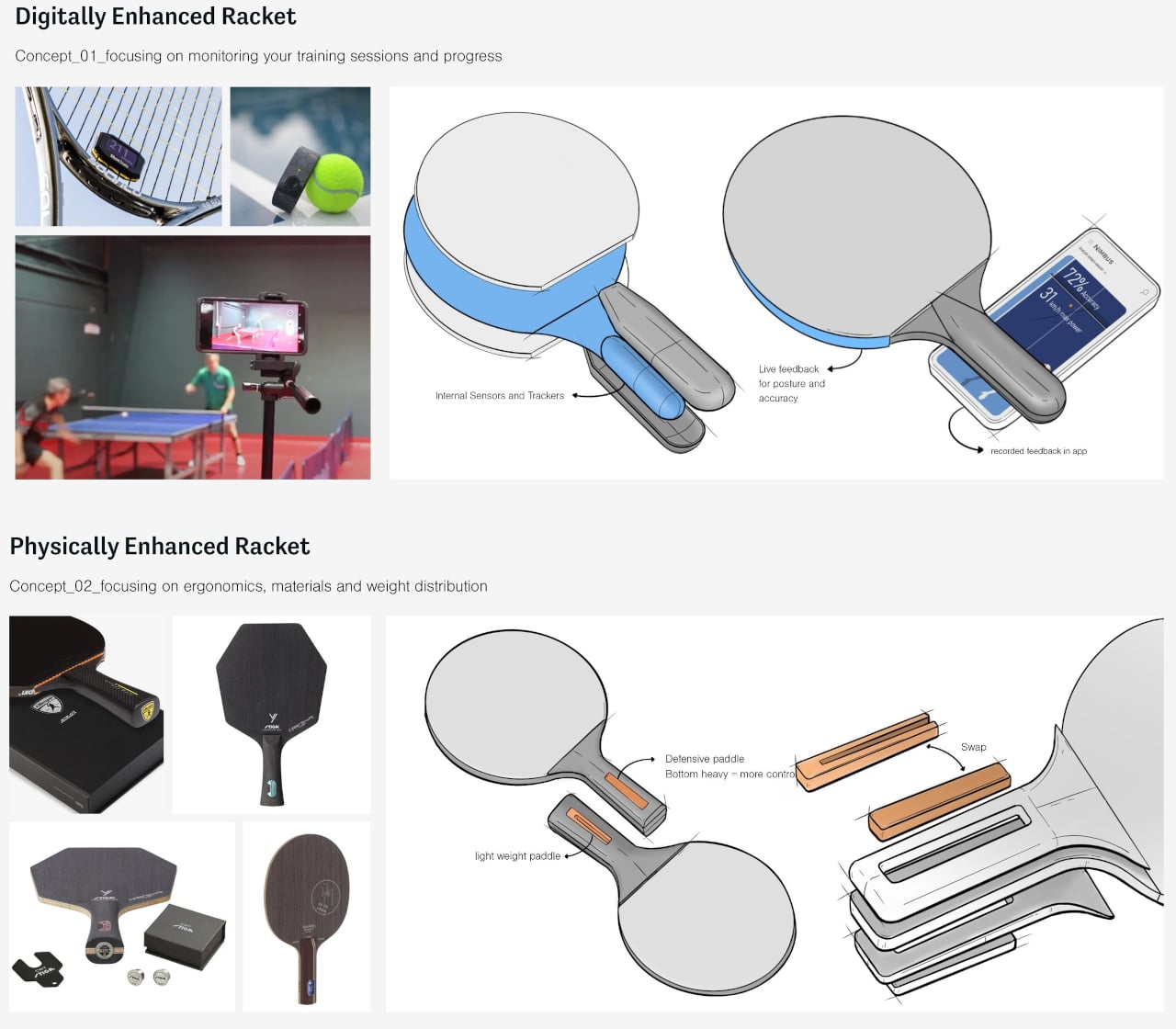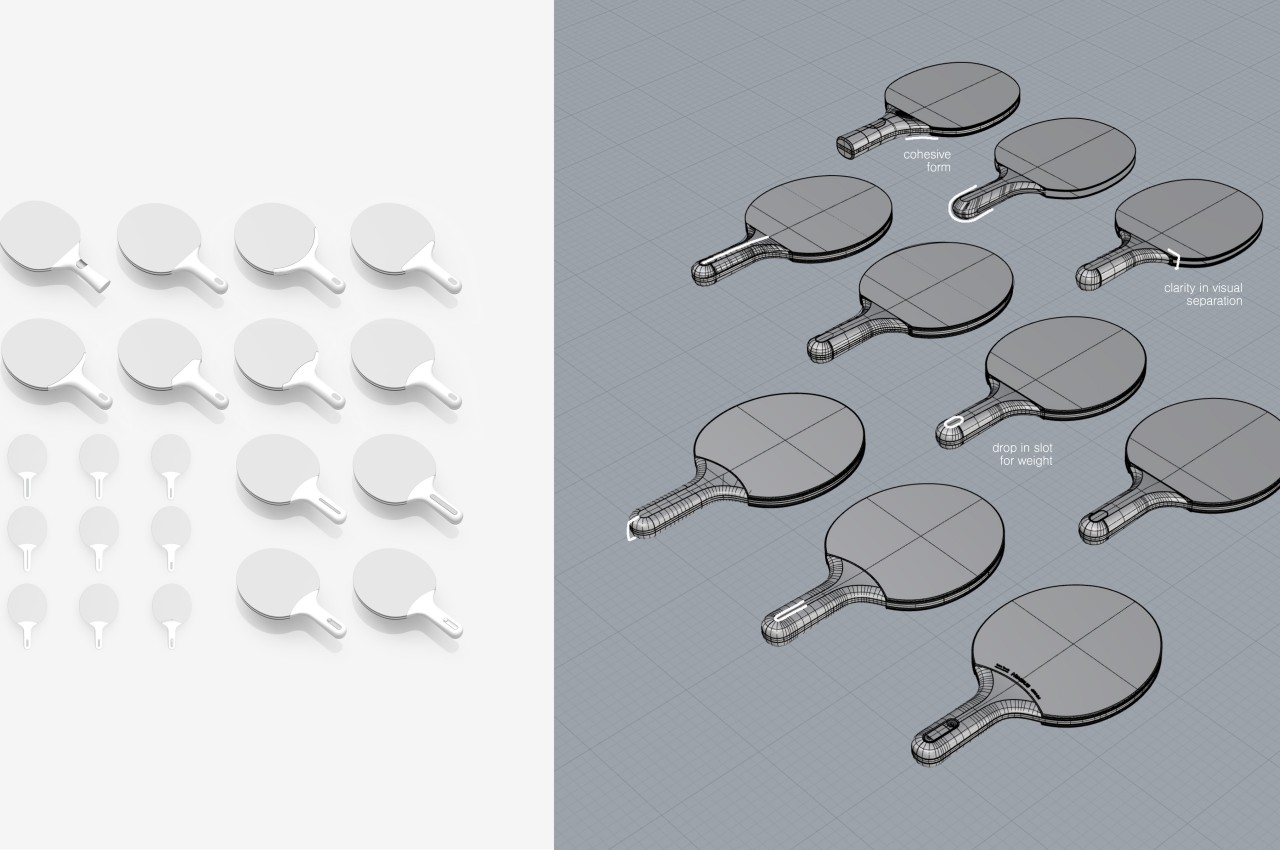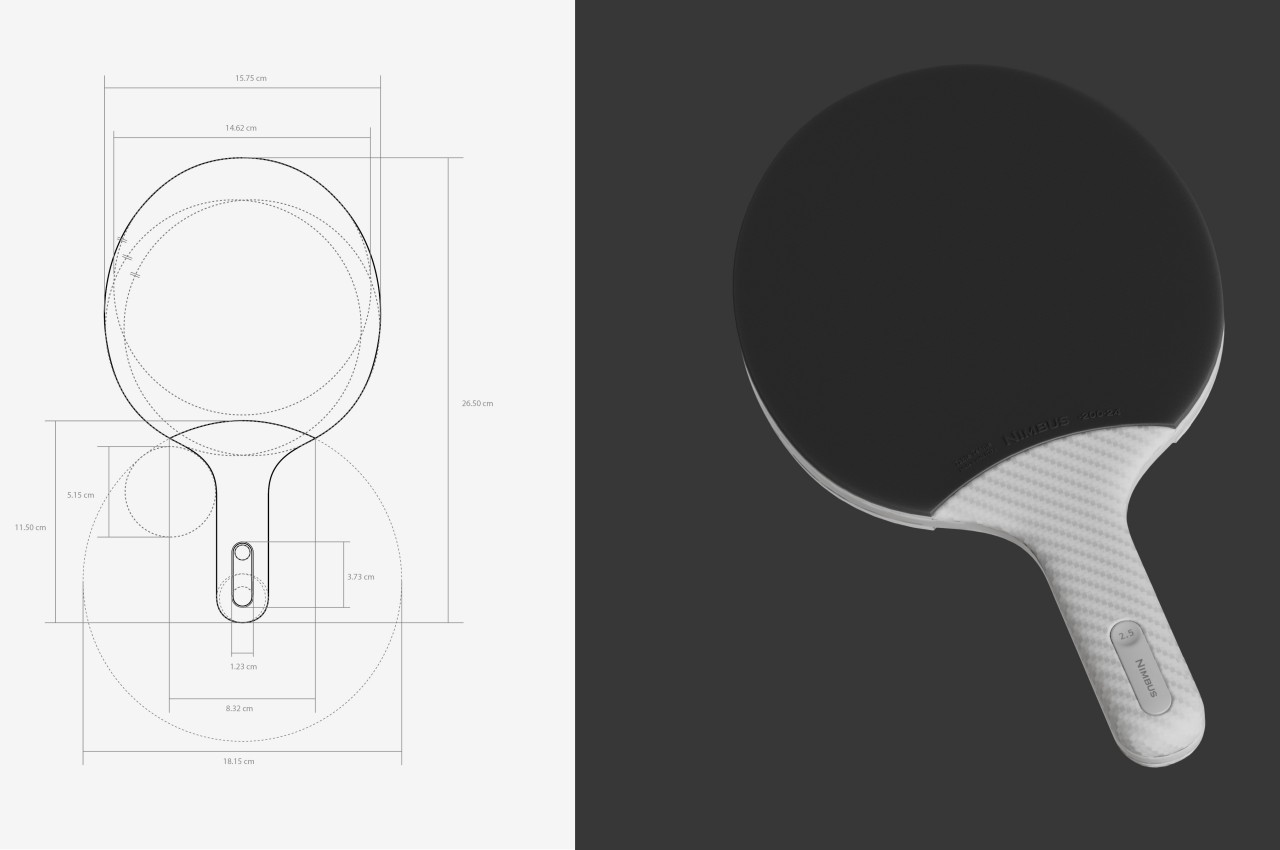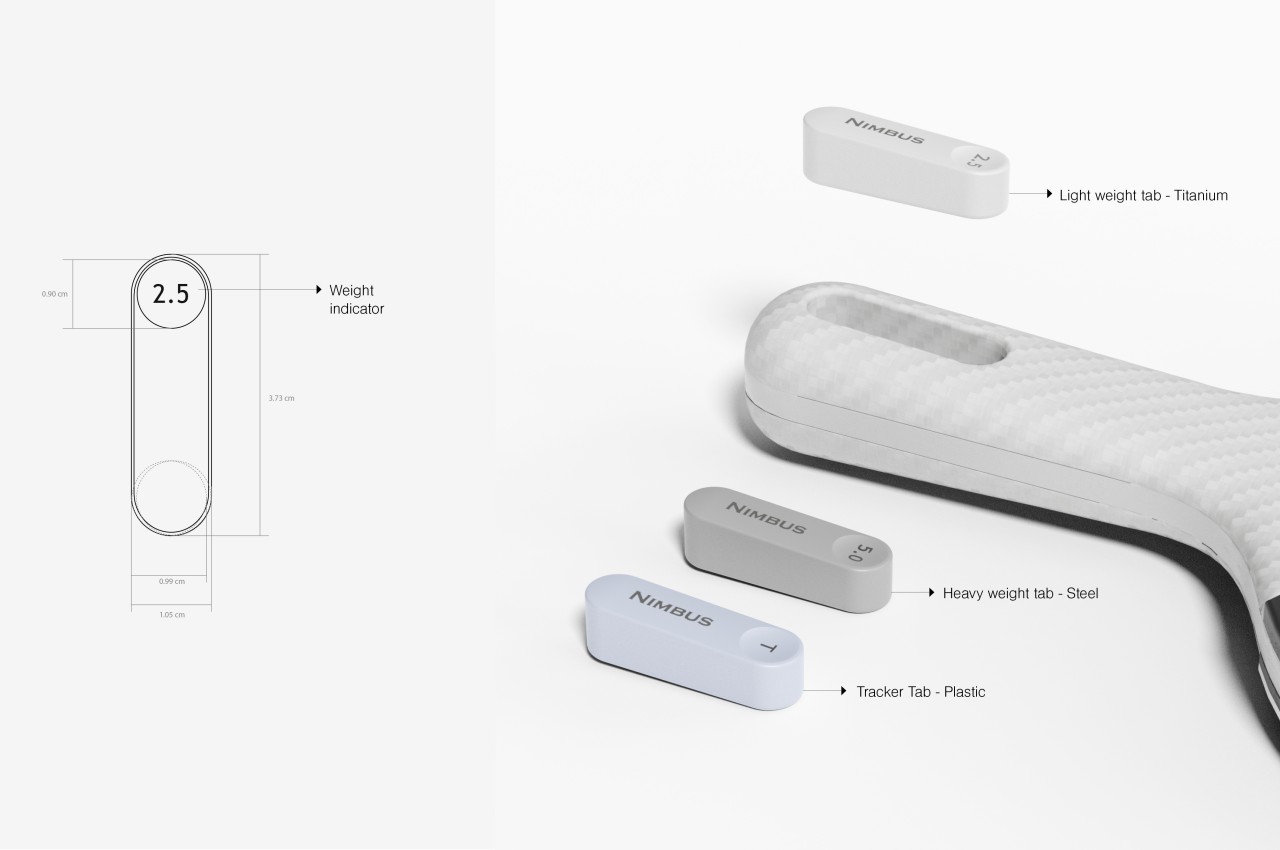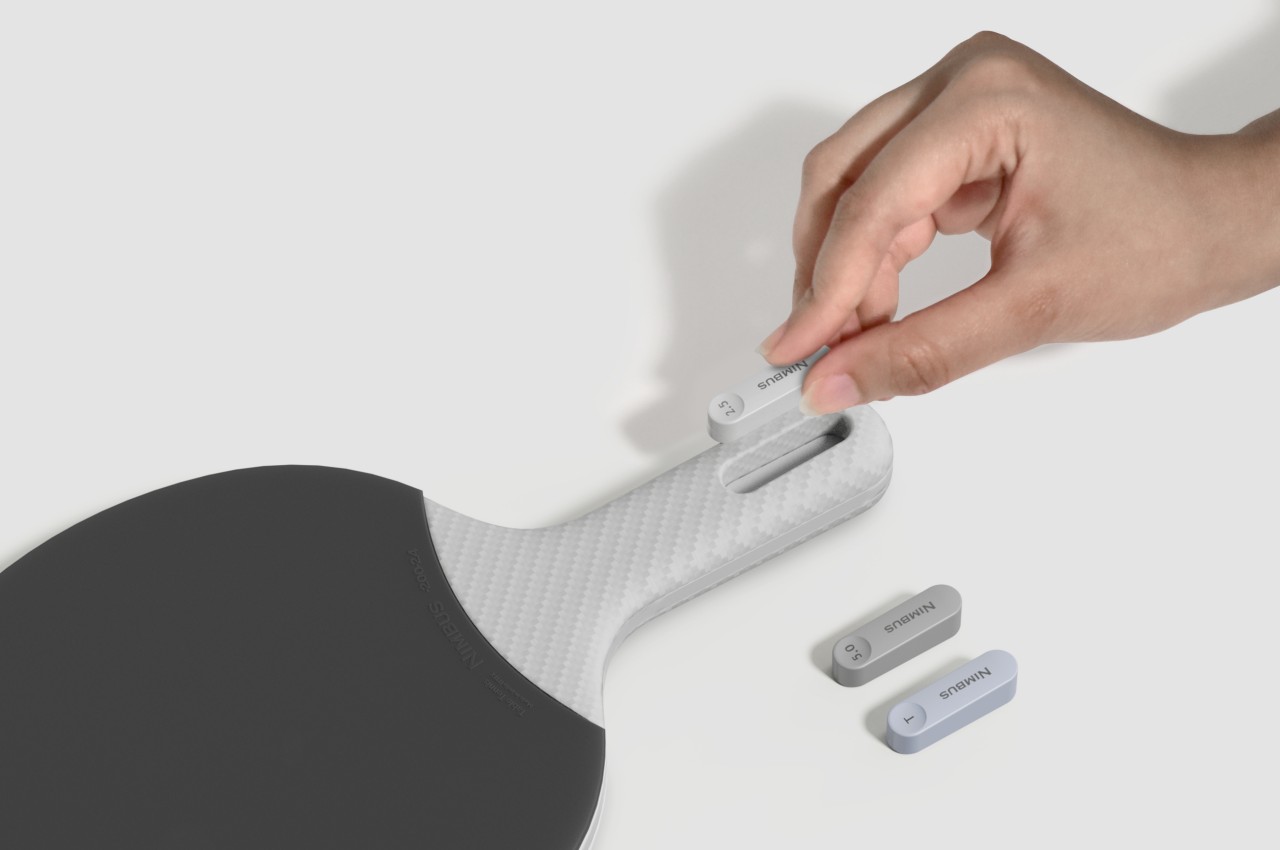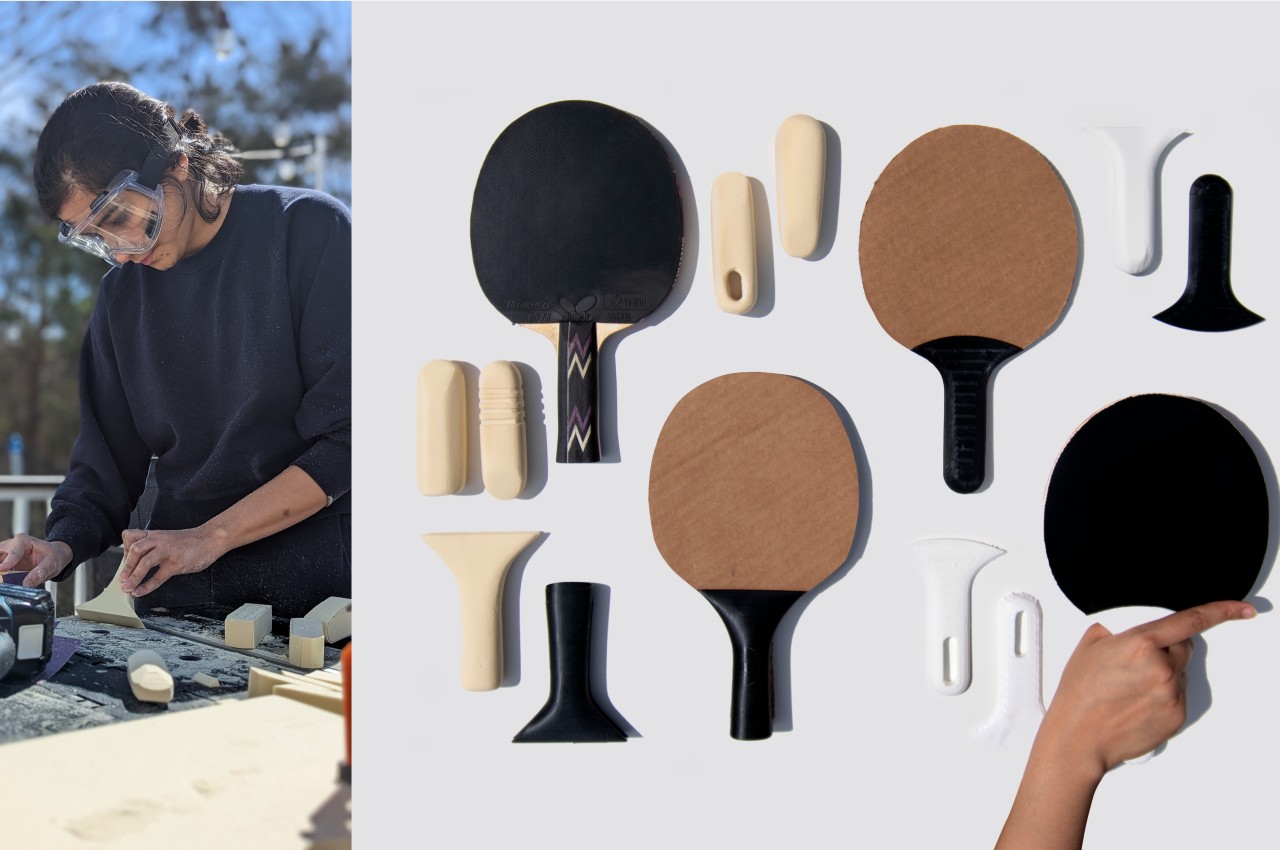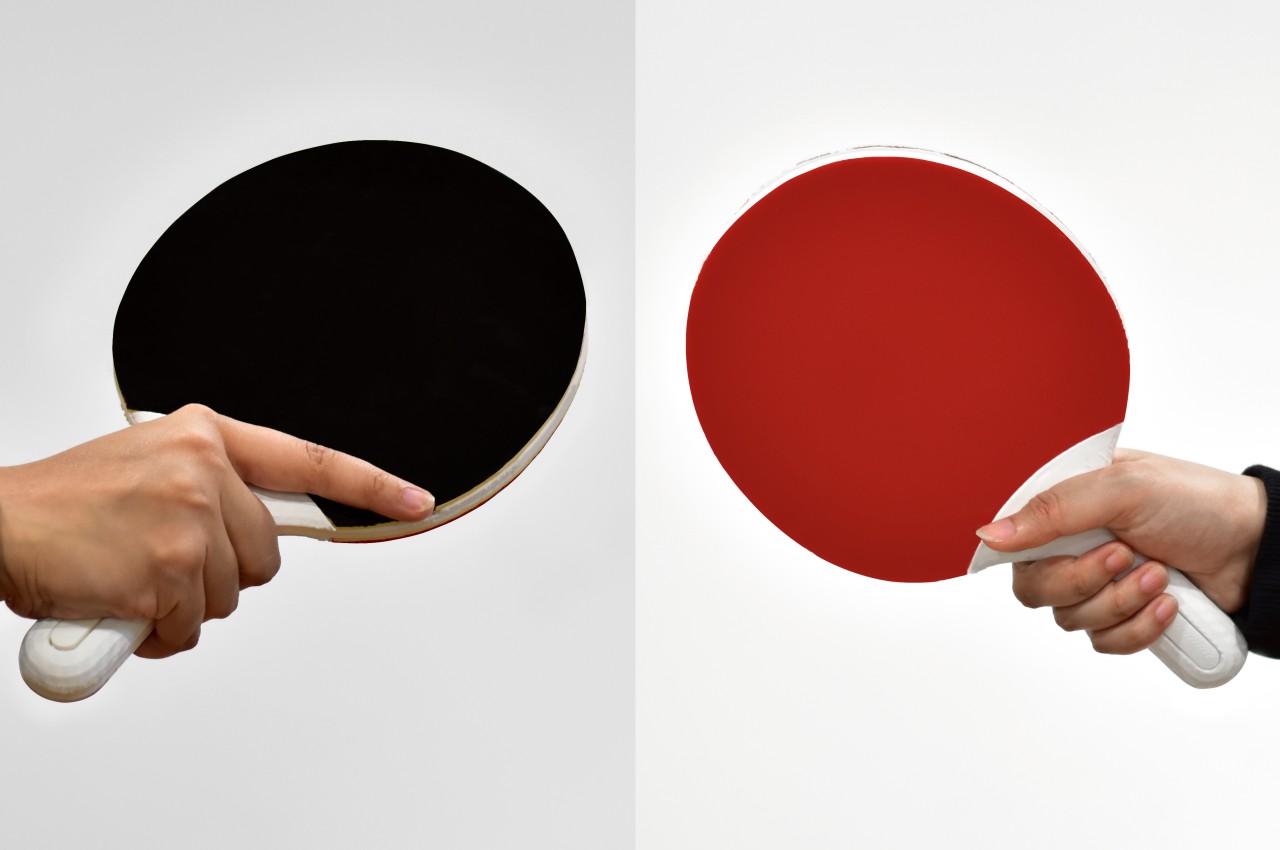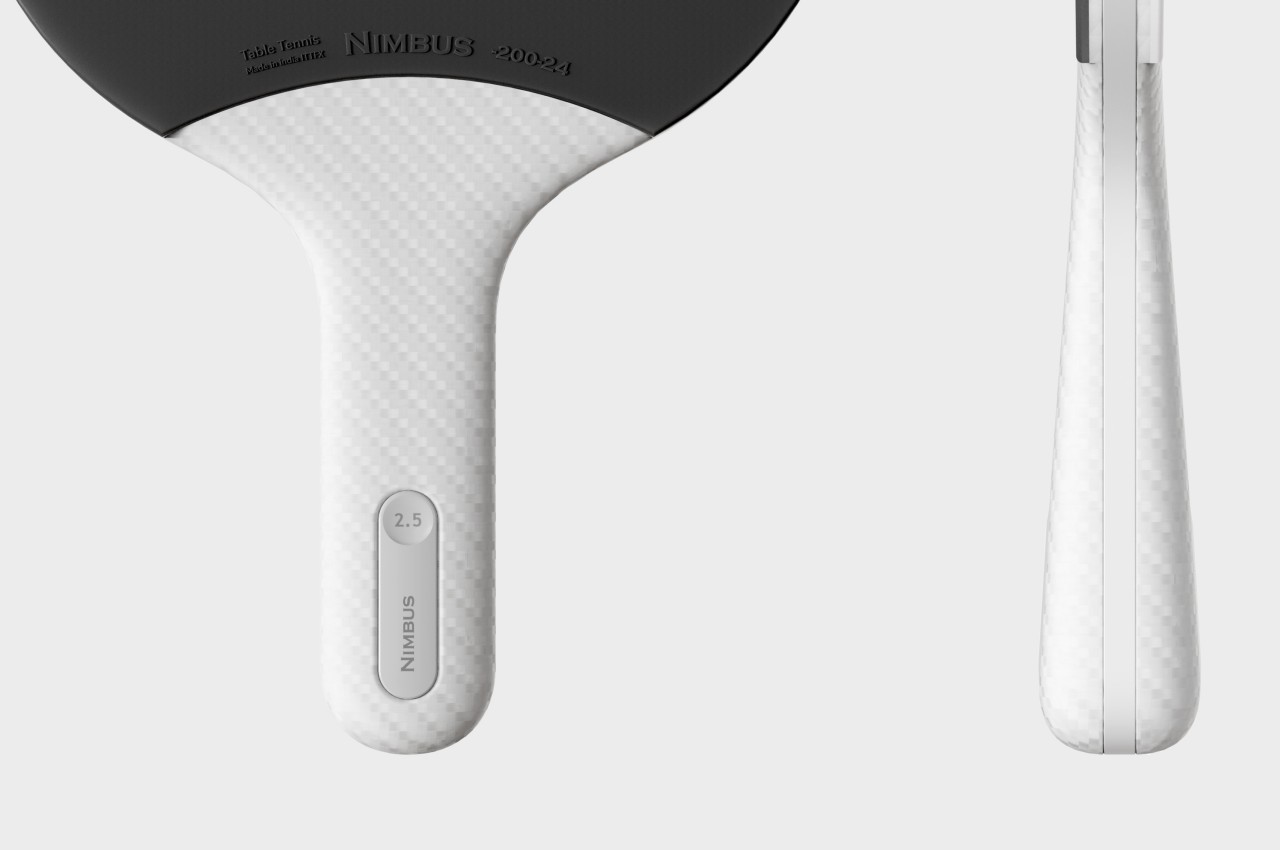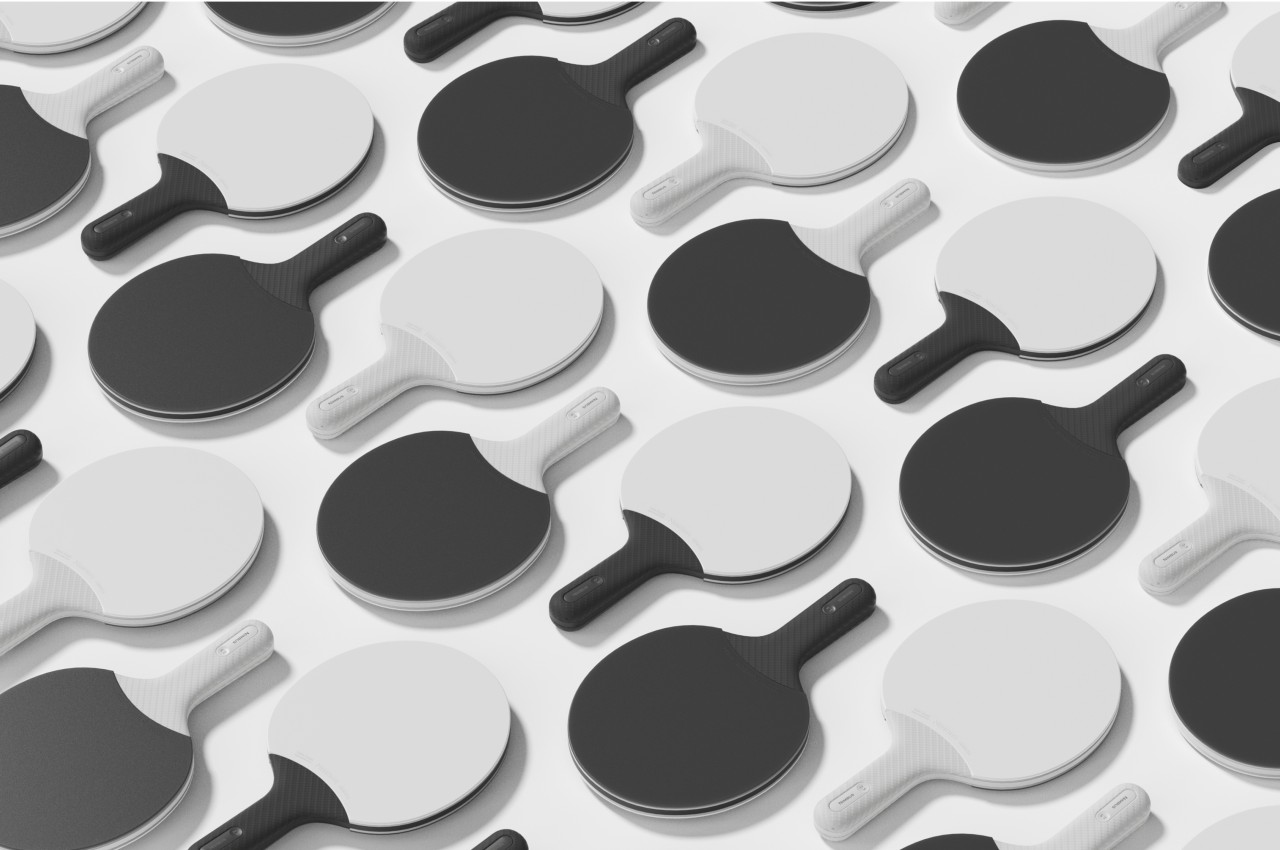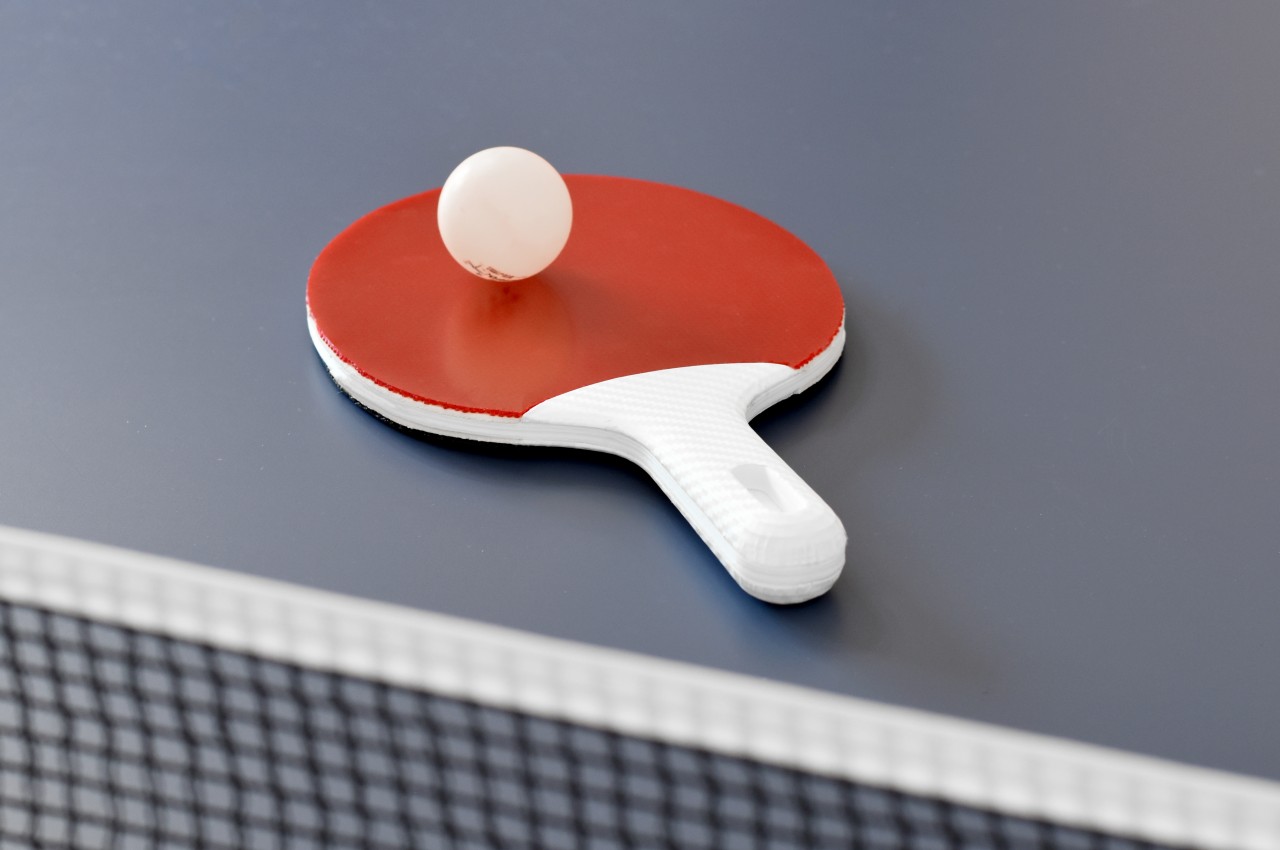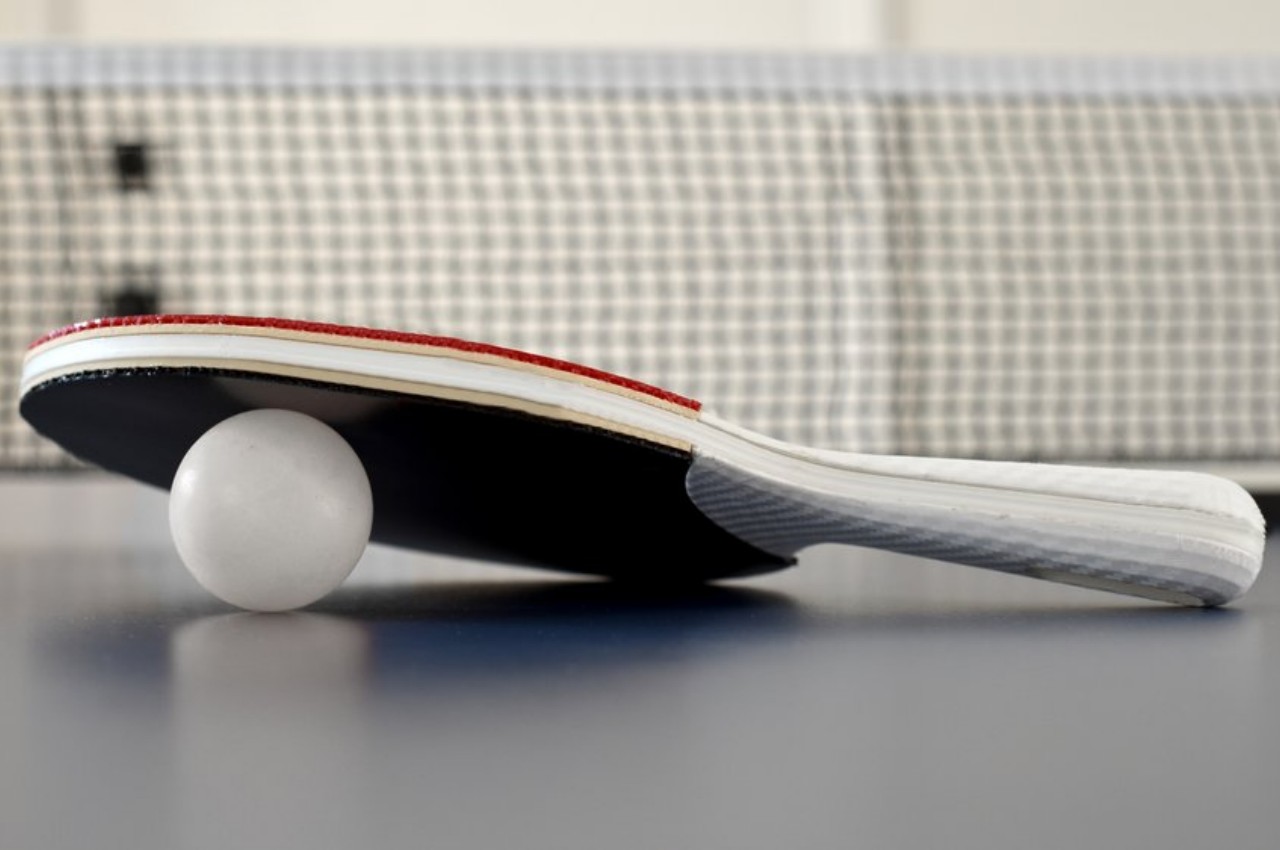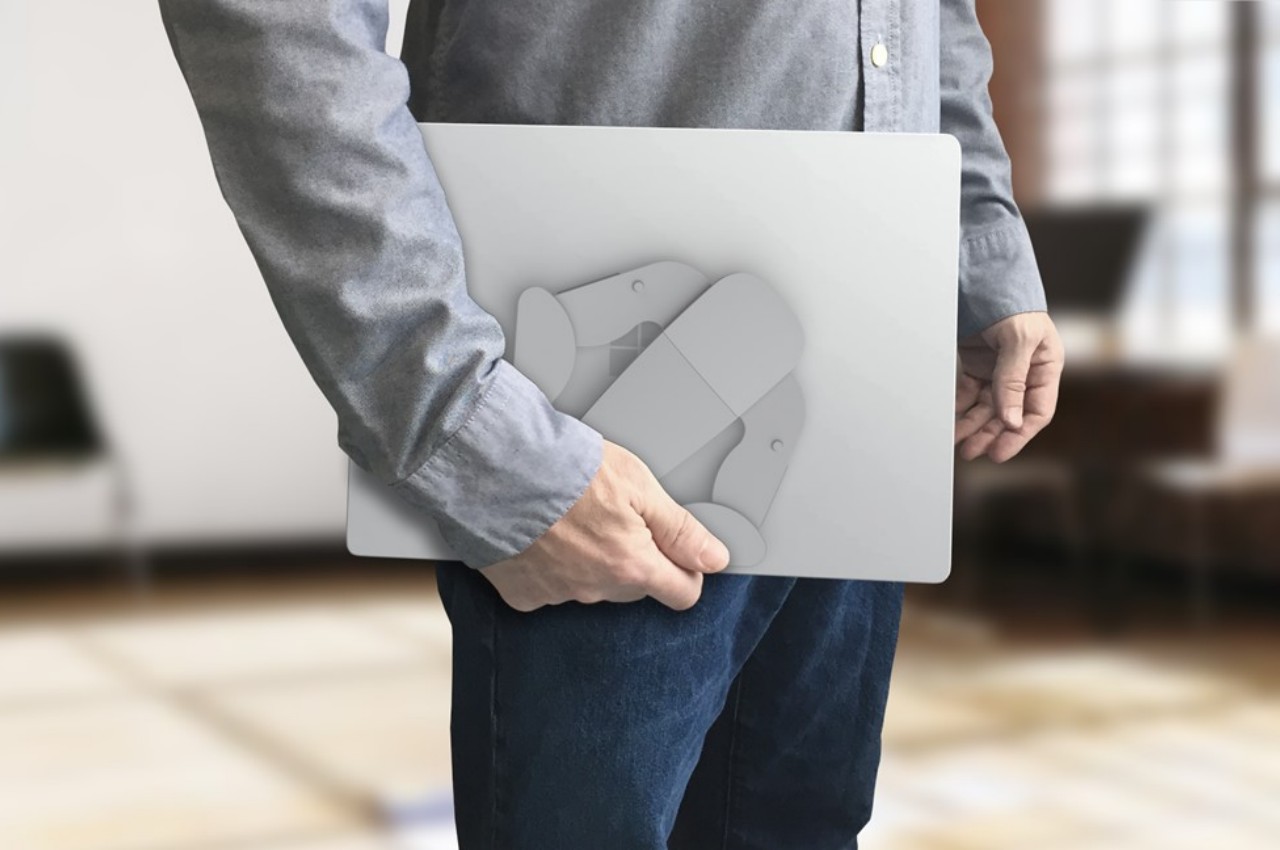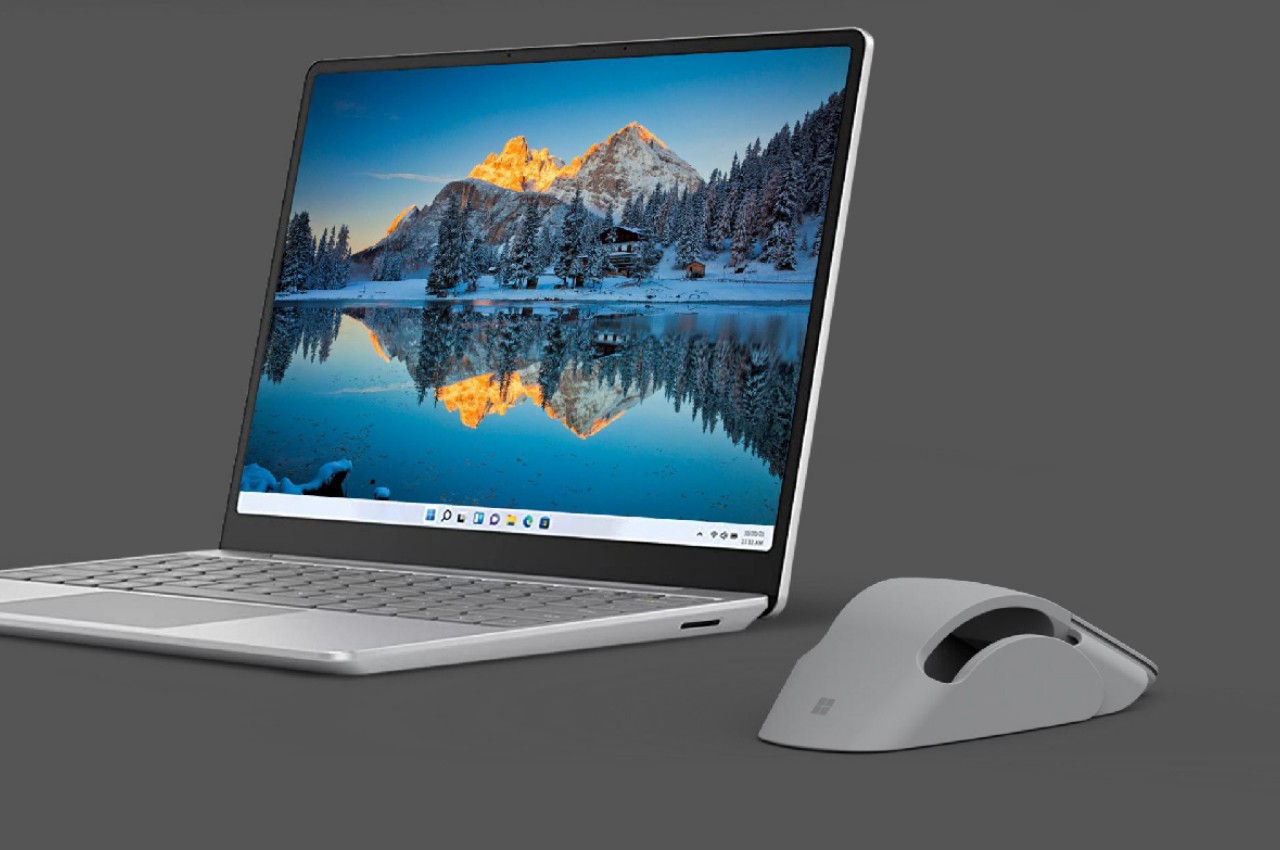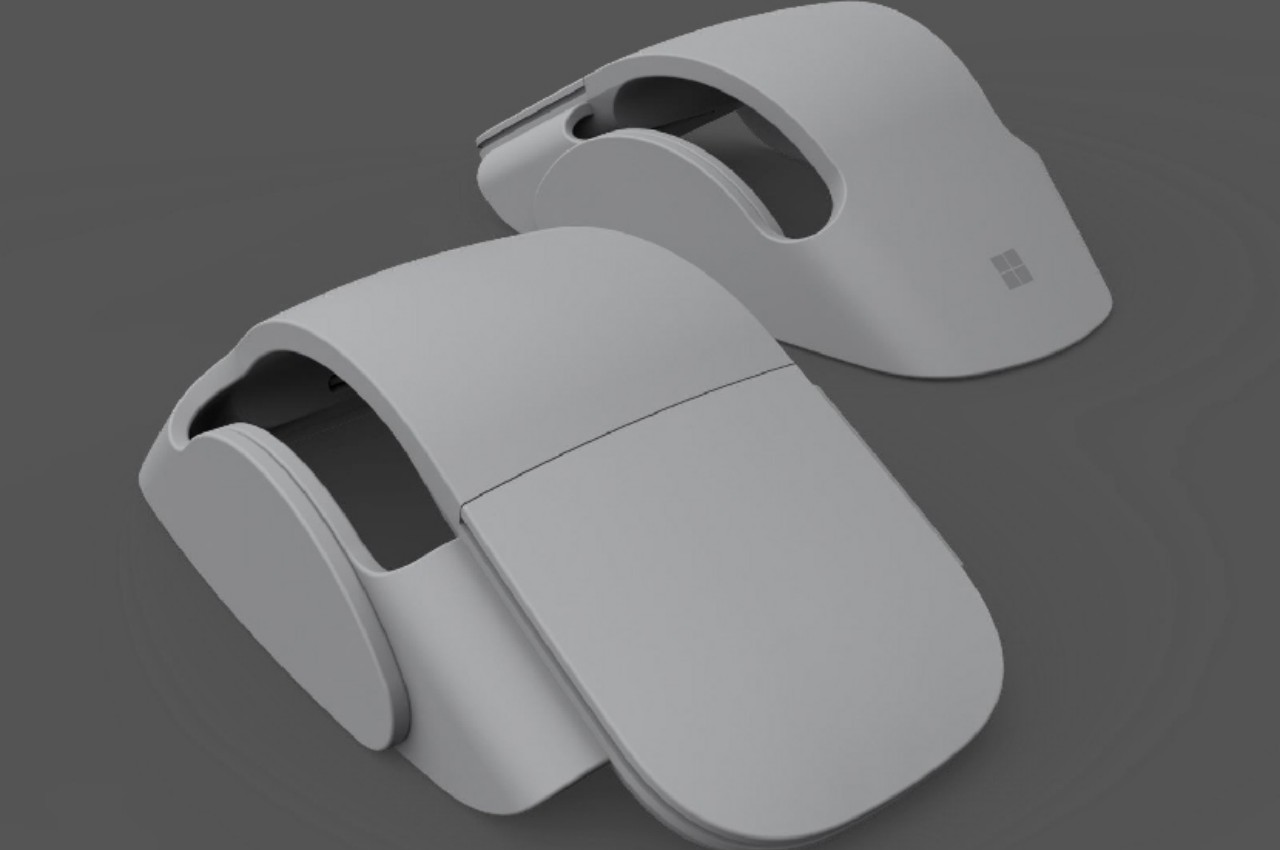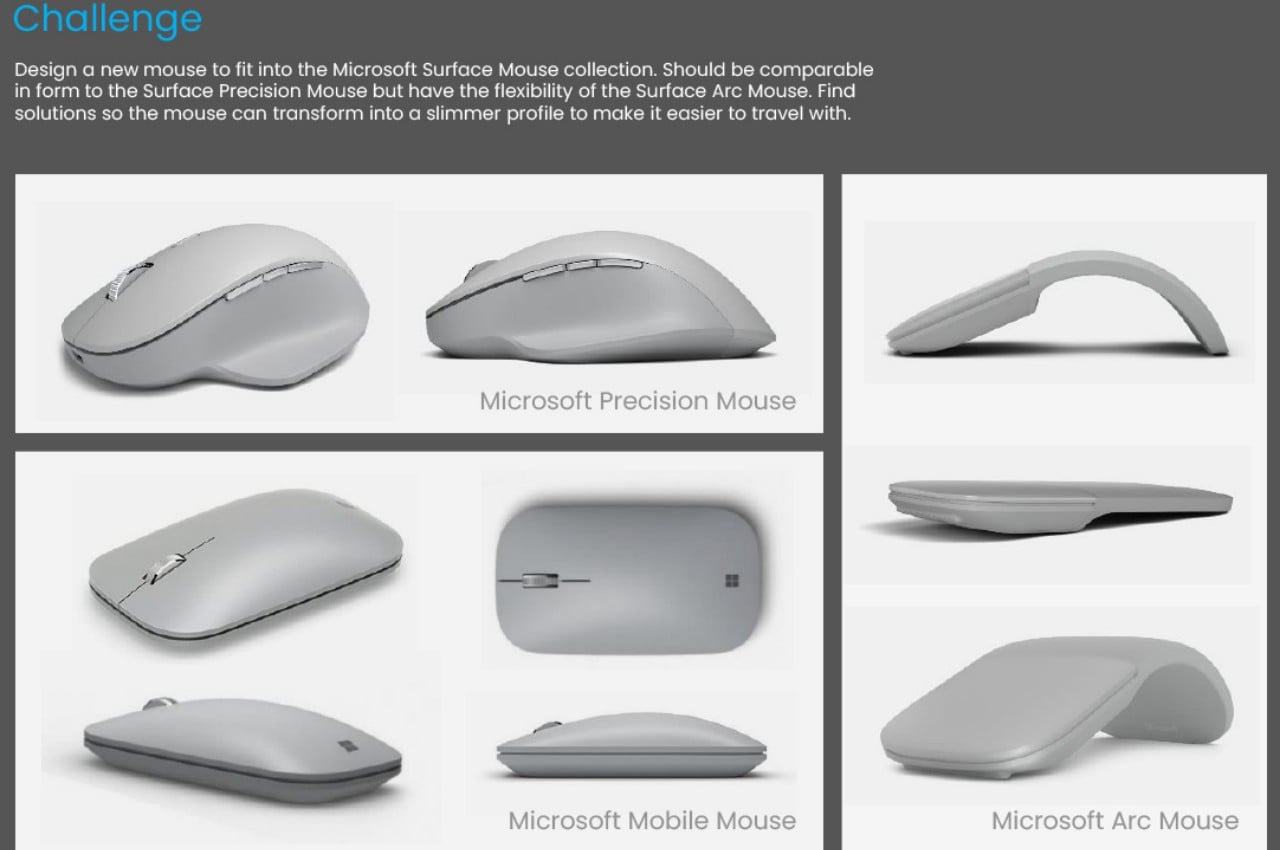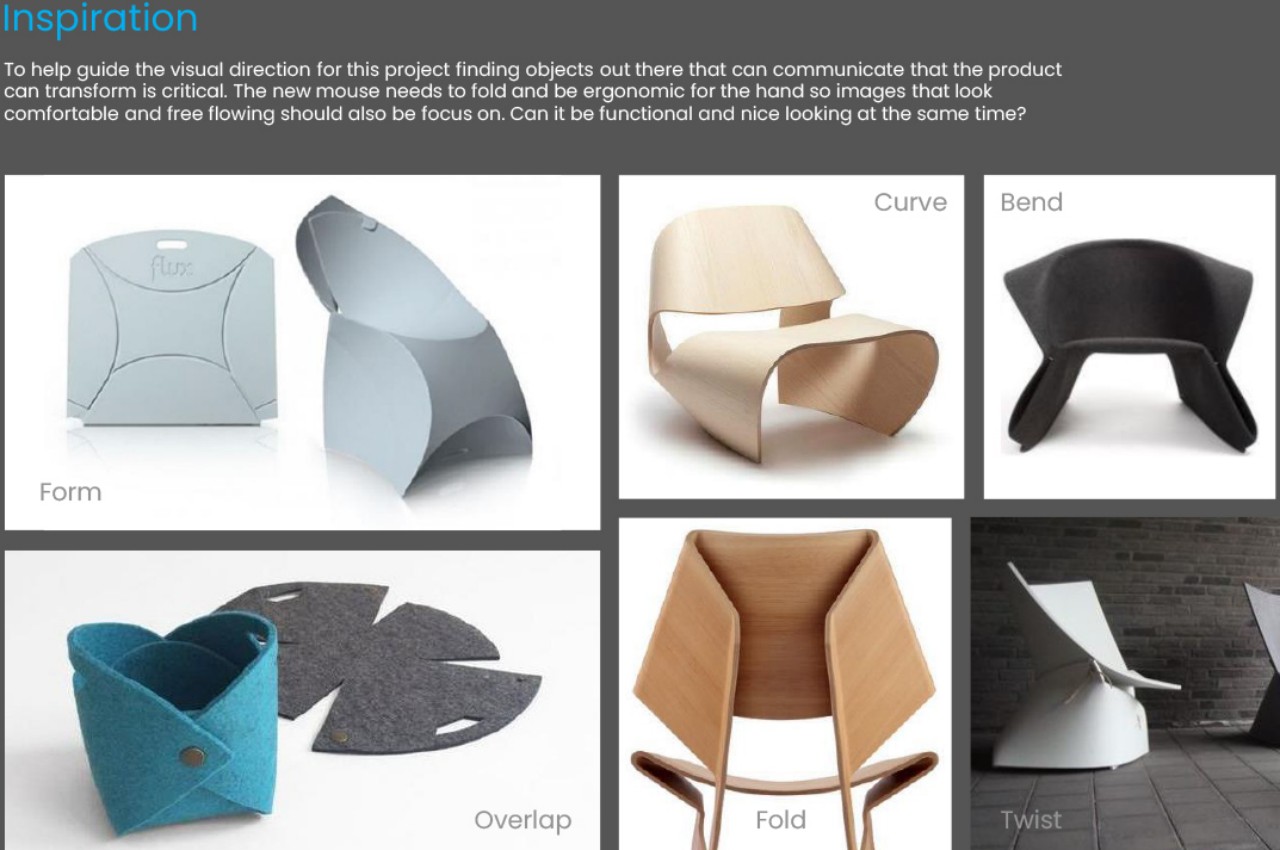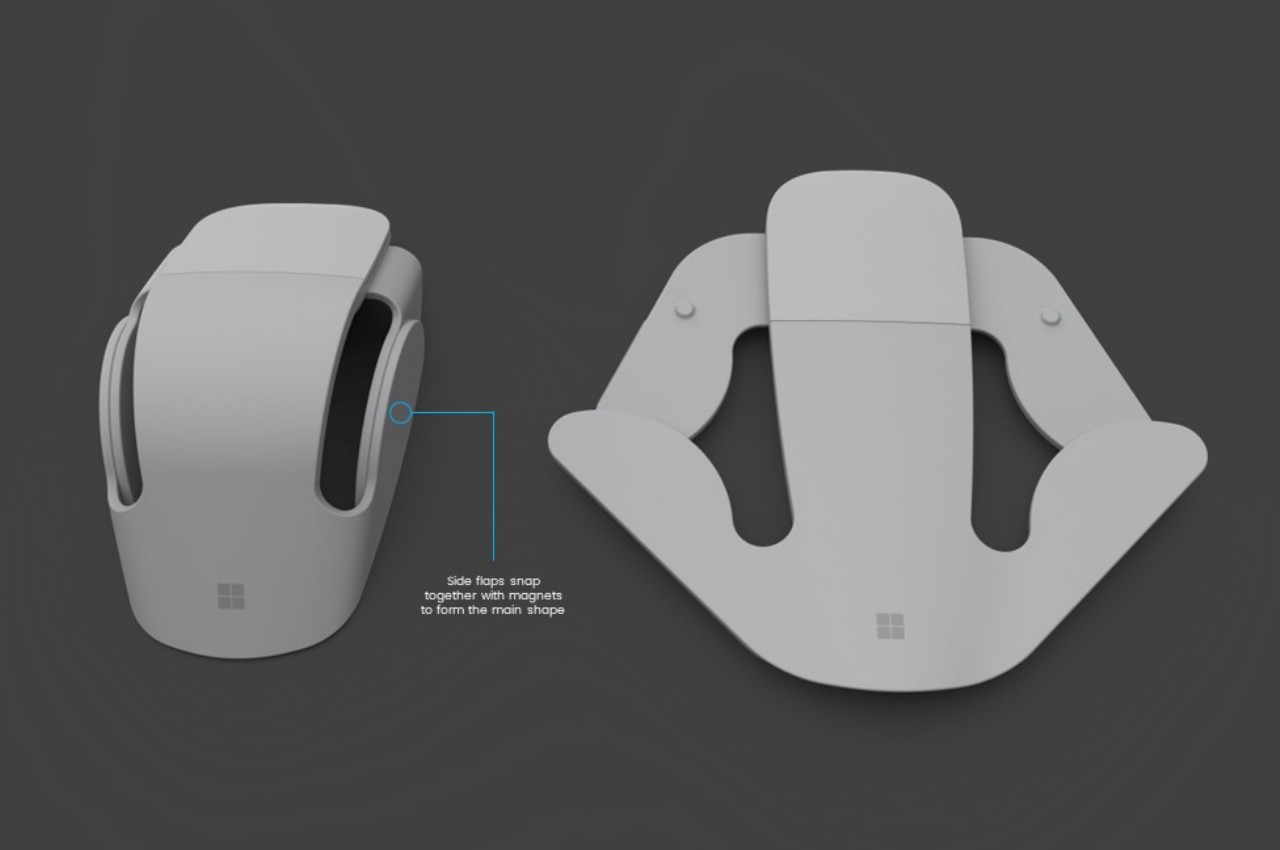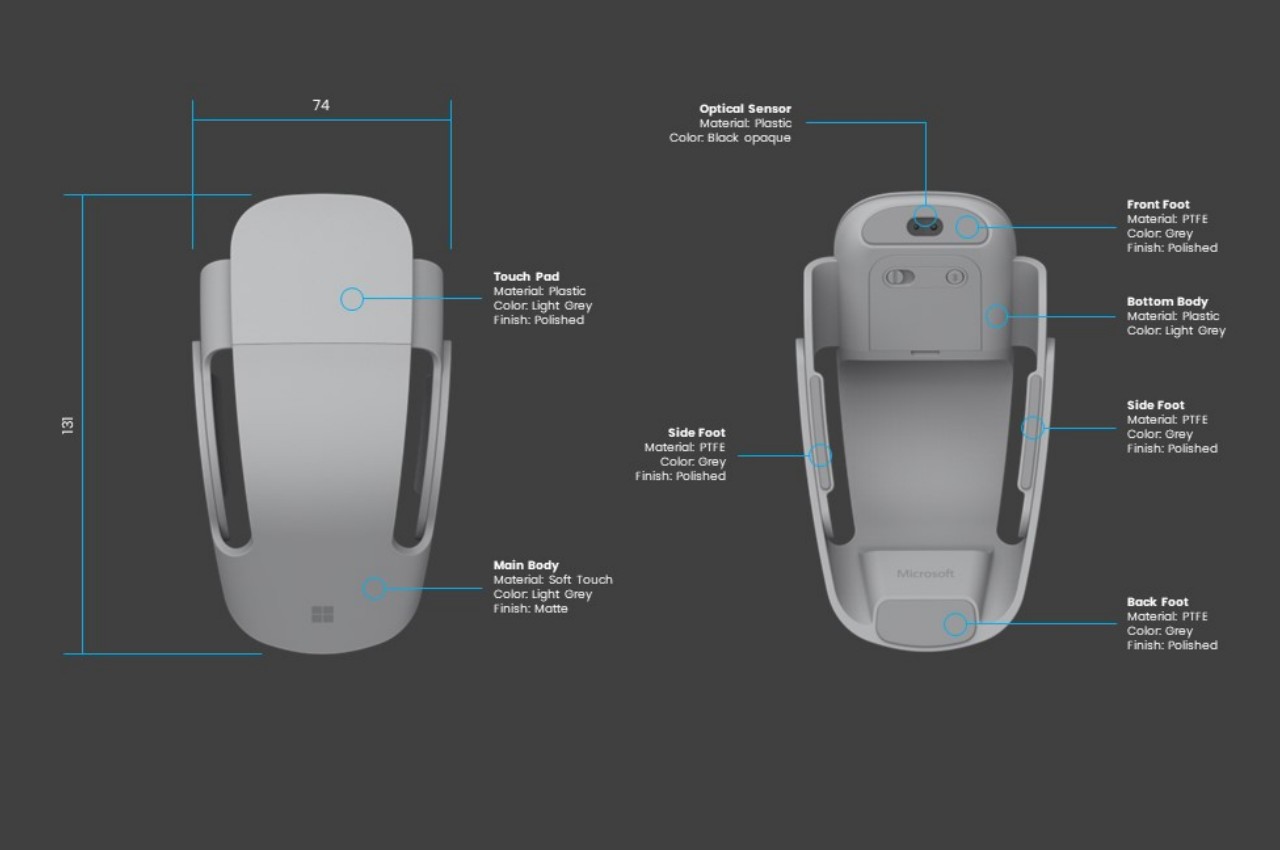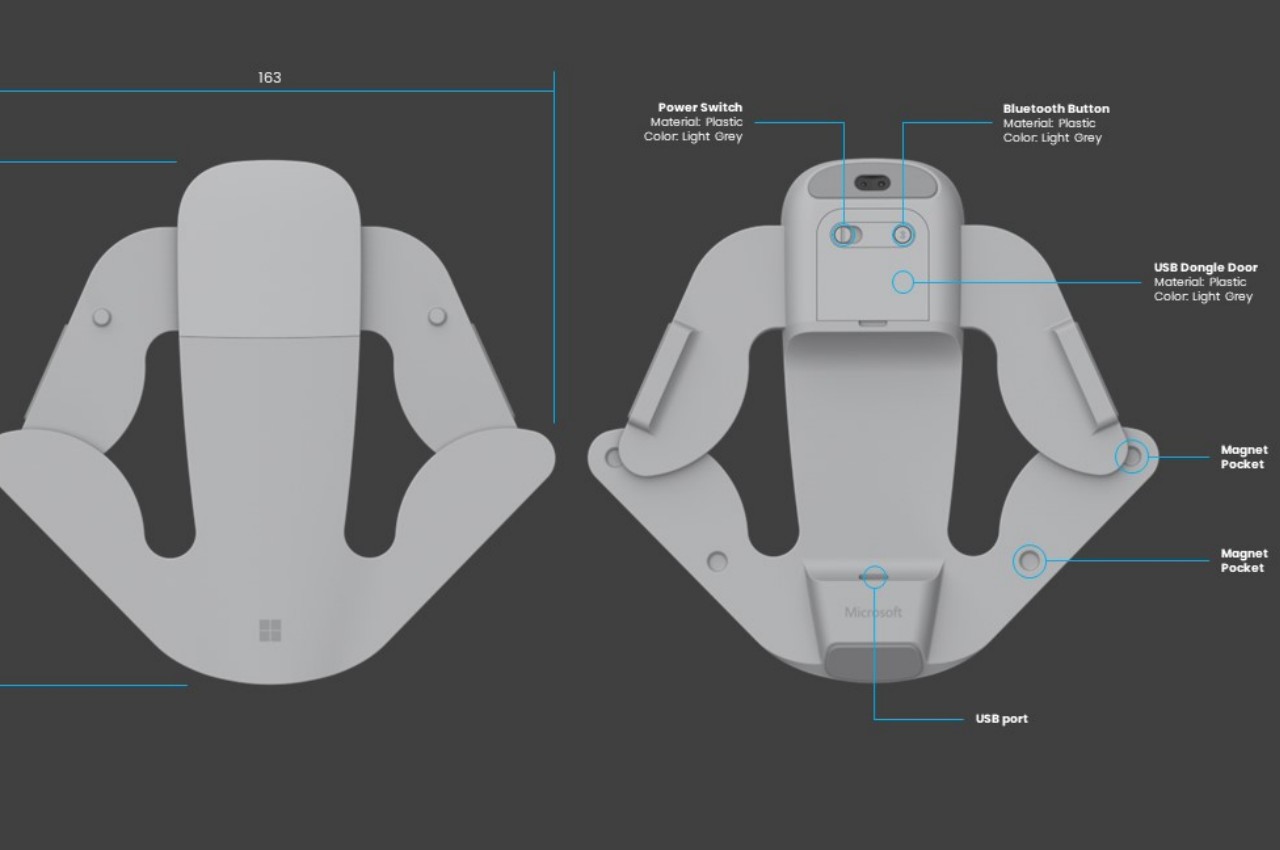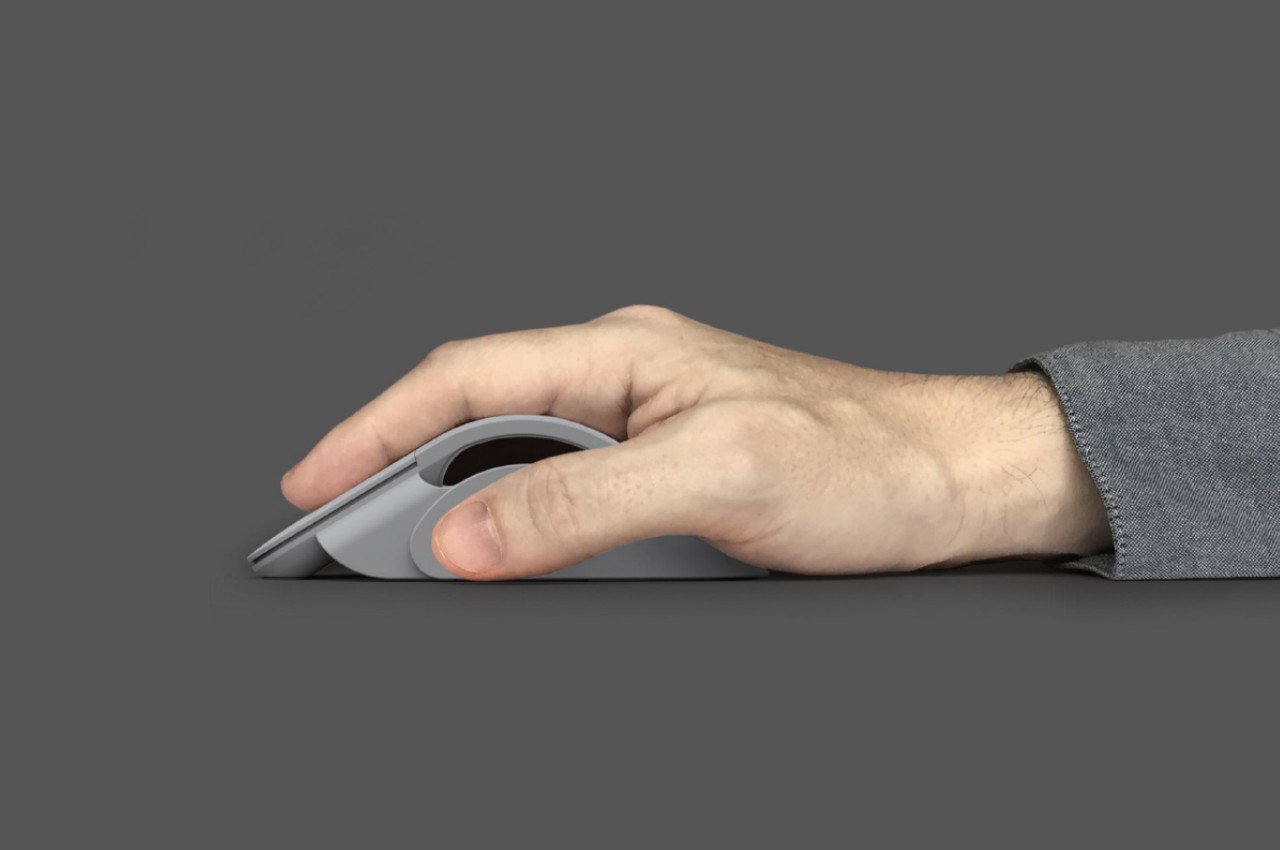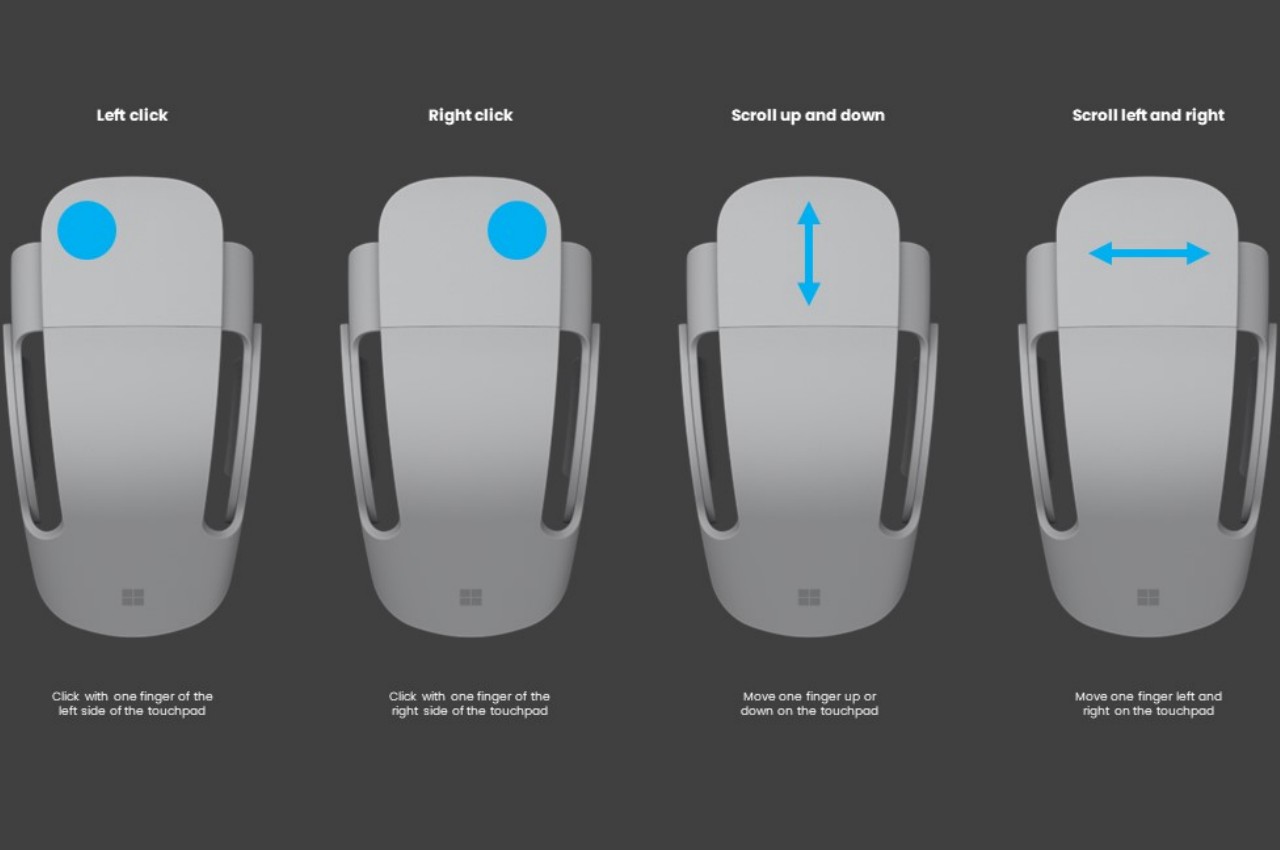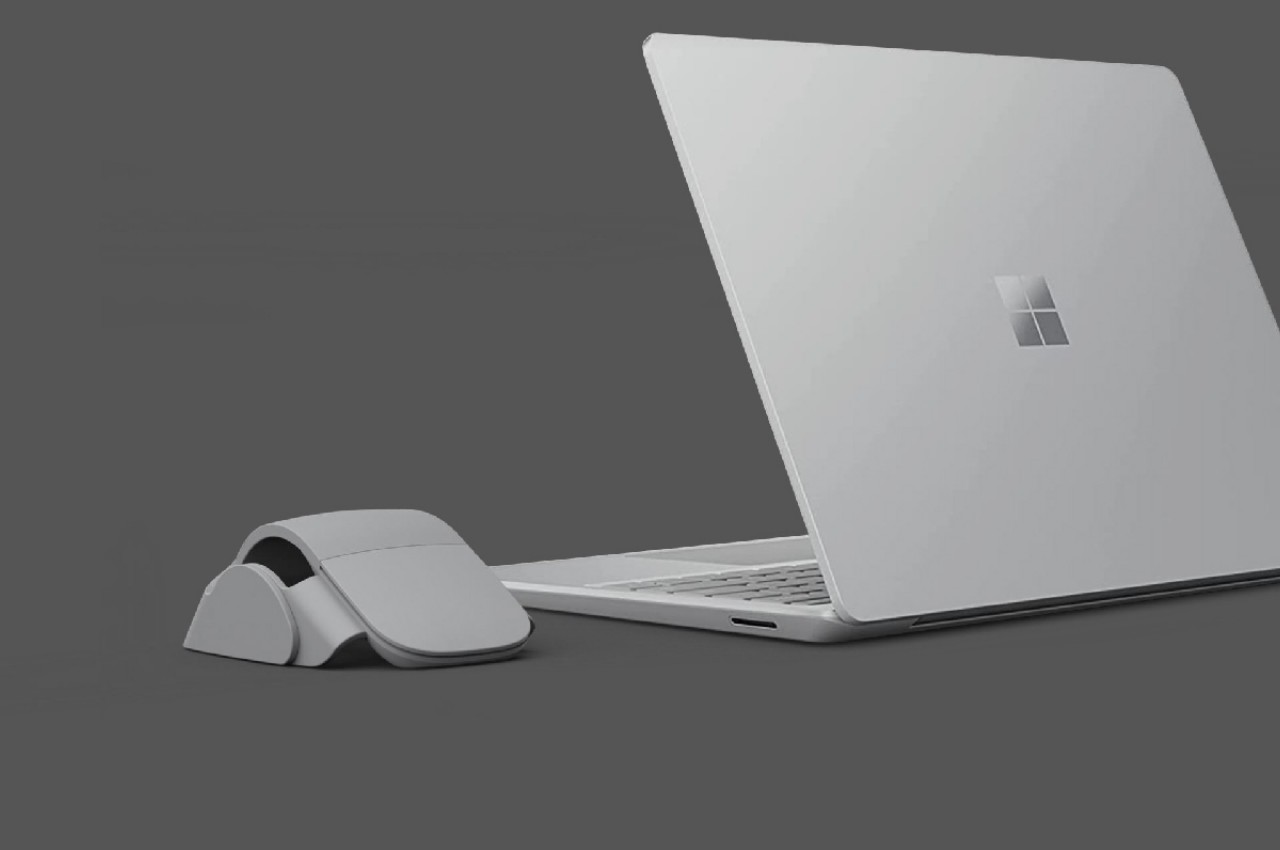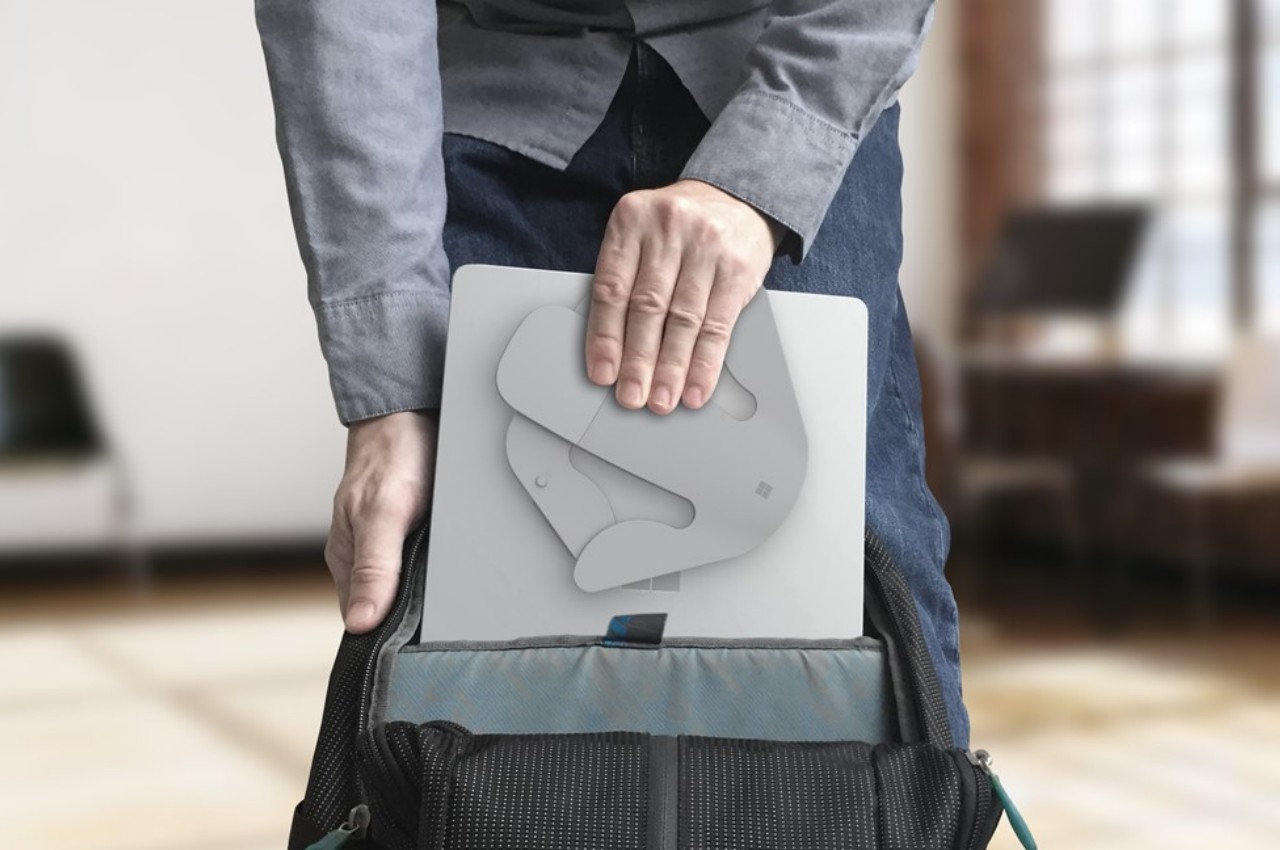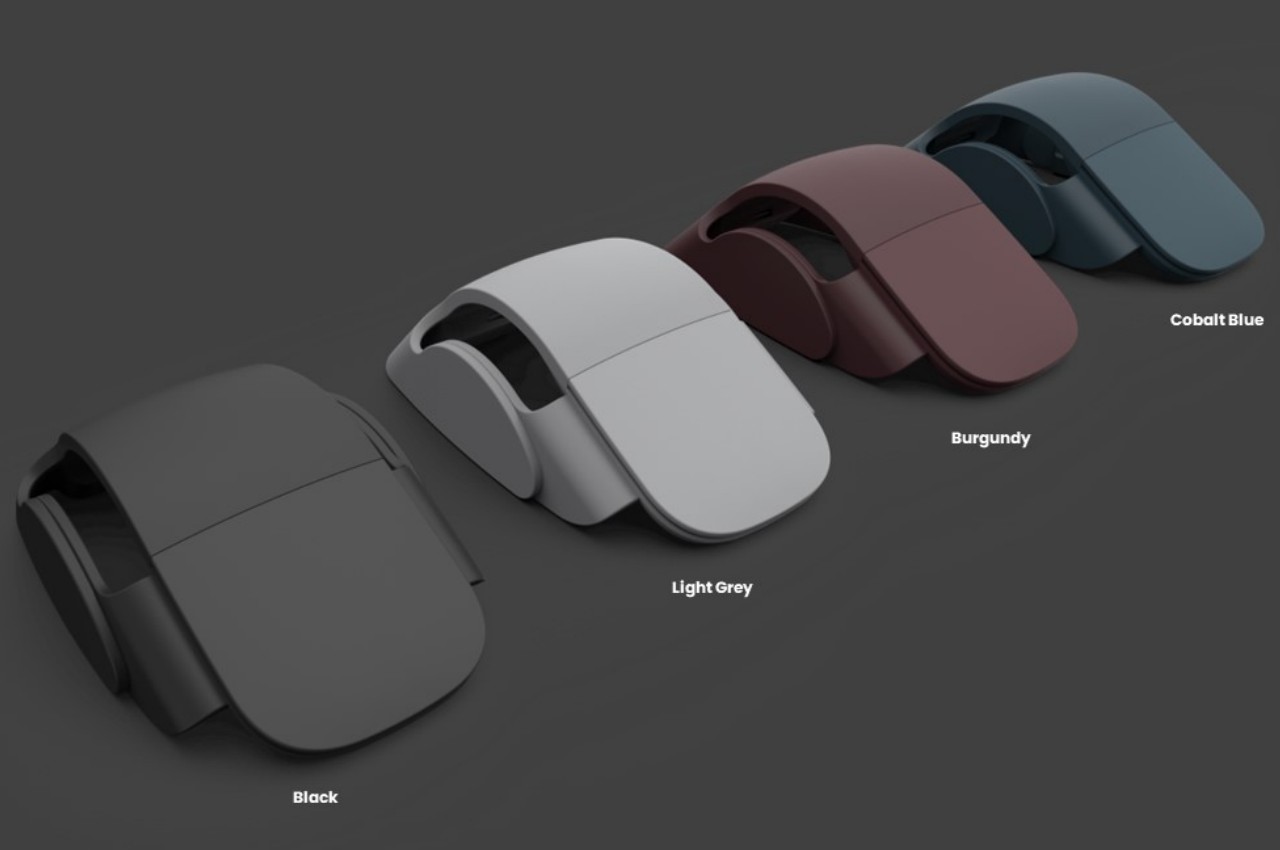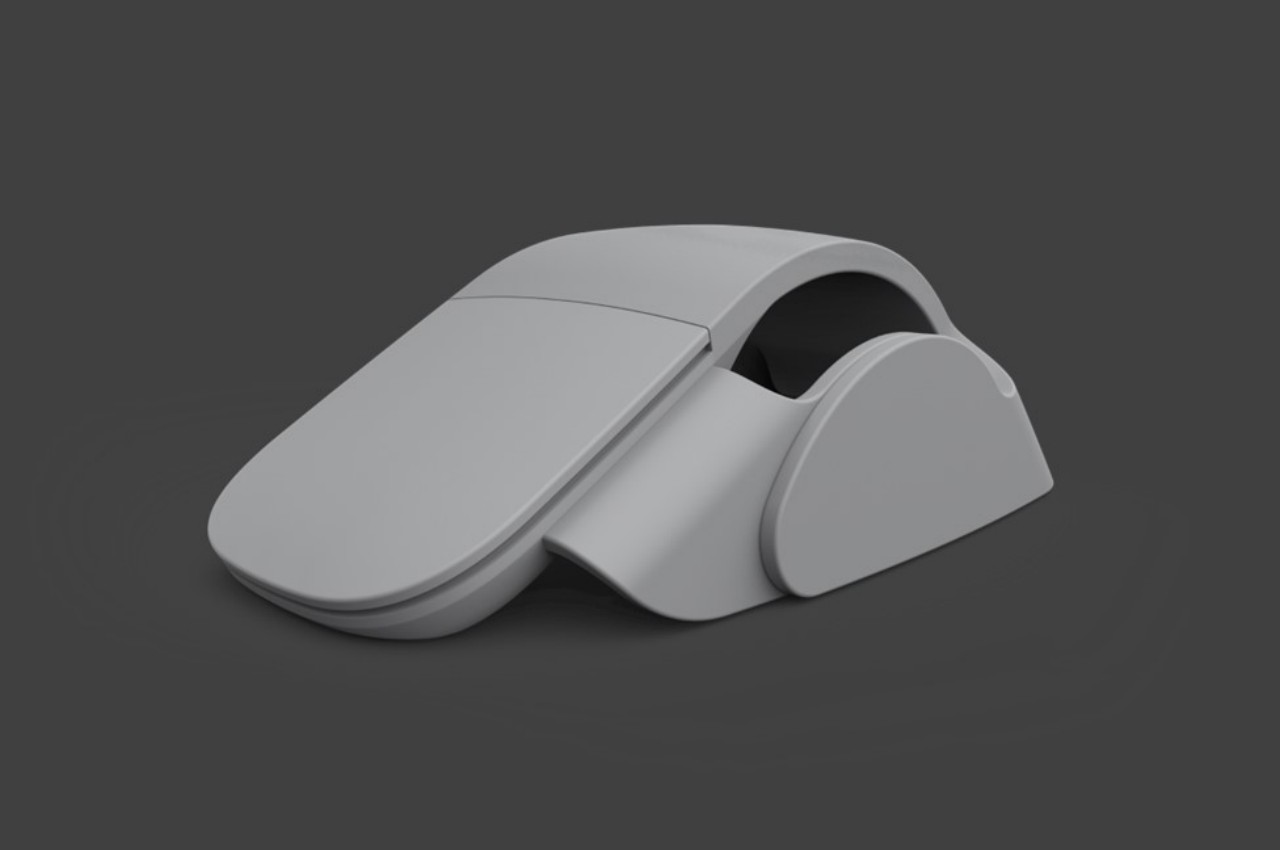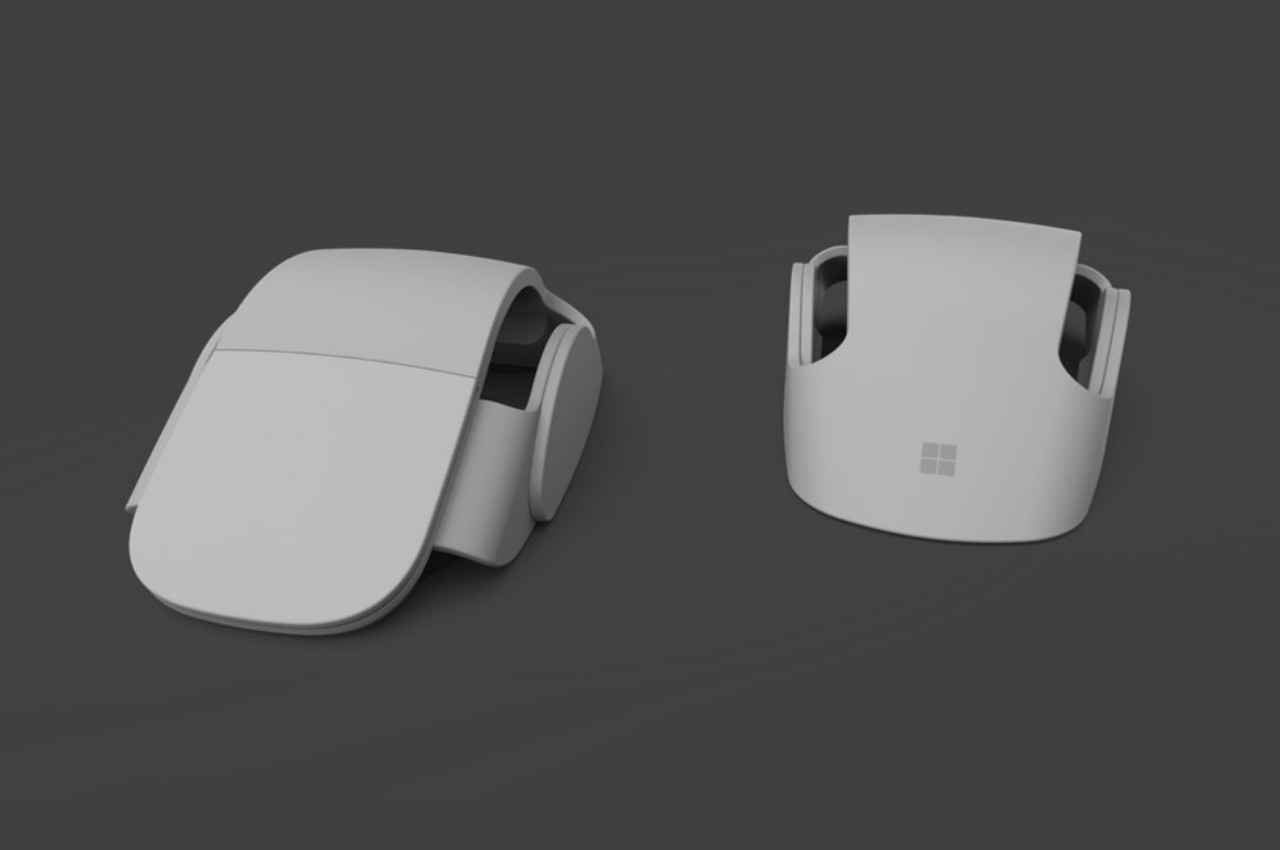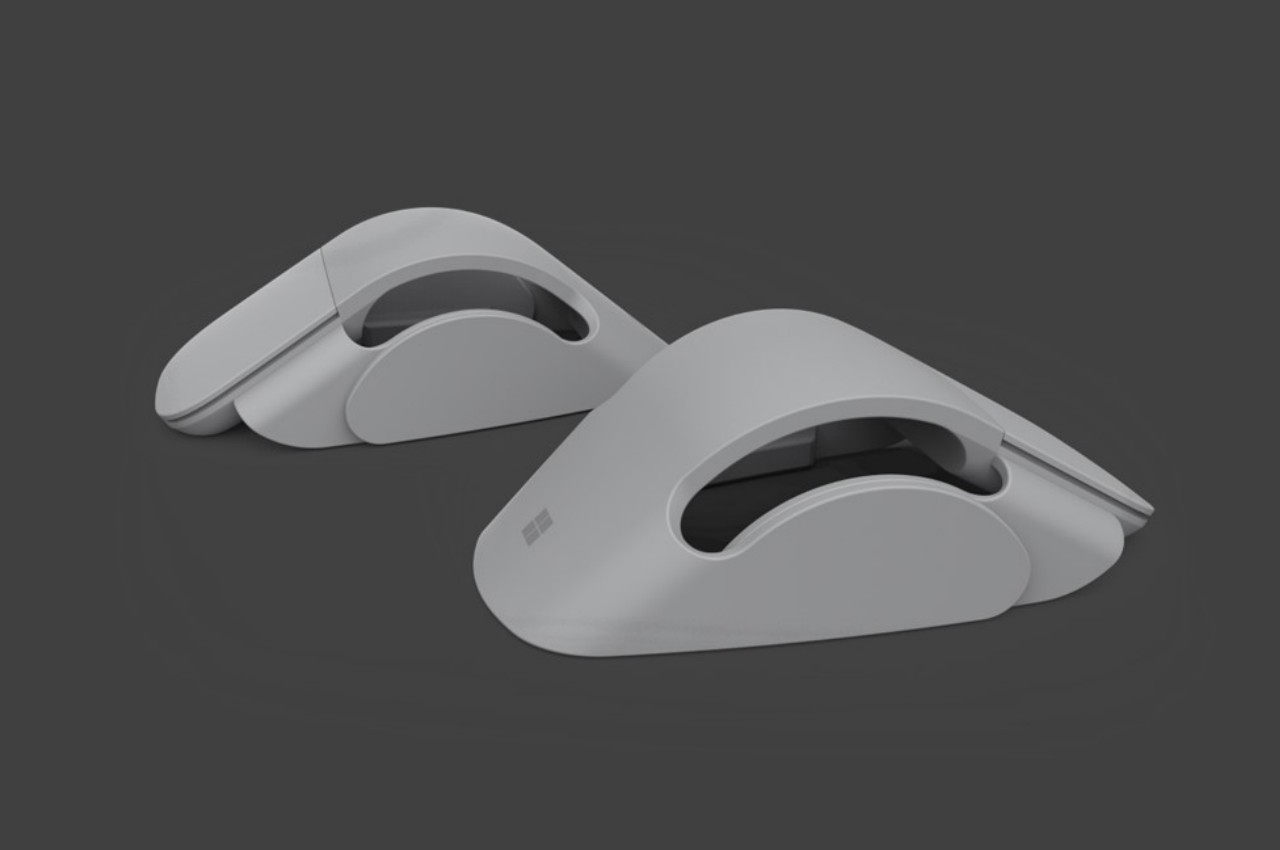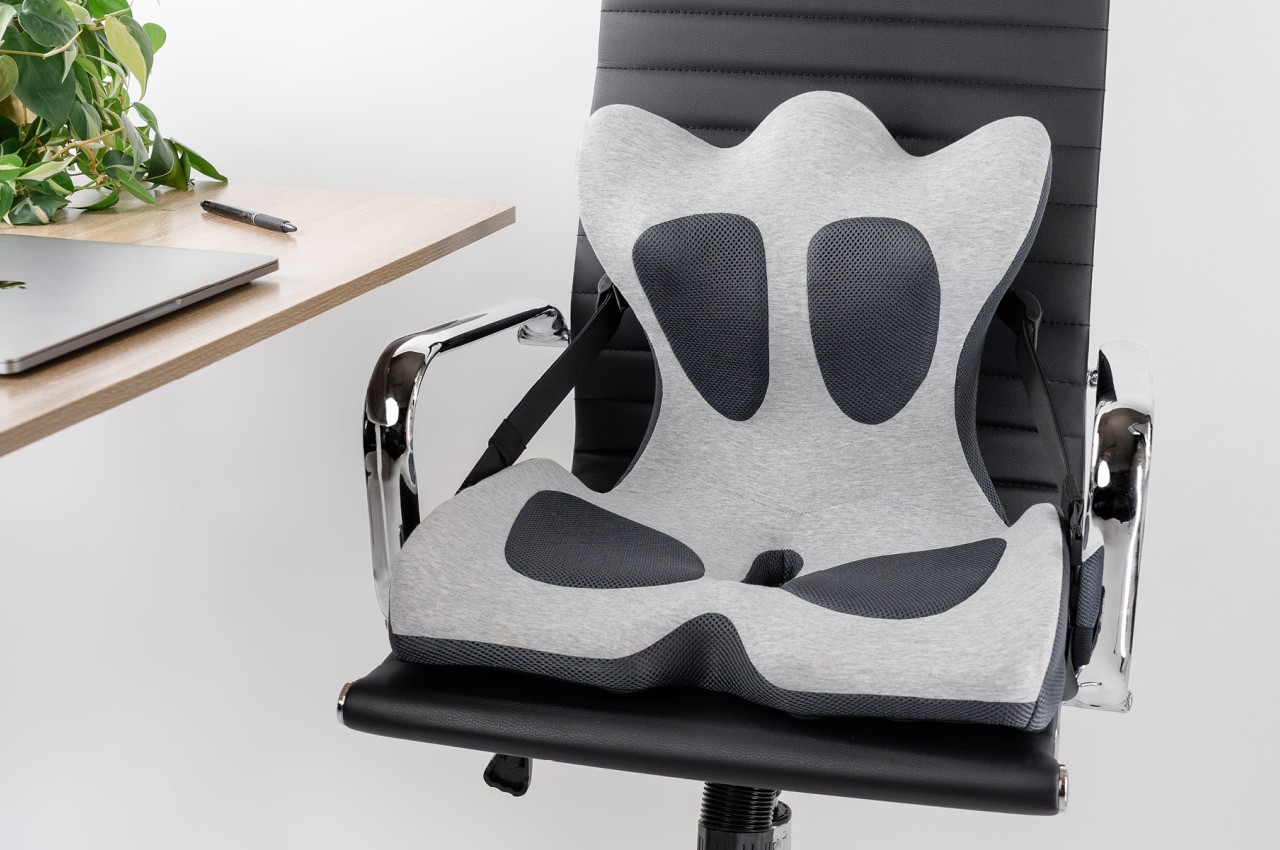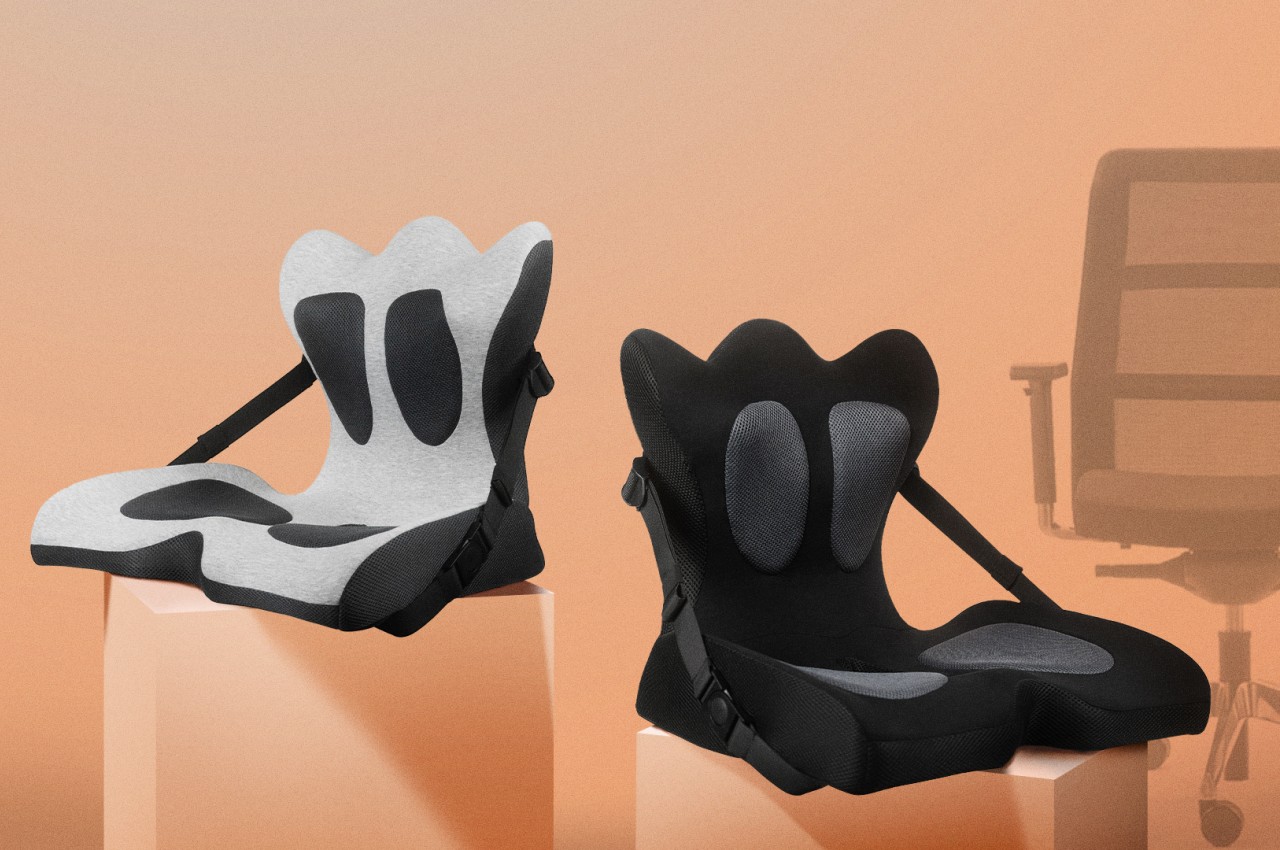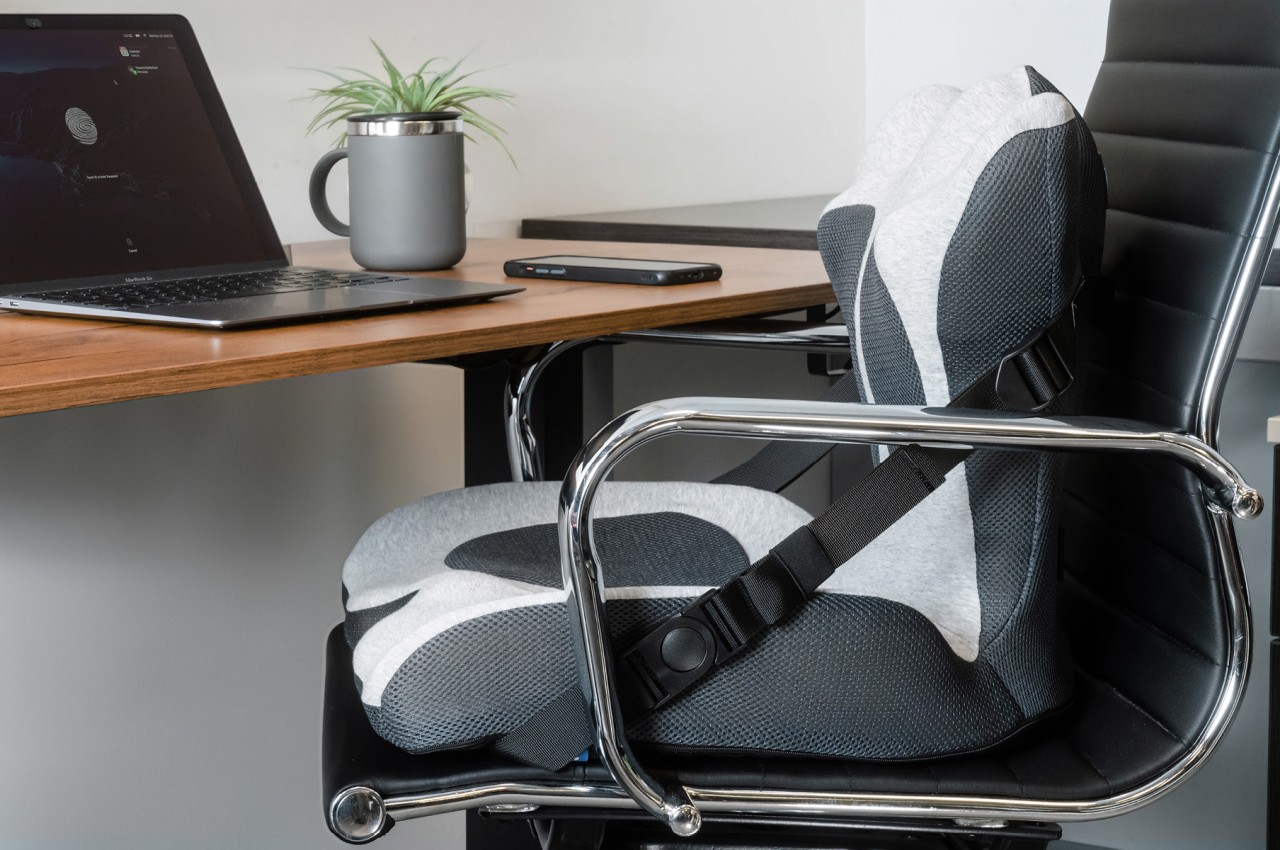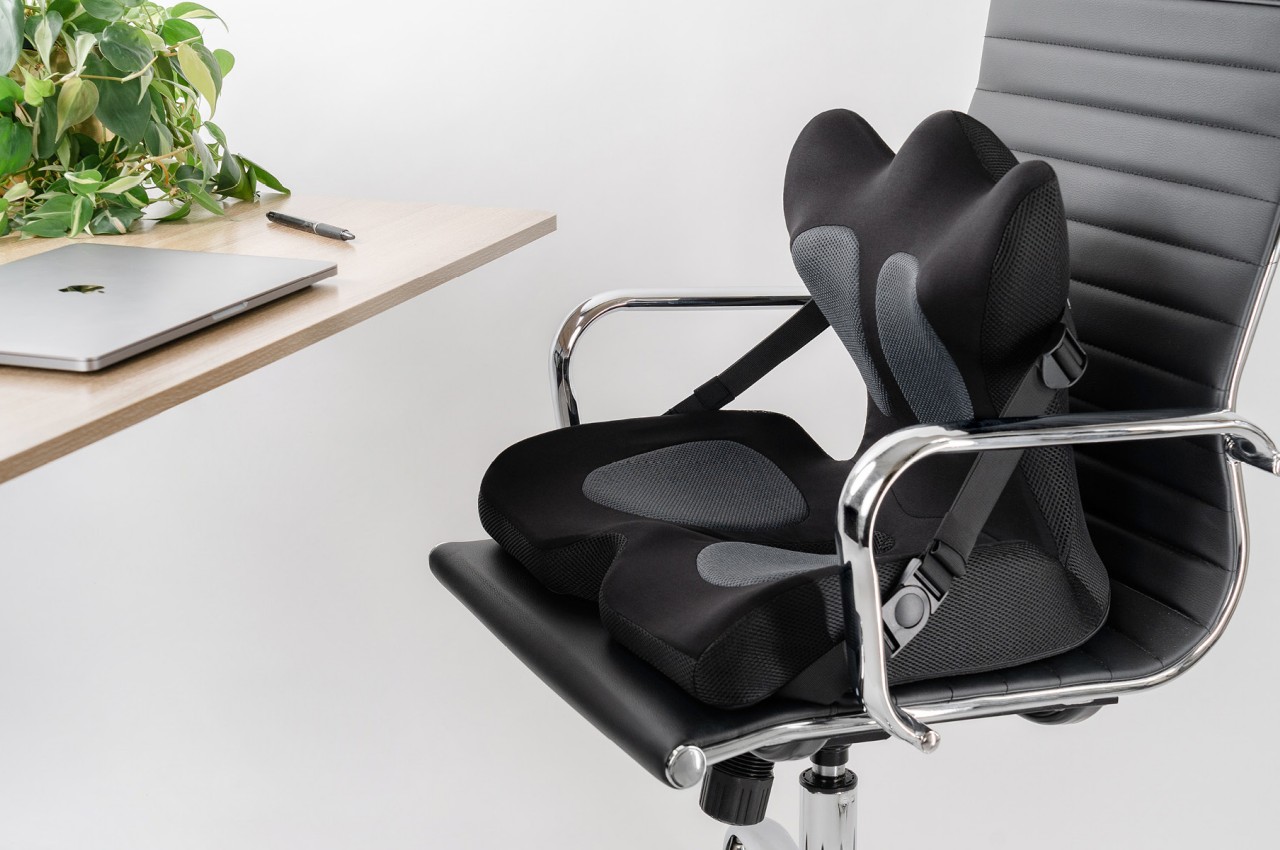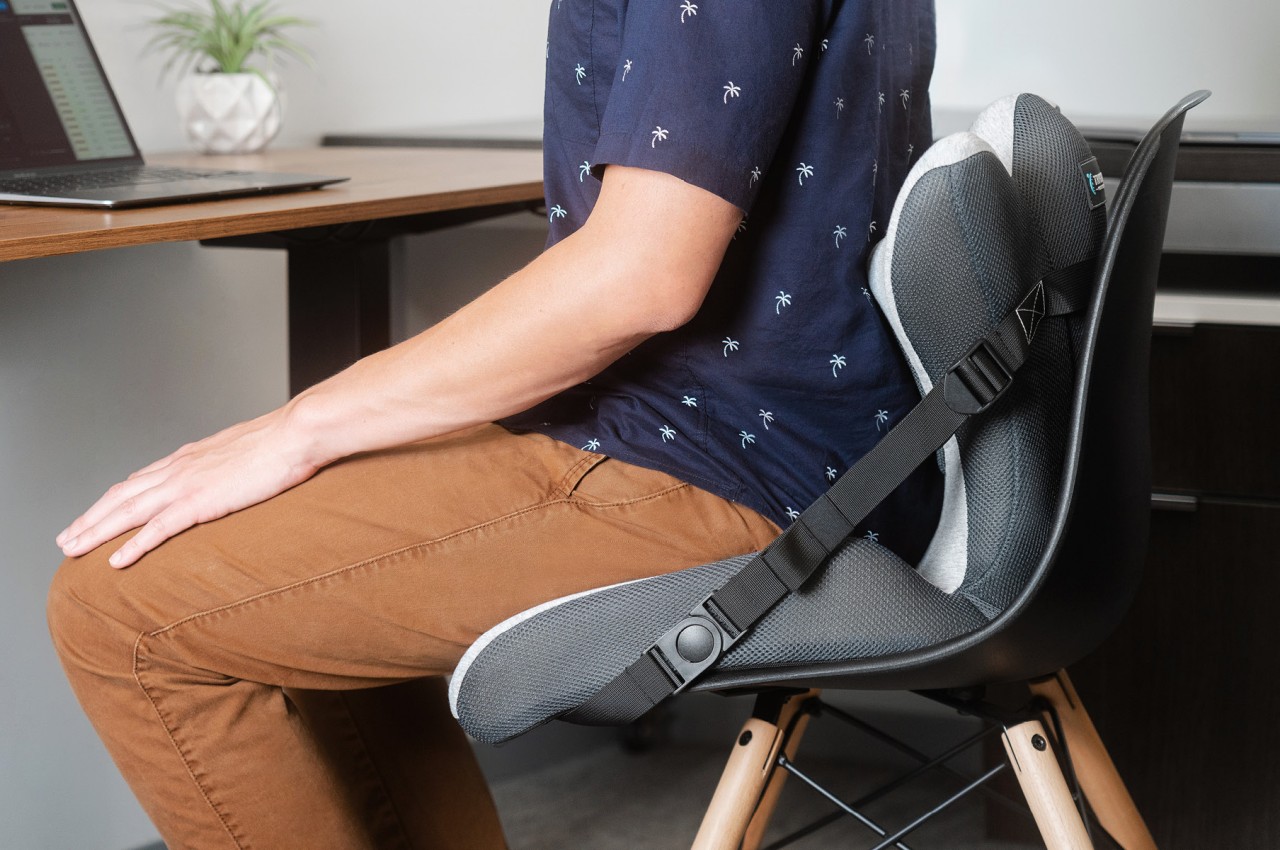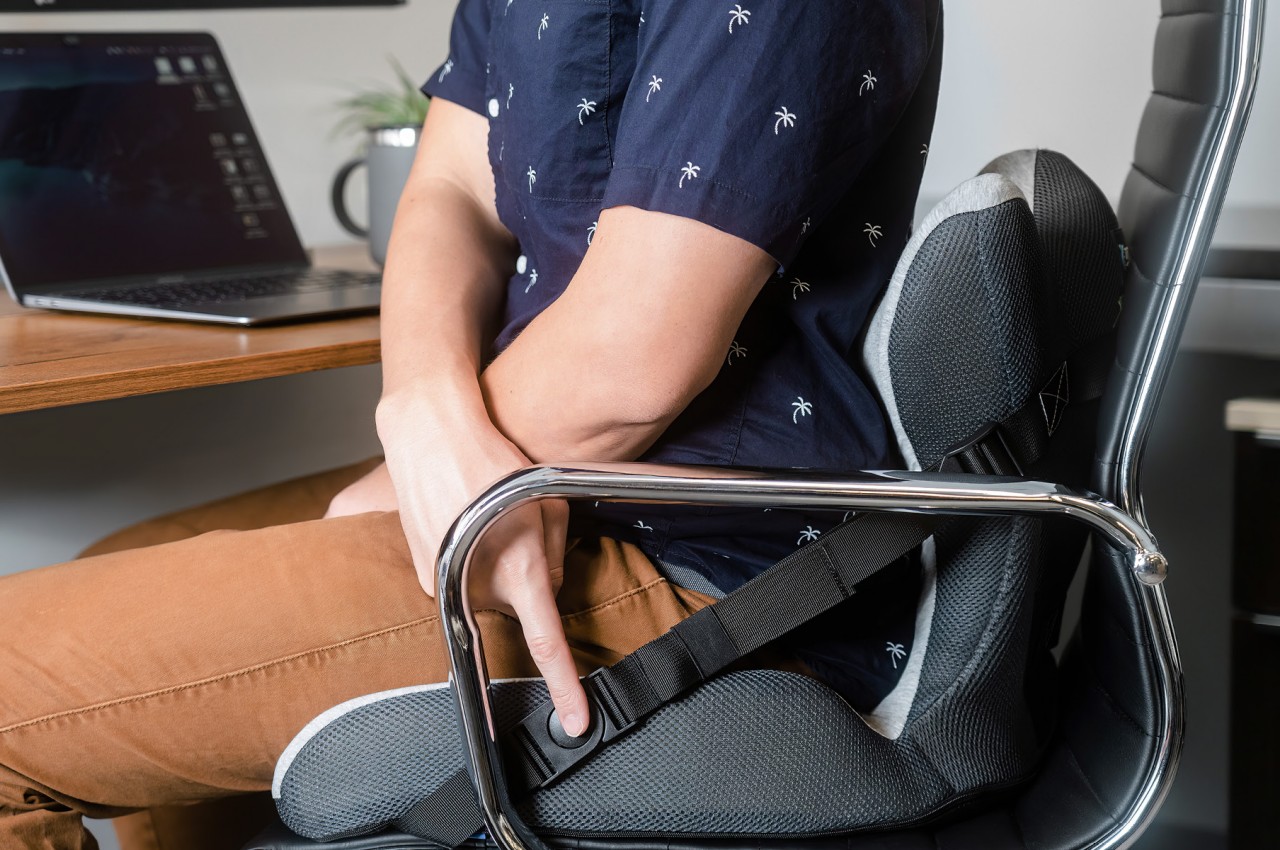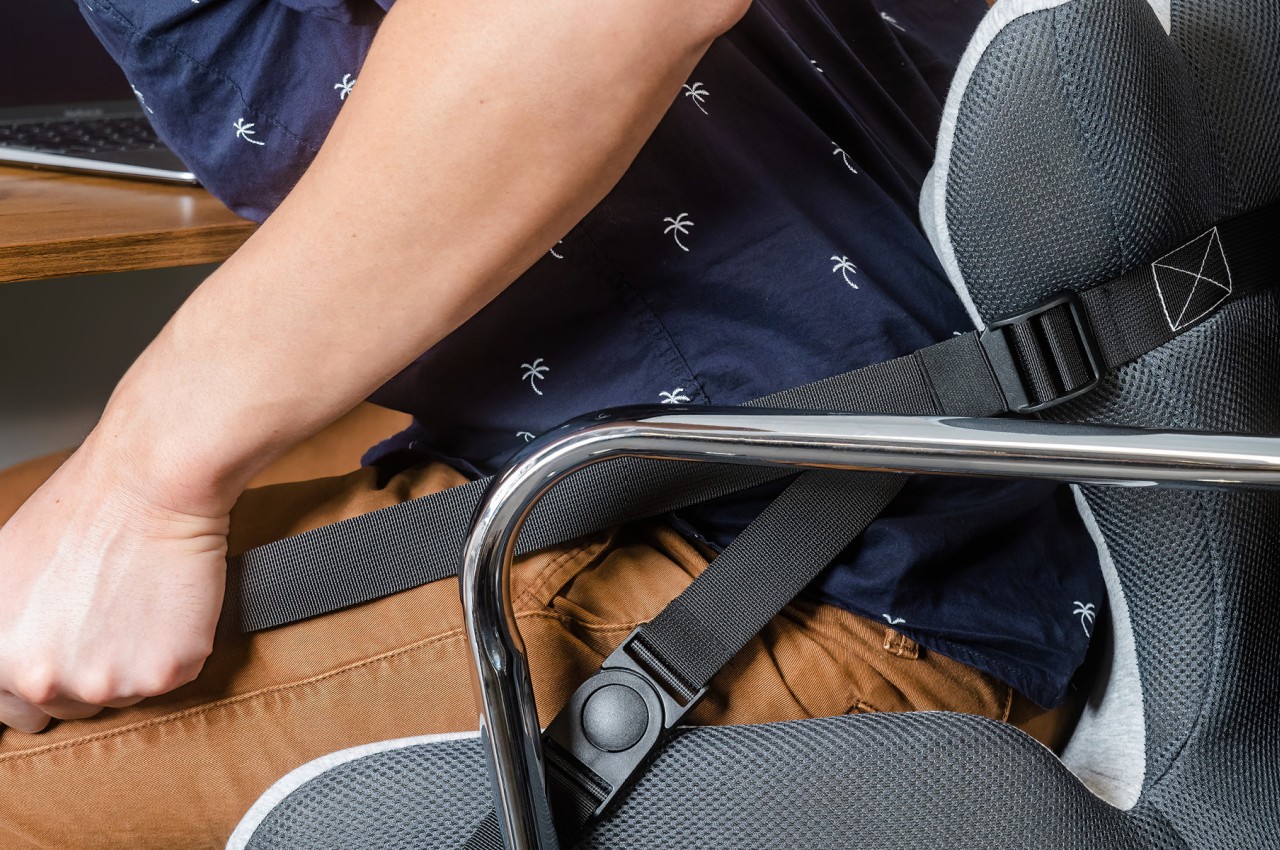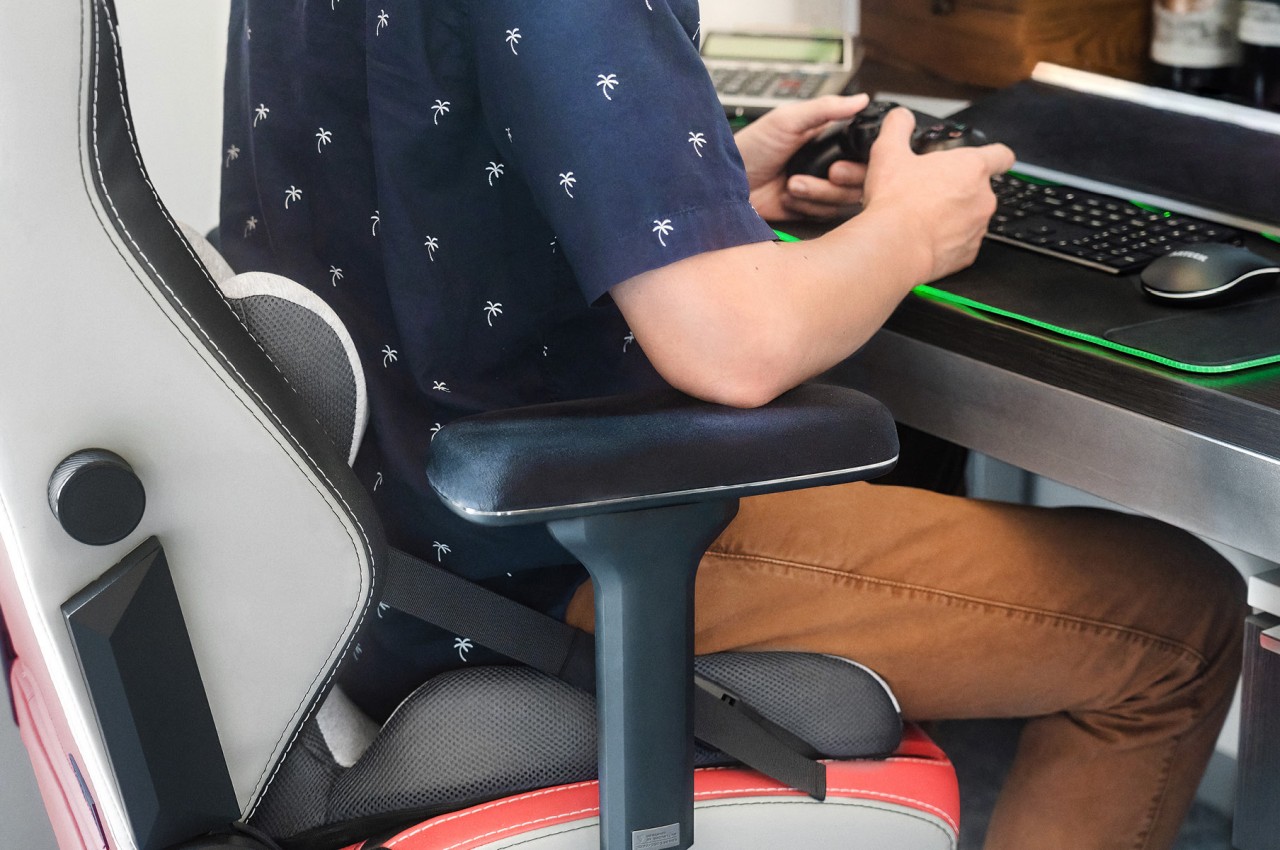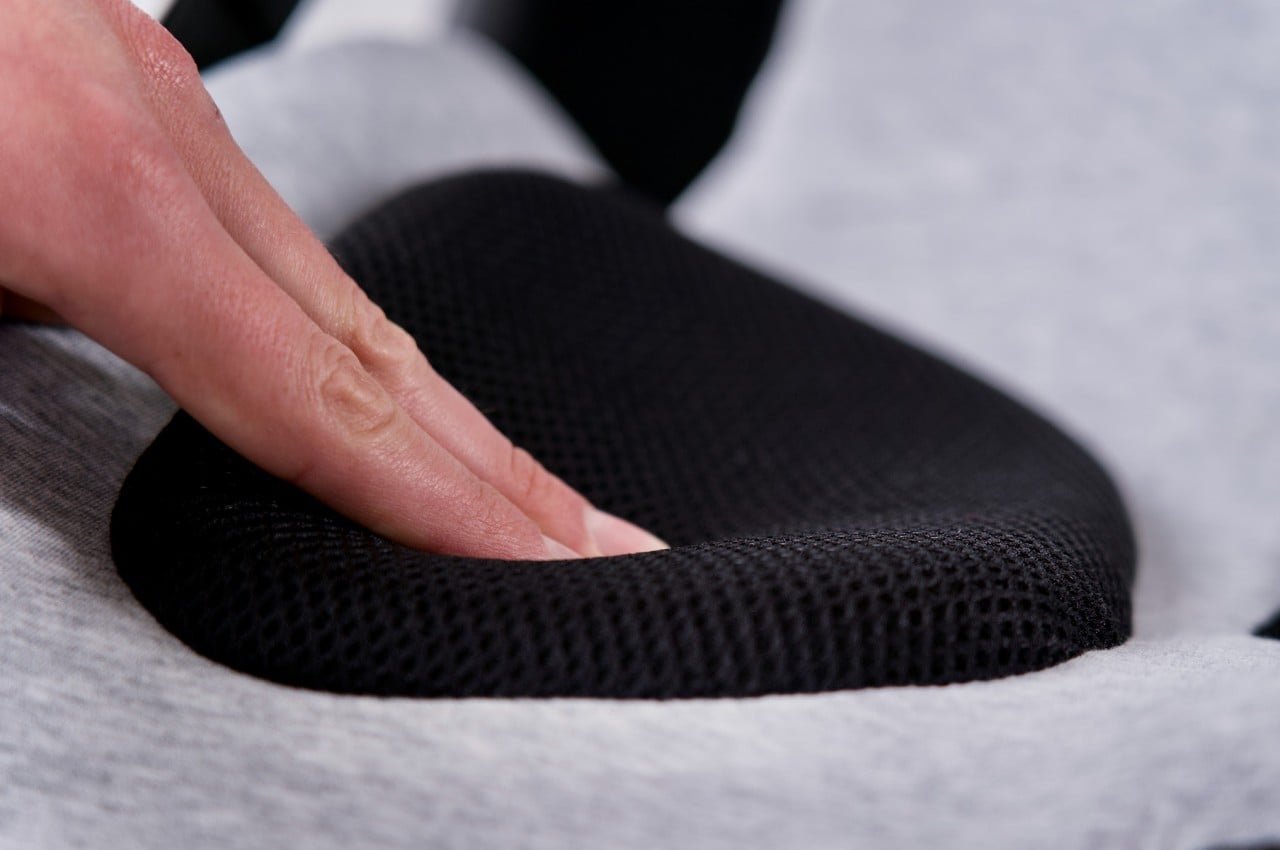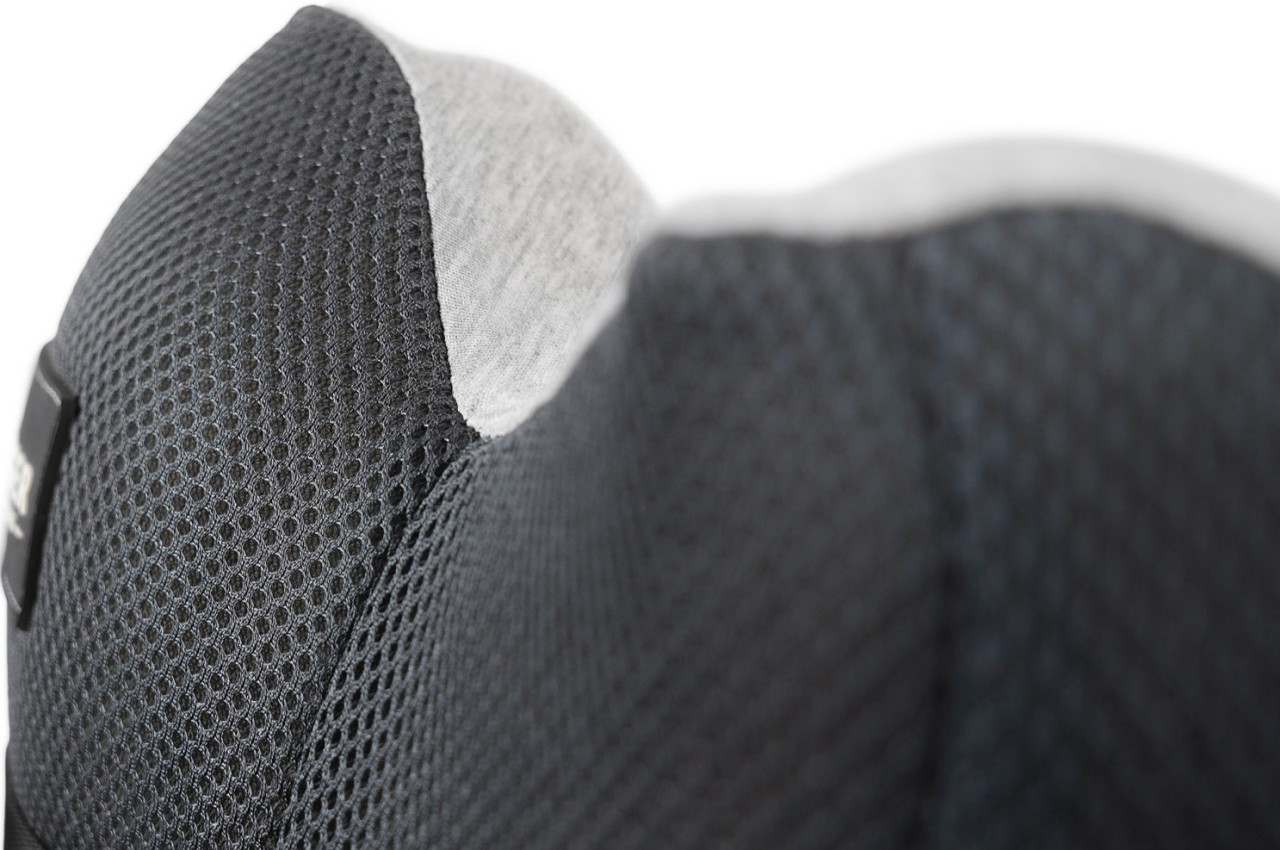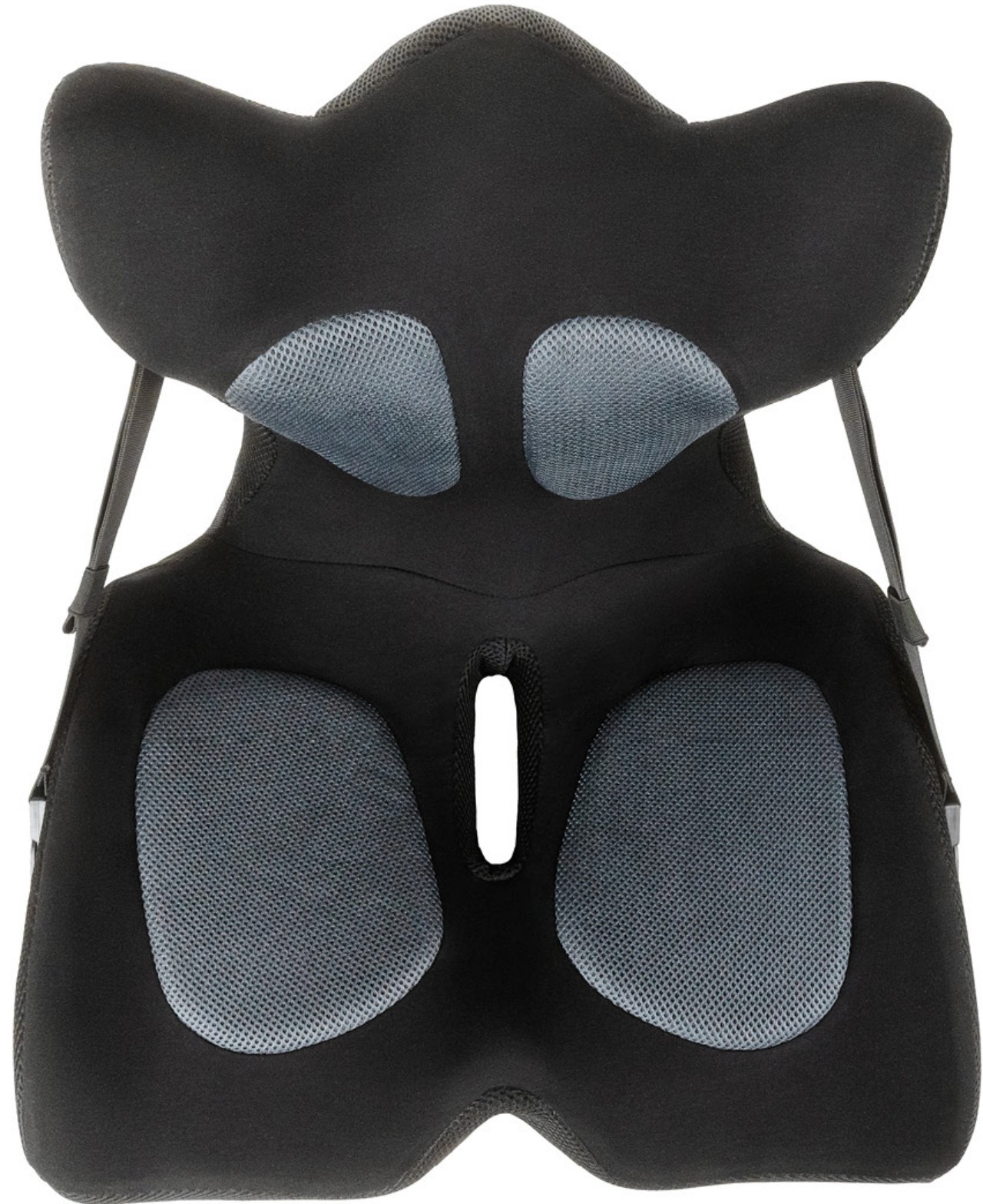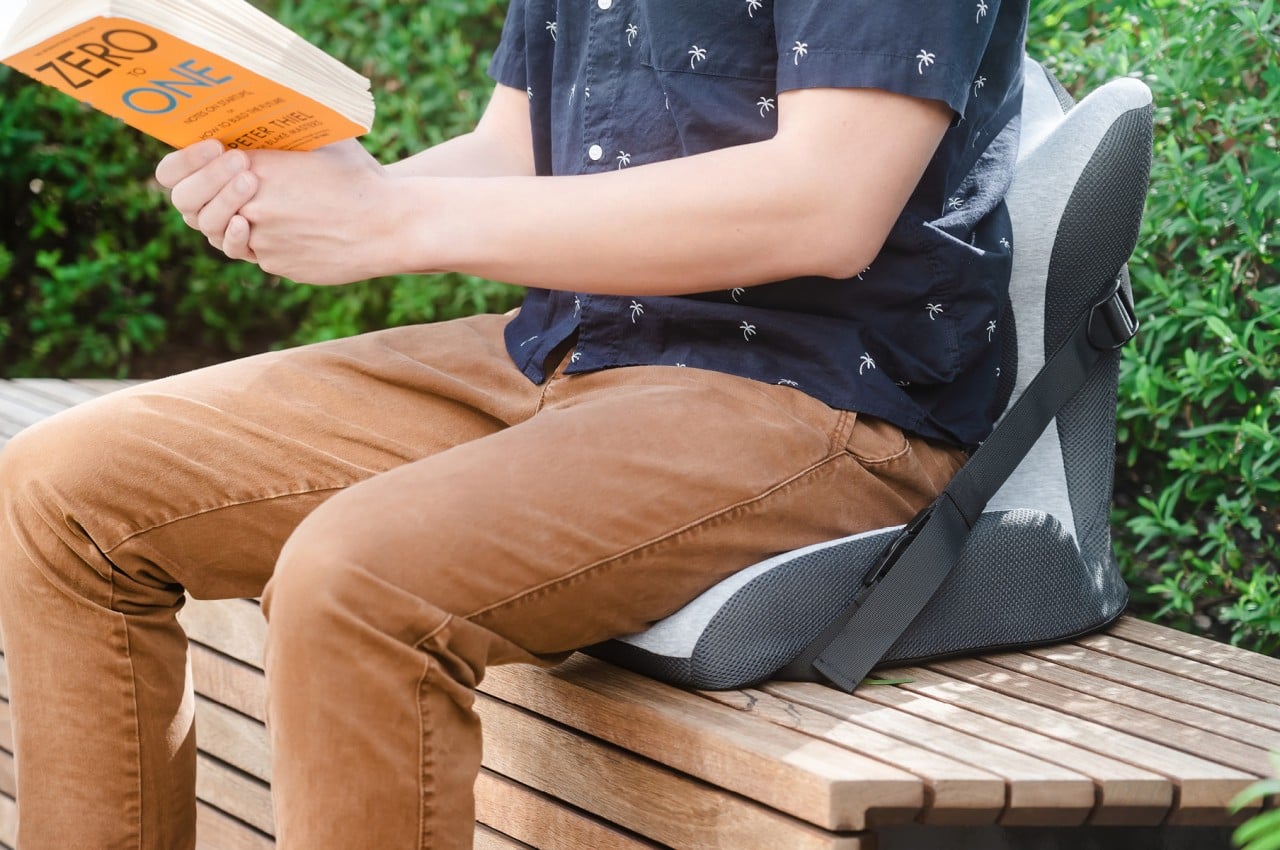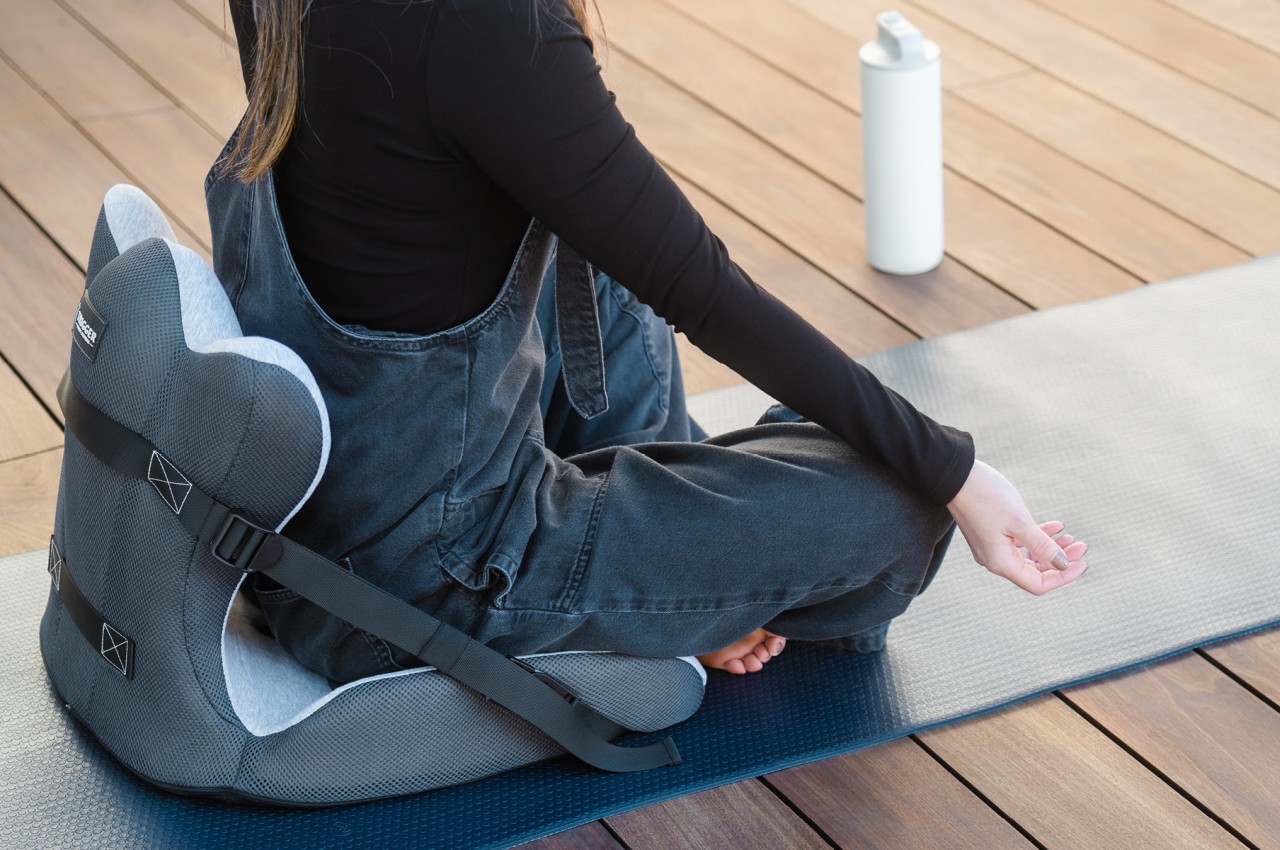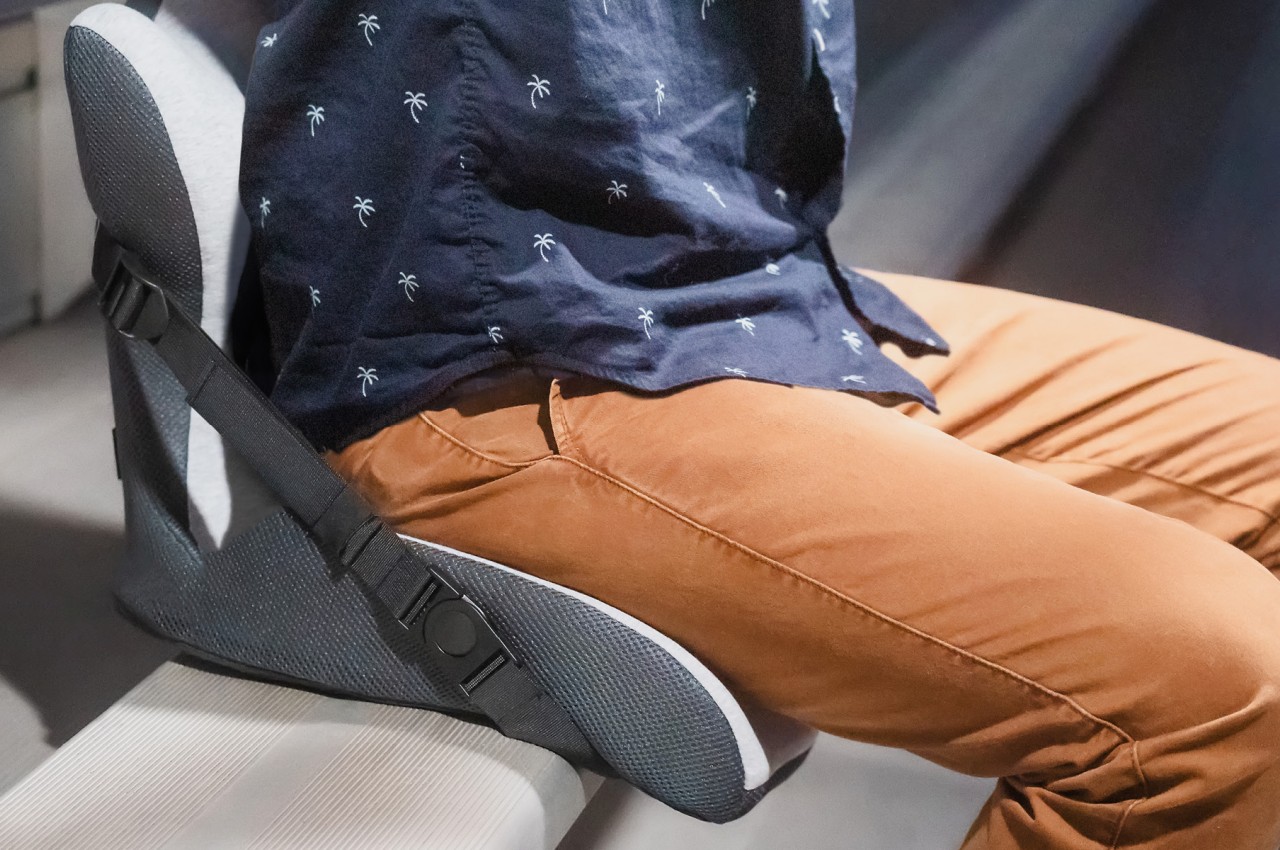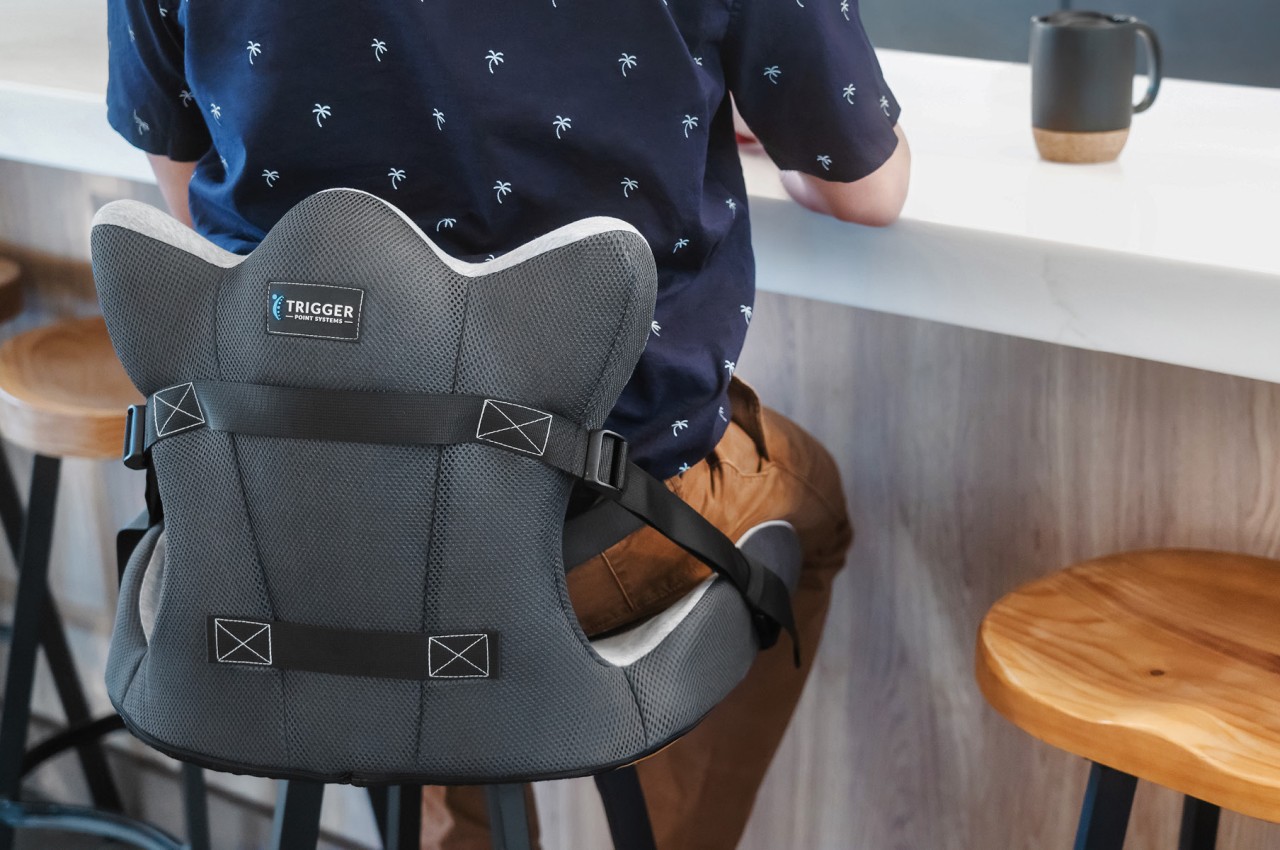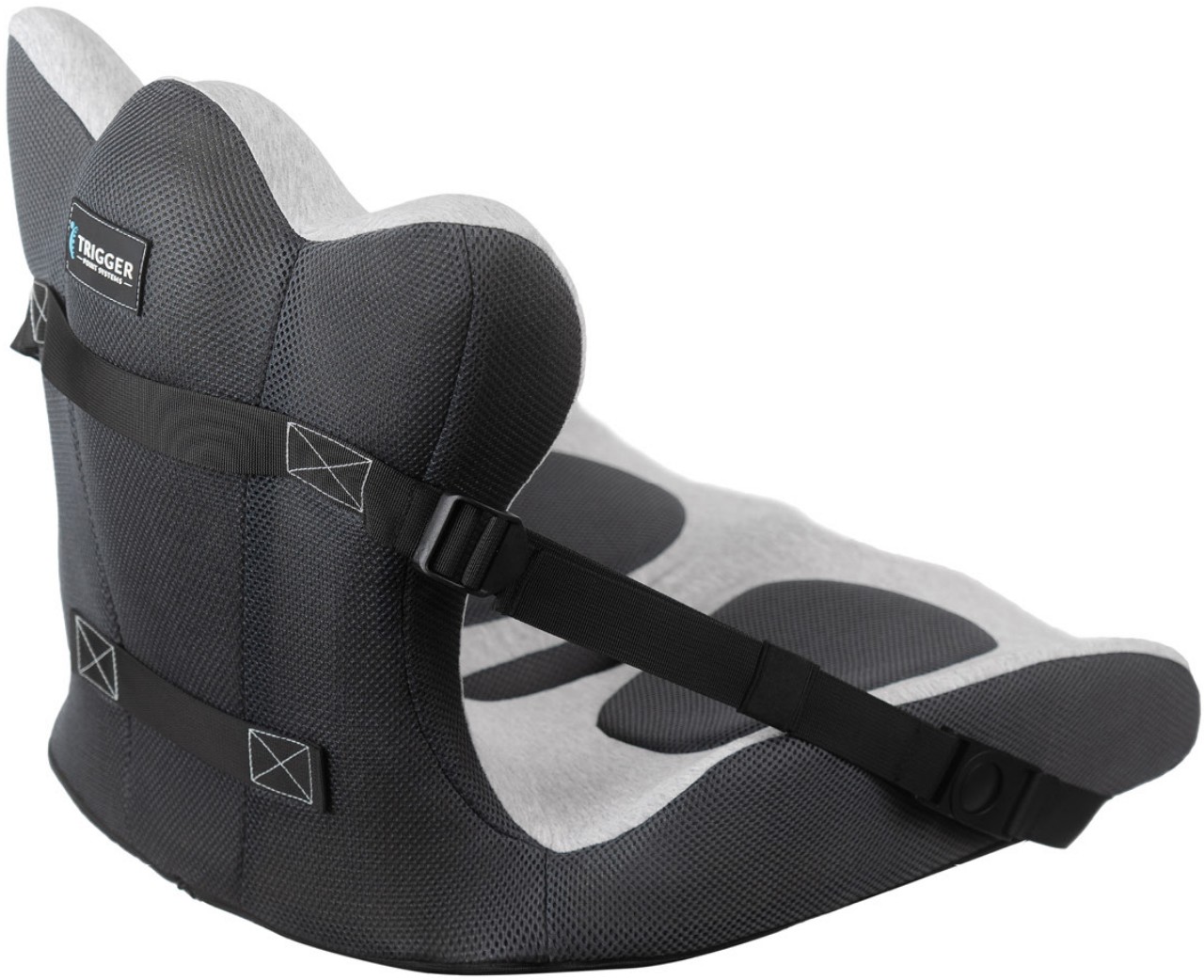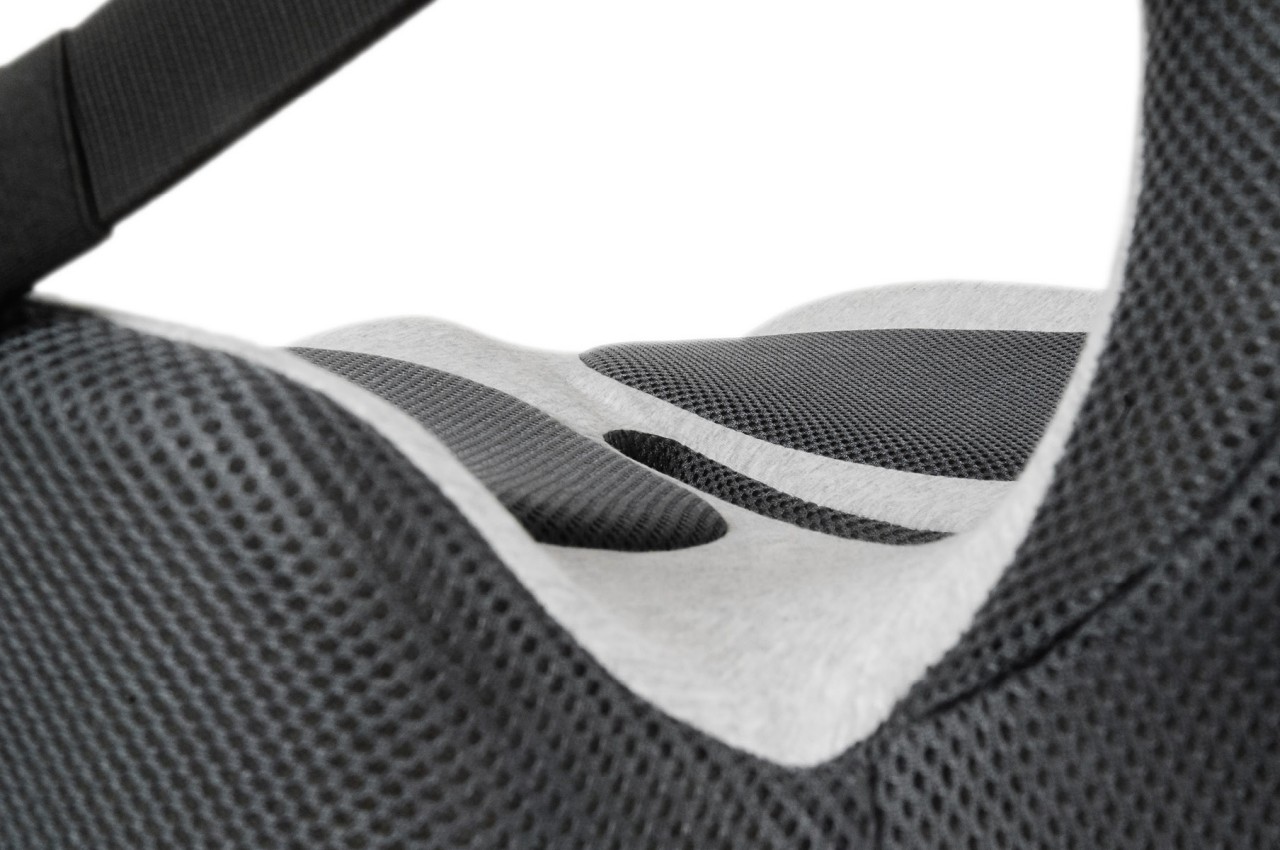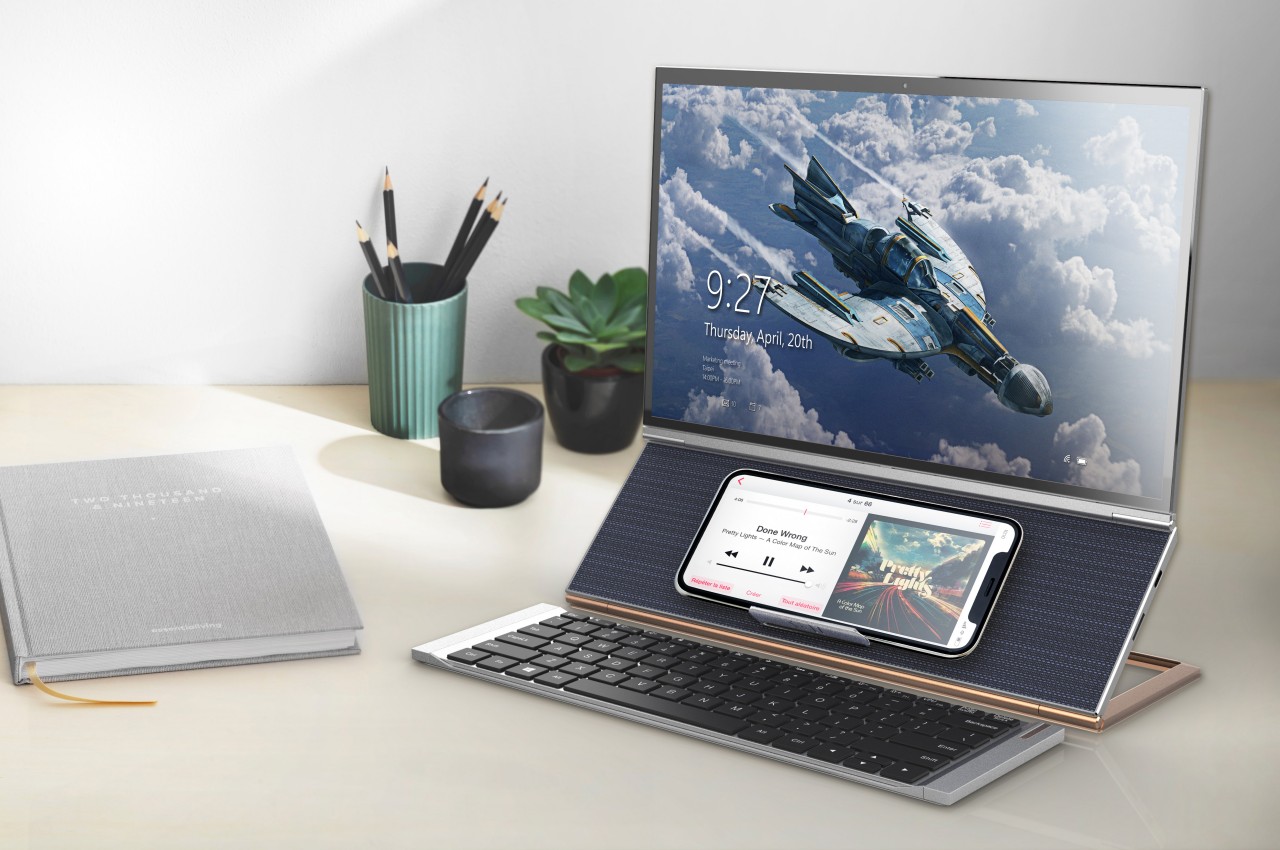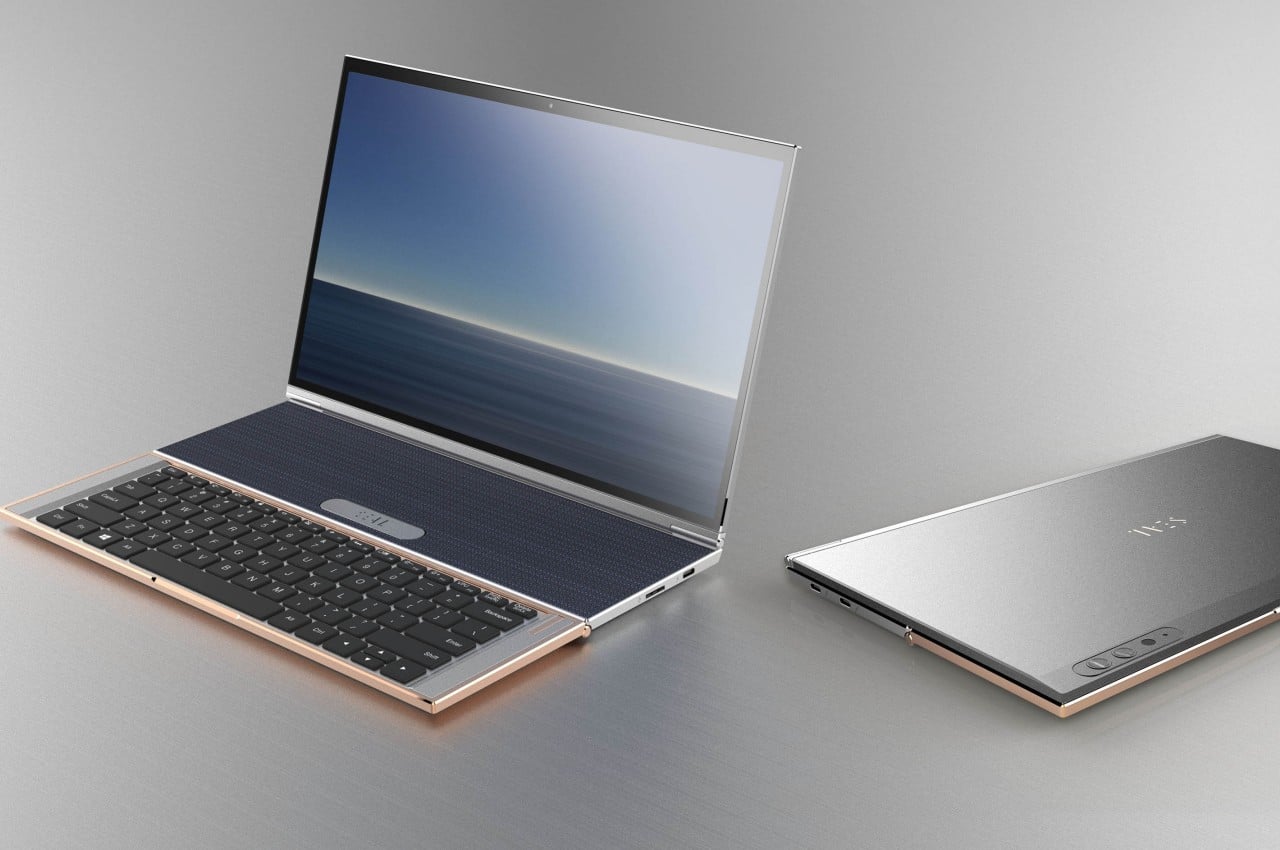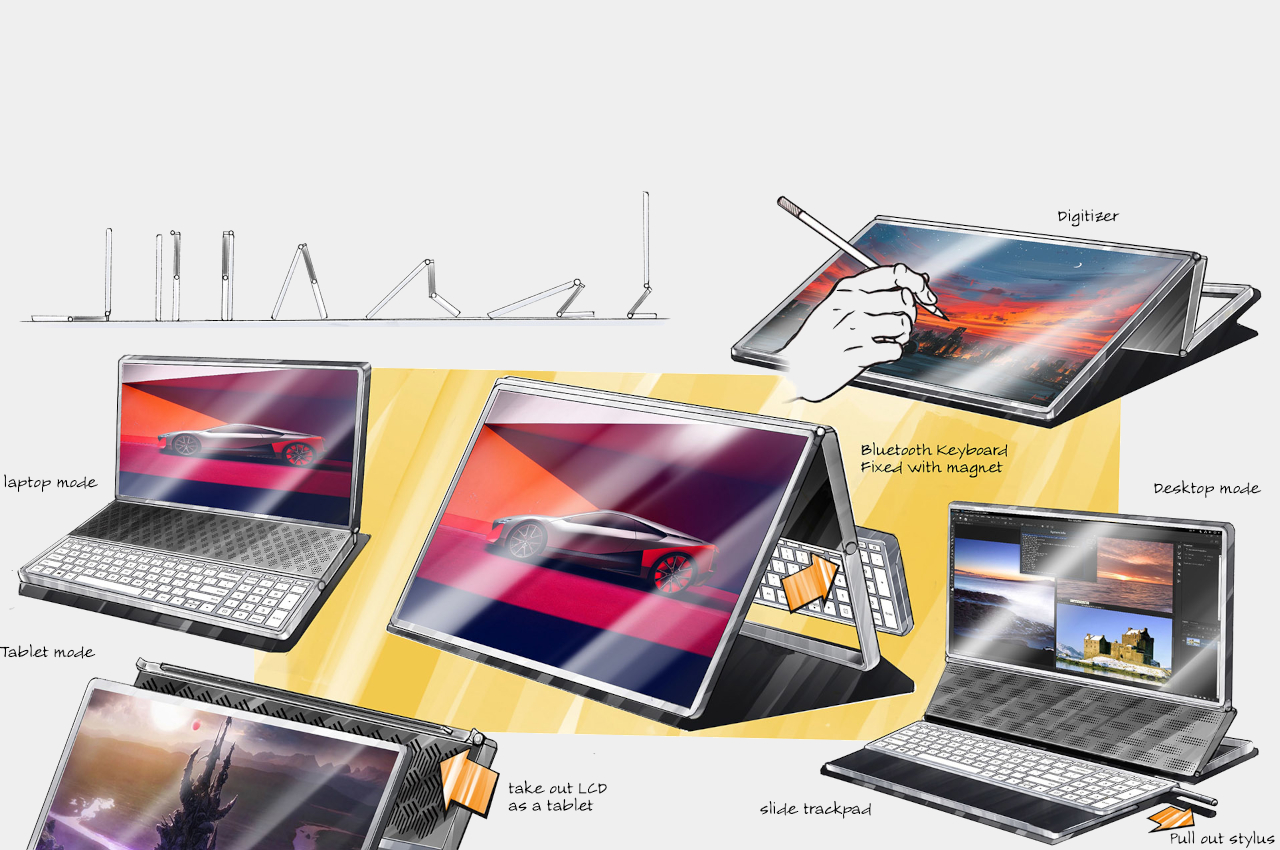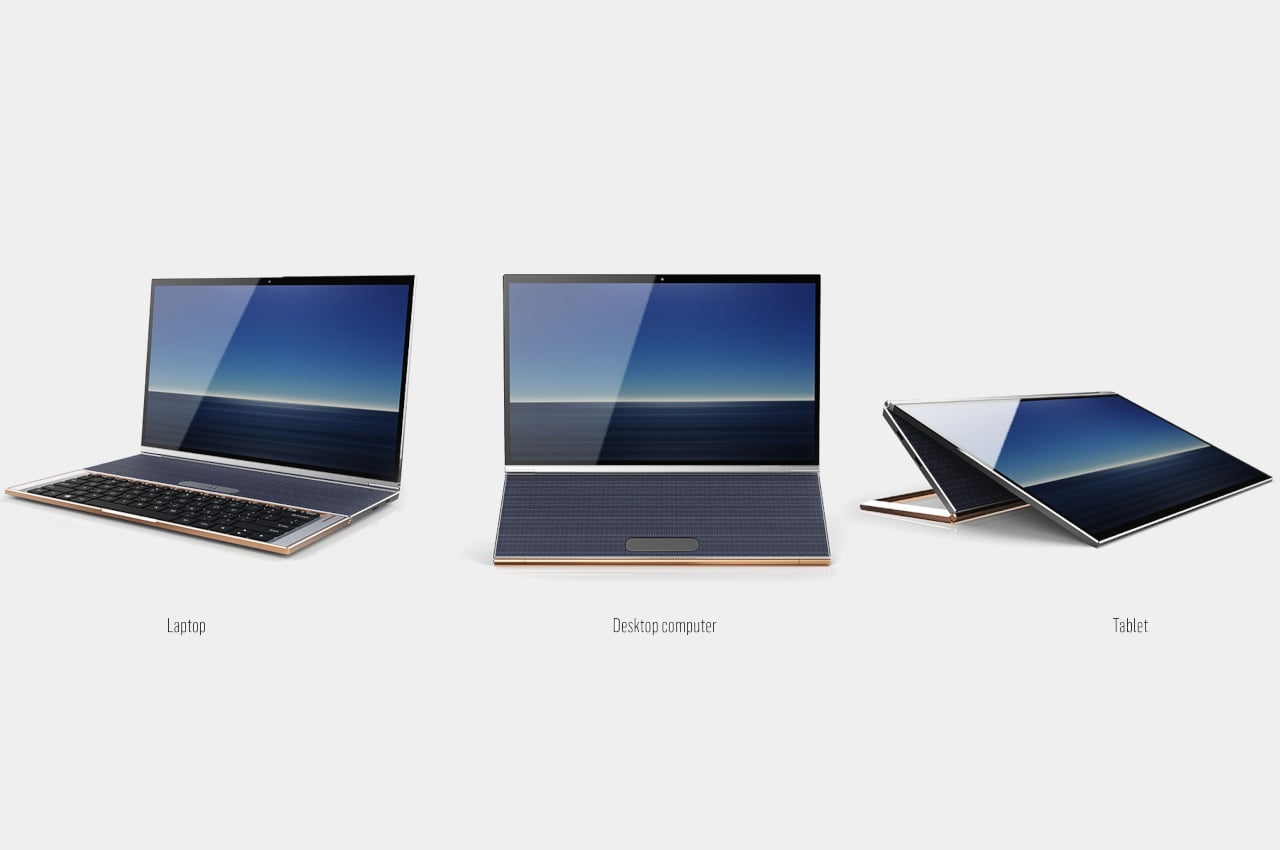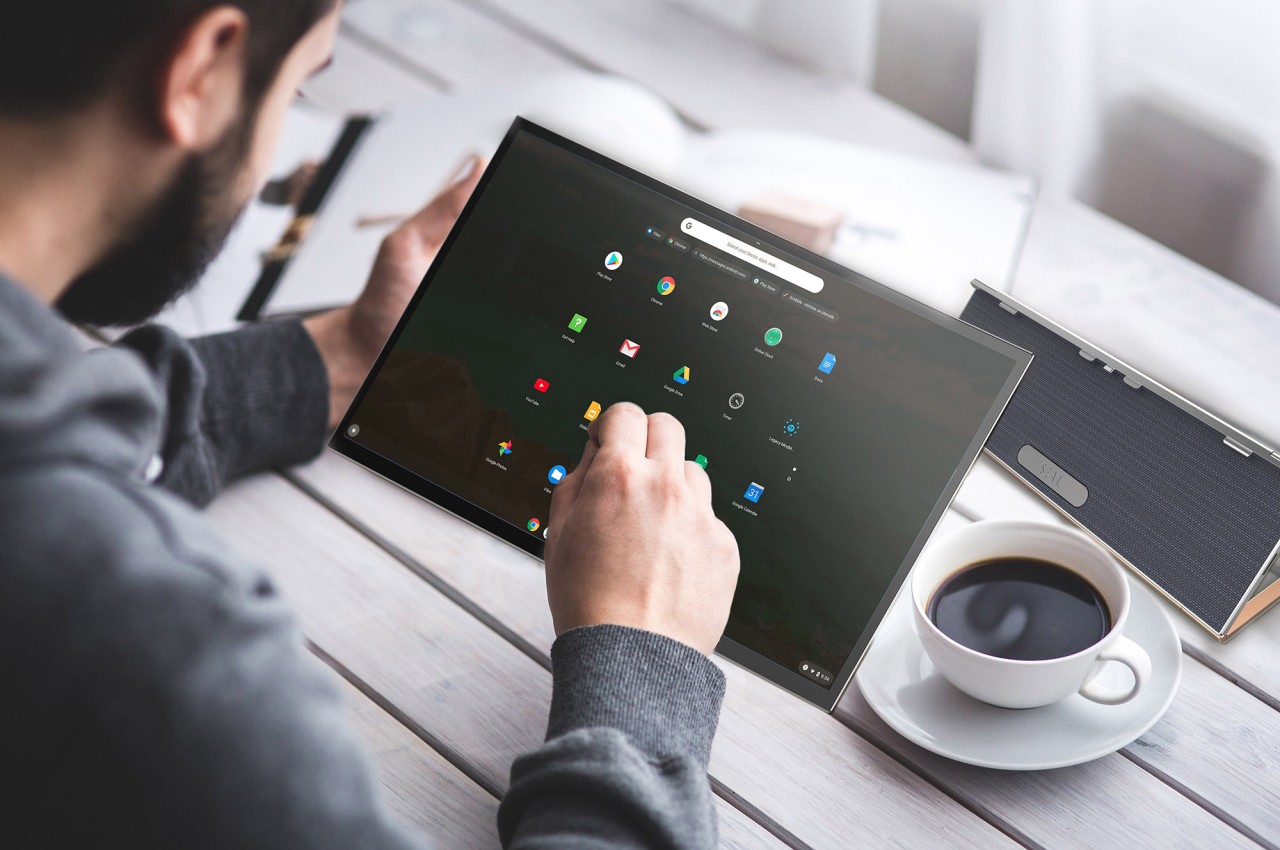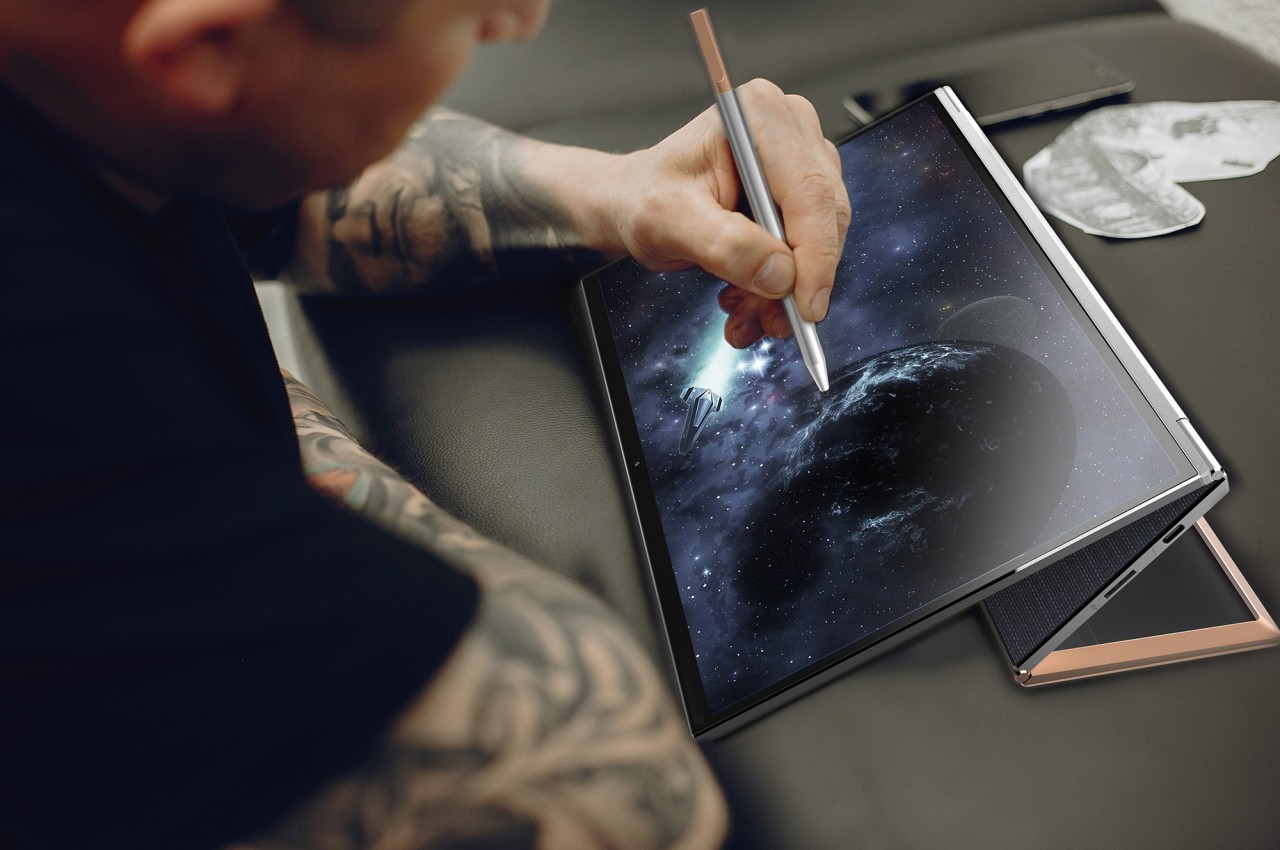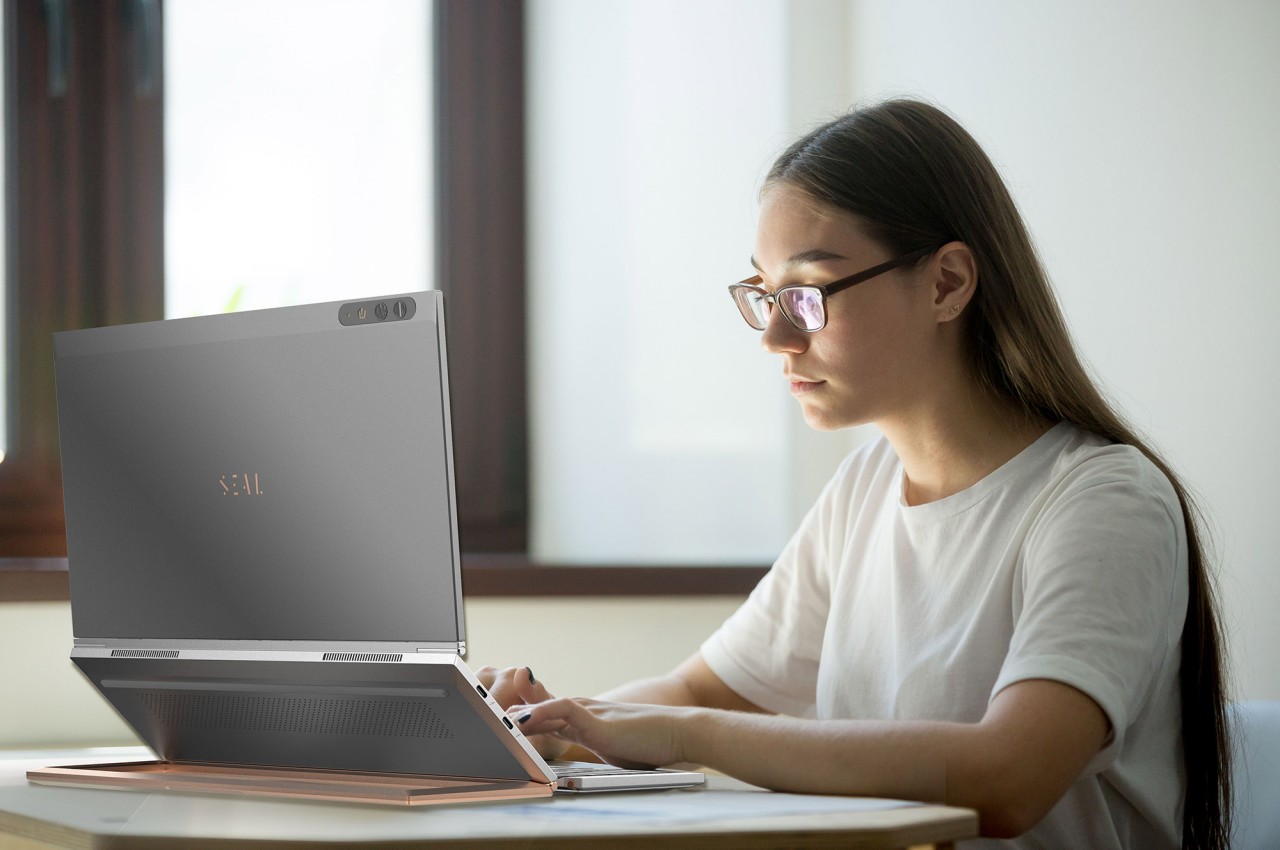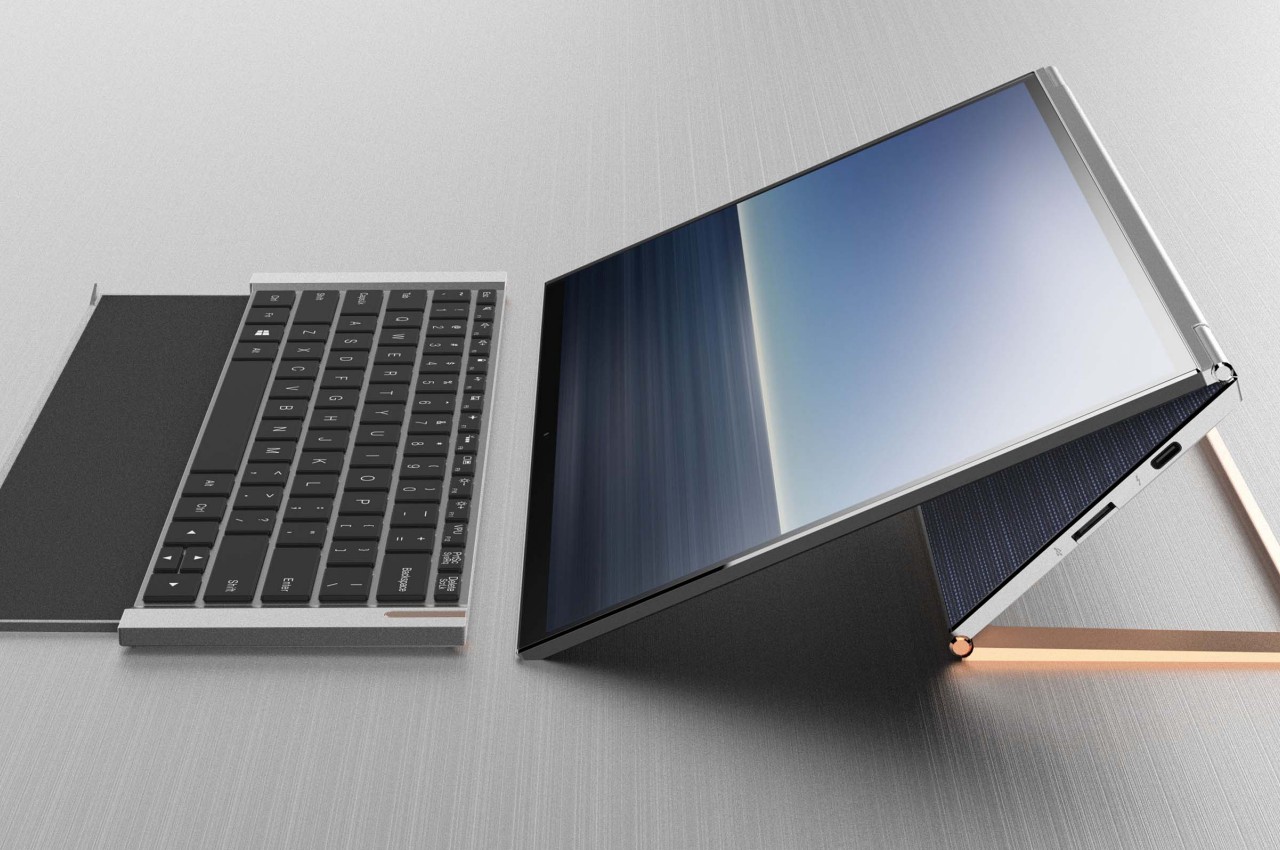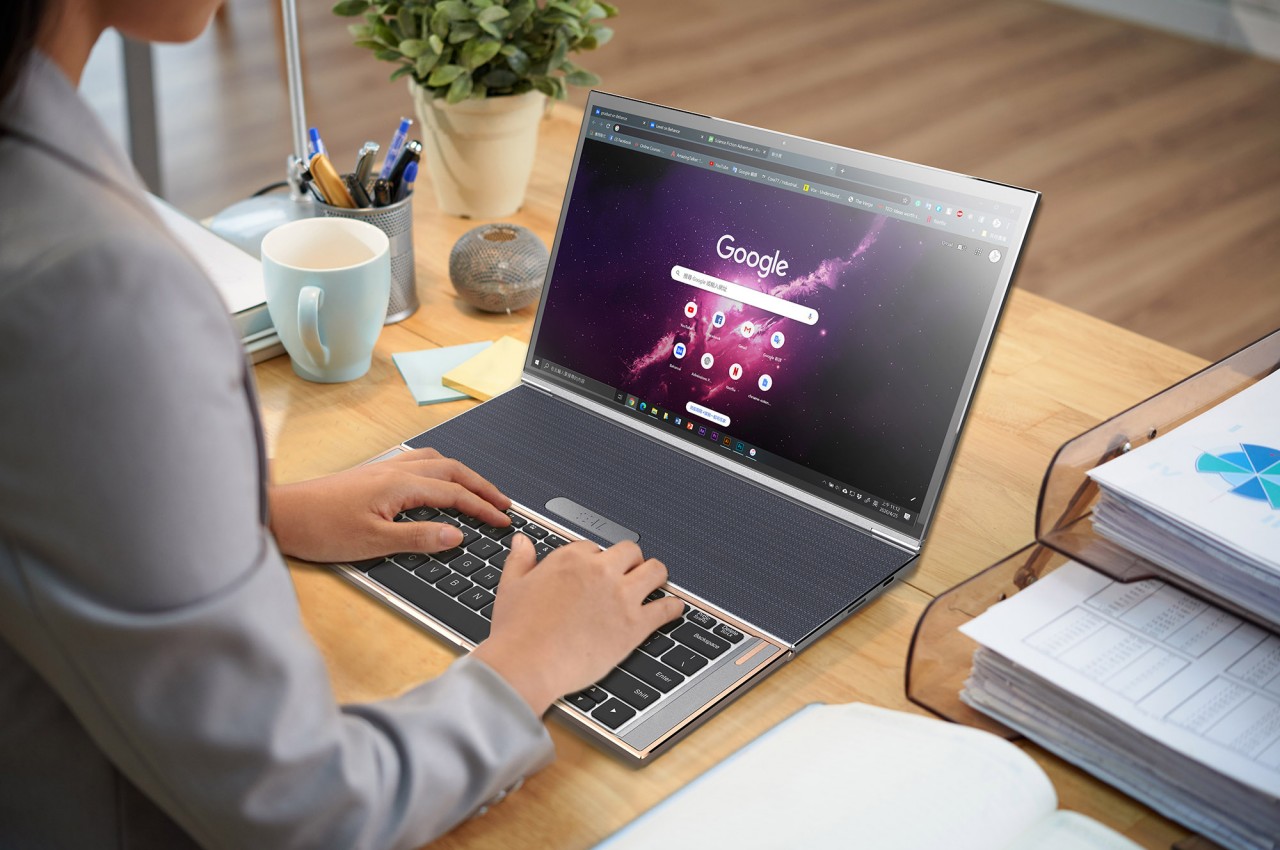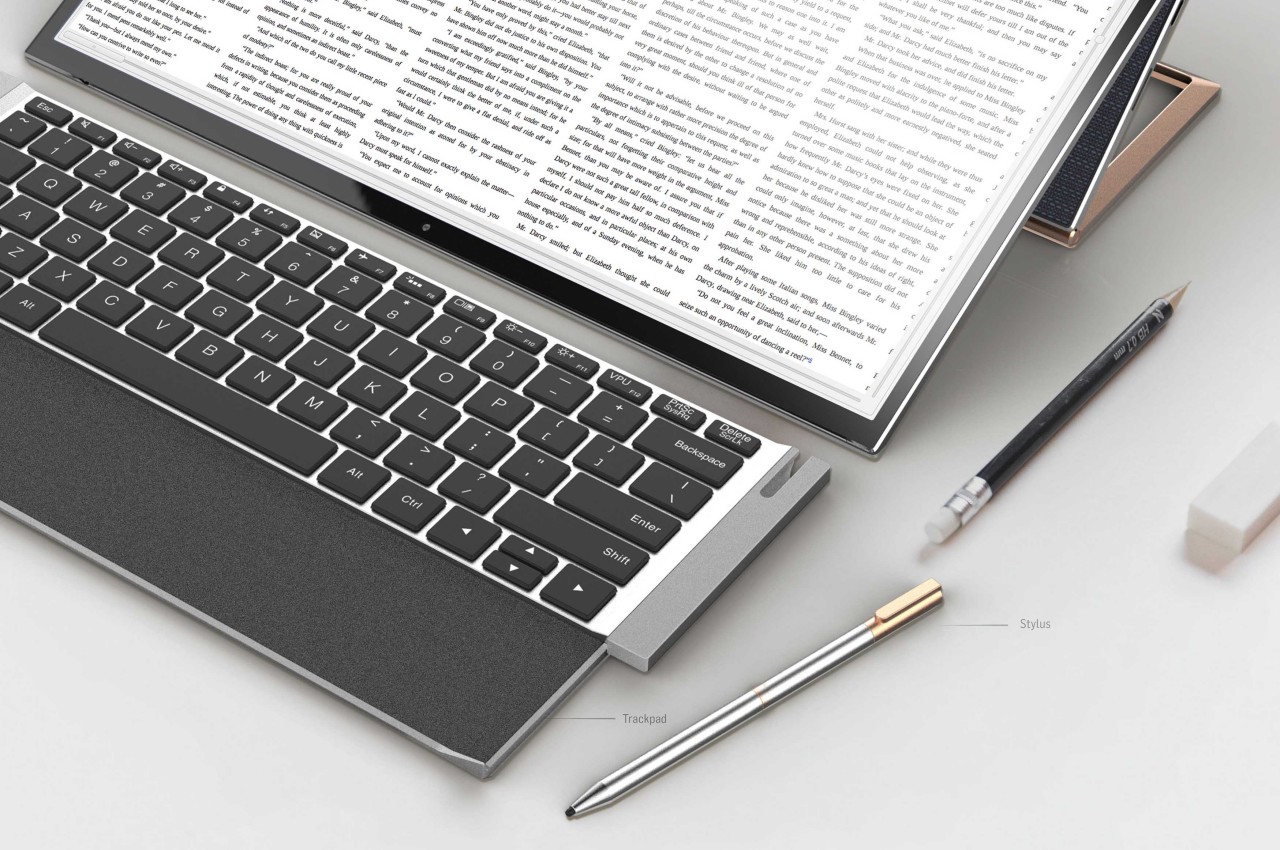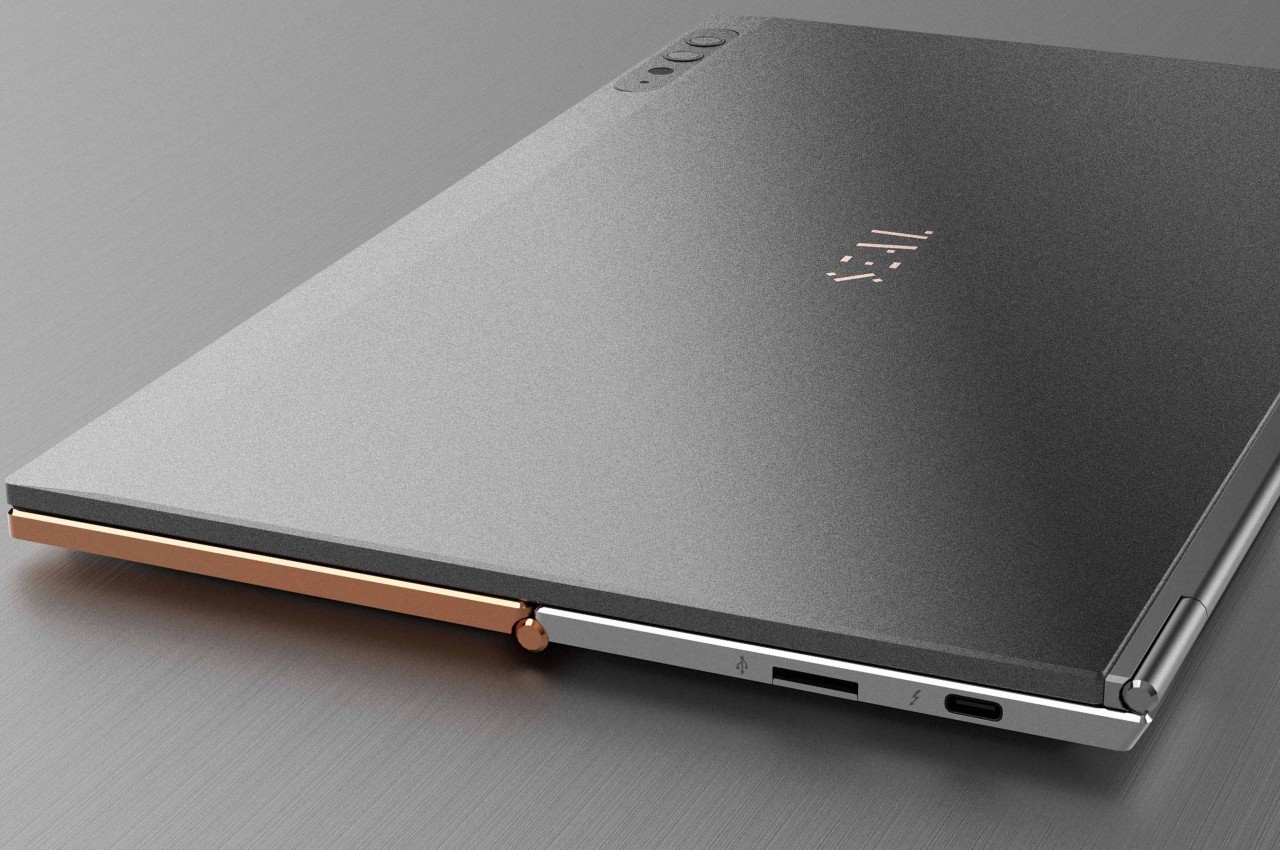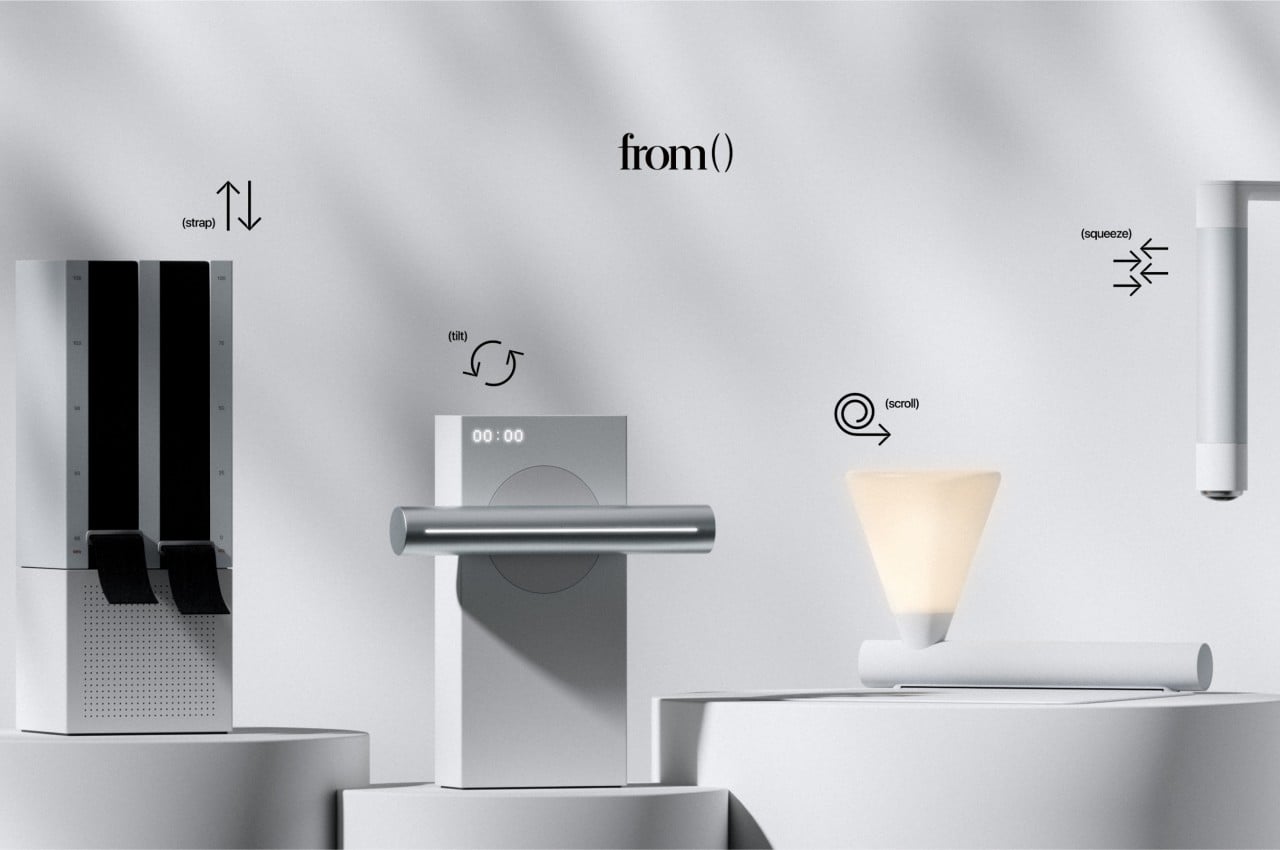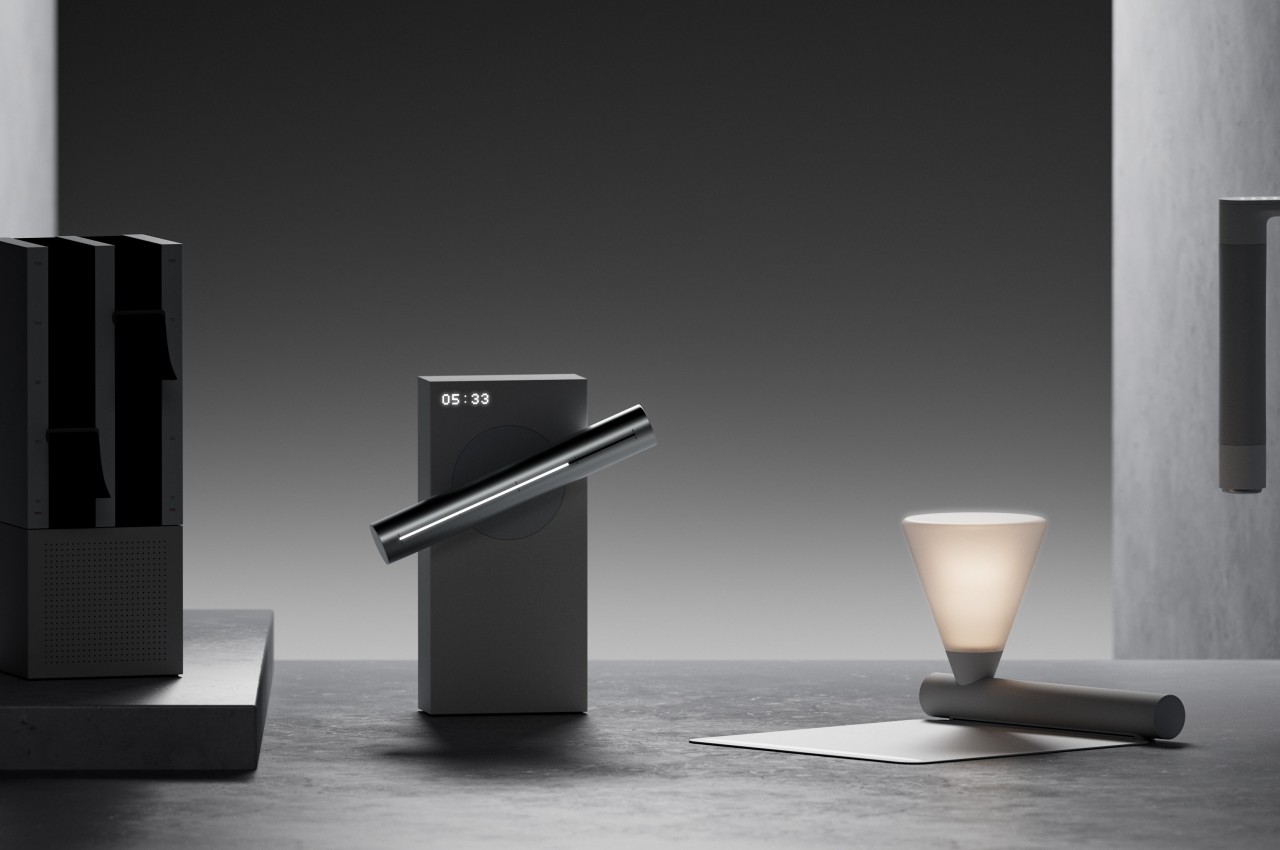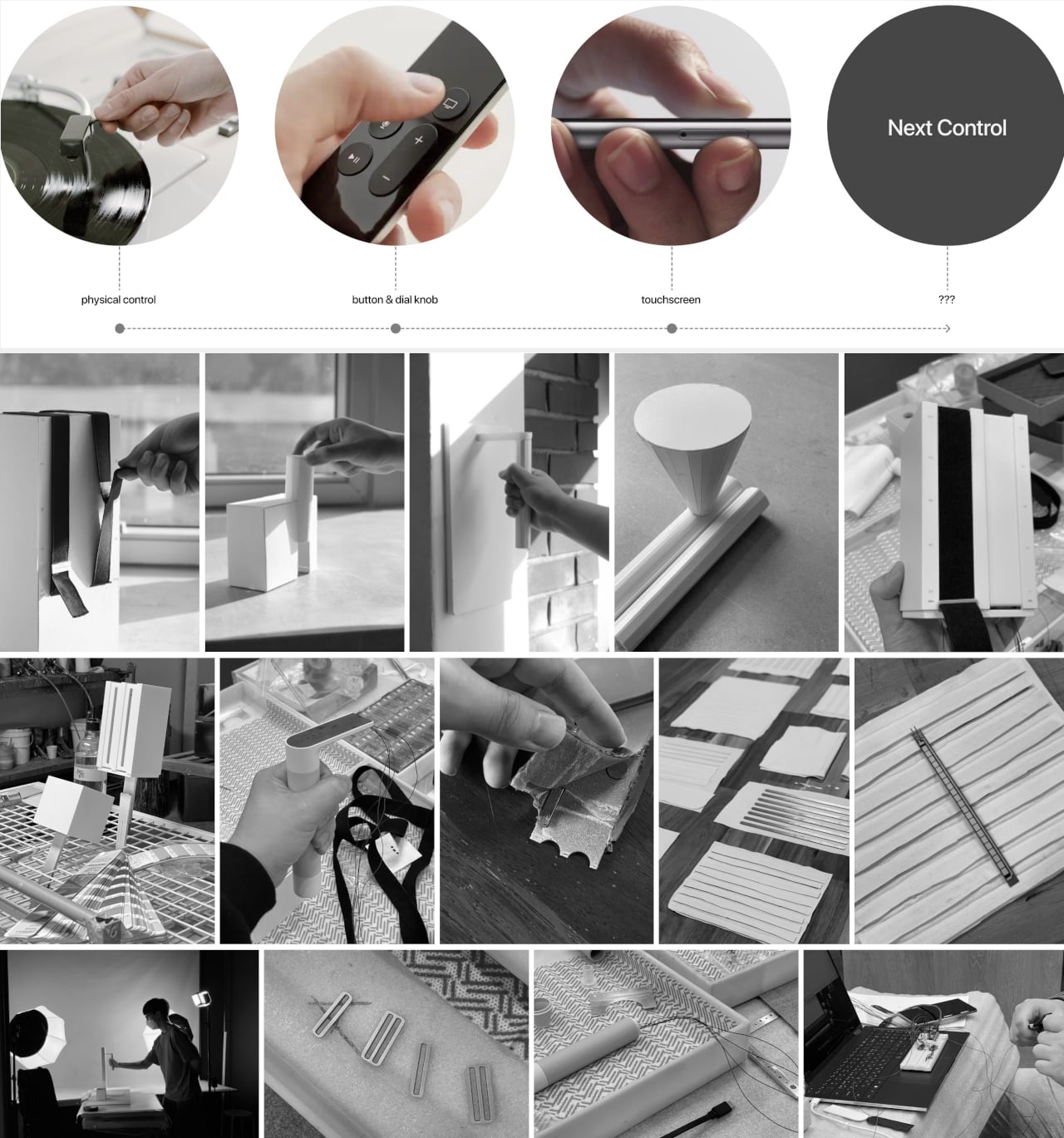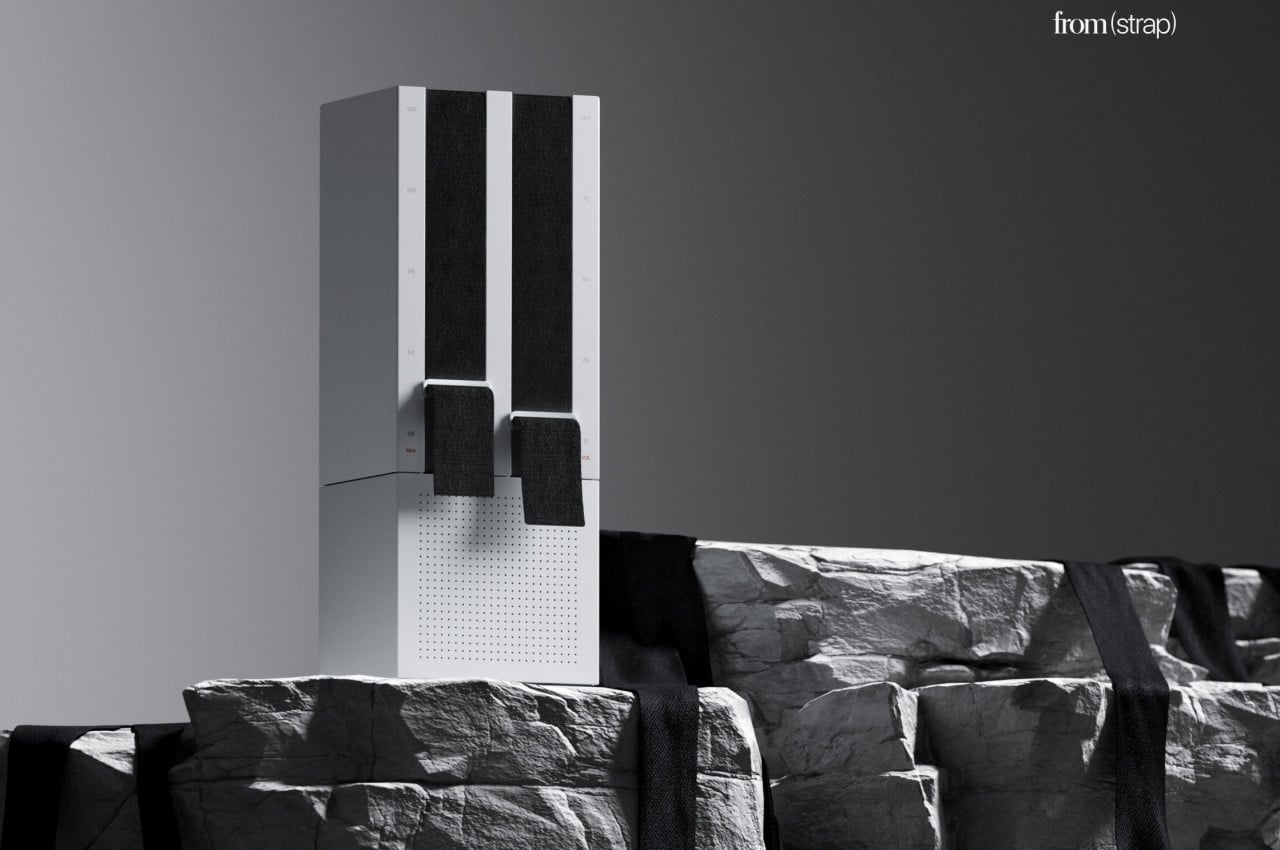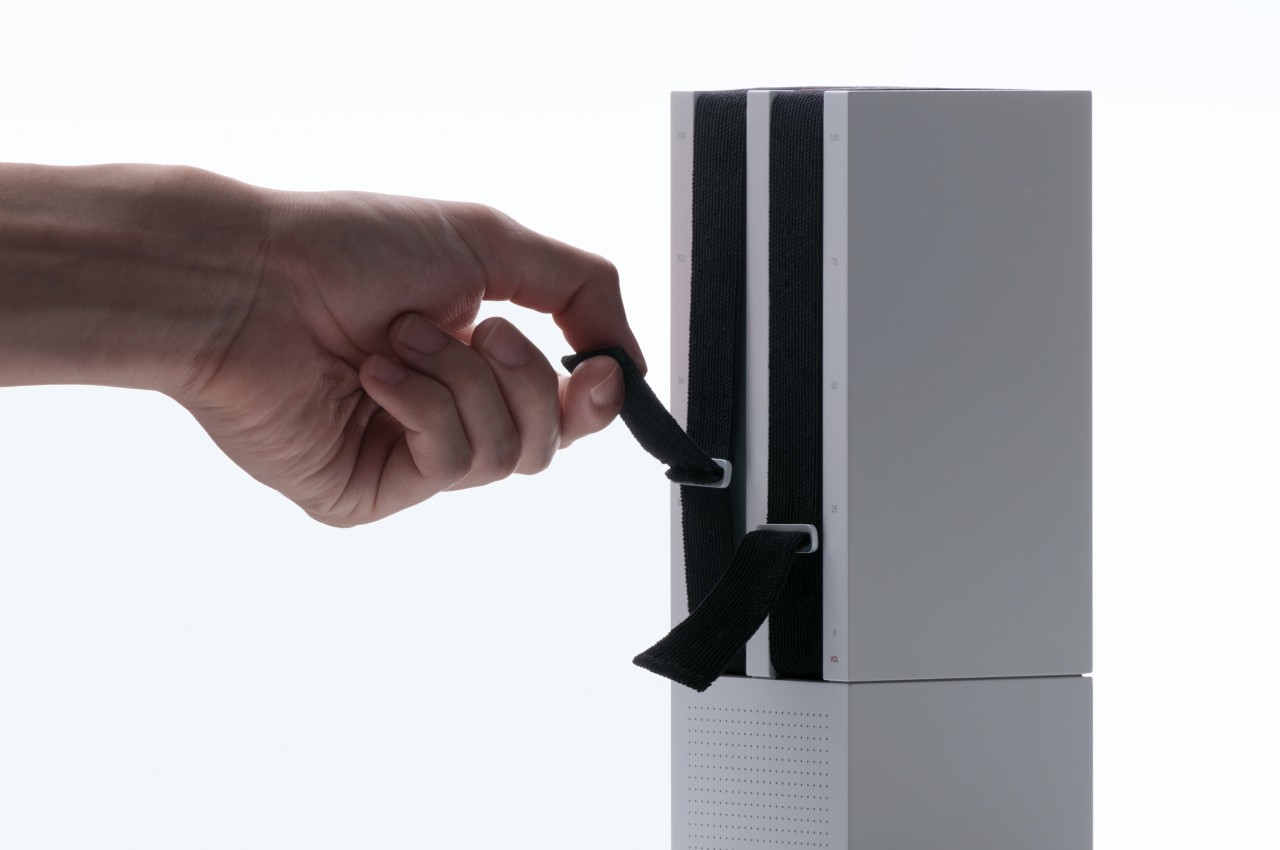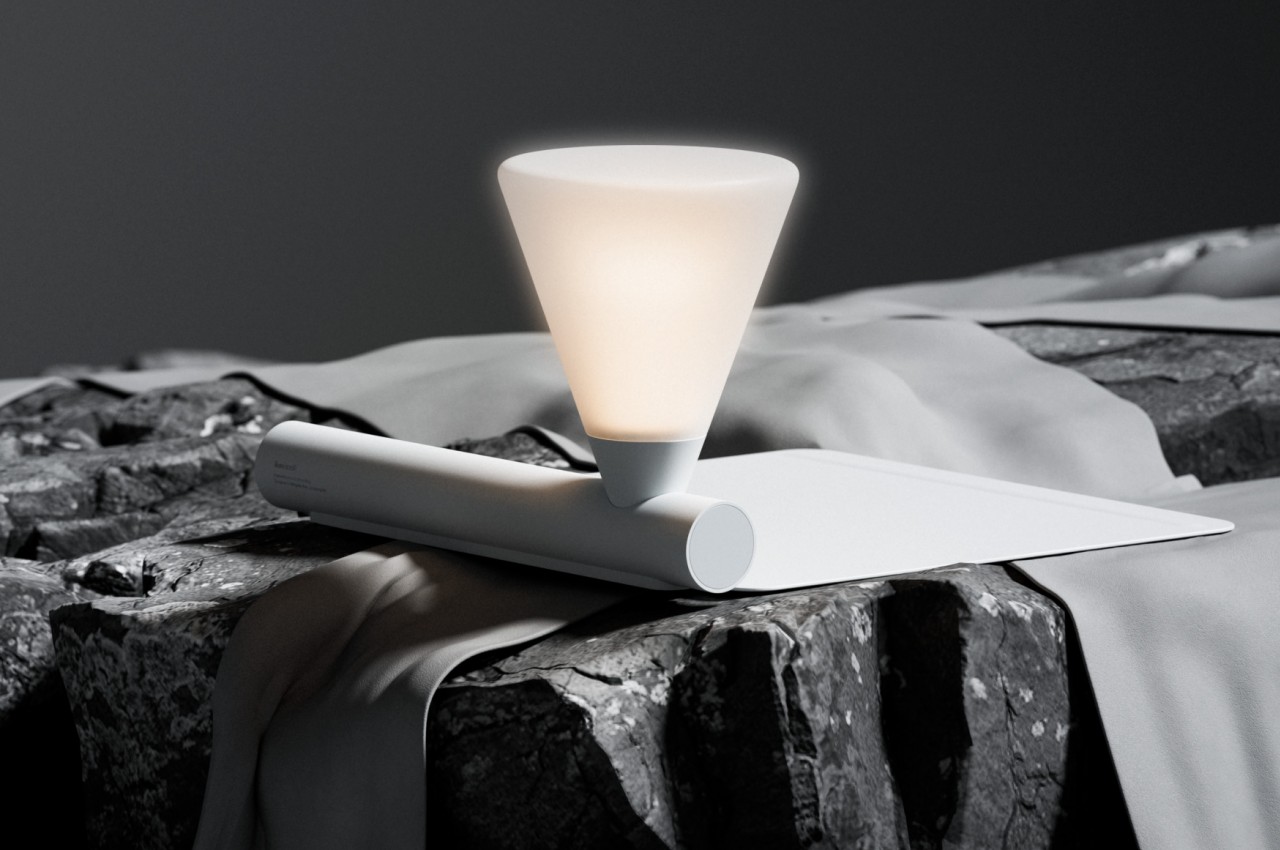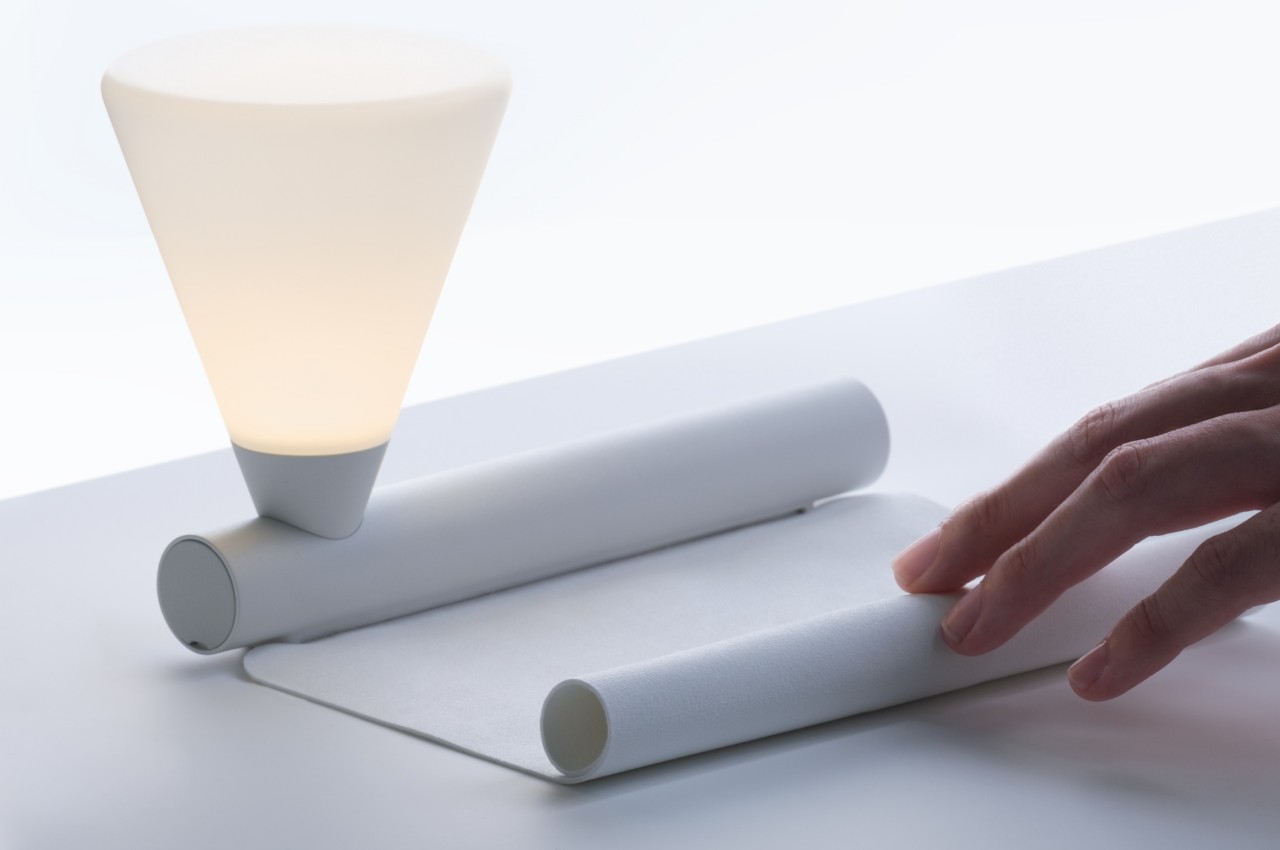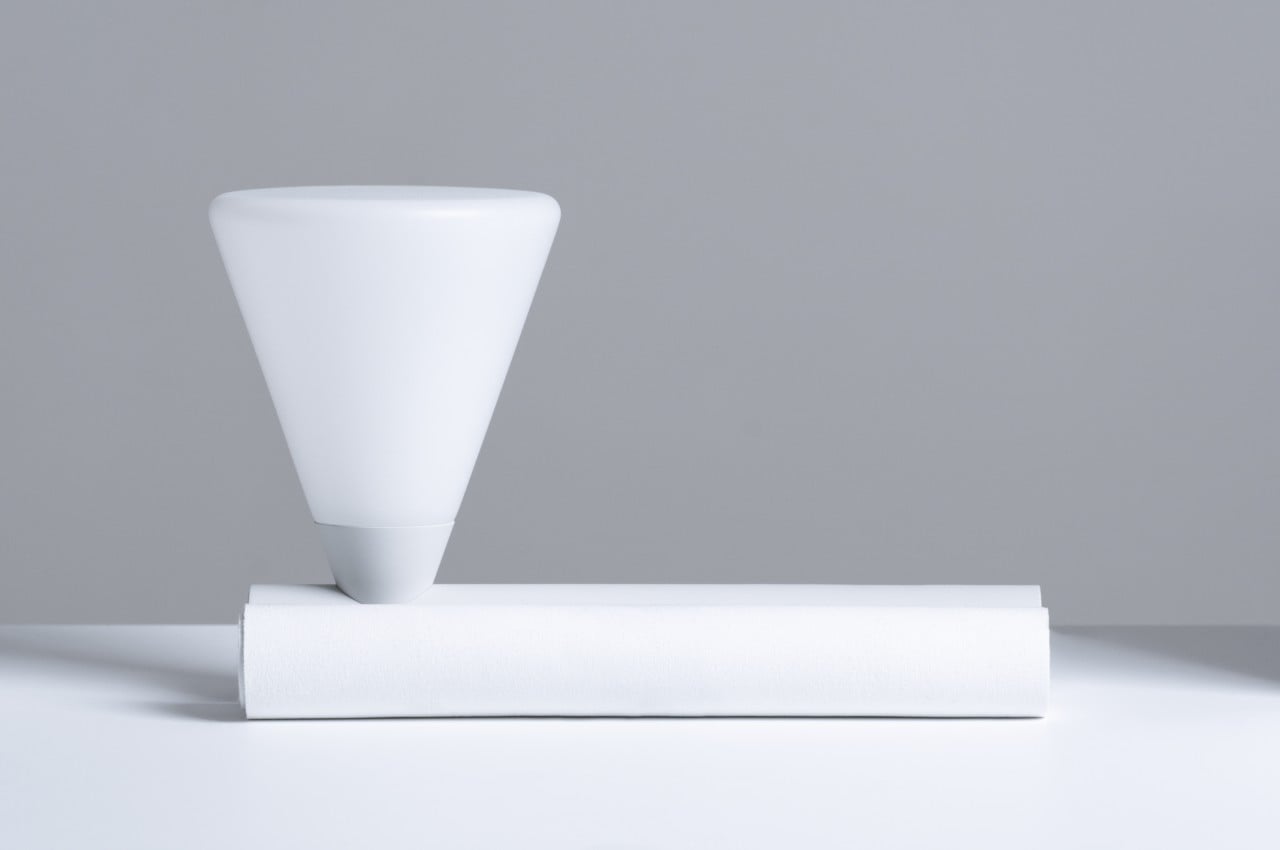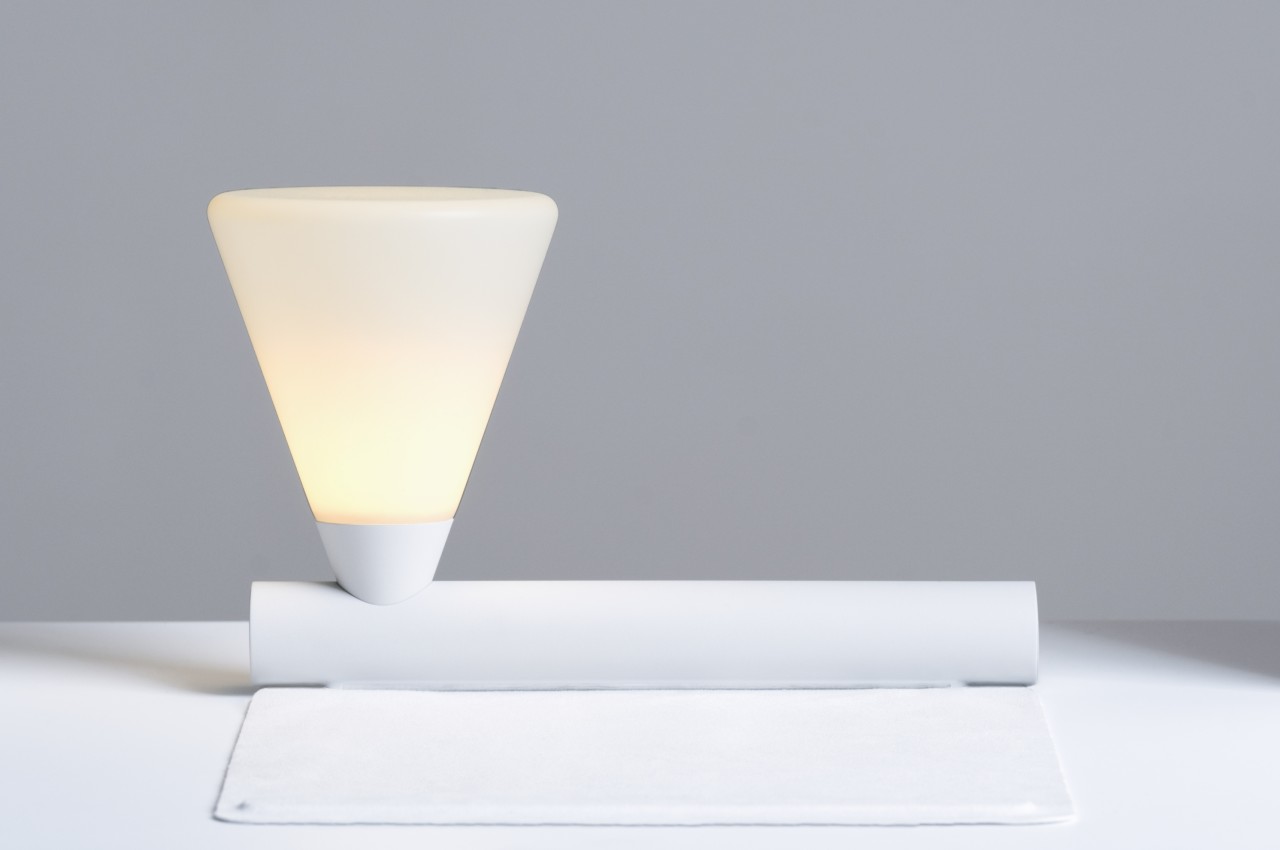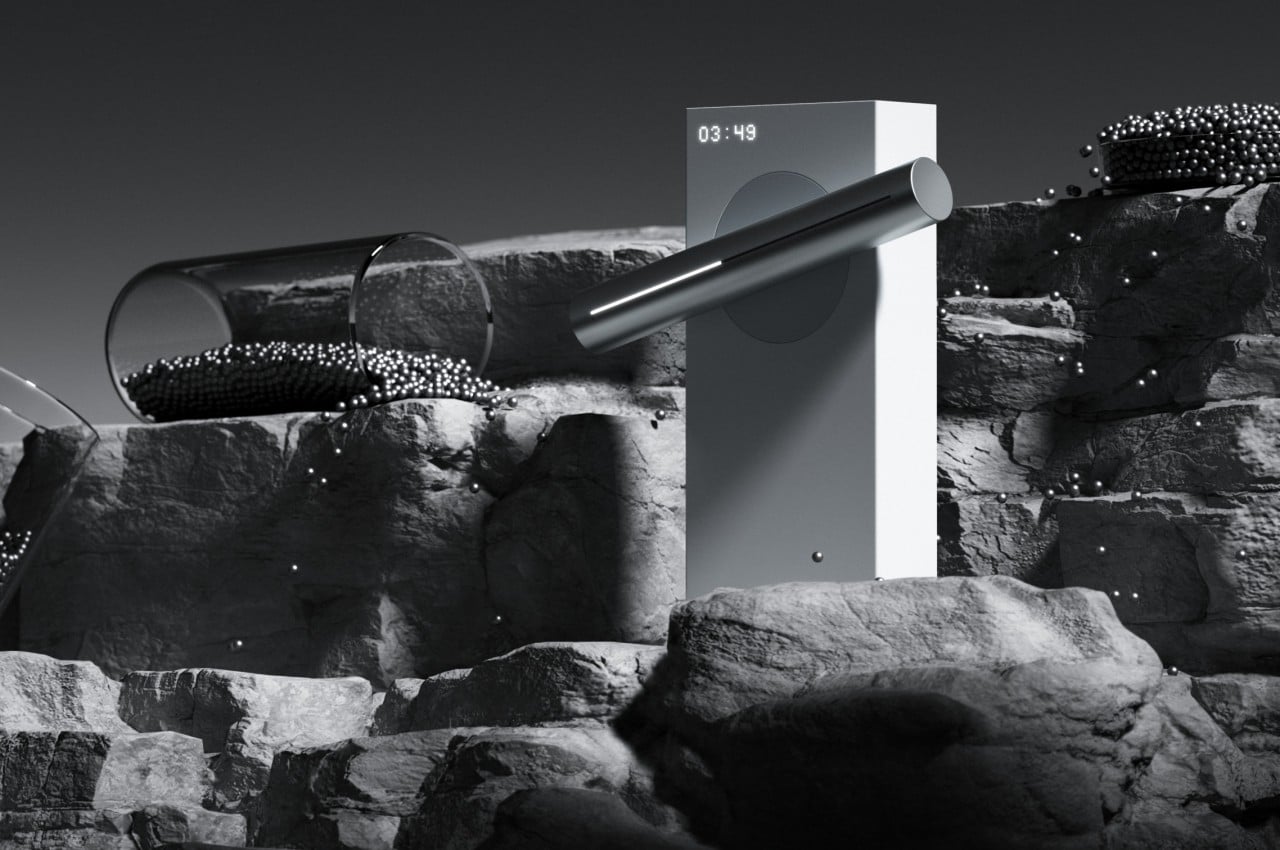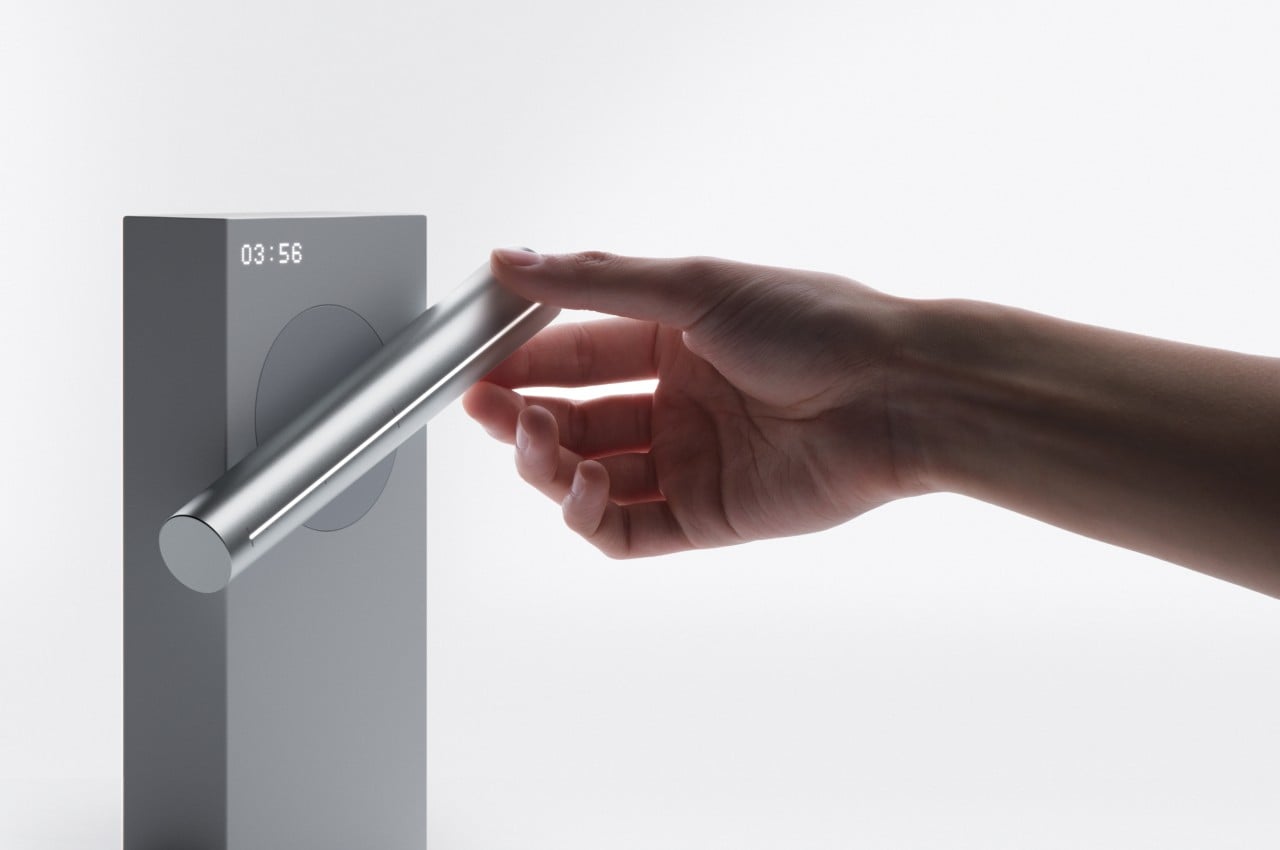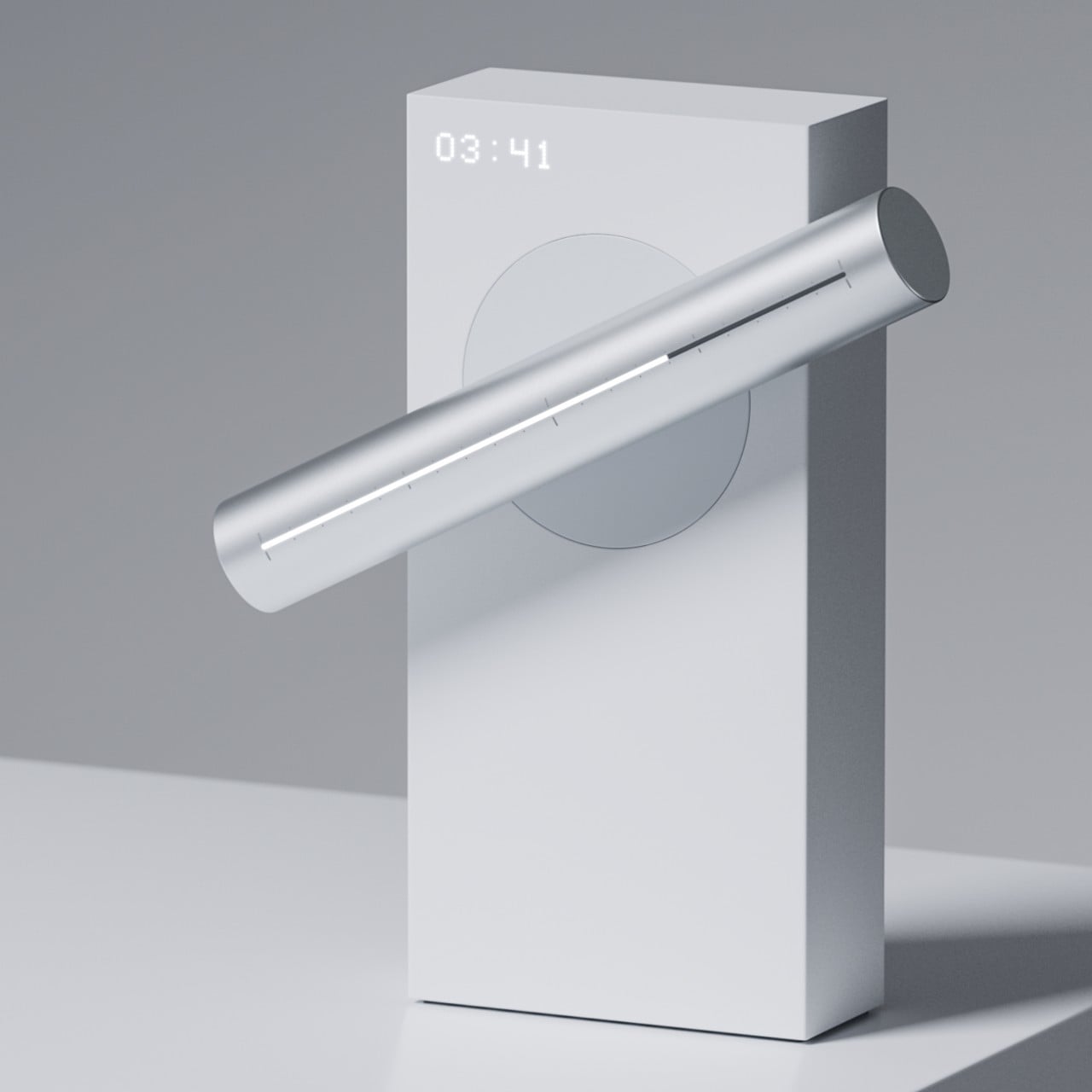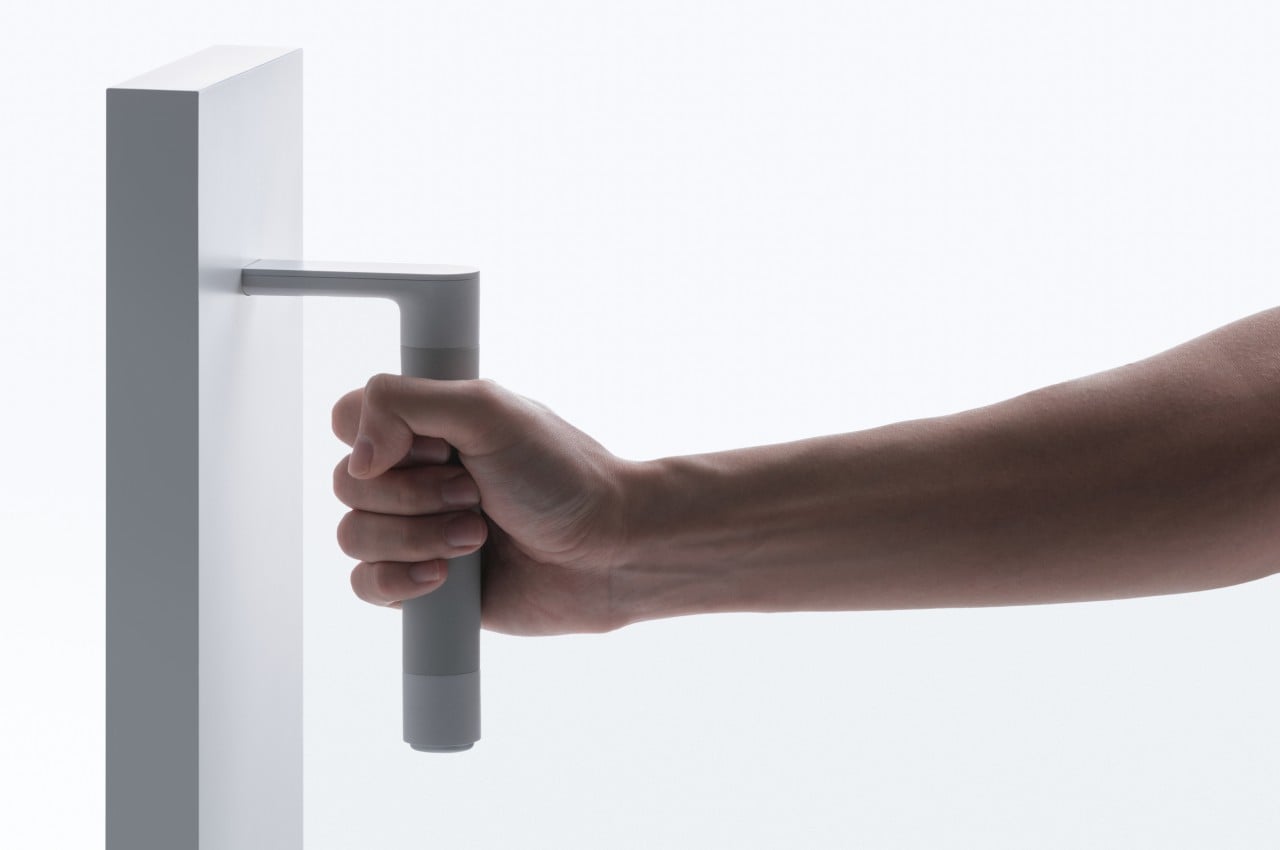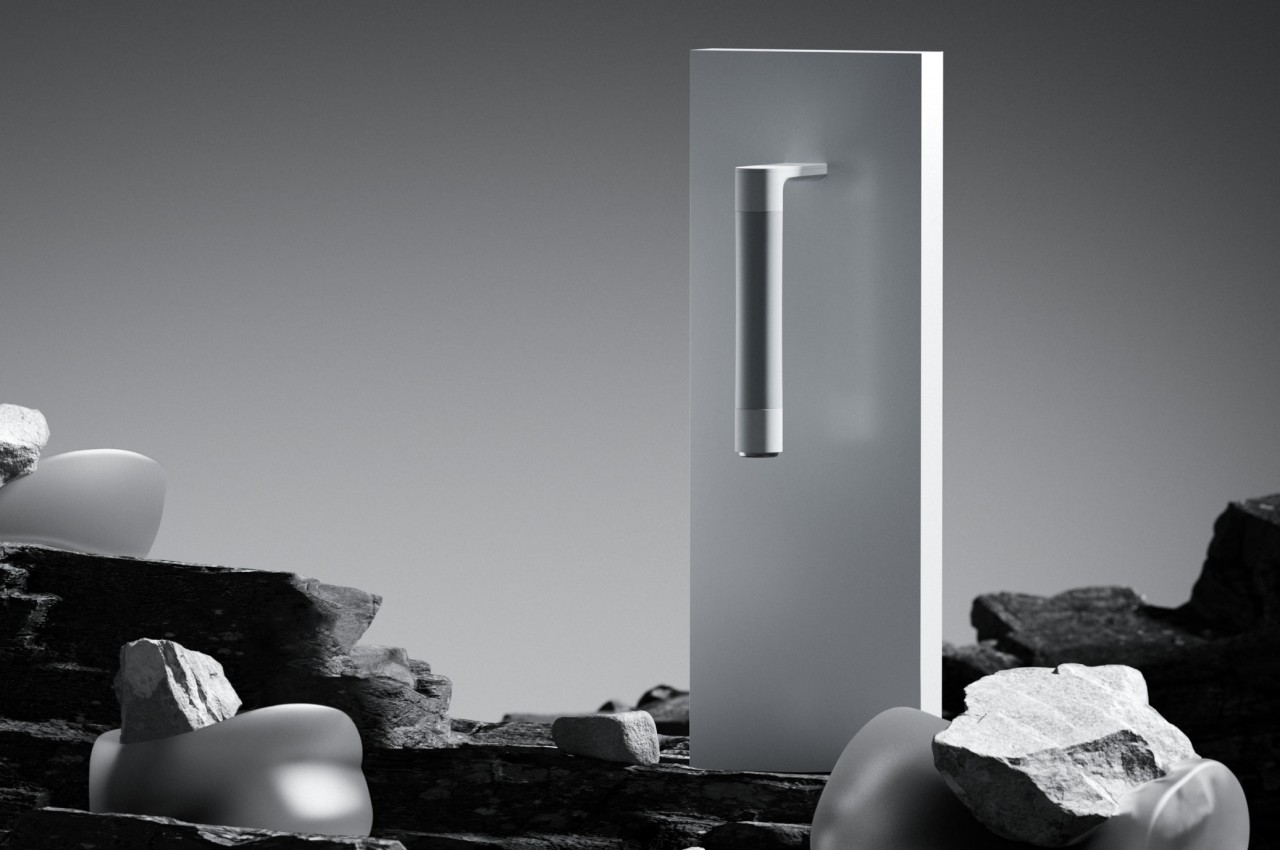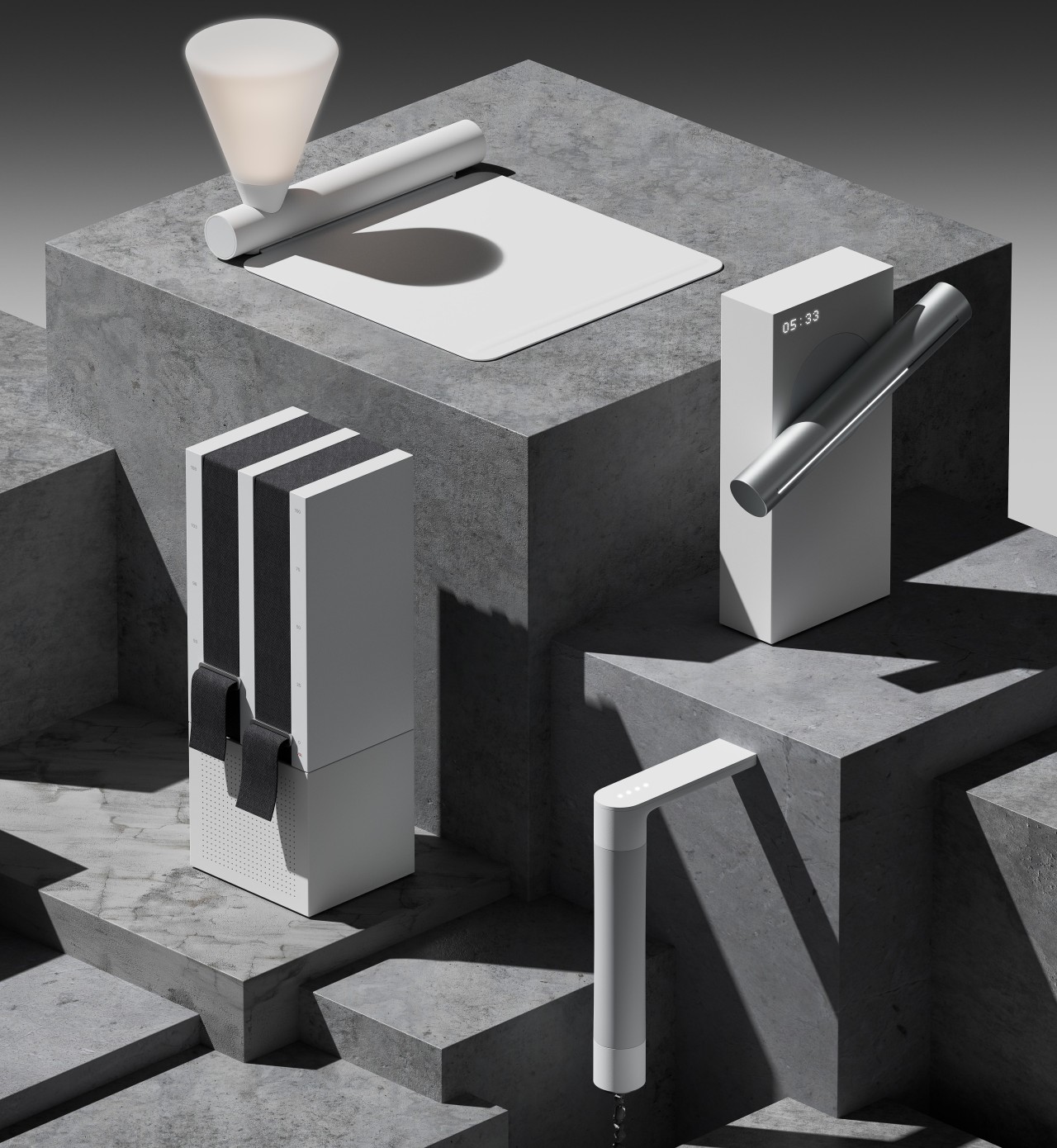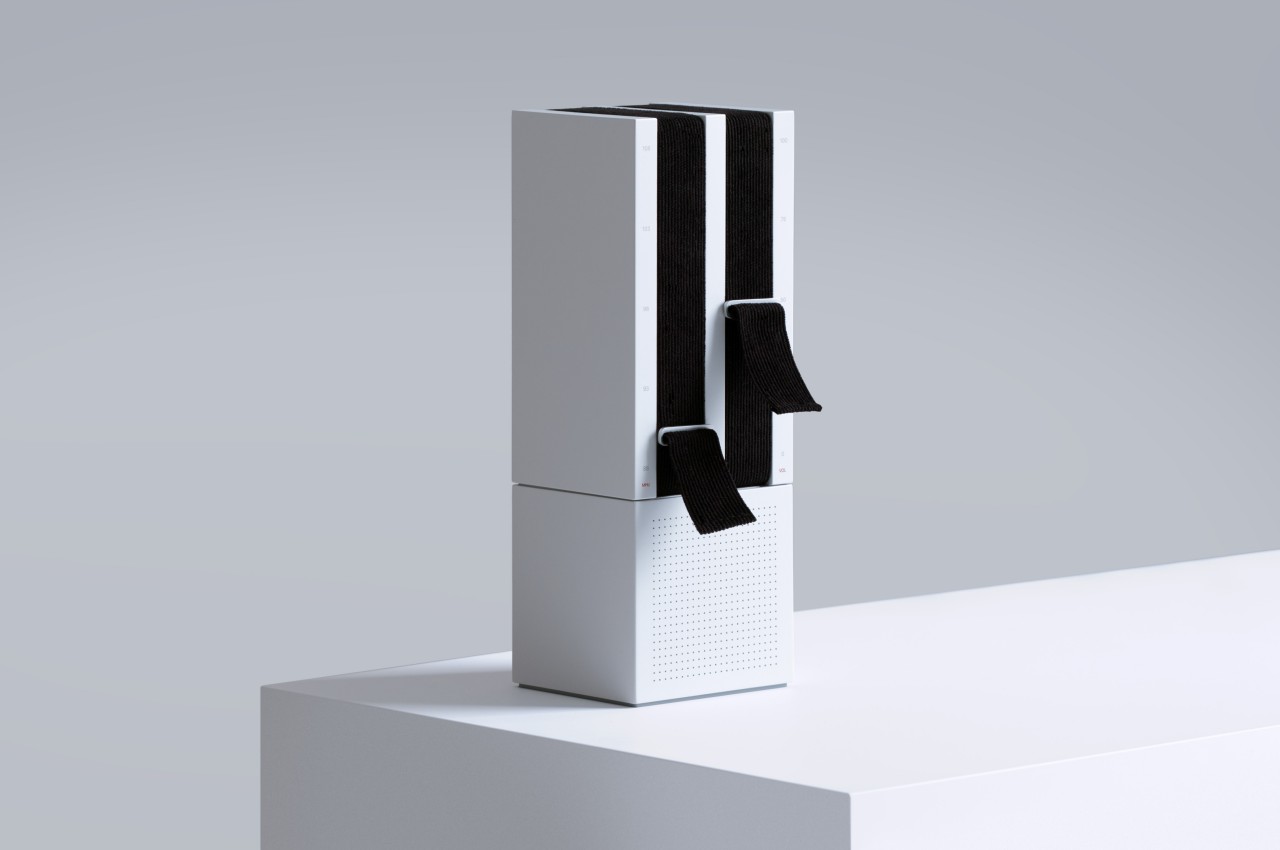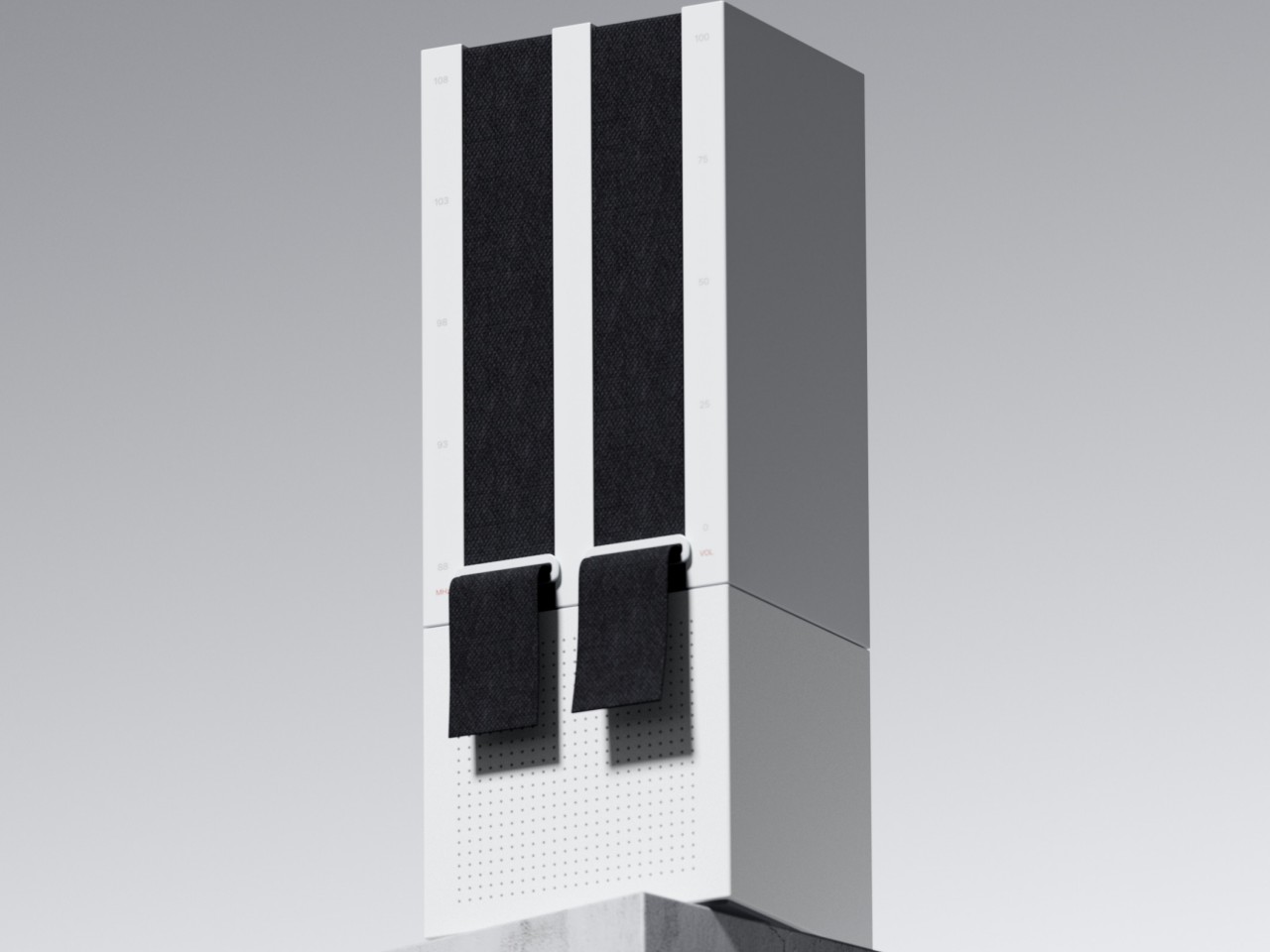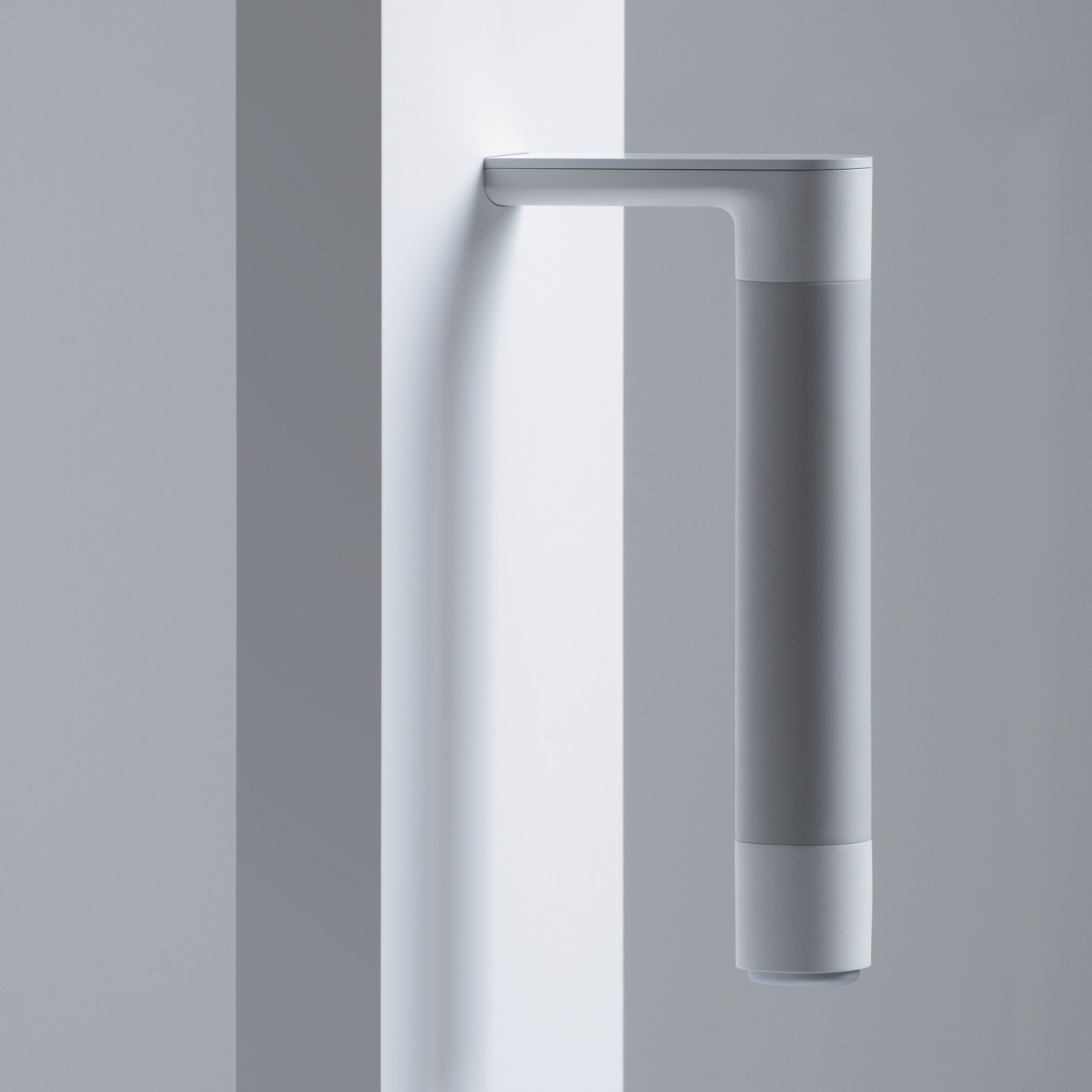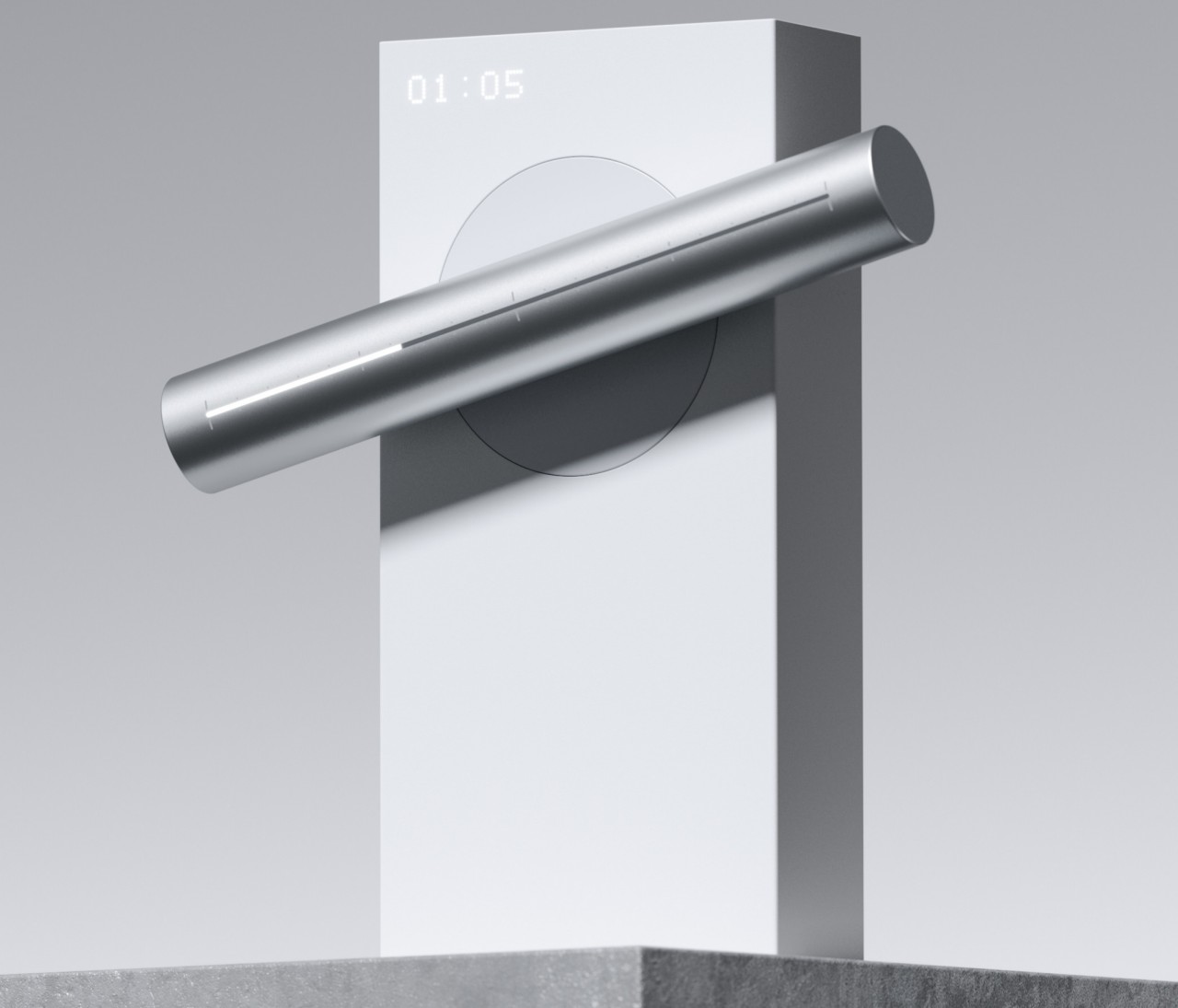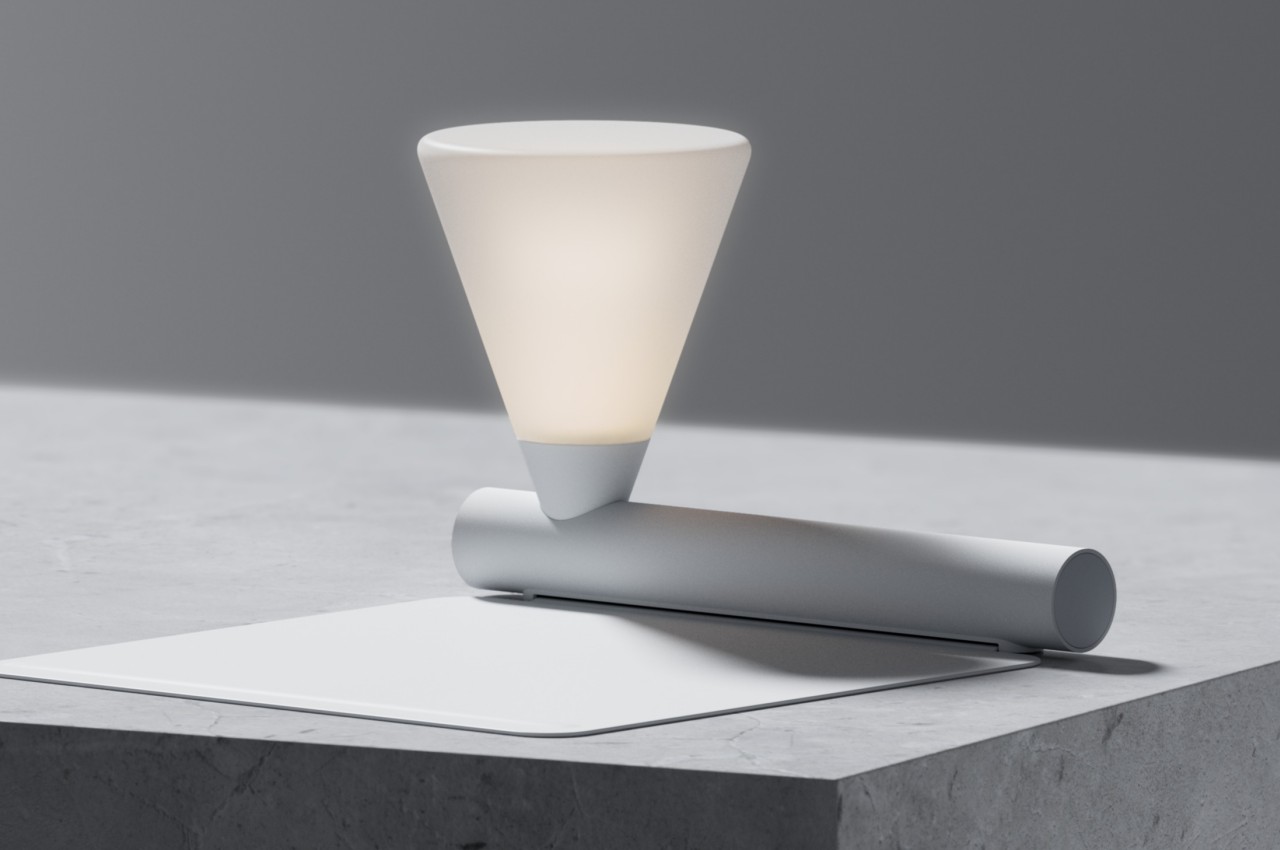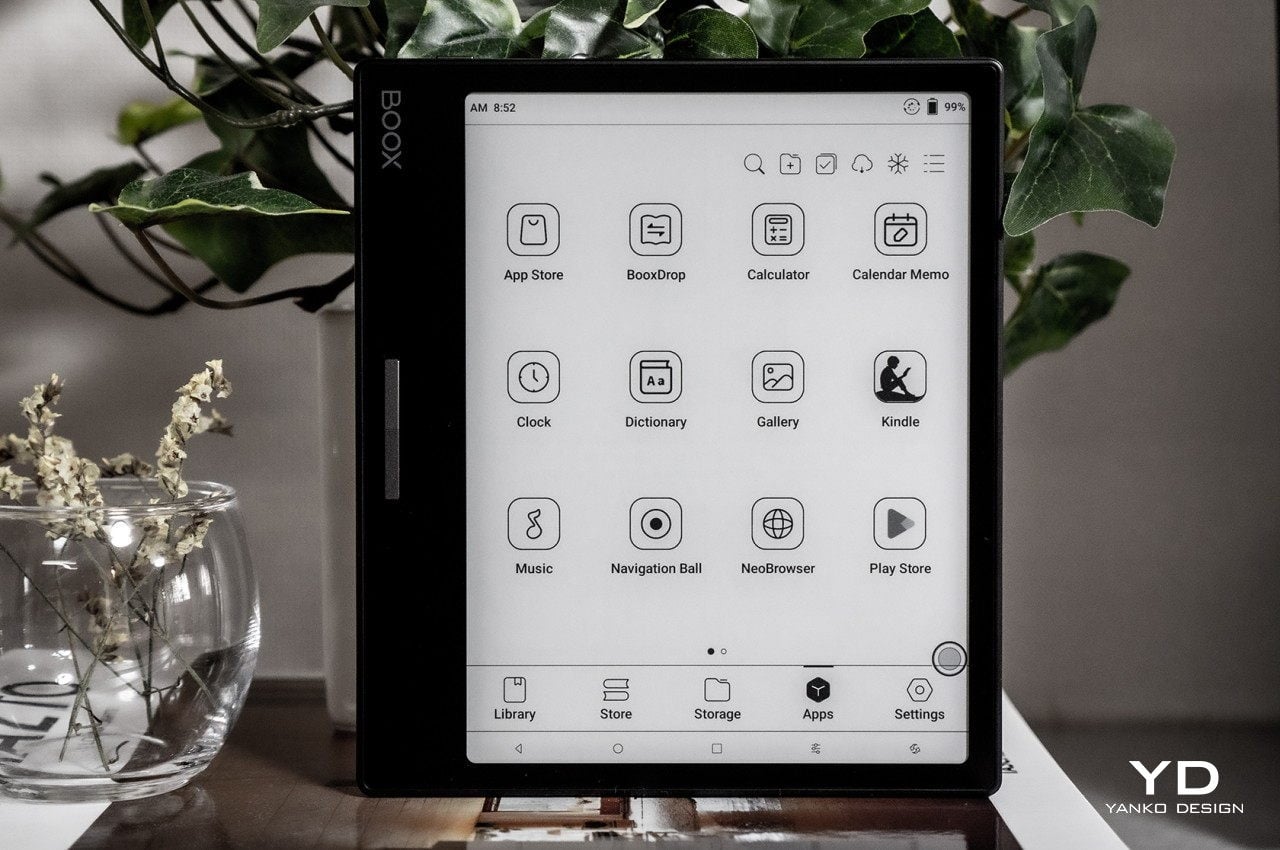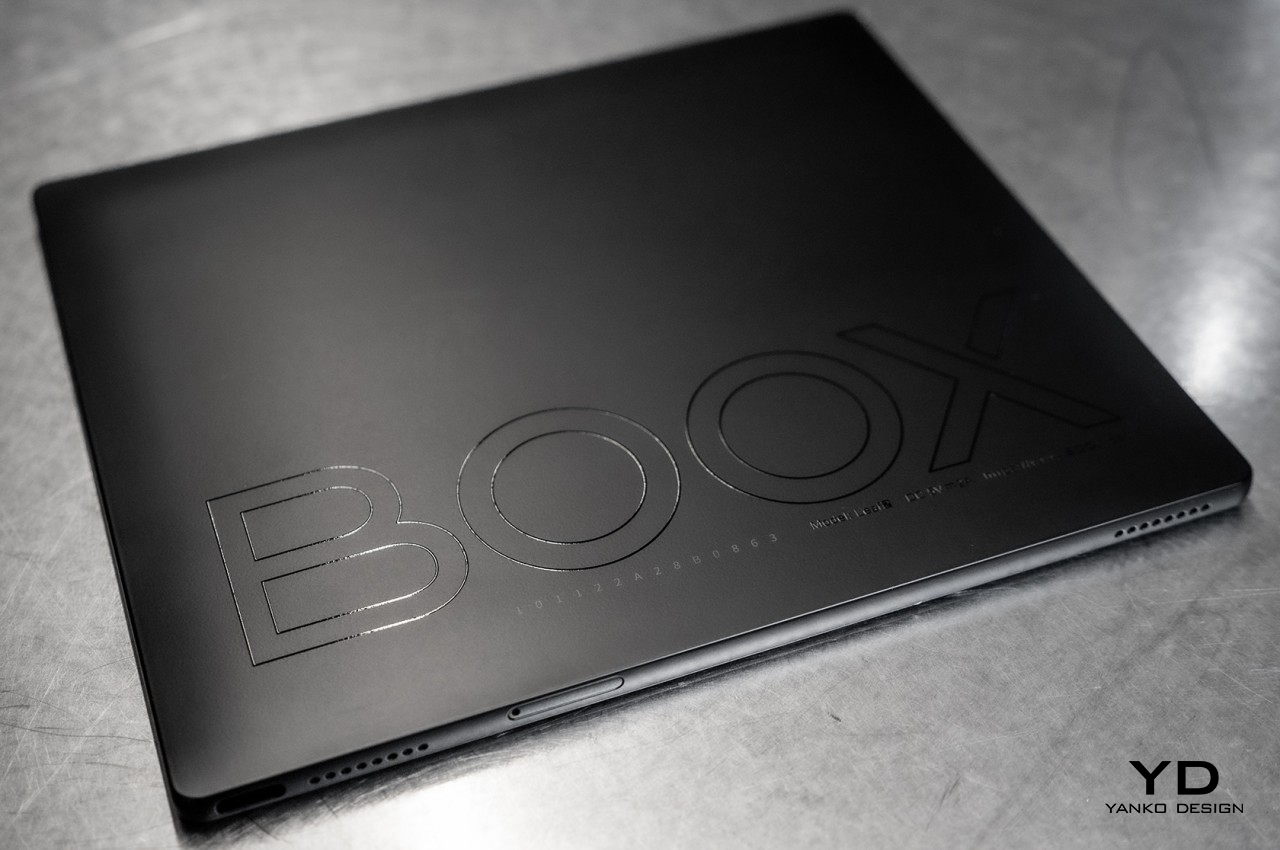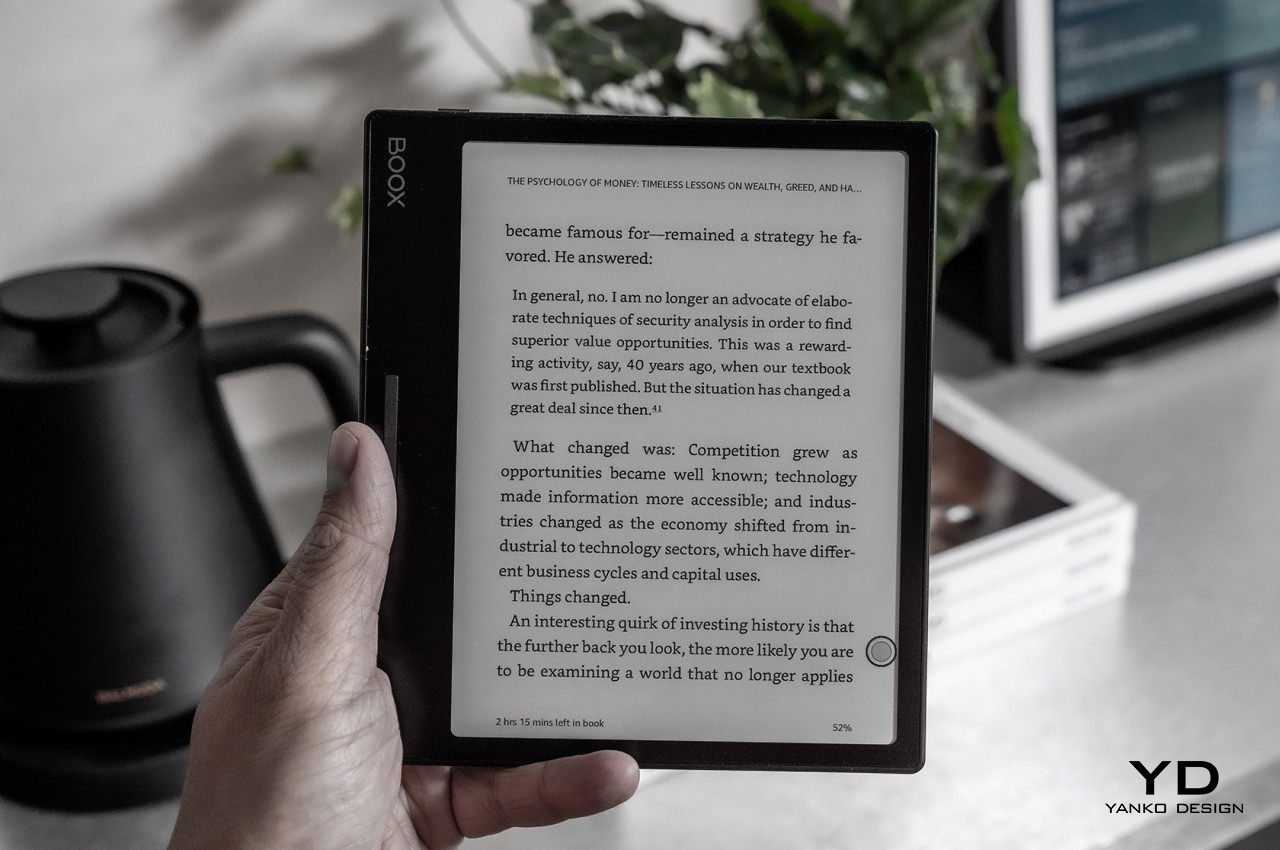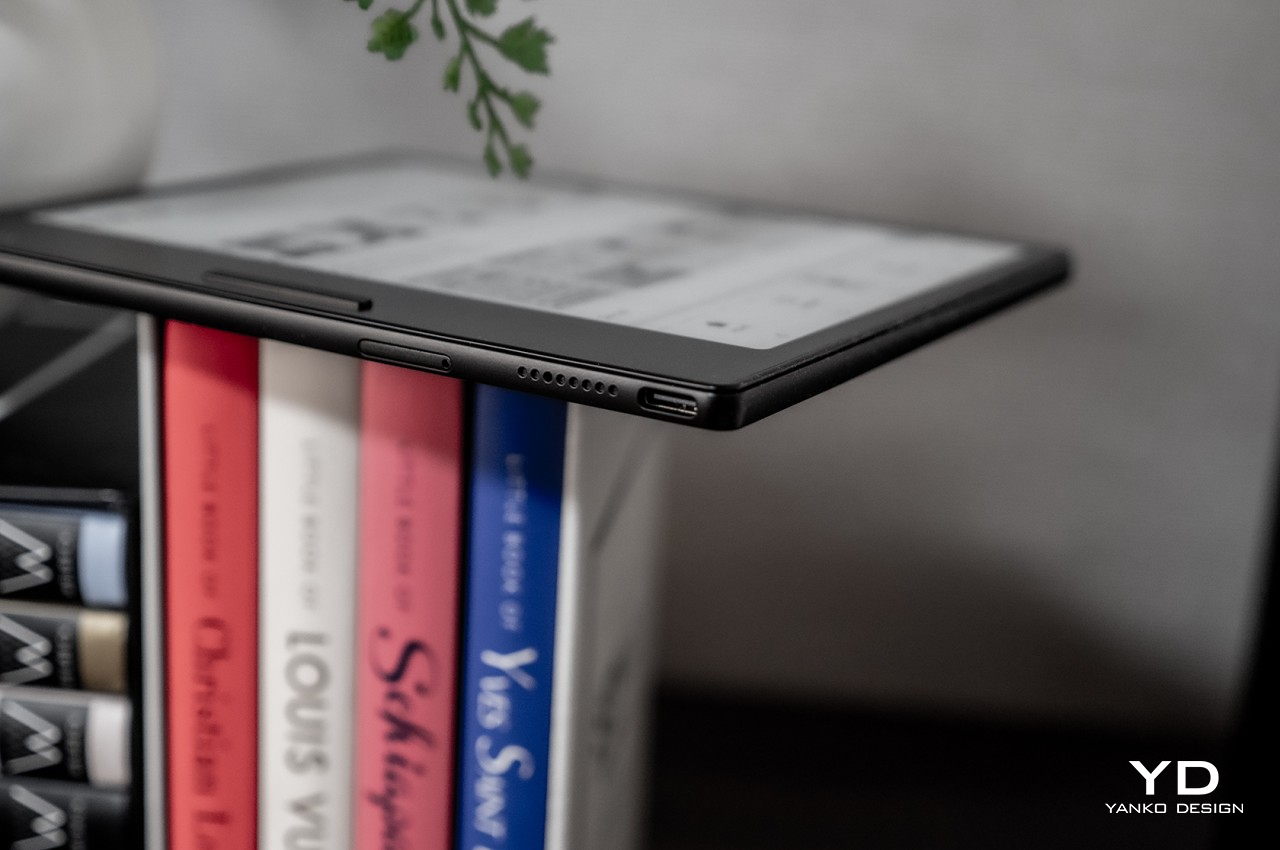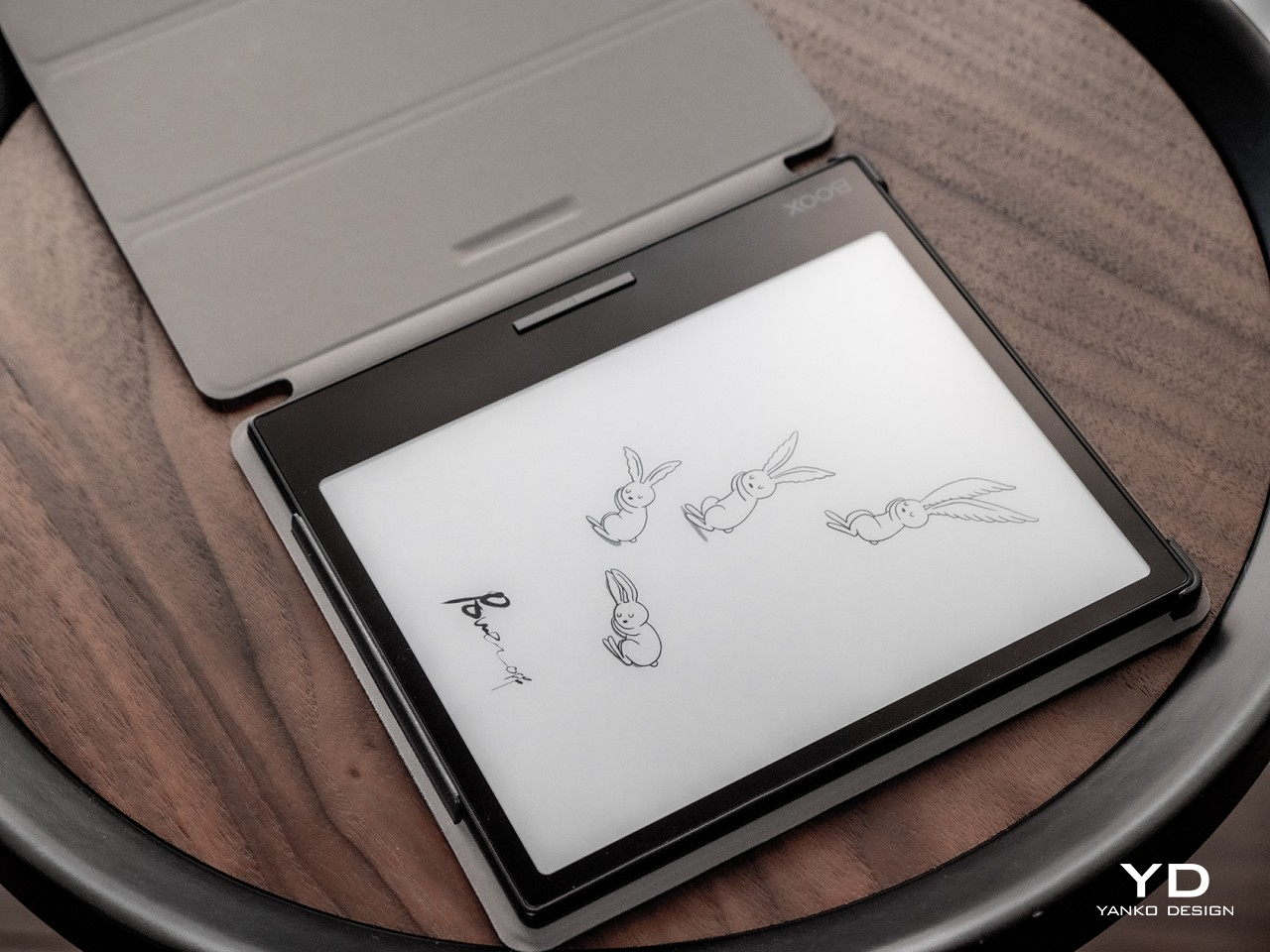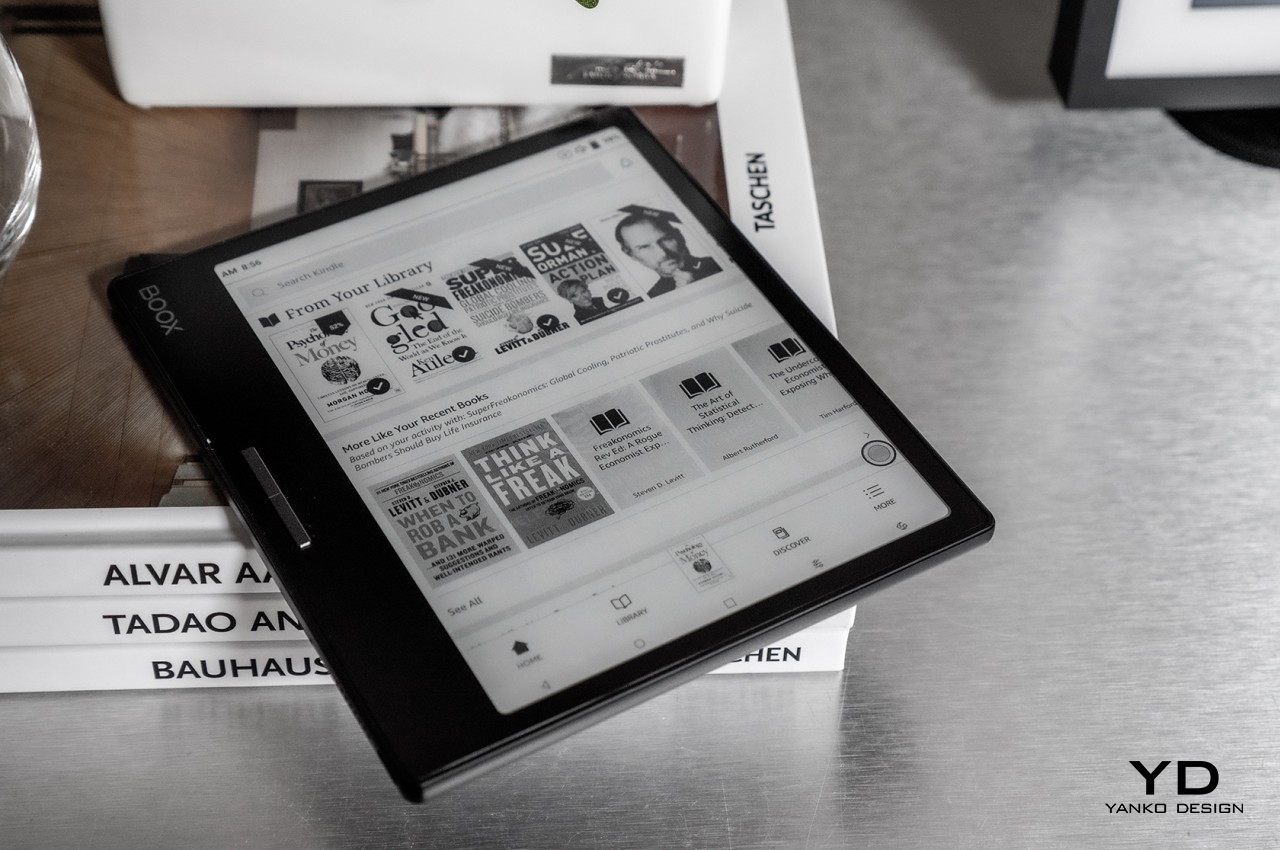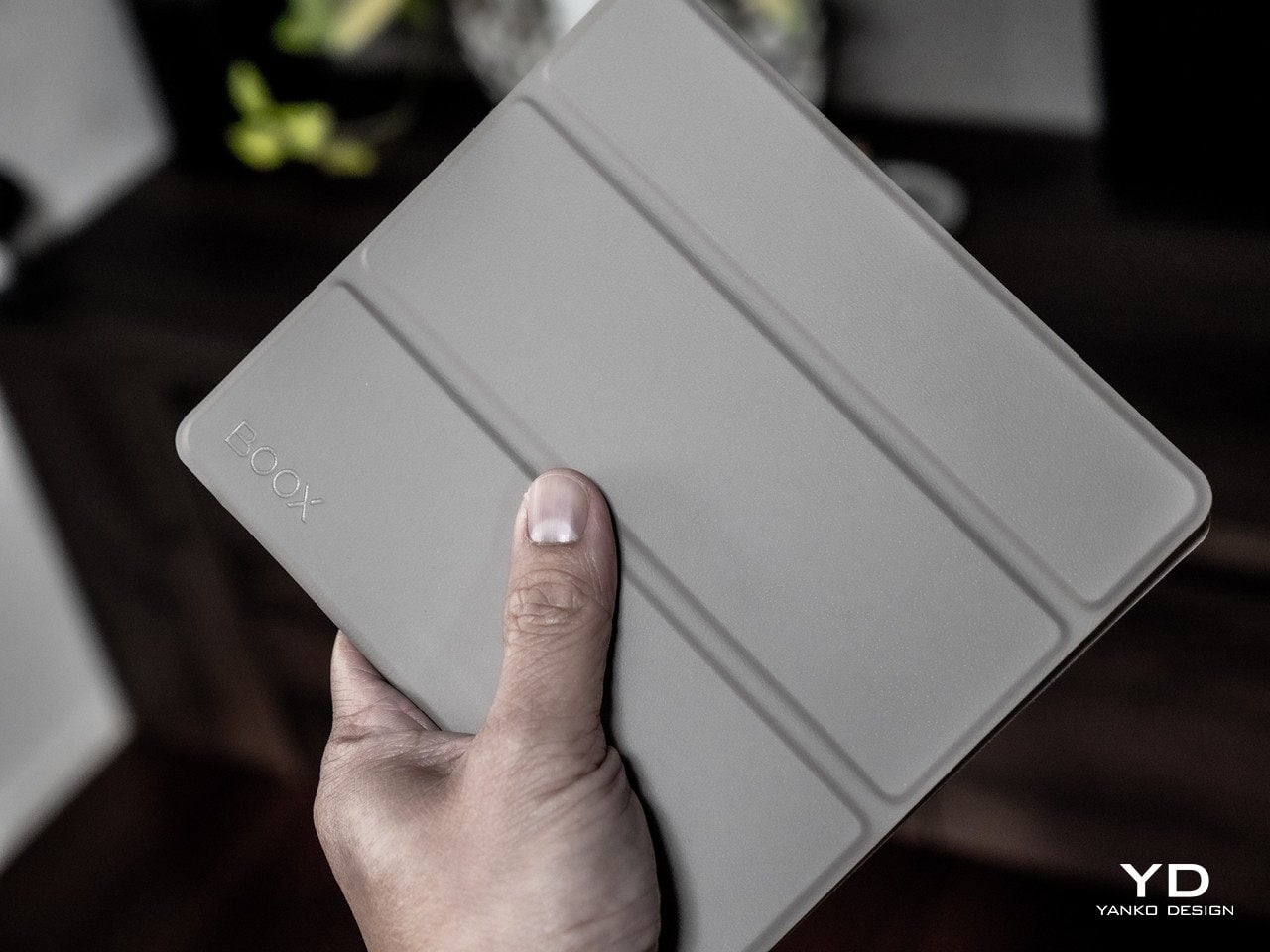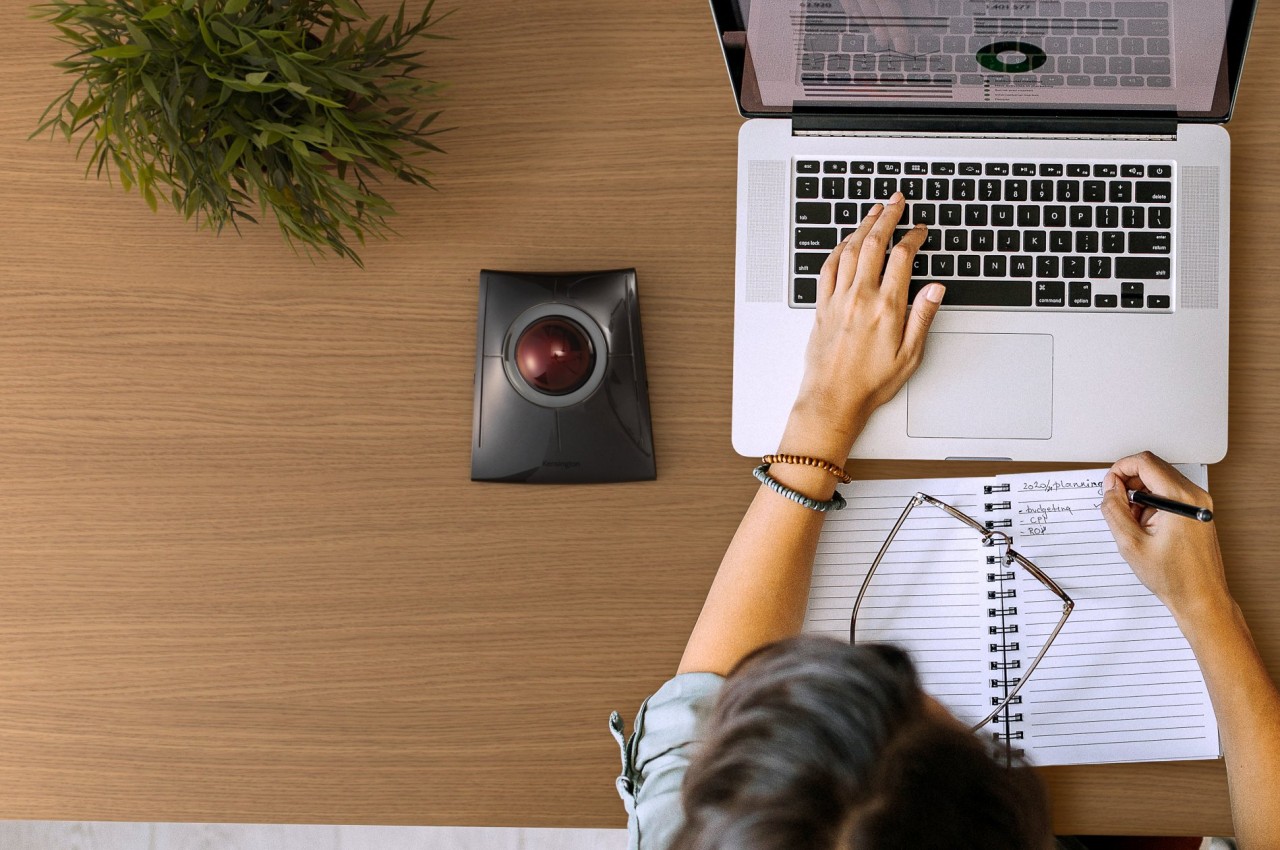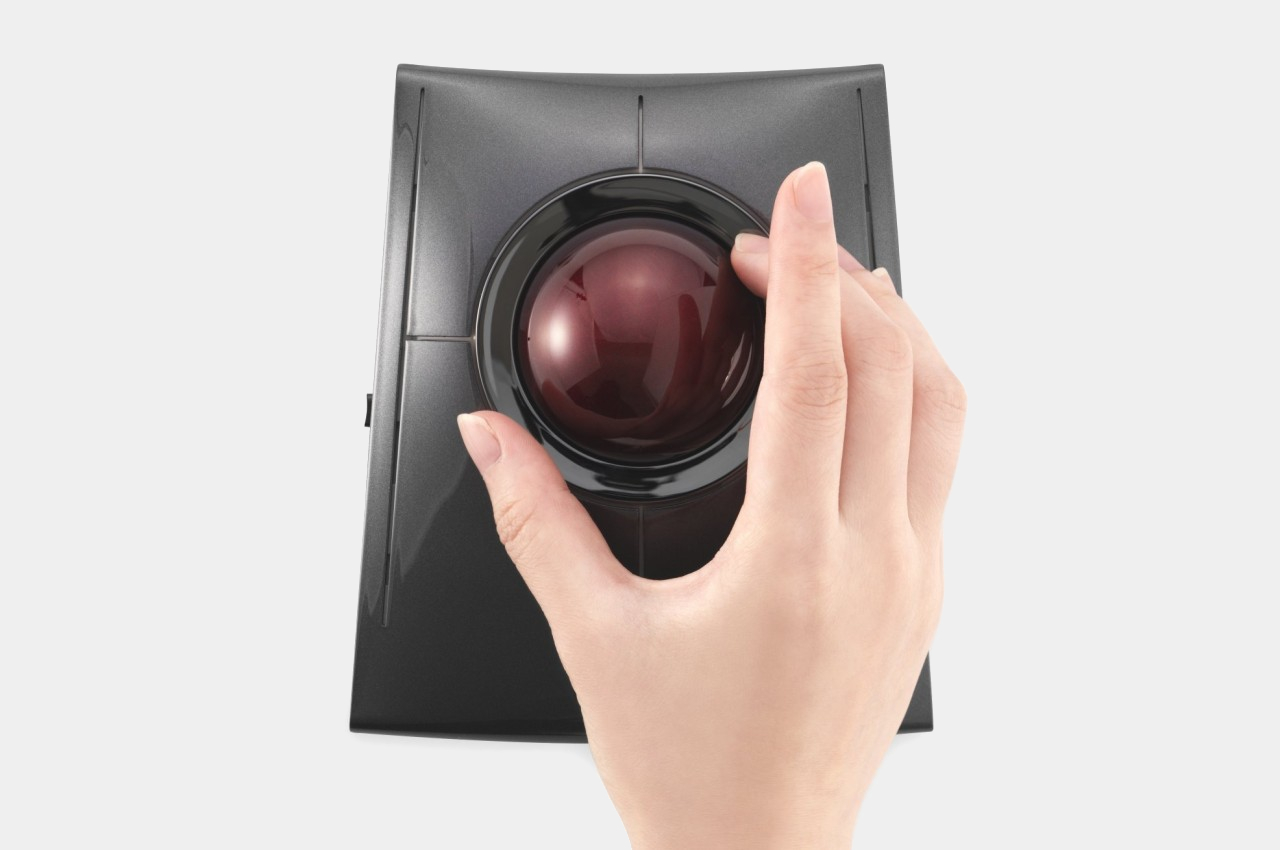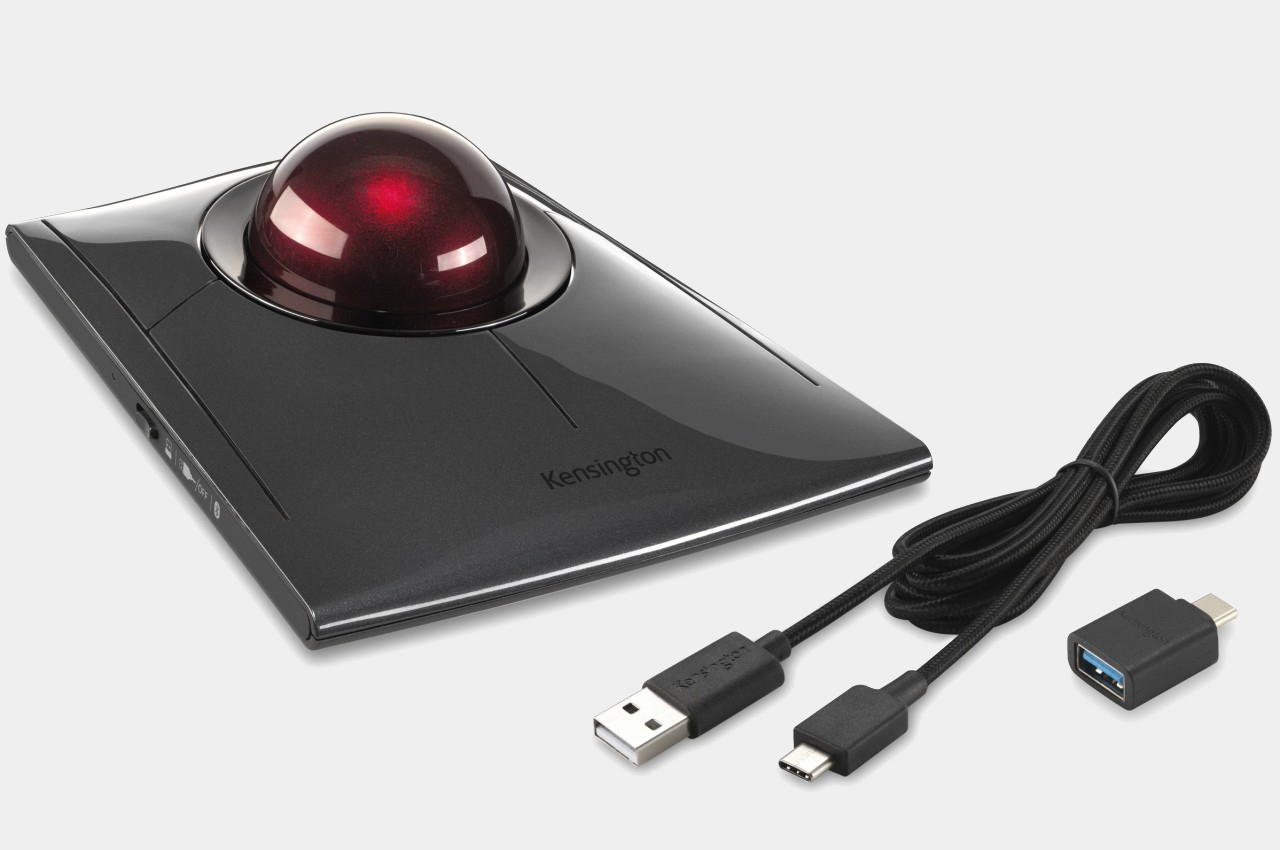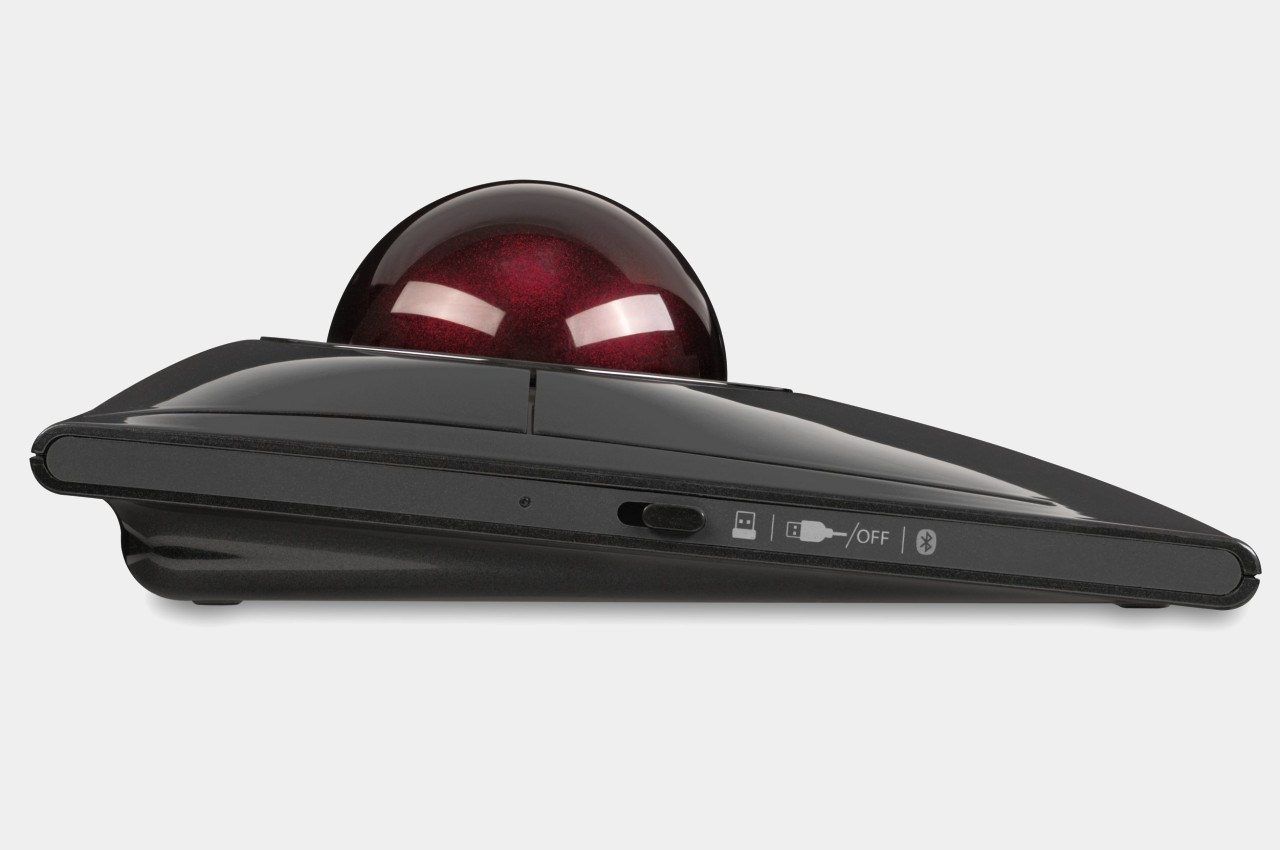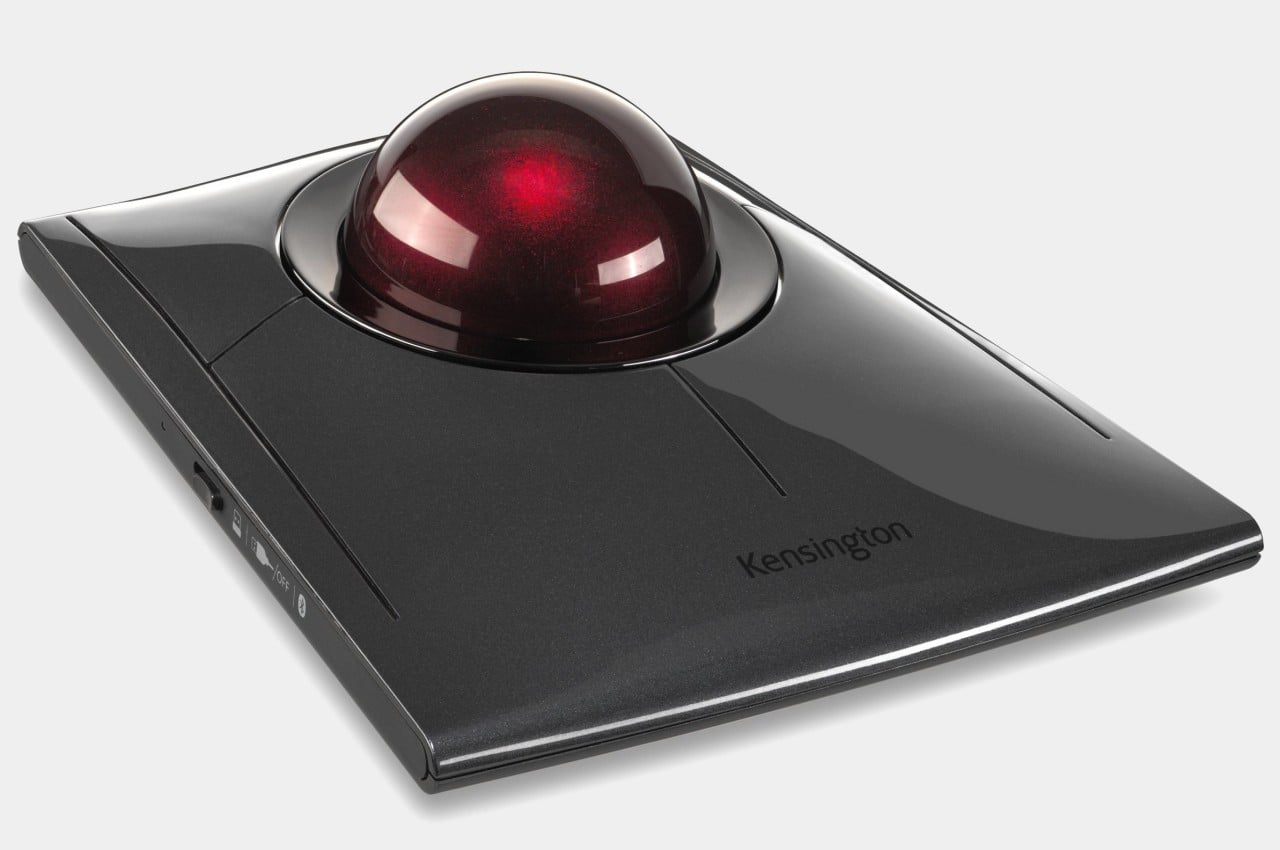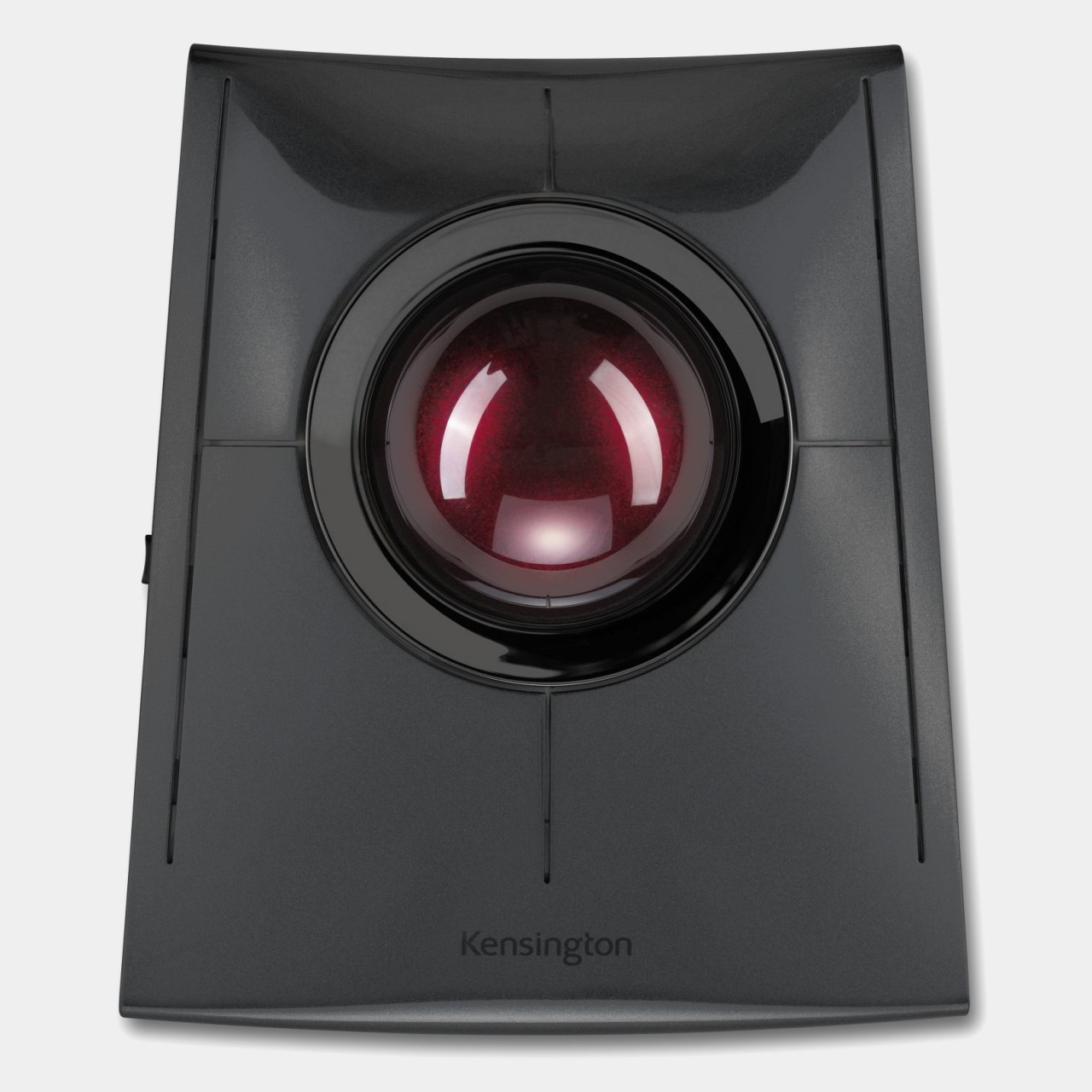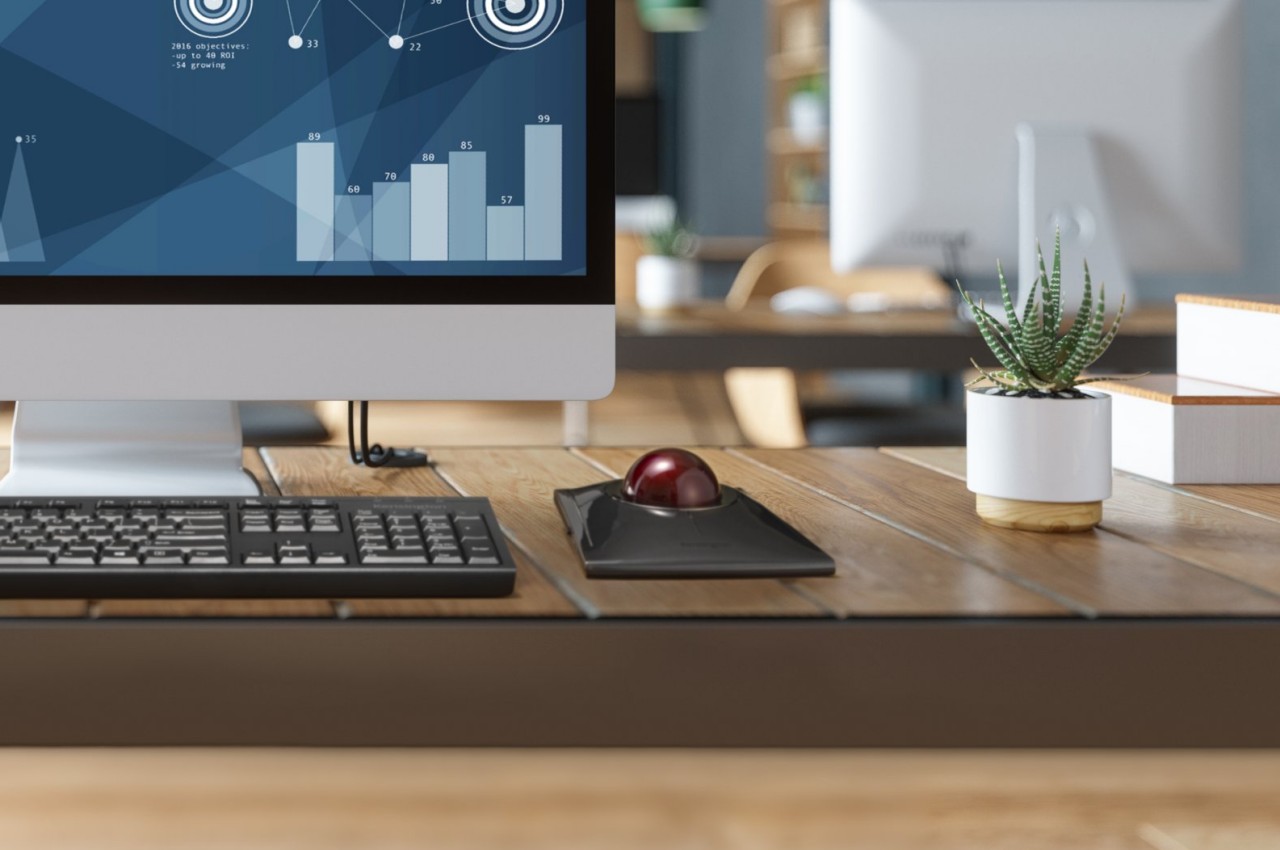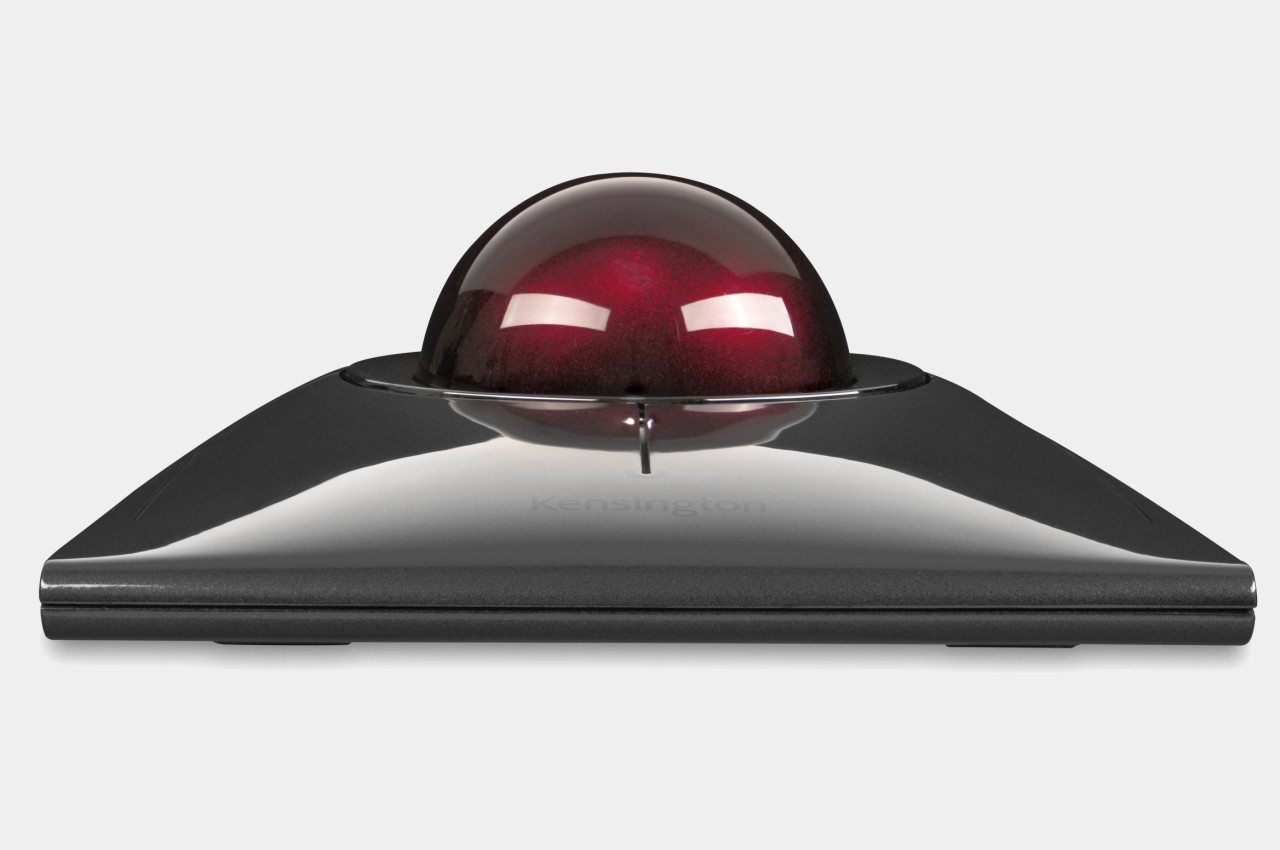For people whose lives and livelihoods depend on computers, having more than one or even two monitors is both a necessity and a luxury. You can only have so many screens on your desk, and you won’t be able to carry them around to bring your preferred workflow anywhere else. That’s why there has been a sudden increase of “multi-monitor laptops” on crowdfunding platforms, most of which are just short-term fixes to a lingering problem. Unfortunately, the ideal solution of having virtual screens floating before our very eyes is still a distant dream, but engineers and designers have been working on stop-gap options in the meantime. A new contender has just loudly announced its arrival, and while it looks a bit less ambitious than other AR solutions we’ve seen so far, it could also become the most usable and approachable of them all.
Designer: Sightful
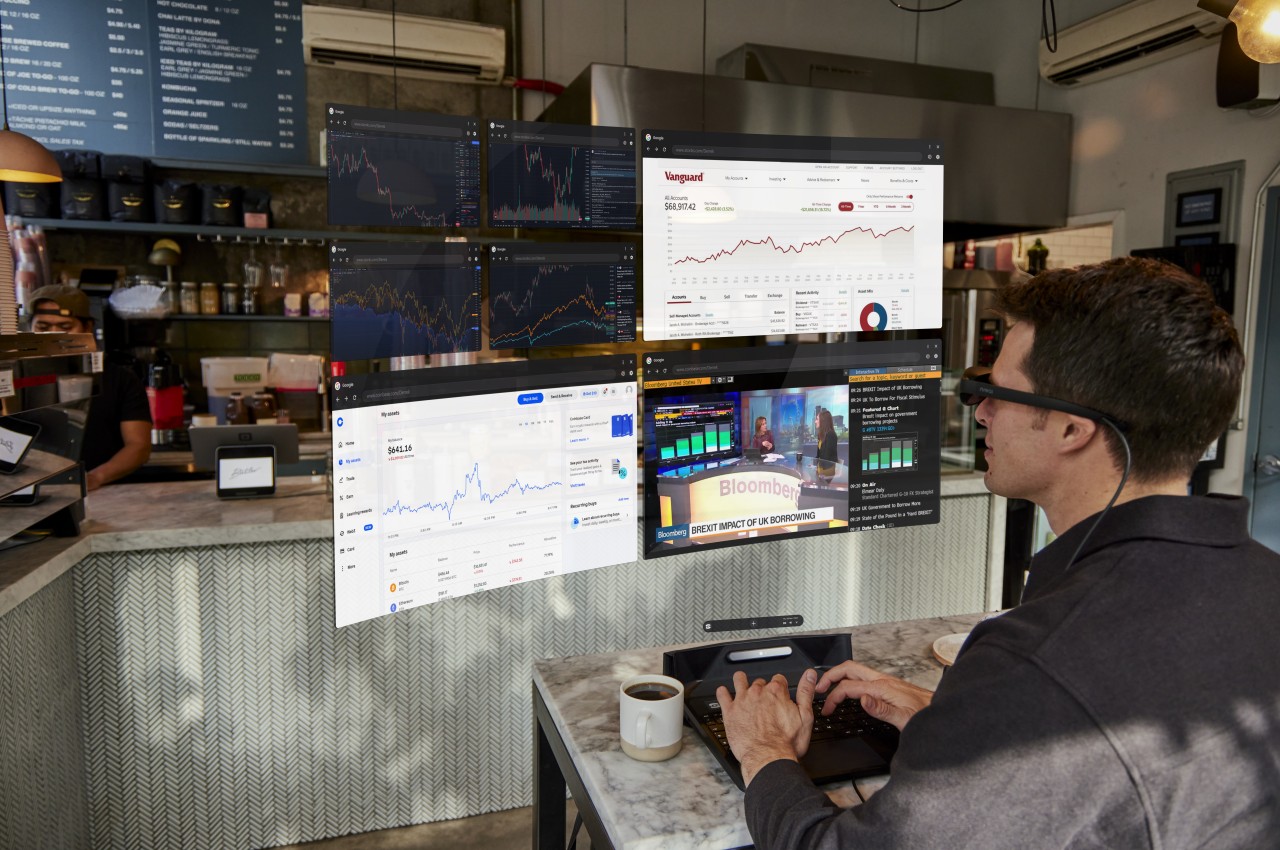
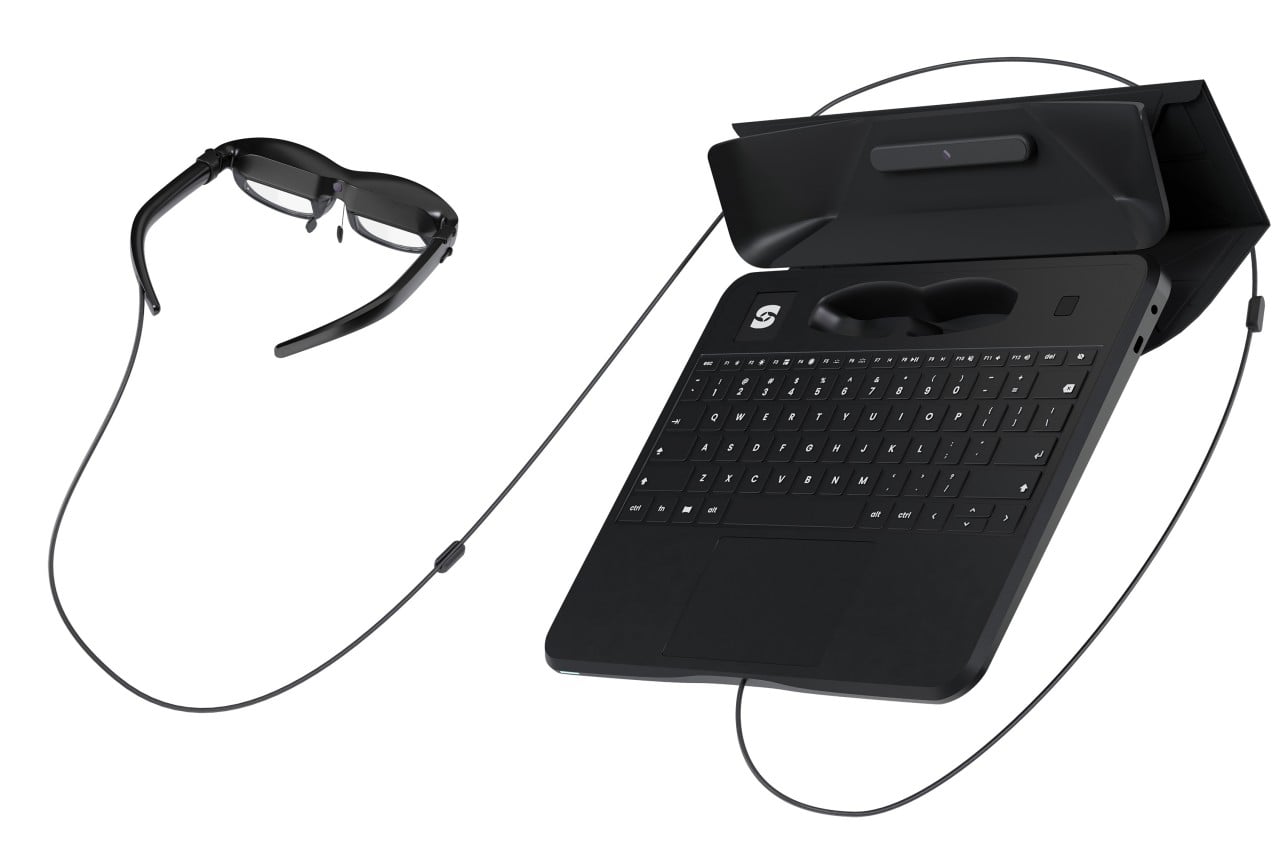
In a nutshell, Spacetop is a laptop without a screen, whose lone monitor is replaced by AR glasses similar to those marketed by companies such as Nreal. Similar to those AR platforms, it promises a nearly infinite screen space where you can have as many windows open as your eyes can see. A key difference, however, is that you still have the usual keyboard and touchpad that sits on top of the computing guts, exactly like a laptop, making it sound more realistic compared to “air typing” in VR or AR. But while Spacetop sounds like a dream come true, it might also become a disaster for the well-being of already taxed and strained computer users. To see the forest for the trees, here are five ways Spacetop can be a boon to computer users and five ways it can be a bane instead.
5 Reasons Space is Great for Business
Infinite Monitor
Let’s face it, most of us would probably like to have as much screen space as possible if it were only physically possible. Although you will most likely just focus on one to three windows at a time, having easy access to other information without having to click around is still a great time saver. Monitoring the home security camera off to the side, keeping an eye on social media trends, and just having entertaining or inspiring content within your view are a lot better than seeing the clutter on your desk all the time.
Since that’s not possible in the physical realm, Spacetop’s solution resides purely in the virtual one. It’s not exactly the first to make that proposition, but it could turn out to be the most accessible one. AR glasses that don’t weigh your head down, a normal physical keyboard and touchpad, and a potentially more approachable price tag could finally make that infinite screen space dream come true.
Total Privacy
One reason why you wouldn’t want to have too many physical monitors is that you can’t really block off other people from nosing around your business. That’s also why those multi-monitor laptop accessories aren’t ideal in public places because it only increases the risk of people seeing what should be private and secret information. There are laptops and monitors that now implement a sort of privacy screen, but that only works on a single monitor.
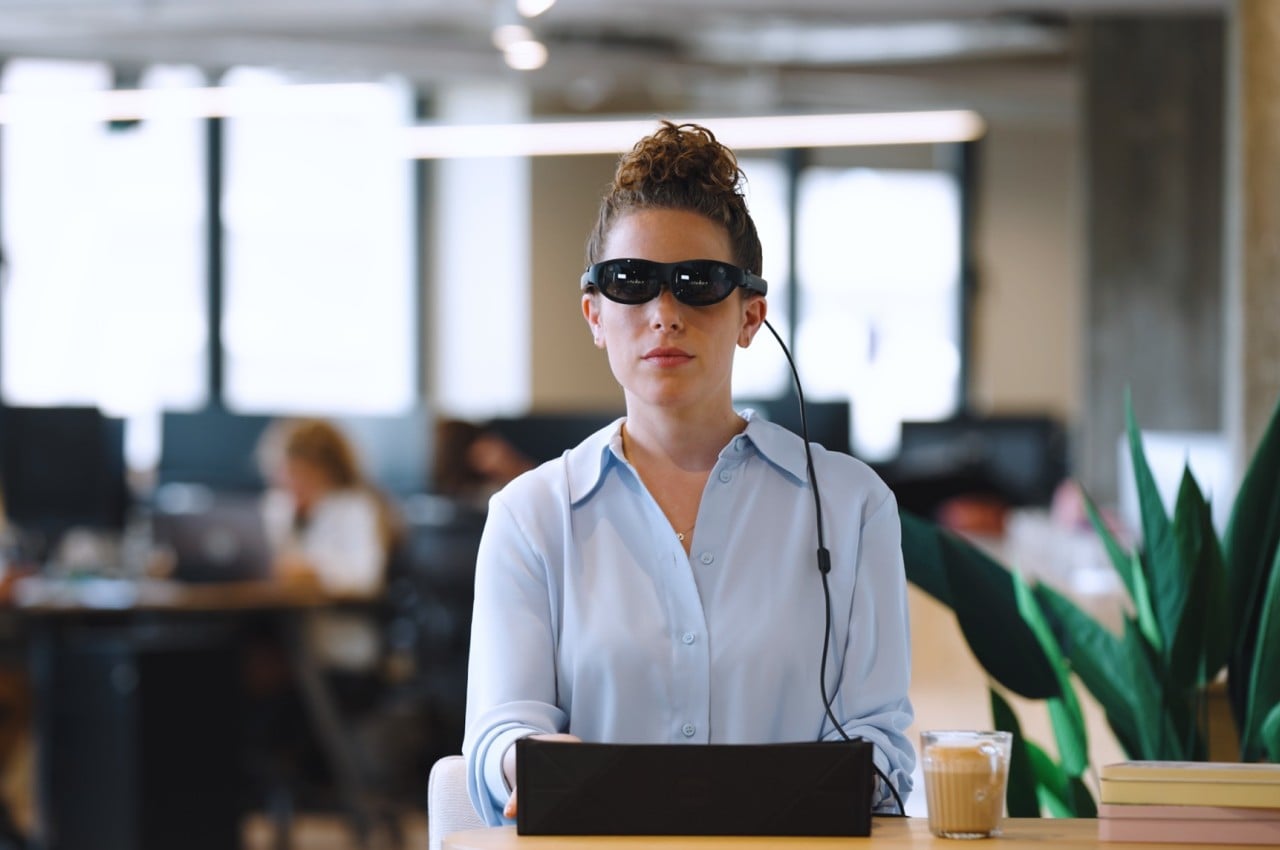
Spacetop solves this by removing monitors altogether. In your own virtual bubble, you’re the only one that can see the contents of your screen unless you start sharing it with others virtually. But while this does address the problem of unauthorized eyes peeking at your non-existent monitors, it also means those next to you who need to see them won’t be able to unless you hand over your glasses.
Better Posture
While laptops are great at being portable, they’re terrible at being comfortable. The fact that the screen is permanently attached to the keyboard means you’ll always be craning down your neck, even if you have a gigantic laptop screen. That’s why even laptop owners would attach a desktop monitor at the office or at home to relieve some of the pain coming from that improper posture. Spacetop doesn’t have a screen, of course, so you’re free to raise your head to a more natural and comfortable height. There’s no need for ergonomic monitor stands or arms because there’s no monitor to speak of in the first place.

Laser Focus
Given Spacetop’s design, it supports a very specific use case, one that revolves around productively using computer programs for work and a bit of personal time. It puts everything you need in front of you and around you, effectively blocking out visual distractions coming from the outside world. Whether you let virtual distractions get to you is something you get to decide on your own rather than having other people decide for you.
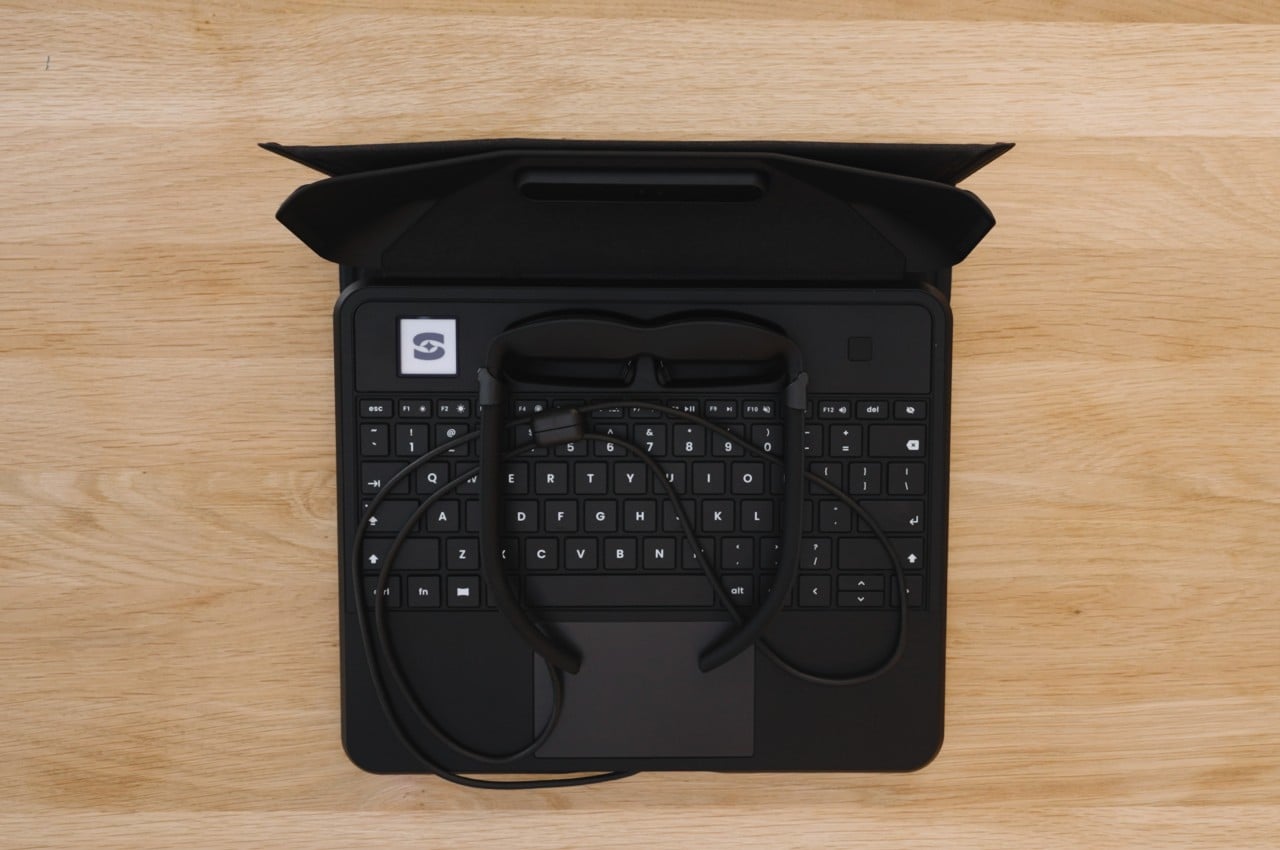
At the same time, Spacetop is a bit restricted in the applications you’ll be able to use. Its Android-based operating system and mobile hardware dictate what apps you’ll have access to, which won’t include every software under the sun, especially those that require Windows or macOS (unless you have access to a remote desktop of some sort). It also means little to no gaming, which might sound ironic for an AR platform. There will probably be some ways to get past these limitations, but it won’t be as convenient an experience as on a normal computer.
Complete Freedom
With basically just the lower half of a laptop, Spacetop removes almost all physical restrictions of computing. The world effectively becomes your office, and you can set up your workstation anywhere you want or need to. You might not even need a table if you can comfortably balance Spacetop on your lap, just like what a laptop should be able to do.
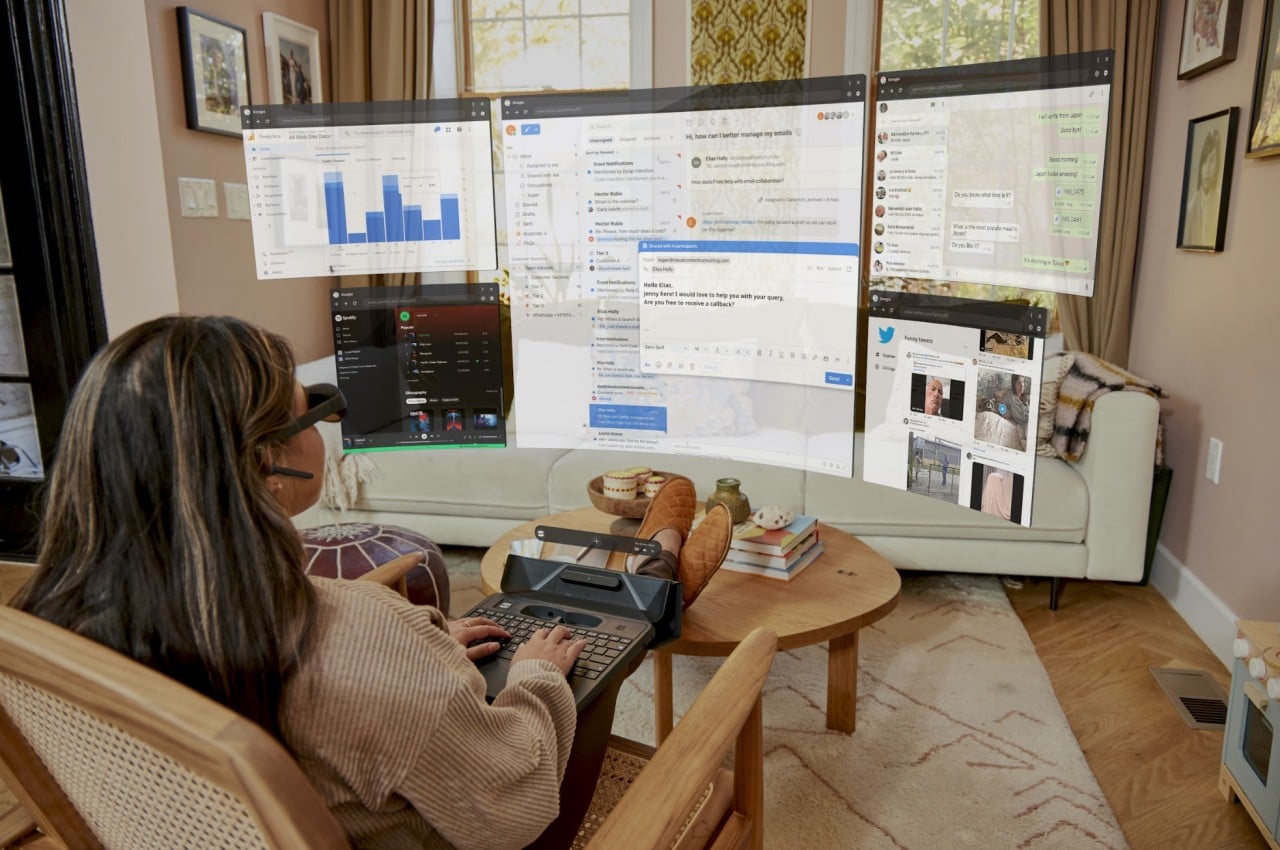
This practically means you don’t have to worry about not being productive just because you’re away from home or the office or that you won’t be able to respond to emergencies without your trusty desktop monitor. In a nutshell, Spacetop frees you to be able to do your work or hobbies anywhere, but is that really a good thing?
5 Reasons Spacetop is a Bad Idea
Diminished Awareness
Augmented reality technologies have progressed significantly over the past years, but they still retain one significant flaw. Most implementations still cover a large part of your vision, and Spacetop pretty much makes it worse by having dozens of windows blocking the full range of your vision. Yes, you can limit the number of windows to just a handful, but that wouldn’t be getting the best out of its capabilities.

This, in turn, could affect your spatial awareness, effectively making you blind to what’s happening around you. Yes, there will be parts of your vision that won’t be covered by windows or the glasses, but these will just be in your periphery. This will be especially dangerous in public places where you should be more attentive to your surroundings than when you’re at home or in the office.
Social Isolation
Being able to focus on work in the middle of a bustling cafe is a good thing, but doing that among family, friends, and peers might be in poor taste. Sure, we’ll find people who are always glued to their phones, even in a circle of friends, but Spacetop takes that a step further by actually advertising your detachment from present company.
Even if socially acceptable, such isolation can also have practical downsides in a workgroup setting. Spacetop is a very personal and private experience, which also means you can’t quickly show your work to others unless it’s being shown on an external display. Even then, you won’t be able to see their natural reactions to your presentation unless all of them are on a virtual call anyway. Then again, that lack of natural response has been a recurring problem with Zooms and Meets, and those happen even on a normal screen.
Ergonomic Concerns
The lack of a laptop monitor does give our neck a bit of relief, but Spacetop doesn’t exactly solve everything else. You won’t need to lean to look at the monitor, but this virtual space won’t stop you from slouching instead. Neck strain can also come from a different source this time, like when you have to constantly turn sideways to view the nearly infinite amount of screens at your disposal. You’ll also have to wear the AR glasses the whole time, which can become uncomfortable for long periods, even for those used to wearing eyeglasses. Lastly, having displays or lenses so physically close to the eyes might have even worse ramifications compared to regular monitors.
Spacetop makes the dream of an AR laptop a bit more approachable by reusing the familiar keyboard and touchpad combo. Unfortunately, this combo is also one of the big sources of repetitive strain injuries, and this screenless laptop doesn’t exactly address that. In fact, it could make things worse by encouraging a mindset that thinks working anytime, anywhere is actually a good thing.
Limited Utility
The Spacetop’s laser-focus advantage could also be one of its weaknesses. Most of the examples shown off so far revolve around what would be considered “regular” office work, like making presentations, analyzing charts, responding to emails, and the like. This definitely covers a large part of what people use laptops for, but it’s hardly the most important one, especially for those who need unlimited screen space and the freedom to work anywhere inspiration strikes.
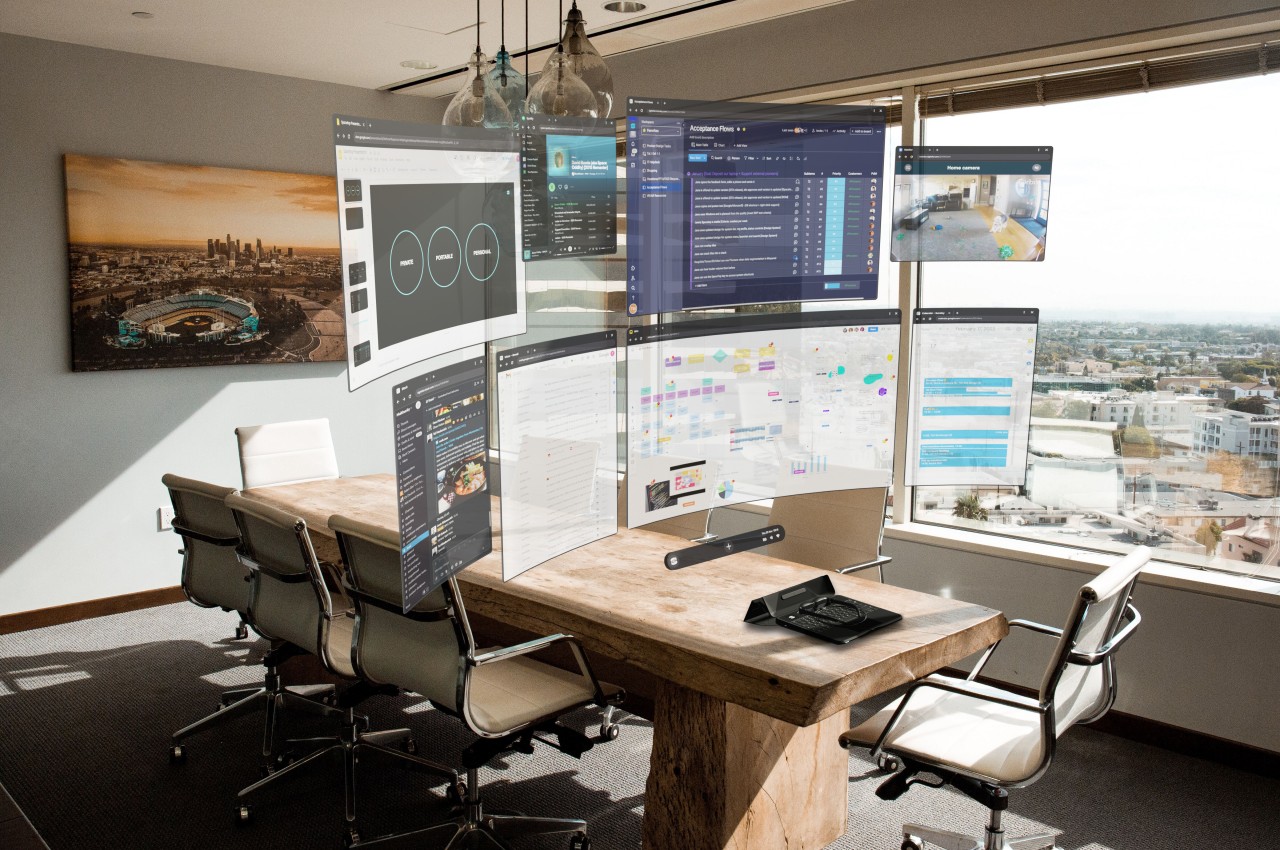
Designers and creatives, in particular, would benefit from having a larger canvas to put their digital content and tools on, and Spacetop can definitely help with that. These users, however, also often need specialized peripherals to do their work, like pens, MIDI instruments, and the like. You can probably attach these to the Spacetop as you would with a normal laptop, but it will be difficult to use them because of the visual occlusion. Suffice it to say, Spacetop’s design and focus seem to be biased towards office and knowledge workers that toil for hours on documents and data, which they can now do anywhere with fewer excuses.
Unbalanced Lifestyle
Spacetop is an interesting application of AR technology that makes this dream of an infinite number of monitors more relatable and approachable, not to mention a little bit more affordable. It lets people carry the equivalent of a gigantic screen that no one else can see, enabling them to truly work anywhere. It’s kind of liberating but also a bit worrying because it pretty much empowers a workaholic mentality.
People’s computers are often overloaded with desktop icons, files, and browser tabs, reflecting their own mental overload and often unbalanced lifestyles. Instead of helping them gain control over these and learn how to properly manage these things, this screenless AR laptop pretty much just gives them more room to stack more tabs and windows and do more work. And this time, their bosses can probably expect or even demand work to be done anytime, anywhere since they’d have all the space they need. At the end of the day, healthy well-being is the most important factor in productivity, and that’s not something you can gain just by having more screen space.

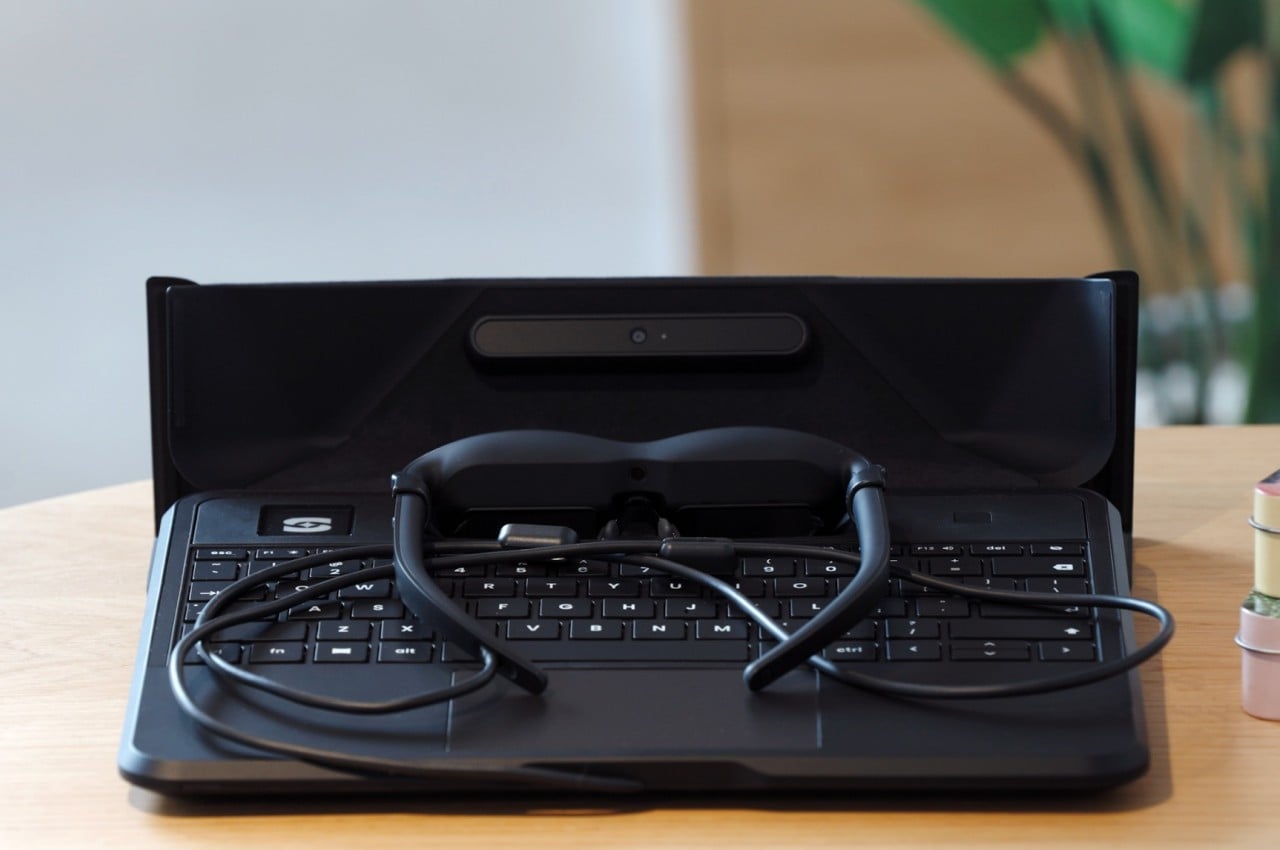
The post 5 Ways the Spacetop AR Laptop Makes Work Better and 5 Ways It Makes It Worse first appeared on Yanko Design.
